Telit Communications S p A LE910C1NS Wireless Module User Manual 1VV0301298 LE910Cx Hardware User Guide r1 04
Telit Communications S.p.A. Wireless Module 1VV0301298 LE910Cx Hardware User Guide r1 04
Users Guide

LE910Cx
Hardware User Guide
1VV0301298 Rev. 1.04 - 2017-05-25
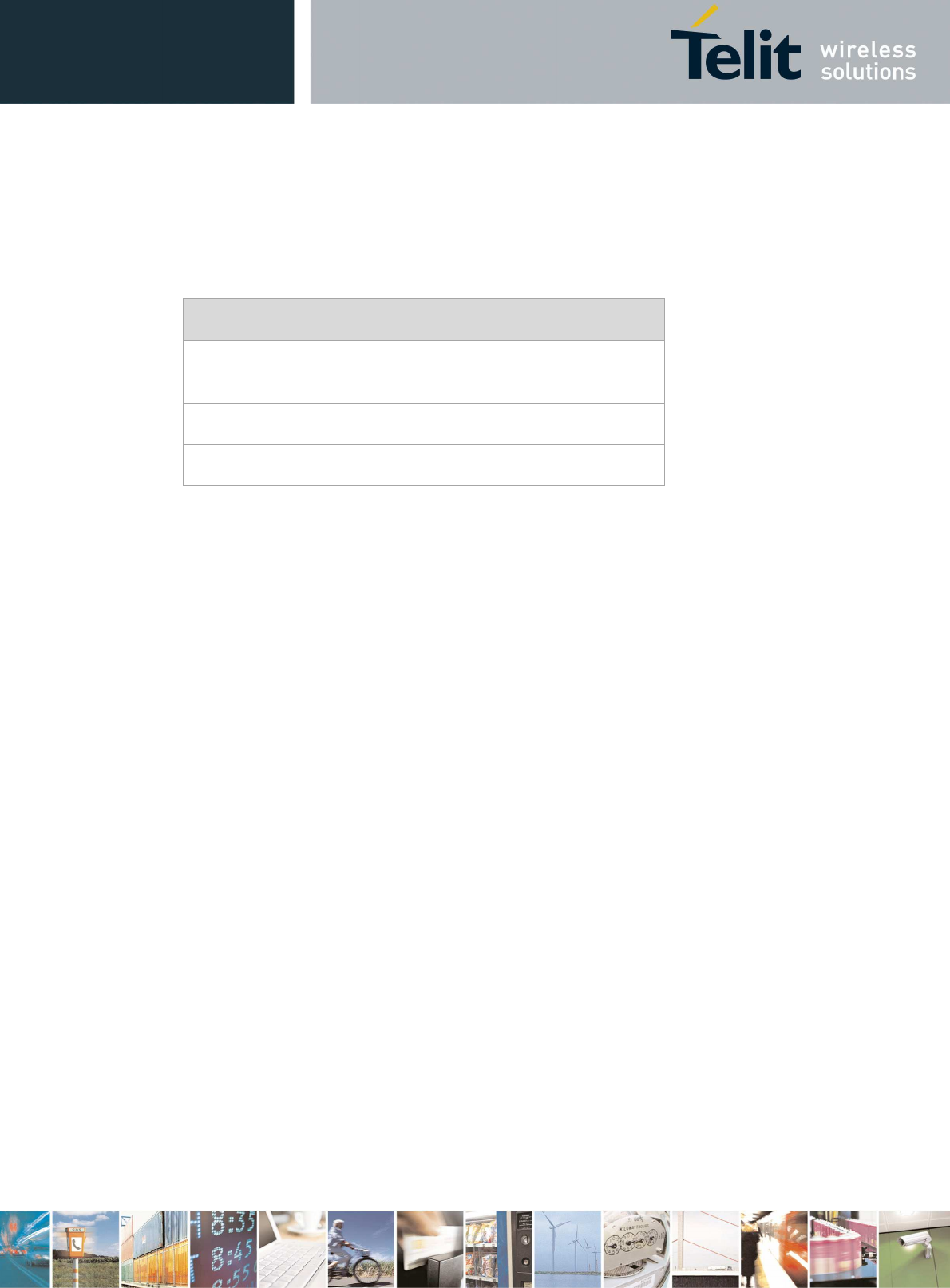
LE910Cx Hardware User Guide
1VV0301298 Rev. 1.04 - 2017-05-25
Reproduction forbidden without written authorization by Telit Communications S.p.A. - All Rights Reserved
Telit Confidential Information, provided under NDA Page
2 of 116
Applicability Table
This documentation applies to the following products:
Table 1: Applicability Table
Module Name Description
LE910C1-NA North America – AT&T with global
roaming
LE910C1-NS North America - Sprint variant
LE910C1-AP APAC variant

LE910Cx Hardware User Guide
1VV0301298 Rev. 1.04 - 2017-05-25
Reproduction forbidden without written authorization by Telit Communications S.p.A. - All Rights Reserved
Telit Confidential Information, provided under NDA Page
3 of 116
SPECIFICATIONS SUBJECT TO CHANGE WITHOUT NOTICE
Notice
While reasonable efforts have been made to assure the accuracy of this document, Telit assumes
no liability resulting from any inaccuracies or omissions in this document, or from use of the
information obtained herein. The information in this document has been carefully checked and is
believed to be entirely reliable. However, no responsibility is assumed for inaccuracies or
omissions. Telit reserves the right to make changes to any products described herein and reserves
the right to revise this document and to make changes from time to time in the content hereof with
no obligation to notify any person of revisions or changes. Telit does not assume any liability arising
out of the application or use of any product, software, or circuit described herein; neither does it
convey any license under its patent rights or the rights of others.
It is possible that this publication may contain references to, or information about Telit products
(machines and programs), programming, or services that are not announced in your country. Such
references or information must not be construed to mean that Telit intends to announce such Telit
products, programming, or services in your country.
Copyrights
This instruction manual and the Telit products described in this instruction manual may be, include,
or describe copyrighted Telit material, such as computer programs stored in semiconductor
memories or other media. Laws in Italy and other countries preserve for Telit and its licensors
certain exclusive rights for copyrighted material, including the exclusive right to copy, reproduce in
any form, distribute, and make derivative works of the copyrighted material. Accordingly, any
copyrighted material of Telit and its licensors contained herein or in the Telit products described in
this instruction manual may not be copied, reproduced, distributed, merged, or modified in any
manner without the express written permission of Telit. Furthermore, the purchase of Telit
products shall not be deemed to grant either directly or by implication, estoppel, or otherwise, any
license under the copyrights, patents or patent applications of Telit, as arises by operation of law
in the sale of a product.
Computer Software Copyrights
Telit and third-party software (SW) products described in this instruction manual may include
copyrighted Telit and other third-party computer programs stored in semiconductor memories or
other media. Laws in Italy and other countries preserve for Telit and other third-party SW certain
exclusive rights for copyrighted computer programs, including the exclusive right to copy or
reproduce in any form the copyrighted computer program. Accordingly, any copyrighted Telit or
other third-party SW computer programs contained in the Telit products described in this
instruction manual may not be copied (reverse engineered) or reproduced in any manner without
the express written permission of Telit or the third-party SW supplier. Furthermore, the purchase
of Telit products shall not be deemed to grant either directly or by implication, estoppel, or
otherwise, any license under the copyrights, patents or patent applications of Telit or other third-
party SW, except for the normal non-exclusive, royalty free license to use that arises by operation
of law in the sale of a product.

LE910Cx Hardware User Guide
1VV0301298 Rev. 1.04 - 2017-05-25
Reproduction forbidden without written authorization by Telit Communications S.p.A. - All Rights Reserved
Telit Confidential Information, provided under NDA Page
4 of 116
Usage and Disclosure Restrictions
License Agreements
The software described in this document is the property of Telit and its licensors. It is furnished by
an express license agreement only and may be used only in accordance with the terms of such an
agreement.
Copyrighted Materials
Software and documentation are copyrighted materials. Making unauthorized copies is prohibited
by law. No part of the software or documentation may be reproduced, transmitted, transcribed,
stored in a retrieval system, or translated into any language or computer language, in any form or
by any means, without prior written permission of Telit.
High Risk Materials
Components, units, or third-party products used in the product described herein are NOT fault-
tolerant and are NOT designed, manufactured, or intended for use as on-line control equipment in
the following hazardous environments requiring fail-safe controls: the operation of nuclear
facilities, aircraft navigation or aircraft communication systems, air traffic control, life support, or
weapons systems (“high risk activities"). Telit and its supplier(s) specifically disclaim any expressed
or implied warranty of fitness for such high risk activities.
Trademarks
TELIT and the stylized T logo are trademarks and/or registered trademarks of Telit Communications
S.p.A. in the Unites States and/or other countries. All other product or service names are the
property of their respective owners.
Copyright © 2016 Telit Communications S.p.A.

LE910Cx Hardware User Guide
1VV0301298 Rev. 1.04 - 2017-05-25
Reproduction forbidden without written authorization by Telit Communications S.p.A. - All Rights Reserved
Telit Confidential Information, provided under NDA Page
5 of 116
Contents
1.
Introduction ..................................................................................................... 13
1.1.
Scope ................................................................................................................ 13
1.2.
Audience .......................................................................................................... 13
1.3.
Contact Information, Support .......................................................................... 13
1.4.
Text Conventions ............................................................................................. 14
1.5.
Related Documents .......................................................................................... 15
1.6.
Abbreviations ................................................................................................... 16
2.
General Product Description ............................................................................ 17
2.1.
Overview .......................................................................................................... 17
2.2.
Applications ..................................................................................................... 17
2.3.
General Functionality and Main Features ....................................................... 18
2.4.
Block Diagram .................................................................................................. 21
2.5.
Environmental Requirements .......................................................................... 22
2.5.1.
Temperature Range .............................................................................. 22
2.5.2.
RoHS Compliance.................................................................................. 22
2.6.
Frequency Bands .............................................................................................. 23
2.6.1.
RF Bands per Regional Variant ............................................................. 23
2.6.2.
Reference Table of RF Bands Characteristics ....................................... 24
2.7.
Sensitivity ......................................................................................................... 26
2.8.
LE910Cx Mechanical Specifications ................................................................. 27
2.8.1.
Dimensions ........................................................................................... 27
2.8.2.
Weight .................................................................................................. 27
3.
LE910Cx Module Connections ........................................................................... 28
3.1.
Pin-out .............................................................................................................. 28
3.2.
LE910Cx - Signals That Must Be Connected ..................................................... 39
3.3.
LGA Pads Layout ............................................................................................... 41
3.4.
Backward Compatibility to xE910 Family ........................................................ 42
4.
Electrical Specifications .................................................................................... 43
4.1.
Absolute Maximum Ratings – Not Operational ............................................... 43

LE910Cx Hardware User Guide
1VV0301298 Rev. 1.04 - 2017-05-25
Reproduction forbidden without written authorization by Telit Communications S.p.A. - All Rights Reserved
Telit Confidential Information, provided under NDA Page
6 of 116
4.2.
Recommended Operating Conditions ............................................................. 43
4.3.
Logic Level Specifications ................................................................................. 44
4.3.1.
1.8V Pads - Absolute Maximum Ratings ............................................... 44
4.3.2.
1.8V Standard GPIOs ............................................................................ 44
4.3.3.
1.8V SD Card Pads ................................................................................. 45
4.3.4.
1.8V SIM Card Pads ............................................................................... 45
4.3.5.
Dual Voltage Pads - Absolute Maximum Ratings ................................. 46
4.3.6.
SD Card Pads @ 2.95V .......................................................................... 46
4.3.7.
SIM Card Pads @2.95V ......................................................................... 47
5.
Hardware Commands ....................................................................................... 48
5.1.
Turning on the LE910Cx Module ...................................................................... 48
5.2.
Initialization and Activation State .................................................................... 48
5.3.
Turning OFF the LE910Cx Module ................................................................... 50
5.3.1.
Shutdown by Software Command ....................................................... 50
5.3.2.
Hardware Shutdown ............................................................................. 51
5.3.4.
Unconditional Hardware Shutdown ..................................................... 52
6.
Power Supply ................................................................................................... 53
6.1.
Power Supply Requirements............................................................................ 53
6.2.
General Design Rules ....................................................................................... 55
6.2.1.
Electrical Design Guidelines .................................................................. 55
6.2.1.1.
+ 5V Input Source Power Supply – Design Guidelines ......... 55
6.2.1.2.
+ 12V Input Source Power Supply – Design Guidelines ....... 56
6.2.1.3.
Battery Source Power Supply – Design Guidelines .............. 58
6.2.2.
Thermal Design Guidelines ................................................................... 59
6.2.3.
Power Supply PCB Layout Guidelines ................................................... 60
7.
Antenna(s) ....................................................................................................... 61
7.1.
GSM/WCDMA/LTE Antenna Requirements ..................................................... 61
7.2.
GSM/WCDMA/LTE Antenna – PCB Line Guidelines ......................................... 62
7.3.
GSM/WCDMA/LTE Antenna – Installation Guidelines .................................... 63
7.4.
Antenna Diversity Requirements ..................................................................... 63

LE910Cx Hardware User Guide
1VV0301298 Rev. 1.04 - 2017-05-25
Reproduction forbidden without written authorization by Telit Communications S.p.A. - All Rights Reserved
Telit Confidential Information, provided under NDA Page
7 of 116
7.5.
GNSS Antenna Requirements .......................................................................... 64
7.5.1.
Combined GNSS Antenna ..................................................................... 64
7.5.2.
Linear and Patch GNSS Antenna ........................................................... 64
7.5.3.
Front End Design Considerations ......................................................... 64
7.5.4.
GNSS Antenna – PCB Line Guidelines ................................................... 65
7.5.5.
GNSS Antenna – Installation Guidelines ............................................... 66
8.
Hardware Interfaces......................................................................................... 67
8.1.
USB Port ........................................................................................................... 68
8.2.
HSIC Interface .................................................................................................. 69
8.3.
SGMII Interface (optional) ............................................................................... 69
8.3.1.
Ethernet Control interface ................................................................... 69
8.4.
Serial Ports ....................................................................................................... 70
8.4.1.
Modem Serial Port 1 Signals ................................................................. 71
8.4.2.
Modem Serial Port 2 ............................................................................. 72
8.4.3.
RS232 Level Translation ........................................................................ 73
8.5.
Peripheral Ports ............................................................................................... 75
8.5.1.
SPI – Serial Peripheral Interface ........................................................... 75
8.5.2.
I2C - Inter-integrated Circuit ................................................................ 76
8.5.3.
SD/MMC Card Interface ....................................................................... 76
8.5.4.
WiFi SDIO Interface .............................................................................. 78
8.6.
Audio Interface ................................................................................................ 80
8.6.1.
Digital Audio ......................................................................................... 80
8.6.1.1.
Short Frame Timing Diagrams .............................................. 81
8.6.1.2.
Long Frame Timing Diagrams ............................................... 83
8.7.
General Purpose I/O ........................................................................................ 85
8.7.1.
Using a GPIO Pad as Input .................................................................... 87
8.7.2.
Using a GPIO Pad as an interrupt / Wakeup source ............................. 87
8.7.3.
Using a GPIO Pad as Output ................................................................. 87
9.
Miscellaneous Functions .................................................................................. 89
9.1.
Indication of Network Service Availability ....................................................... 89

LE910Cx Hardware User Guide
1VV0301298 Rev. 1.04 - 2017-05-25
Reproduction forbidden without written authorization by Telit Communications S.p.A. - All Rights Reserved
Telit Confidential Information, provided under NDA Page
8 of 116
9.2.
Indication of Software Ready ........................................................................... 90
9.3.
RTC – Real Time Clock ...................................................................................... 90
9.4.
VAUX Power Output ........................................................................................ 90
9.5.
ADC Converter ................................................................................................. 91
9.5.1.
Description............................................................................................ 91
9.5.2.
Using the ADC Converter ...................................................................... 91
9.6.
Using the Temperature Monitor Function ...................................................... 91
9.7.
GNSS Characteristics ........................................................................................ 92
10.
Mounting the Module on your Board ............................................................... 93
10.1.
General ............................................................................................................. 93
10.2.
Finishing & Dimensions .................................................................................... 93
10.3.
Recommended Footprint for the Application ................................................. 96
10.4.
Stencil ............................................................................................................... 97
10.5.
PCB Pad Design ................................................................................................ 97
10.6.
Recommendations for PCB Pad Dimensions (mm) .......................................... 98
10.7.
Solder Paste ..................................................................................................... 99
10.7.1.
Solder Reflow ........................................................................................ 99
11.
Application Guide ........................................................................................... 101
11.1.
Debug of the LE910Cx Module in Production ................................................ 101
11.2.
Bypass Capacitor on Power Supplies ............................................................. 102
11.3.
SIM Interface .................................................................................................. 103
11.3.1.
SIM Schematic Example ...................................................................... 103
11.4.
EMC Recommendations ................................................................................. 104
11.5.
Download and Debug Port ............................................................................. 105
11.5.1.
Fast Boot mode................................................................................... 105
11.5.2.
Recovery Boot Mode .......................................................................... 105
12.
Packing System ............................................................................................... 106
12.1.
Packing system – Tray .................................................................................... 106
12.2.
Tape & Reel .................................................................................................... 108
12.3.
Moisture Sensitivity ....................................................................................... 110

LE910Cx Hardware User Guide
1VV0301298 Rev. 1.04 - 2017-05-25
Reproduction forbidden without written authorization by Telit Communications S.p.A. - All Rights Reserved
Telit Confidential Information, provided under NDA Page
9 of 116
13.
Safety Recommendations ................................................................................ 111
14.
Conformity assessment issues ......................................................................... 112
14.1.
FCC/ISED Regulatory notices ........................................................................ 112
15.
Document History ........................................................................................... 115

LE910Cx Hardware User Guide
1VV0301298 Rev. 1.04 - 2017-05-25
Reproduction forbidden without written authorization by Telit Communications S.p.A. - All Rights Reserved
Telit Confidential Information, provided under NDA Page
10 of 116
List of Tables
Table 1: Applicability Table ................................................................................................................. 2
Table 2: Related Documents ............................................................................................................ 15
Table 3: RF Bands per Regional Variant ............................................................................................ 23
Table 4: RF Bands Characteristics ..................................................................................................... 24
Table 5: LE910Cx Pin-out .................................................................................................................. 28
Table 6: Mandatory Signals .............................................................................................................. 39
Table 7: Absolute Maximum Ratings – Not Operational .................................................................. 43
Table 8: Recommended Operating Conditions ................................................................................ 43
Table 9: Absolute Maximum Ratings - Not Functional ..................................................................... 44
Table 10: Operating Range – Interface Levels (1.8V CMOS) ............................................................ 44
Table 11: Operating Range – SD Card Pads Working at 1.8V ........................................................... 45
Table 12: Operating Range – SIM Pads Working at 1.8V.................................................................. 45
Table 13: Absolute Maximum Ratings - Not Functional ................................................................... 46
Table 14: Operating Range – For SD Card Pads Operating at 2.95V ................................................ 46
Table 15: Operating Range – For SIM Pads Operating at 2.95V ....................................................... 47
Table 16: Power Supply Requirements ............................................................................................ 53
Table 17: LE910Cx Current Consumption ......................................................................................... 53
Table 18: GSM / WCDMA/ LTE Antenna Requirements ................................................................... 61
Table 19: Antenna Line on PCB Requirements ................................................................................. 61
Table 20: Antenna Diversity Requirements ...................................................................................... 63
Table 21: Antenna Line on PCB Requirements ................................................................................. 65
Table 22: LE910Cx Hardware Interfaces ........................................................................................... 67
Table 23: USB Interface Signals ........................................................................................................ 68
Table 25: Ethernet Control Interface Signals .................................................................................... 69
Table 24: Modem Serial Port 1 Signals ............................................................................................. 71
Table 25 Modem Serial Port 2 Signals .............................................................................................. 72
Table 26: SPI Signals ......................................................................................................................... 75
Table 27: SD Card Signals .................................................................................................................. 77
Table 28: WiFi SDIO Interface Signals ............................................................................................... 78
Table 29: Digital Audio Interface (DVI) Signals ................................................................................. 80
Table 30: PCM_CODEC Timing Parameters ...................................................................................... 82
Table 31: AUX_PCM_CODEC Timing Parameters ............................................................................. 84
Table 32: Primary GPIOs ................................................................................................................... 85
Table 33: Network Service Availability Indication ............................................................................ 89
Table 34: Operating Range – VAUX Power Supply ........................................................................... 90
Table 35: ADC Parameters ................................................................................................................ 91
The values are related to typical environment and conditions Table 36 GNSS Characteristics....... 92
Table 37: Recommendations for PCB Pad Surfaces ......................................................................... 98
Table 38: Solder Profile Characteristics .......................................................................................... 100
Table 39: SIM Interface – C1 Range ................................................................................................ 103

LE910Cx Hardware User Guide
1VV0301298 Rev. 1.04 - 2017-05-25
Reproduction forbidden without written authorization by Telit Communications S.p.A. - All Rights Reserved
Telit Confidential Information, provided under NDA Page
11 of 116
Table 40: EMC Recommendations ................................................................................................. 104
Table 41: Document Revision History ............................................................................................ 115

LE910Cx Hardware User Guide
1VV0301298 Rev. 1.04 - 2017-05-25
Reproduction forbidden without written authorization by Telit Communications S.p.A. - All Rights Reserved
Telit Confidential Information, provided under NDA Page
12 of 116
List of Figures
Figure 1: LE910Cx Block Diagram ..................................................................................................... 21
Figure 2: LGA Pads Layout ................................................................................................................ 41
Figure 3: LE910Cx vs. LE910 Pin-out Comparison (top view) ........................................................... 42
Figure 4: Power-on Circuit ................................................................................................................ 48
Figure 5: LE910Cx Initialization and Activation ................................................................................ 49
Figure 6: Shutdown by Software Command ..................................................................................... 50
Figure 7: Hardware Shutdown .......................................................................................................... 51
Figure 8: Circuit for Unconditional Hardware Shutdown ................................................................. 52
Figure 9 Power down timing using HW_SHUTDOWN_N ................................................................. 52
Figure 10: Example of Linear Regulator with 5V Input ..................................................................... 56
Figure 11: Example of Switching Regulator with 12V Input – Part 1 ................................................ 57
Figure 12: Example of Switching Regulator with 12V Input – Part 2 ................................................ 57
Figure 13: RS232 Level Adaption Circuitry Example ......................................................................... 73
Figure 14: RS232 Serial Port Lines Connection Layout ..................................................................... 74
Figure 15: SPI Signal Connectivity ..................................................................................................... 75
Figure 16: SD/MMC Interface Connectivity ...................................................................................... 77
Figure 17: Primary PCM Timing ........................................................................................................ 81
Figure 18: Auxiliary PCM Timing ....................................................................................................... 83
Figure 19: GPIO Output Pad Equivalent Circuit ................................................................................ 88
Figure 20: Status LED Reference Circuit ........................................................................................... 89
Figure 21: LE910Cx Mechanical Dimensions (bottom view) ............................................................ 93
Figure 22: LE910Cx Mechanical Dimensions (Top view) .................................................................. 94
Figure 23: LE910Cx Mechanical Dimensions (Side view) .................................................................. 95
Figure 24: Recommended Footprint - Top View, 181 pads (dimensions are in mm, top view). ...... 96
Figure 25: PCB Pad Design ................................................................................................................ 97
Figure 26: PCB Pad Dimensions ........................................................................................................ 98
Figure 27: Solder Reflow Profile ....................................................................................................... 99
Figure 28: SIM Schematics .............................................................................................................. 103
Figure 29: Packing ........................................................................................................................... 106
Figure 30: Tray Drawing .................................................................................................................. 107
Figure 31: Module Positioning into the Carrier .............................................................................. 108
Figure 32: Carrier Tape Detail ......................................................................................................... 108
Figure 33: Reel Detail ...................................................................................................................... 109
Figure 34: Reel Box Detail ............................................................................................................... 110
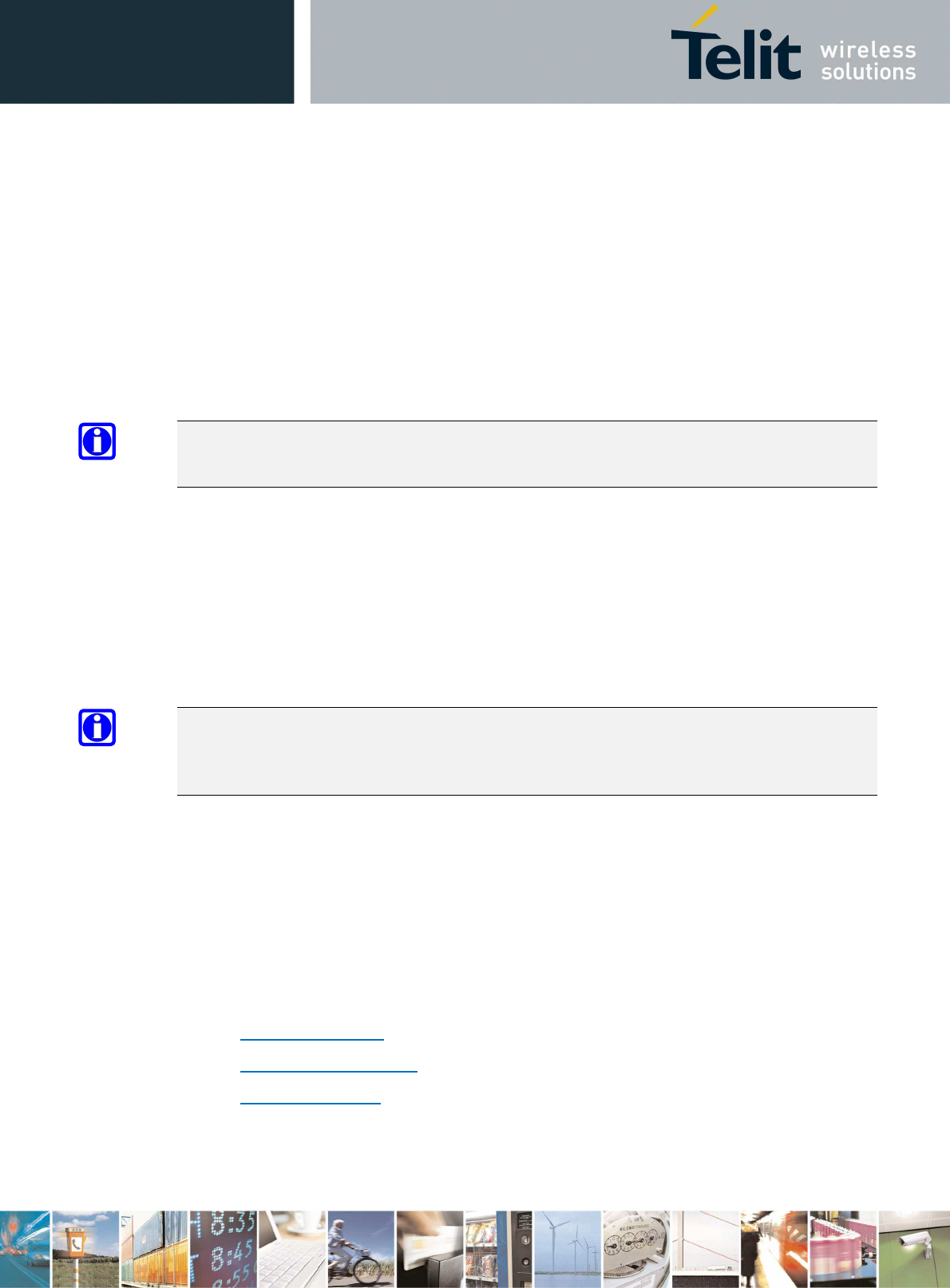
LE910Cx Hardware User Guide
1VV0301298 Rev. 1.04 - 2017-05-25
Reproduction forbidden without written authorization by Telit Communications S.p.A. - All Rights Reserved
Telit Confidential Information, provided under NDA Page
13 of 116
1. Introduction
1.1. Scope
This document introduces the Telit LE910Cx module and presents possible and recommended
hardware solutions for developing a product based on the LE910Cx module. All the features and
solutions detailed in this document are applicable to all LE910Cx variants, where “LE910Cx” refers
to the variants listed in the applicability table.
If a specific feature is applicable to a specific product only, it will be clearly marked.
NOTE:
LE910Cx refers to all modules listed in the Applicability Table.
This document takes into account all the basic functions of a wireless module; a valid hardware
solution is suggested for each function, and incorrect solutions and common errors to be avoided
are pointed out.
Obviously, this document cannot embrace every hardware solution or every product that can be
designed. Obviously, avoiding invalid solutions must be considered mandatory. Where the
suggested hardware configurations need not be considered mandatory, the information given
should be used as a guide and a starting point for properly developing your product with the Telit
LE910Cx module.
NOTE:
The integration of the GSM/GPRS/EGPRS/WCDMA/HSPA+/LTE LE910Cx cellular module within a
user application must be done according to the design rules described in this manual.
1.2. Audience
This document is intended for Telit customers, especially system integrators, about to implement
their applications using the Telit LE910Cx module.
1.3. Contact Information, Support
For general contact, technical support, to report documentation errors and to order manuals,
contact Telit’s Technical Support Center (TTSC) at:
• TS-EMEA@telit.com
• TS-AMERICAS@telit.com
• TS-APAC@telit.com
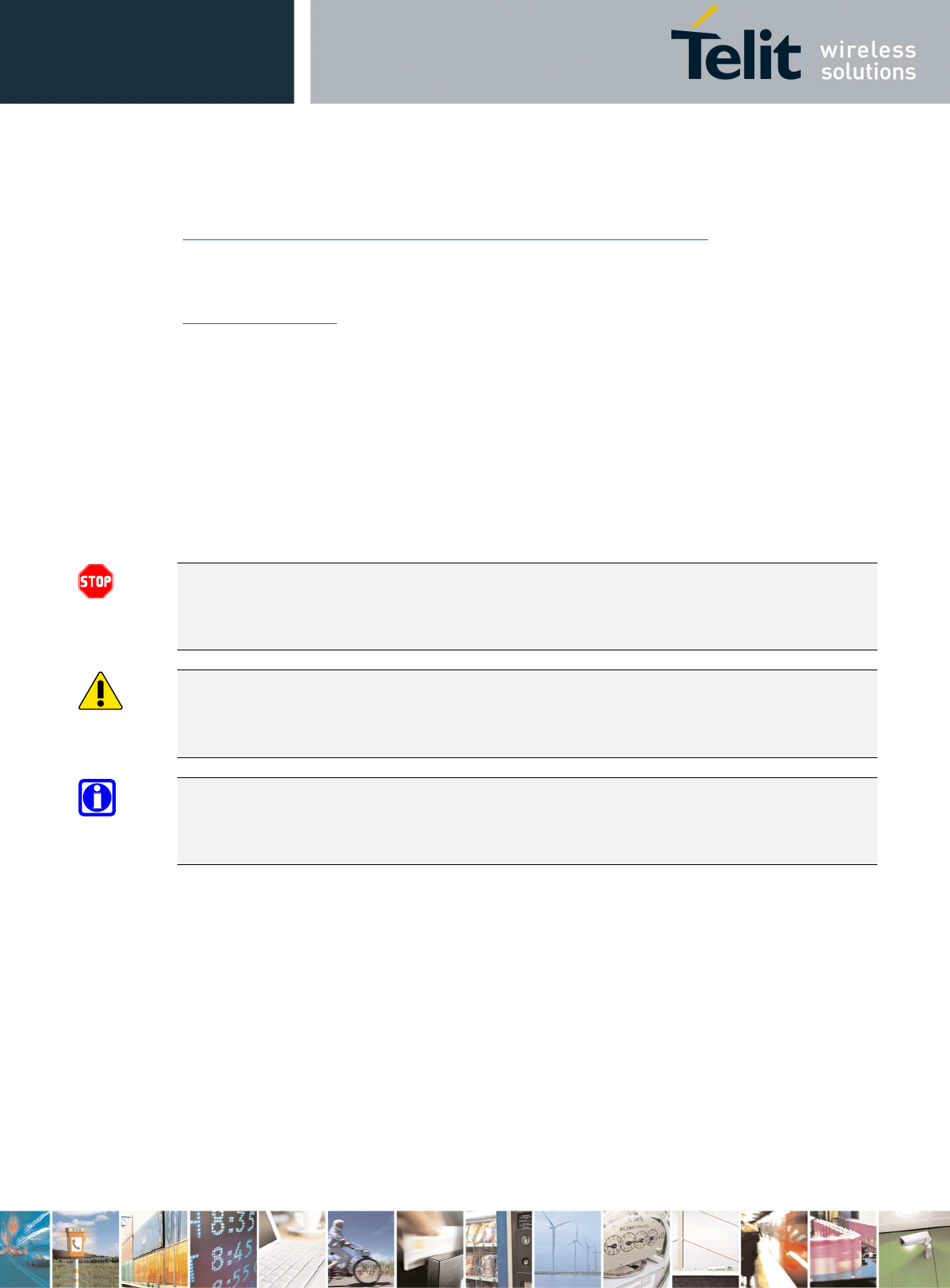
LE910Cx Hardware User Guide
1VV0301298 Rev. 1.04 - 2017-05-25
Reproduction forbidden without written authorization by Telit Communications S.p.A. - All Rights Reserved
Telit Confidential Information, provided under NDA Page
14 of 116
Alternatively, use:
http://www.telit.com/en/products/technical-support-center/contact.php
For detailed information about where you can buy the Telit modules or for recommendations on
accessories and components, visit:
http://www.telit.com
To register for product news and announcements or for product questions contact Telit’s
Technical Support Center (TTSC).
Our aim is to make this guide as helpful as possible. Keep us informed of your comments and
suggestions for improvements.
Telit appreciates feedback from the users about the information provided.
1.4. Text Conventions
The following conventions are used to emphasize specific types of information:
Danger:
This information MUST be followed or catastrophic equipment failure or bodily injury may
occur.
Caution or Warning:
Alerts the user to important points about integrating the module. If these points are not
followed, the module and end user equipment may fail or malfunction.
NOTE:
Tip or Information – Provides advice and suggestions that may be useful when integrating the
module.
All dates are in ISO 8601 format, that is, YYYY-MM-DD.
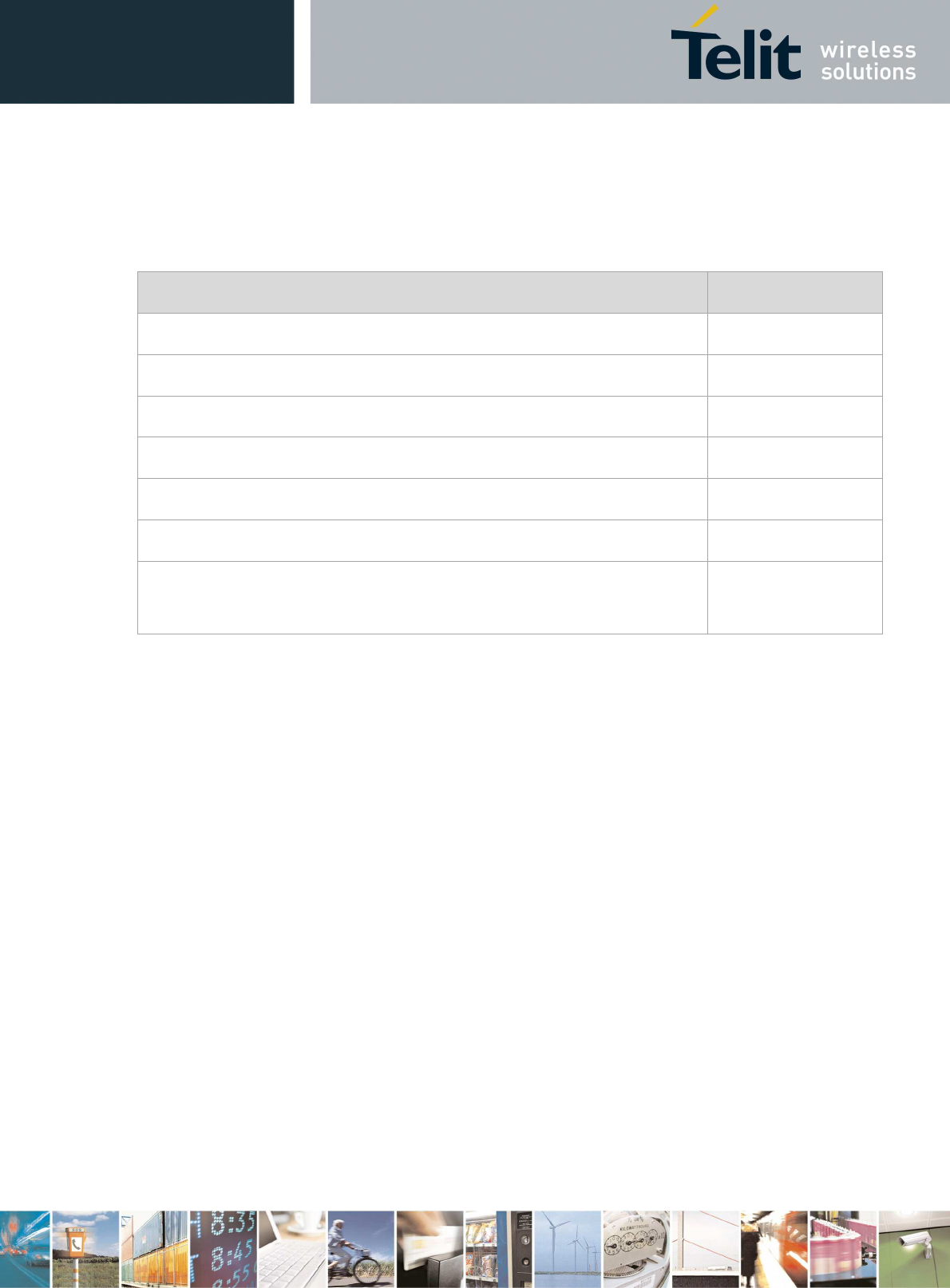
LE910Cx Hardware User Guide
1VV0301298 Rev. 1.04 - 2017-05-25
Reproduction forbidden without written authorization by Telit Communications S.p.A. - All Rights Reserved
Telit Confidential Information, provided under NDA Page
15 of 116
1.5. Related Documents
Table 2: Related Documents
Document Title Document Number
Ref 1: LE9x0 AT Command User Guide 80407ST10116A
Ref 2: Telit EVB HW User Guide 1VV0301249
Ref 3: LE910Cx Interface Board HW User Guide 1VV0301323
Ref 4: LE910/LE920 Digital Voice Interface Application Note 80000NT11246A
Ref 5: Telit_LE920A4_LE910Cx_Wi-Fi_Interface_Application_Note_r1 80490NT11511A
Ref 6: Antenna Detection Application Note 80000NT10002A
Ref 7: High-Speed Inter-Chip USB Electrical Specification, version 1.0
(a supplement to the USB 2.0 specification, Section 3.8.2)
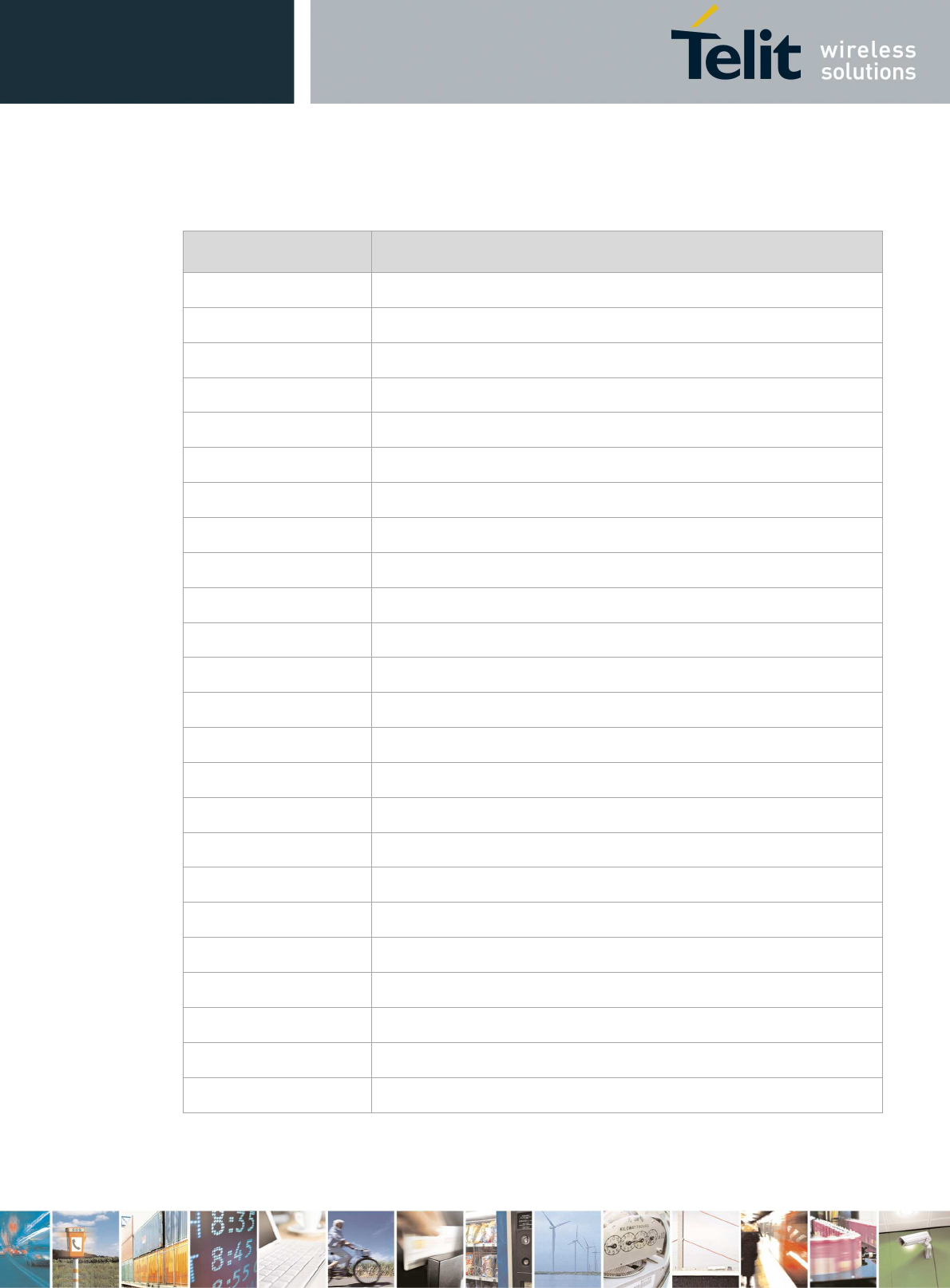
LE910Cx Hardware User Guide
1VV0301298 Rev. 1.04 - 2017-05-25
Reproduction forbidden without written authorization by Telit Communications S.p.A. - All Rights Reserved
Telit Confidential Information, provided under NDA Page
16 of 116
1.6. Abbreviations
Term Definition
ADC Analog-to-digital converter
AE Application-enabled
DAC Digital-to-analog converter
DTE Data Terminal Equipment
FDD Frequency division duplex
GLONASS Global orbiting navigation satellite system
GNSS Global navigation satellite system
GPIO General-purpose input/output
GPRS General packet radio services
GPS Global positioning system
GSM Global system for mobile communications
HSIC High-speed inter-chip
I2C Inter-integrated circuit
LTE Long term evolution
SD Secure digital
SGMII Serial Gigabit media-independent interface
SIM Subscriber identity module
SOC System-on-Chip
SPI Serial peripheral interface
UART Universal asynchronous receiver transmitter
UMTS Universal mobile telecommunications system
USB Universal serial bus
WCI Wireless Coexistence Interface
WCDMA Wideband code division multiple access

LE910Cx Hardware User Guide
1VV0301298 Rev. 1.04 - 2017-05-25
Reproduction forbidden without written authorization by Telit Communications S.p.A. - All Rights Reserved
Telit Confidential Information, provided under NDA Page
17 of 116
2. General Product Description
2.1. Overview
LE910Cx is Telit’s new LTE series for IoT applications.
In its most basic use case, LE910Cx can be applied as a wireless communication front-end for
telematics products, offering GNSS and mobile communication features to an external host CPU
through its rich interfaces.
LE910Cx is available in hardware variants as listed in Table 1: Applicability Table. For differences in
the designated RF band sets – refer to Section 2.6.1, RF Bands per Regional Variant.
2.2. Applications
LE910Cx can be used for telematics applications where tamper-resistance, confidentiality, integrity,
and authenticity of end-user information are required, for example:
• Emergency call
• Telematics services
• Road pricing
• Pay-as-you-drive insurance
• Stolen vehicles tracking
• Internet connectivity
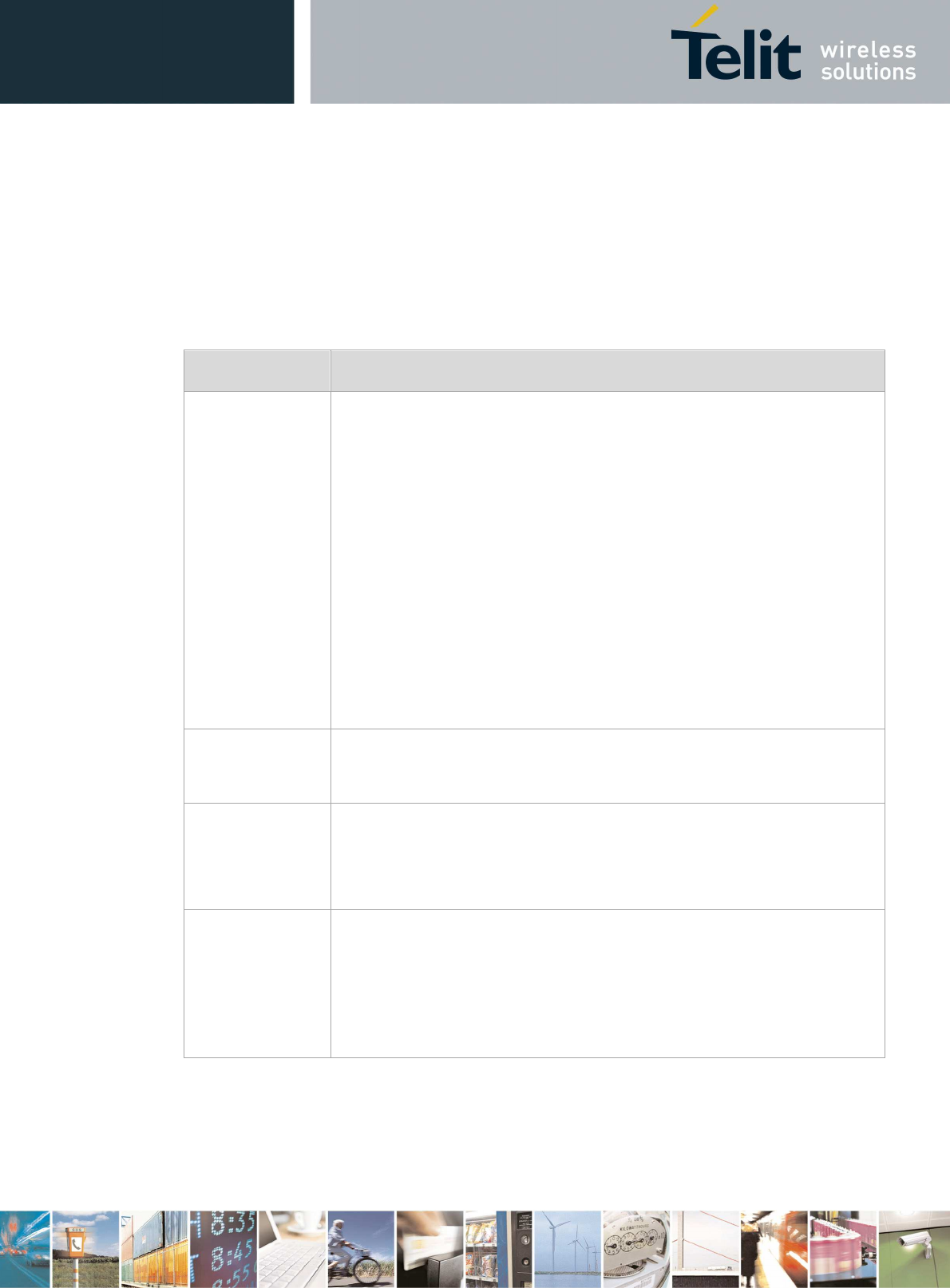
LE910Cx Hardware User Guide
1VV0301298 Rev. 1.04 - 2017-05-25
Reproduction forbidden without written authorization by Telit Communications S.p.A. - All Rights Reserved
Telit Confidential Information, provided under NDA Page
18 of 116
2.3. General Functionality and Main Features
The LE910Cx series of cellular modules features LTE and multi-RAT modem together with an on-
chip powerful application processor and a rich set of interfaces.
The major functions and features are listed below:
Function Features
Modem • Multi-RAT cellular modem for voice and data communication
o LTE FDD Cat1 (Other variants) (10/5Mbps DL/UL).
o Carrier aggregation is not supported
o GSM/GPRS/EDGE
o WCDMA up to DC HSPA+, Rel.9
• Support for European eCall , US E911, and ERA Glonass
• Support for SIM profile switching
• Regional variants with optimal choice of RF bands for worldwide
coverage of countries and MNOs
• State-of-the-art GNSS solution with
GPS/GLONASS/BeiDou/Galileo/QZSS receiver
Digital audio
subsystem
• PCM/I2S digital audio interface
• Up to 48 kHz sample rate, 16 bit words
Two USIM ports –
dual voltage
• Class B and Class C support
• Hot swap support
• Clock rates up to 4 MHz
Application
processor
Application processor to run customer application code
• 32 bit ARM Cortex-A7 up to 1.3 GHz running the Linux operating
system
• Flash + DDR are large enough to allow for customer’s own
software applications
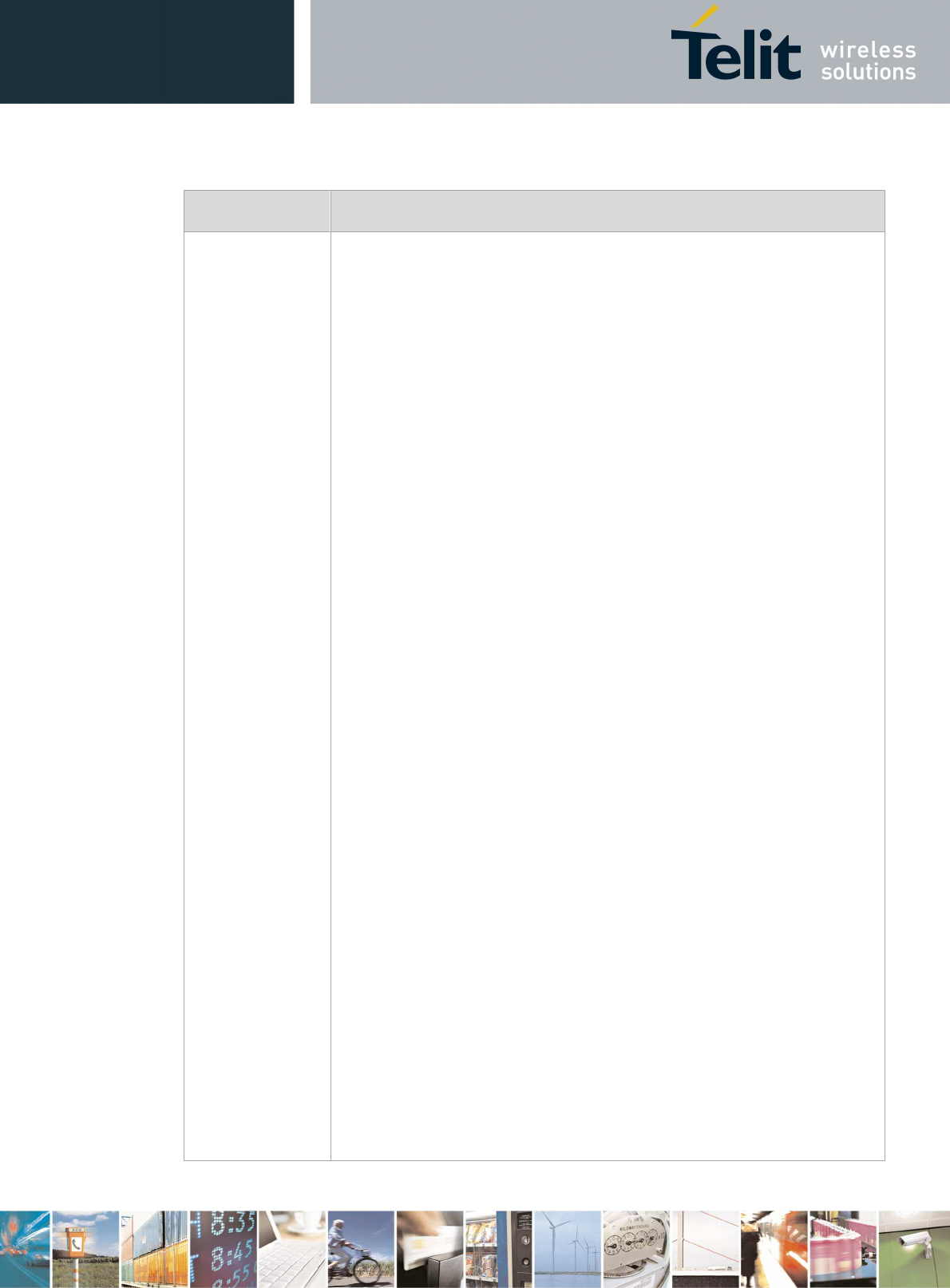
LE910Cx Hardware User Guide
1VV0301298 Rev. 1.04 - 2017-05-25
Reproduction forbidden without written authorization by Telit Communications S.p.A. - All Rights Reserved
Telit Confidential Information, provided under NDA Page
19 of 116
Function Features
Interfaces Rich set of interfaces, including:
• SD/MMC Card Interface supporting SD3.0 standard
• SDIO for external WiFi transceiver supporting SDIO3.0 standard
• SGMII for external Ethernet transceiver (optional)
o Compliant with IEEE802.3
o Full duplex operation at 1 Gbps
o Half/full duplex operation at 10/100 Mbps
o Support for VLAN tagging
o Support for IEEE1588, PTP (Precision Time Protocol)
• USB2.0 – USB port is typically used for:
o Flashing of firmware and module configuration
o Production testing
o Accessing the Application Processor’s file system
o AT command access
o High-speed WWAN access to external host
o Diagnostic monitoring and debugging
o Communication between Java application environment and an
external host CPU
o NMEA data to an external host CPU
• HSIC
o High-speed 480 Mbps (240 MHz DDR) USB transfers are 100% host
driver compatible with traditional USB cable connected topologies
o Bidirectional data strobe signal (STROBE)
o Bidirectional data signal (DATA)
o No power consumption unless a transfer is in progress
o Maximum trace length 10 cm
o Signals driven at 1.2V standard LVCMOS levels
• Peripheral Ports – SPI, I2C, UART
• GPIOs
• Antenna ports
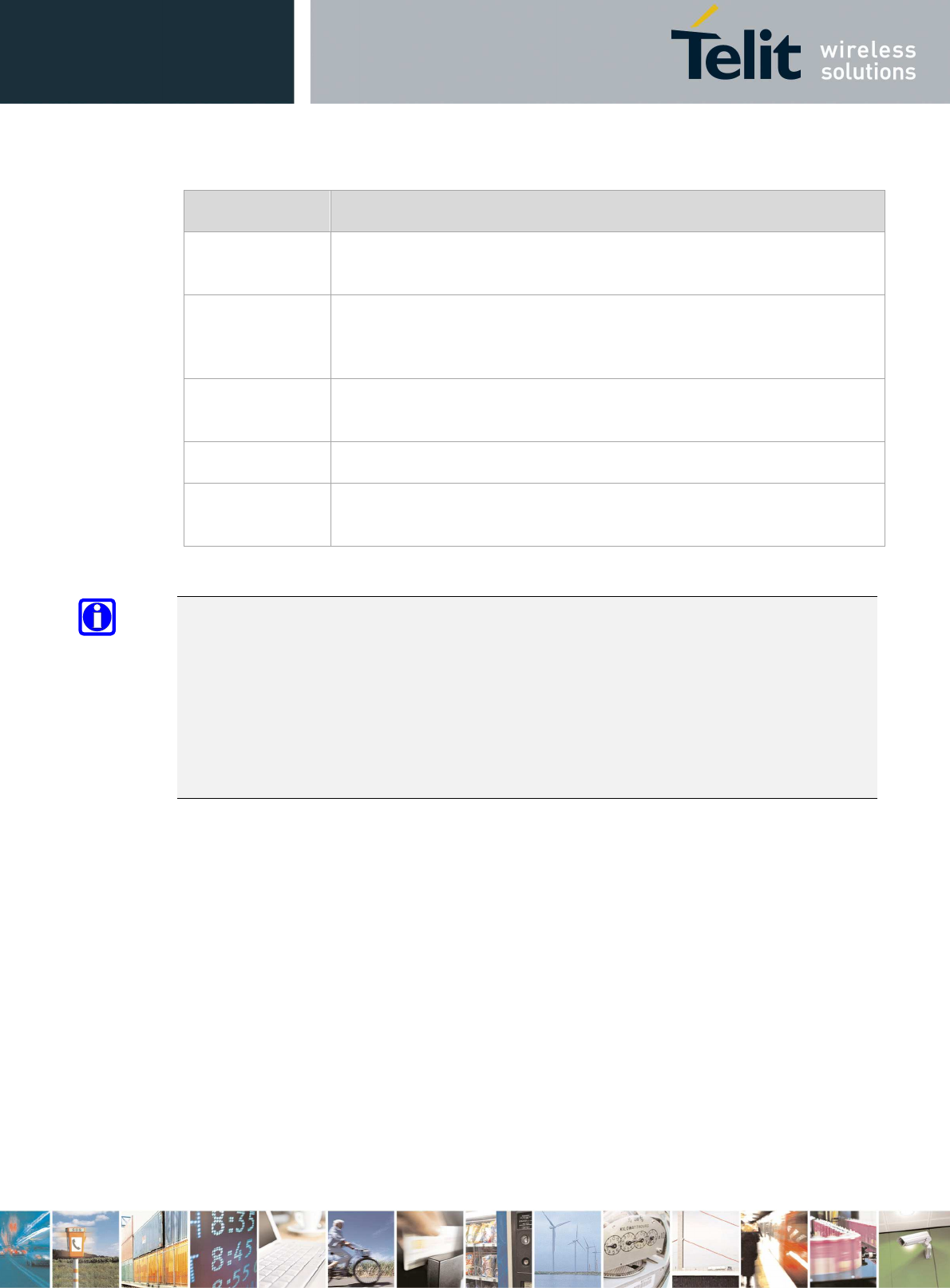
LE910Cx Hardware User Guide
1VV0301298 Rev. 1.04 - 2017-05-25
Reproduction forbidden without written authorization by Telit Communications S.p.A. - All Rights Reserved
Telit Confidential Information, provided under NDA Page
20 of 116
Function Features
Form factor Form factor (28x28mm), accommodating the multiple RF bands in each
region variant
Environment and
quality
requirements
The entire module is designed and qualified by Telit for satisfying the
environment and quality requirements.
Single supply
module
The module generates all its internal supply voltages.
RTC No dedicated RTC supply, RTC is supplied by VBATT
Operating
temperature
Range -40 °C to +85 °C (conditions as defined in Section 2.5.1, Temperature
Range).
NOTE:
The following interfaces are unique for the LE910Cx and may not be supported on other (former
or future) xE910 family. Special care must be taken when designing the application board if
future compatibility is required:
- SGMII for Ethernet connectivity
- SDIO for WIFI connectivity
- SD/MMC for SD Card connectivity
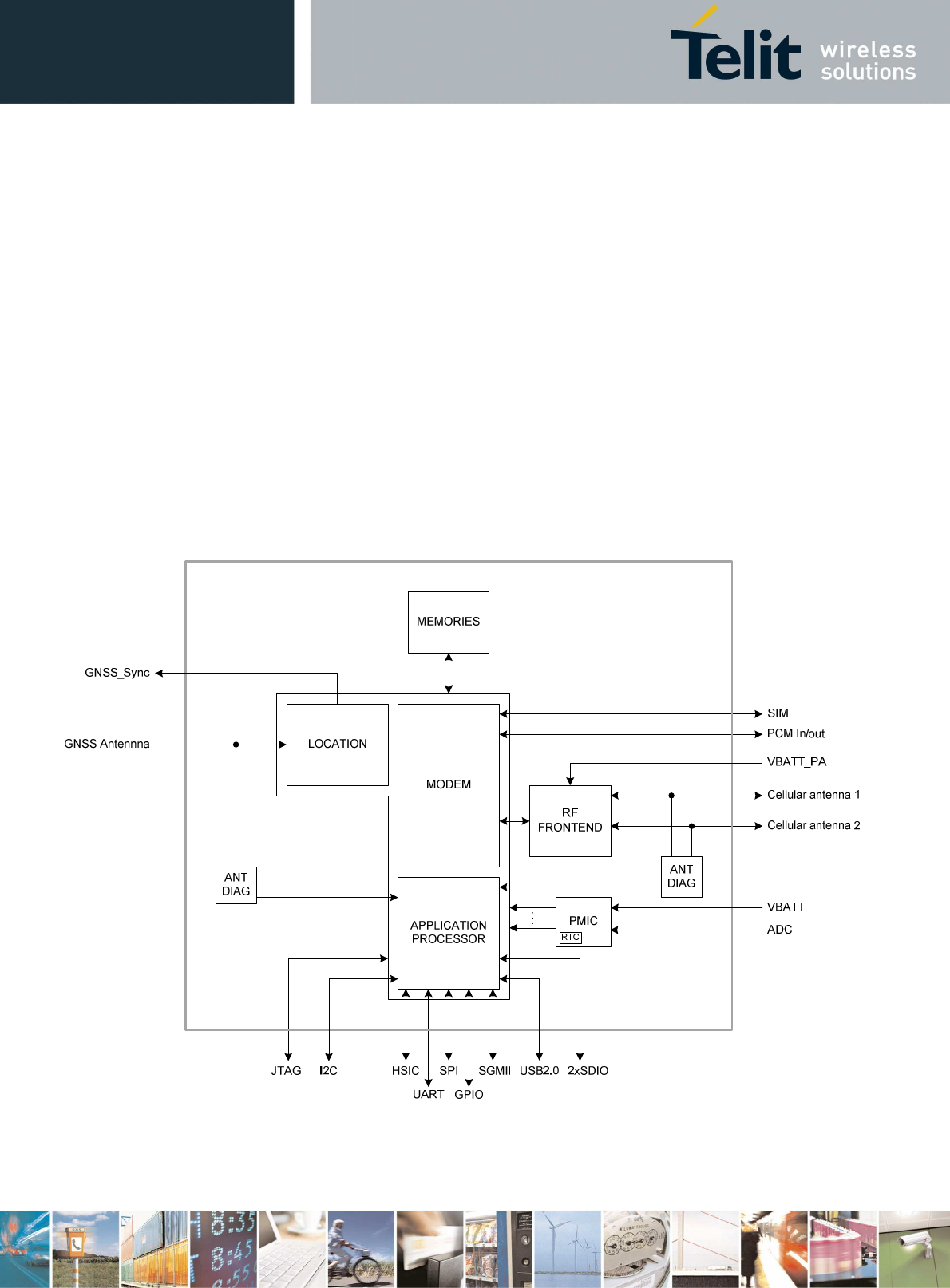
LE910Cx Hardware User Guide
1VV0301298 Rev. 1.04 - 2017-05-25
Reproduction forbidden without written authorization by Telit Communications S.p.A. - All Rights Reserved
Telit Confidential Information, provided under NDA Page
21 of 116
2.4. Block Diagram
Figure 1 shows an overview of the internal architecture of the LE910Cx module.
It includes the following sub-functions:
• Application processor, Modem subsystem and Location processing with their external
interfaces. These three functions are contained in a single SOC.
• RF front end, including antenna diagnosis circuitry
• Analog Audio codec for attaching external speaker amplifier and microphone
• Rich IO interfaces. Depending on which LE910Cx software features are enabled, some of its
interfaces that are exported due to multiplexing may be used internally and thus may not
be usable by the application.
• PMIC with the RTC function inside
Figure 1: LE910Cx Block Diagram
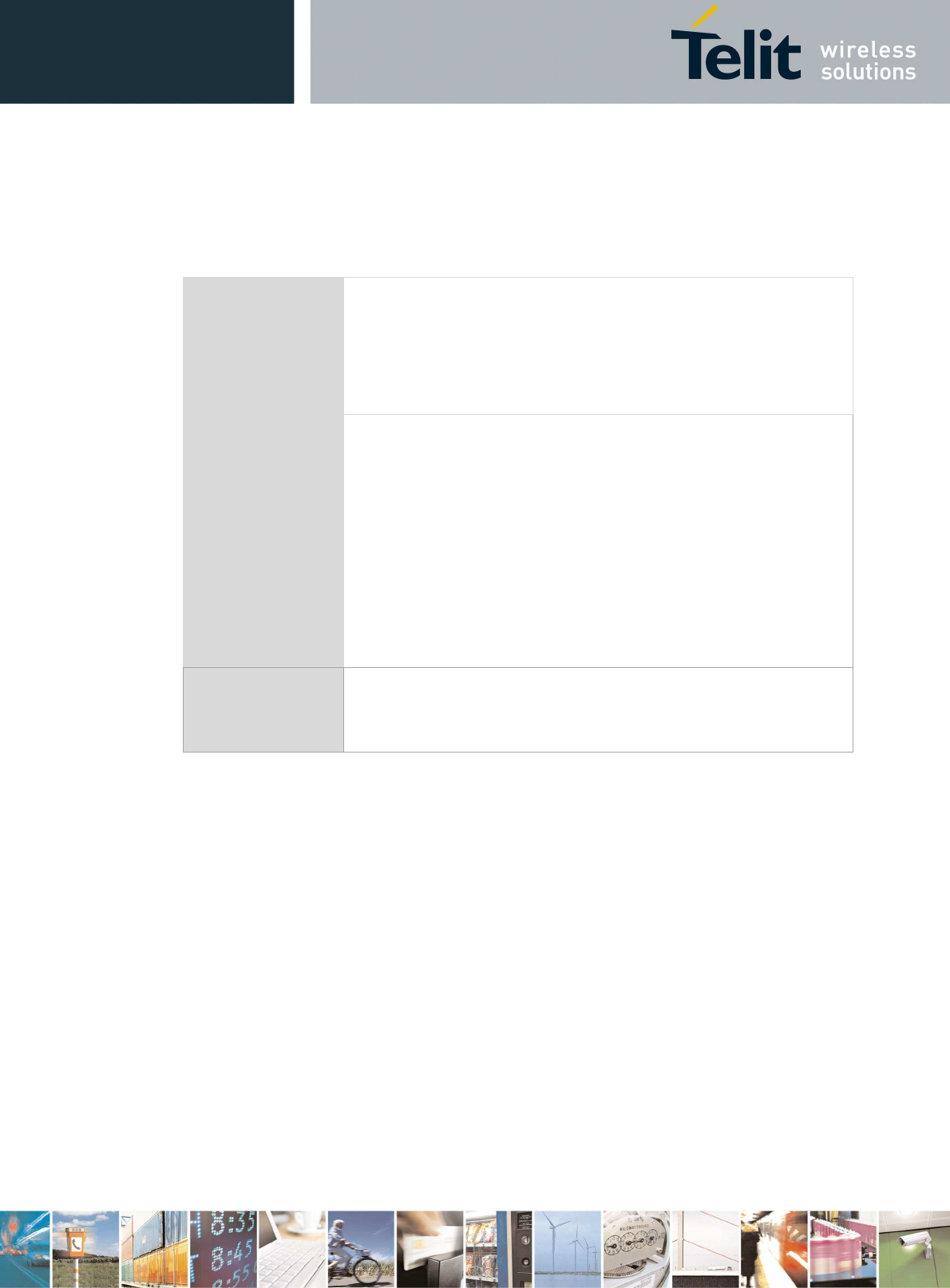
LE910Cx Hardware User Guide
1VV0301298 Rev. 1.04 - 2017-05-25
Reproduction forbidden without written authorization by Telit Communications S.p.A. - All Rights Reserved
Telit Confidential Information, provided under NDA Page
22 of 116
2.5. Environmental Requirements
2.5.1. Temperature Range
Operating
temperature range
-20 ~ +55°C.
This range is defined by 3GPP (the global standard for wireless mobile
communication). Telit guarantees its modules to comply with all the
3GPP requirements and to have full functionality of the module with
in this range.
-40 ~ +85°C.
Telit guarantees full functionality within this range as well. However,
there may possibly be some performance deviations in this extended
range relative to 3GPP requirements, which means that some RF
parameters may deviate from the 3GPP specification in the order of a
few dB. For example: receiver sensitivity or maximum output power
may be slightly degraded.
Even so, all the functionalities, such as call connection, SMS, USB
communication, UART activation etc., will be maintained, and the
effect of such degradations will not lead to malfunction.
Storage and non-
operating
temperature range
–40°C ~ +85°C
2.5.2. RoHS Compliance
As a part of the Telit corporate policy of environmental protection, the LE910Cx complies with the
RoHS (Restriction of Hazardous Substances) directive of the European Union (EU directive
2011/65/EU).
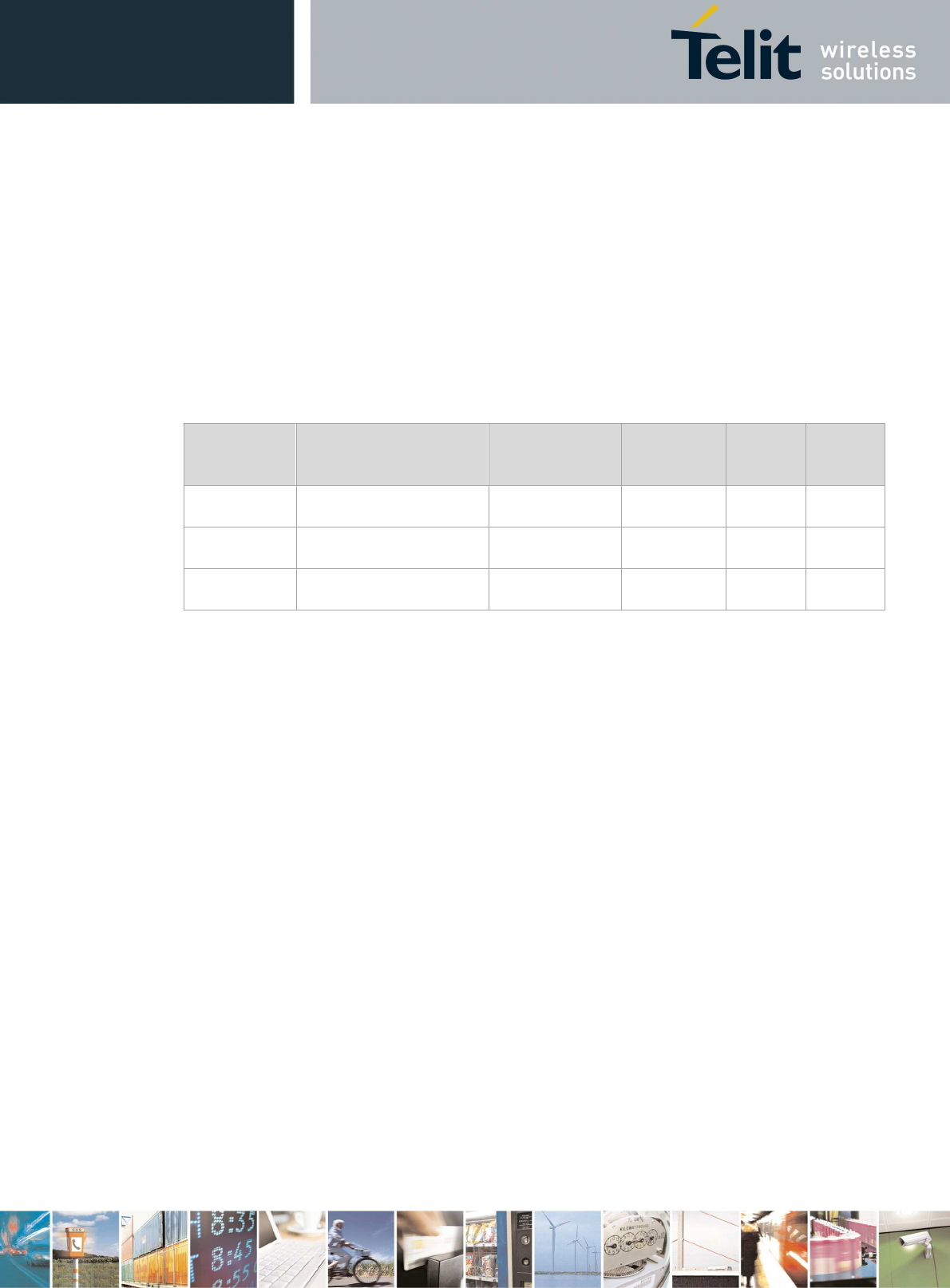
LE910Cx Hardware User Guide
1VV0301298 Rev. 1.04 - 2017-05-25
Reproduction forbidden without written authorization by Telit Communications S.p.A. - All Rights Reserved
Telit Confidential Information, provided under NDA Page
23 of 116
2.6. Frequency Bands
The operating frequencies in GSM850, EGSM900, DCS1800, PCS1900, WCDMA & LTE modes
conform to the 3GPP specifications.
2.6.1. RF Bands per Regional Variant
Table 3 summarizes all region variants within the LE910Cx family, showing the supported band
sets in each variant.
Table 3: RF Bands per Regional Variant
Region
Variant
LTE FDD LTE TDD HSPA+ TD-
SCDMA
2G
LE910C1-NA 2, 4, 12 - 1, 2, 4, 5, 8 - 2, 3, 5, 8
LE910C1-NS 2, 4, 5, 12, 25, 26 - - - -
LE910C1-AP 1, 3, 5, 8, 28 - 1, 5, 8 - -
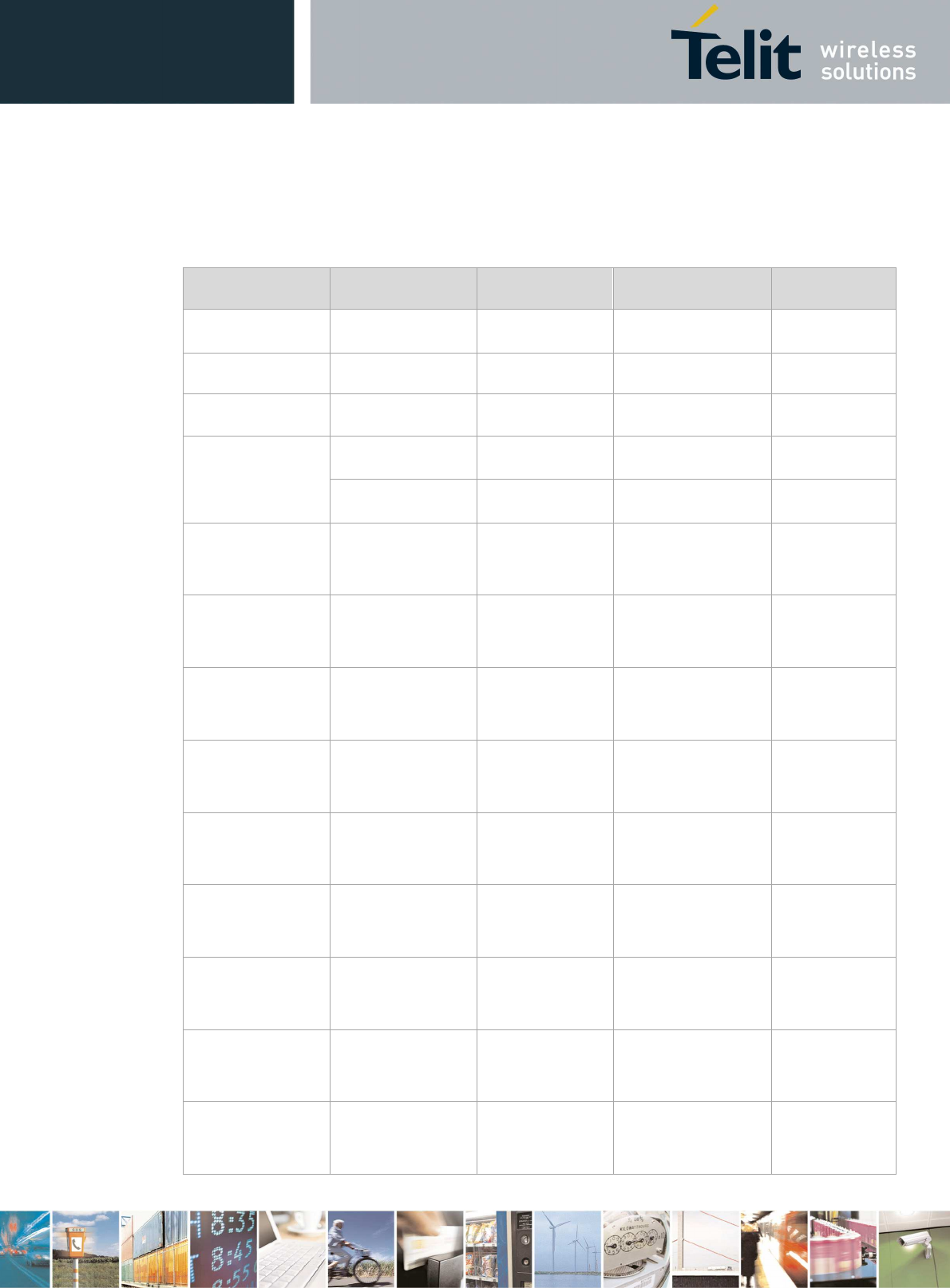
LE910Cx Hardware User Guide
1VV0301298 Rev. 1.04 - 2017-05-25
Reproduction forbidden without written authorization by Telit Communications S.p.A. - All Rights Reserved
Telit Confidential Information, provided under NDA Page
24 of 116
2.6.2. Reference Table of RF Bands Characteristics
Table 4: RF Bands Characteristics
Mode Freq. Tx (MHz) Freq. Rx (MHz) Channels Tx-Rx Offset
PCS 1900 1850.2 ~ 1909.8 1930.2 ~ 1989.8 512 ~ 810 80 MHz
DCS 1800 1710 ~ 1785 1805 ~ 1880 512 ~ 885 95 MHz
GSM 850 824.2 ~ 848.8 869.2 ~ 893.8 128 ~ 251 45 MHz
EGSM 900 890 ~ 915 935 ~ 960 0 ~ 124 45 MHz
880 ~ 890 925 ~ 935 975 ~ 1023 45 MHz
WCDMA 2100 –
B1
1920 ~ 1980 2110 ~ 2170 Tx: 9612 ~ 9888
Rx: 10562 ~ 10838
190 MHz
WCDMA 1900 –
B2
1850 ~ 1910 1930 ~ 1990 Tx: 9262 ~ 9538
Rx: 9662 ~ 9938
80 MHz
WCDMA 1800 –
B3
1710 ~ 1785 1805 ~ 1880 Tx: 937 ~ 1288
Rx: 1162 ~ 1513
95 MHz
WCDMA AWS –
B4
1710 ~ 1755 2110 ~ 2155 Tx: 1312 ~ 1513
Rx: 1537 ~ 1738
400 MHz
WCDMA 850 – B5 824 ~ 849 869 ~ 894 Tx: 4132 ~ 4233
Rx: 4357 ~ 4458
45 MHz
WCDMA 900 – B8 880 ~ 915 925 ~ 960 Tx: 2712 ~ 2863
Rx: 2937 ~ 3088
45 MHz
WCDMA 1800 –
B9
1750 ~ 1784.8 1845 ~ 1879.8 Tx: 8762 ~ 8912
Rx: 9237 ~ 9387
95 MHz
WCDMA 800 –
B19
830 ~ 845 875 ~ 890 Tx: 312 ~ 363
Rx: 712 ~ 763
45 MHz
TDSCDMA 2000 –
B34
2010 ~ 2025 2010 ~ 2025 Tx: 10054 ~ 10121
Rx: 10054 ~ 10121
0 MHz
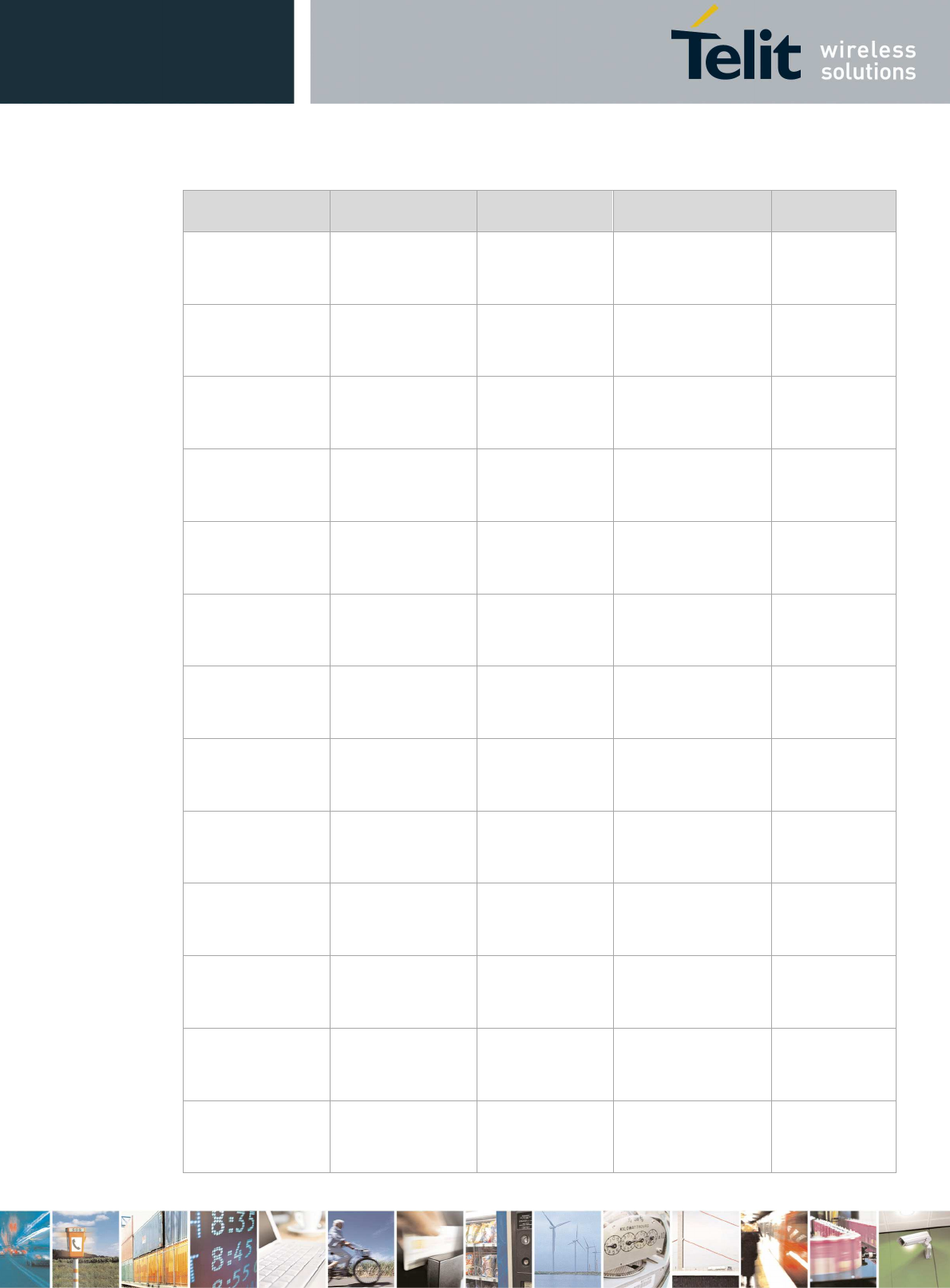
LE910Cx Hardware User Guide
1VV0301298 Rev. 1.04 - 2017-05-25
Reproduction forbidden without written authorization by Telit Communications S.p.A. - All Rights Reserved
Telit Confidential Information, provided under NDA Page
25 of 116
Mode Freq. Tx (MHz) Freq. Rx (MHz) Channels Tx-Rx Offset
TDSCDMA 1900 –
B39
1880 ~ 1920 1880 ~ 1920 Tx: 9404 ~ 9596
Rx: 9404 ~ 9596
0 MHz
LTE 2100 – B1 1920 ~ 1980 2110 ~ 2170 Tx: 18000 ~ 18599
Rx: 0 ~ 599
190 MHz
LTE 1900 – B2 1850 ~ 1910 1930 ~ 1990 Tx: 18600 ~ 19199
Rx: 600 ~ 1199
80 MHz
LTE 1800 – B3 1710 ~ 1785 1805 ~ 1880 Tx: 19200 ~ 19949
Rx: 1200 ~ 1949
95 MHz
LTE AWS – B4 1710 ~ 1755 2110 ~ 2155 Tx: 19950 ~ 20399
Rx: 1950 ~ 2399
400 MHz
LTE 850 – B5 824 ~ 849 869 ~ 894 Tx: 20400 ~ 20649
Rx: 2400 ~ 2649
45 MHz
LTE 2600 – B7 2500 ~ 2570 2620 ~ 2690 Tx: 20750 ~ 21449
Rx: 2750 ~ 3449
120 MHz
LTE 900 – B8 880 ~ 915 925 ~ 960 Tx: 21450 ~ 21799
Rx: 3450 ~ 3799
45 MHz
LTE 1800 – B9 1749.9 ~ 1784.9 1844.9 ~ 1879.9 Tx: 21800 ~ 2149
Rx: 3800 ~ 4149
95 MHz
LTE AWS+ – B10 1710 ~ 1770 2110 ~ 2170 Tx: 22150 ~ 22749
Rx: 4150 ~ 4749
400 MHz
LTE 700a – B12 699 ~ 716 729 ~ 746 Tx : 23010 ~ 23179
Rx : 5010 ~ 5179
30 MHz
LTE 700c – B13 777 ~ 787 746 ~ 756 Tx : 27210 ~ 27659
Rx : 9210 ~ 9659
-31 MHz
LTE 700b – B17 704 ~ 716 734 ~ 746 Tx: 23730 ~ 23849
Rx: 5730 ~ 5849
30 MHz
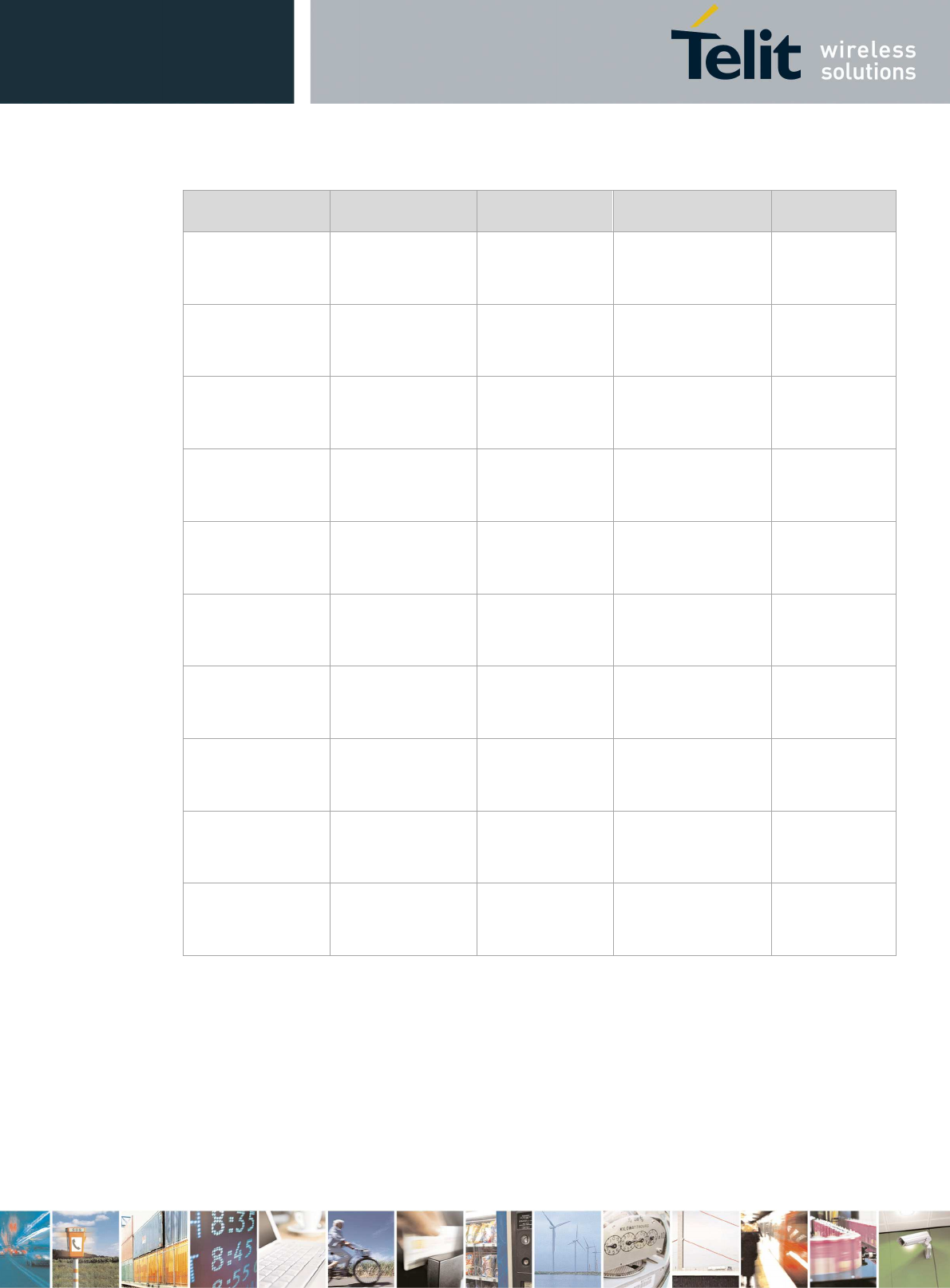
LE910Cx Hardware User Guide
1VV0301298 Rev. 1.04 - 2017-05-25
Reproduction forbidden without written authorization by Telit Communications S.p.A. - All Rights Reserved
Telit Confidential Information, provided under NDA Page
26 of 116
Mode Freq. Tx (MHz) Freq. Rx (MHz) Channels Tx-Rx Offset
LTE 800 – B19 830 ~ 845 875 ~ 890 Tx: 24000 ~ 24149
Rx: 6000 ~ 6149
45 MHz
LTE 800 – B20 832 ~ 862 791 ~ 821 Tx: 24150 ~ 24449
Rx: 6150 ~ 6449
-41 MHz
LTE 1500 – B21 1447.9 ~ 1462.9 1495.9 ~ 1510.9 Tx: 24450 ~ 24599
Rx: 6450 ~ 6599
48 MHz
LTE 1900+ – B25 1930 ~ 1995 1850 ~ 1915 Tx: 26040 ~ 26689
Rx: 8040 ~ 8689
80 MHz
LTE 850+ – B26 814 ~ 849 859 ~ 894 Tx: 26690 ~ 27039
Rx: 8690 ~ 9039
45 MHz
LTE 700 – B28 703 ~ 748 758 ~ 803 Tx : 27210 ~ 27659
Rx : 9210 ~ 9659
45 MHz
LTE TDD 2600 –
B38
2570 ~ 2620 2570 ~ 2620 Tx: 37750 ~ 38250
Rx: 37750 ~ 38250
0 MHz
LTE TDD 1900 –
B39
1880 ~ 1920 1880 ~ 1920 Tx: 38250 ~ 38650
Rx: 38250 ~ 38650
0 MHz
LTE TDD 2300 –
B40
2300 ~ 2400 2300 ~ 2400 Tx: 38650 ~ 39650
Rx: 38650 ~ 39650
0 MHz
LTE TDD 2500 –
B41
2496 ~ 2690 2496 ~ 2690 Tx: 39650 ~ 41590
Rx: 39650 ~ 41590
0 MHz
2.7. Sensitivity
LE910Cx maximum sensitivity levels are as follow:
• -108 dBm (TBD) @ 2G
• -111 dBm (TBD) @ 3G
• -102 dBm (TBD) @ 4G FDD (BW=5 MHz)

LE910Cx Hardware User Guide
1VV0301298 Rev. 1.04 - 2017-05-25
Reproduction forbidden without written authorization by Telit Communications S.p.A. - All Rights Reserved
Telit Confidential Information, provided under NDA Page
27 of 116
2.8. LE910Cx Mechanical Specifications
2.8.1. Dimensions
The LE910Cx module’s overall dimensions are:
• Length: 28.2 mm, +/- 0.15 mm Tolerance
• Width: 28.2 mm, +/- 0.15 mm Tolerance
• Thickness: 2.2 mm, +/- 0.22 mm Tolerance
2.8.2. Weight
The nominal weight of the LE910Cx module is 9.0 gram.
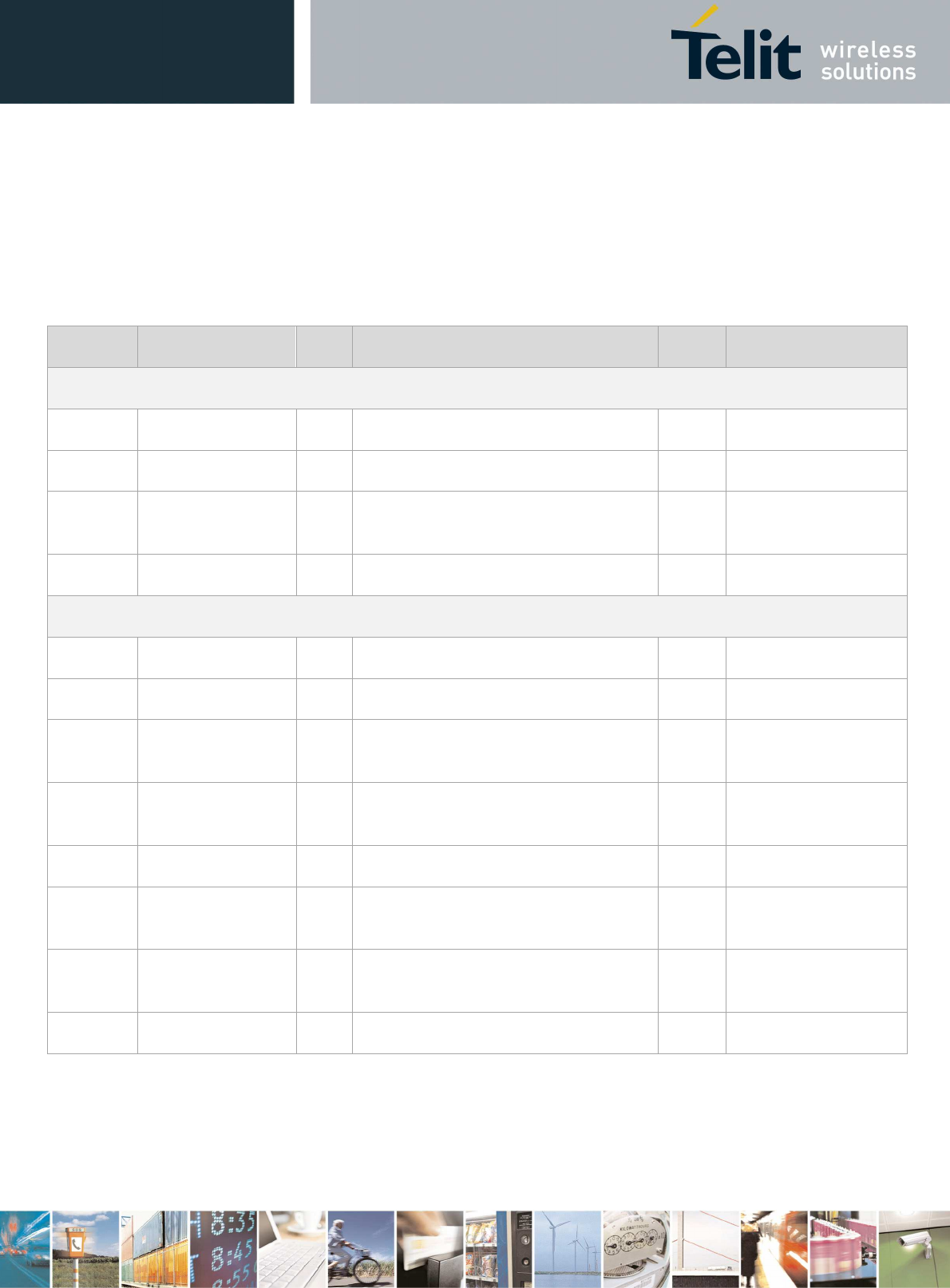
LE910Cx Hardware User Guide
1VV0301298 Rev. 1.04 - 2017-05-25
Reproduction forbidden without written authorization by Telit Communications S.p.A. - All Rights Reserved
Telit Confidential Information, provided under NDA Page
28 of 116
3. LE910Cx Module Connections
3.1. Pin-out
Table 5: LE910Cx Pin-out
PAD Signal I/O Function Type Comment
USB HS 2.0 Communication Port
B15 USB_D+ I/O USB differential Data(+)
C15 USB_D- I/O USB differential Data(-)
A13 USB_VBUS AI Power sense for the internal USB
transceiver
Power 2.5V – 5.5V
A14 USB_ID AI USB ID See note below
Asynchronous UART
N15 C103/TXD I Serial data input (TXD) from DTE 1.8V
M15 C104/RXD O Serial data output to DTE 1.8V
L14 C105/RTS I Input for Request to send signal (RTS)
from DTE
1.8V
P15 C106/CTS O Output for Clear to send signal (CTS) to
DTE
1.8V
P14 C107/DSR O Output for Data Set Ready (DSR) to DTE 1.8V Alternate Fn GPIO_32
M14 C108/DTR I Input for Data Terminal Ready (DTR)
from DTE
1.8V Alternate Fn GPIO_34
N14 C109/DCD O Output for Data Carrier Detect (DCD) to
DTE
1.8V Alternate Fn GPIO_33
R14 C125/RING O Output for Ring Indication (RI) to DTE 1.8V Alternate Fn GPIO_31
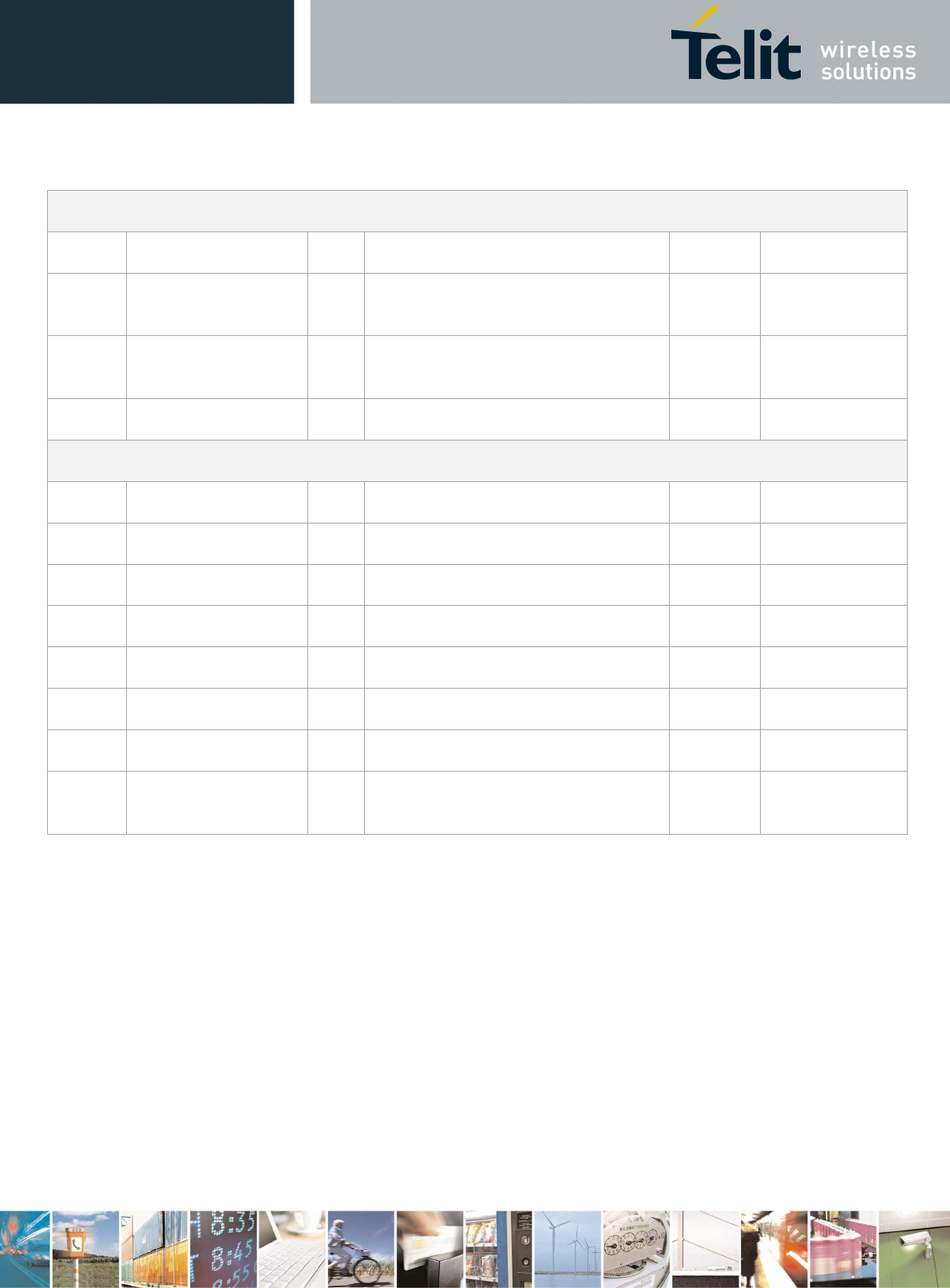
LE910Cx Hardware User Guide
1VV0301298 Rev. 1.04 - 2017-05-25
Reproduction forbidden without written authorization by Telit Communications S.p.A. - All Rights Reserved
Telit Confidential Information, provided under NDA Page
29 of 116
SPI – Serial Peripheral Interface / AUX UART
F15 SPI_CLK O SPI Clock output 1.8V
E15 SPI_MISO/ RX_AUX I SPI data Master Input Slave output /
RX_AUX
1.8V
D15 SPI_MOSI/TX_AUX O SPI data Master Output Slave input/
TX_AUX
1.8V
H14 SPI_CS/GPIO11 O SPI Chip select output / GPIO11 1.8V See note below
SD/MMC Card Digital I/O
J12 SD/MMC_CMD O SD Command 1.8/2.95V
F12 SD/MMC_CLK O SD Card Clock 1.8/2.95V
E12 SD/MMC_DATA0 I/O SD Serial Data 0 1.8/2.95V
G12 SD/MMC_DATA1 I/O SD Serial Data 1 1.8/2.95V
K12 SD/MMC_DATA2 I/O SD Serial Data 2 1.8/2.95V
H12 SD/MMC_DATA3 I/O SD Serial Data 3 1.8/2.95V
G13 SD/MMC_CD I SD card detect input 1.8V Active Low
F13 VMMC - Power supply for MMC card pull-up
resistors
1.8/2.95V
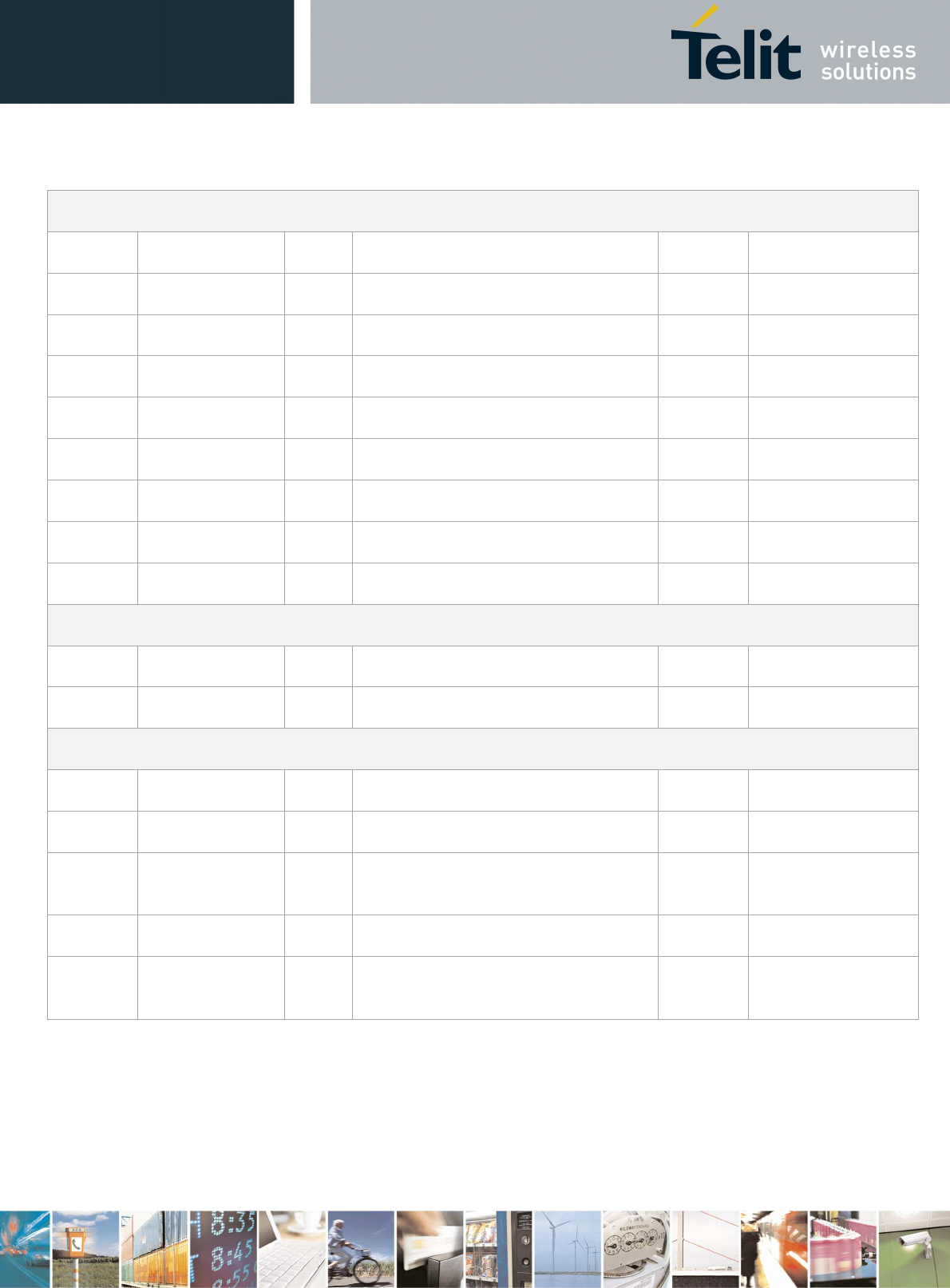
LE910Cx Hardware User Guide
1VV0301298 Rev. 1.04 - 2017-05-25
Reproduction forbidden without written authorization by Telit Communications S.p.A. - All Rights Reserved
Telit Confidential Information, provided under NDA Page
30 of 116
WiFi (SDIO) Interface
N13 WiFi_SD_CMD O Wi-Fi SD Command 1.8V
L13 WiFi_SD_CLK O Wi-Fi SD Clock 1.8V
J13 WiFi_SD_DATA0 I/O Wi-Fi SD Serial Data 0 1.8V
M13 WiFi_SD_DATA1 I/O Wi-Fi SD Serial Data 1 1.8V
K13 WiFi_SD_DATA2 I/O Wi-Fi SD Serial Data 2 1.8V
H13 WiFi_SD_DATA3 I/O Wi-Fi SD Serial Data 3 1.8V
L12 WiFi_SDRST O Wi-Fi Reset / Power enable control 1.8V Active Low
M11 WLAN_SLEEP_CLK
O Wi-Fi Sleep clock output 1.8V
M10 RFCLK2_QCA
O Wi-Fi low noise RF clock output 1.8V
LTE-WiFi Coexistence
M8 WCI_TX O Wireless coexistence interface TXD 1.8V
M9 WCI_RX
I Wireless coexistence interface RXD 1.8V
SIM Card Interface 1
A6 SIMCLK1 O External SIM 1 signal – Clock 1.8/2.85V
A7 SIMRST1 O External SIM 1 signal – Reset 1.8/2.85V
A5 SIMIO1 I/O External SIM 1 signal - Data I/O 1.8/2.85V Internally PU 20 kΩ
to SIMVCC1
A4 SIMIN1 I External SIM 1 signal - Presence 1.8V Active low
A3 SIMVCC1 - External SIM 1 signal – Power supply for
SIM 1
1.8/2.85V
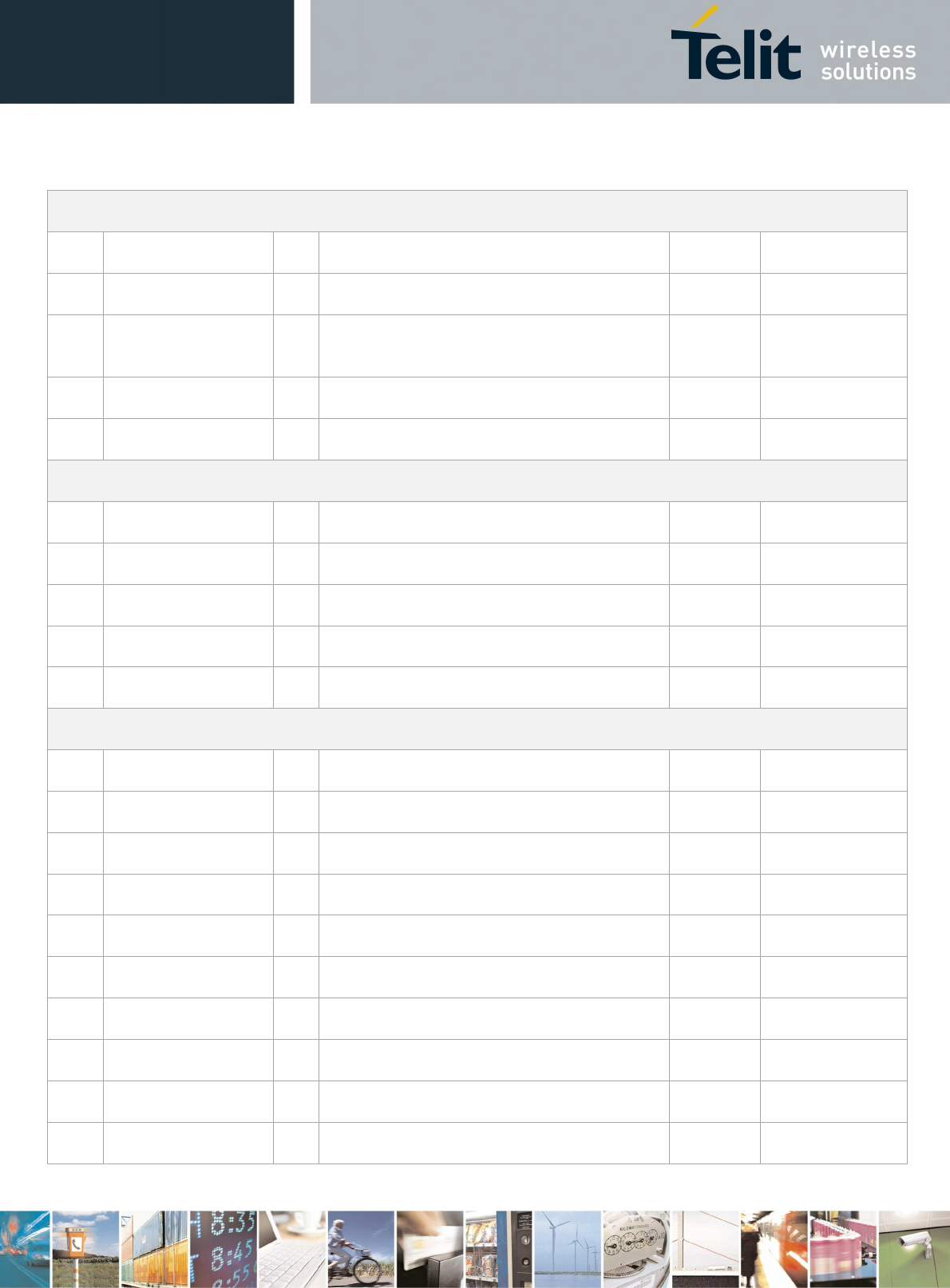
LE910Cx Hardware User Guide
1VV0301298 Rev. 1.04 - 2017-05-25
Reproduction forbidden without written authorization by Telit Communications S.p.A. - All Rights Reserved
Telit Confidential Information, provided under NDA Page
31 of 116
SIM Card Interface 2
C1 SIMCLK2 O External SIM 2 signal – Clock 1.8/2.85V
D1 SIMRST2 O External SIM 2 signal – Reset 1.8/2.85V
C2 SIMIO2 I/O External SIM 2 signal – Data I/O 1.8/2.85V Internally PU
20kΩ to SIMVCC2
G4 SIMIN2 I External SIM 2 signal – Presence 1.8V Active low
D2 SIMVCC2 - External SIM 2 signal – Power supply for SIM 2 1.8/2.85V
Digital Voice Interface (DVI)
B9 DVI_WAO O Digital Voice interface (WAO master output) 1.8V
B6 DVI_RX I Digital Voice interface (Rx) 1.8V
B7 DVI_TX O Digital Voice interface (Tx) 1.8V
B8 DVI_CLK O Digital Voice interface (CLK master output) 1.8V
B12 REF_CLK O Reference clock for external Codec 1.8V See Note below
General Purpose Digital I/O
C8 GPIO_01 I/O GPIO_01 / STAT_LED 1.8V Alternate Fn I2C
C9 GPIO_02 I/O GPIO_02 1.8V Alternate Fn I2C
C10 GPIO_03 I/O GPIO_03 1.8V Alternate Fn I2C
C11 GPIO_04 I/O GPIO_04 1.8V Alternate Fn I2C
B14 GPIO_05 I/O GPIO_05 1.8V Alternate Fn I2C
C12 GPIO_06 I/O GPIO_06 1.8V Alternate Fn I2C
C13 GPIO_07 I/O GPIO_07 1.8V Alternate Fn I2C
K15 GPIO_08 I/O GPIO_08 / SW_RDY 1.8V Alternate Fn I2C
L15 GPIO_09 I/O GPIO_09 1.8V Alternate Fn I2C
G15 GPIO_10 I/O GPIO_10 1.8V Alternate Fn I2C
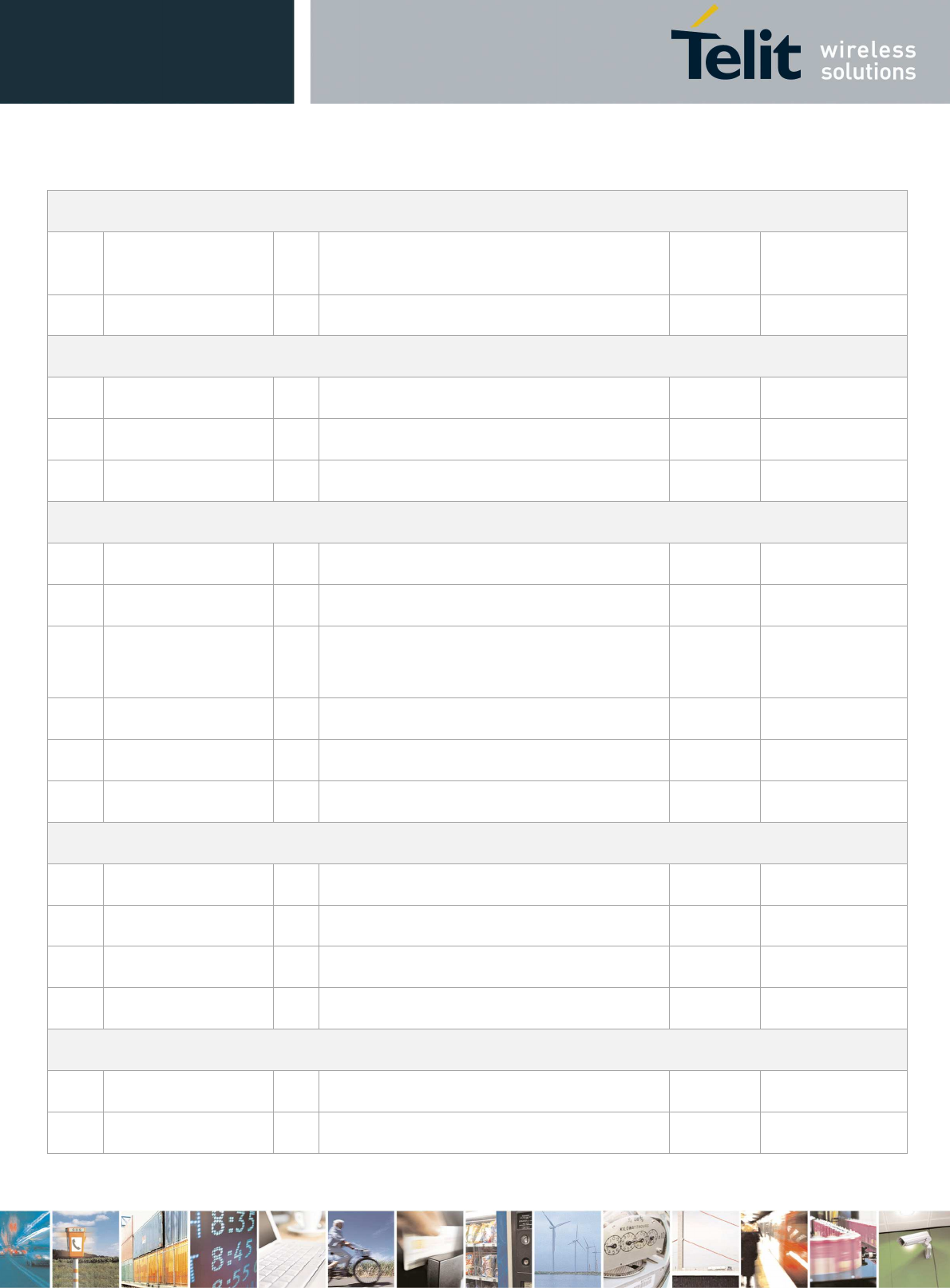
LE910Cx Hardware User Guide
1VV0301298 Rev. 1.04 - 2017-05-25
Reproduction forbidden without written authorization by Telit Communications S.p.A. - All Rights Reserved
Telit Confidential Information, provided under NDA Page
32 of 116
RF Section
K1 Antenna I/O GSM/EDGE/UMTS/LTE Main antenna
(50 Ohm)
RF
F1 ANT_DIV I UMTS/LTE antenna diversity input (50 Ohm) RF
GPS Section
R9 ANT_GPS I GPS antenna (50 Ohm) RF
R7 GPS_LNA_EN O Enables the external regulator for GPS LNA 1.8V
N9 GPS_SYNC O GPS sync signal for Dead Reckoning 1.8V
Miscellaneous Functions
R12 ON_OFF_N I Power ON / Power OFF input Active low
R13 HW_SHUTDOWN_N I Unconditional Shutdown input Active low
R11 VAUX/PWRMON O Supply output for external accessories /
Power ON monitor
1.8V
B1 ADC_IN1 AI Analog/Digital Converter Input 1 Analog
H4 ADC_IN2 AI Analog/Digital Converter Input 2 Analog
D7 ADC_IN3 AI Analog/Digital Converter Input 3 Analog
SGMII Interface
E4 SGMII_RX_P AI SGMII receive – plus PHY
F4 SGMII_RX_M AI SGMII receive – minus PHY
D5 SGMII_TX_P AO SGMII transmit – plus PHY
D6 SGMII_TX_M AO SGMII transmit - minus PHY
HSIC Interface
A12 HSIC_DATA I/O High-speed inter-chip interface - data 1.2V
A11 HSIC_STB I/O High-speed inter-chip interface - strobe 1.2V
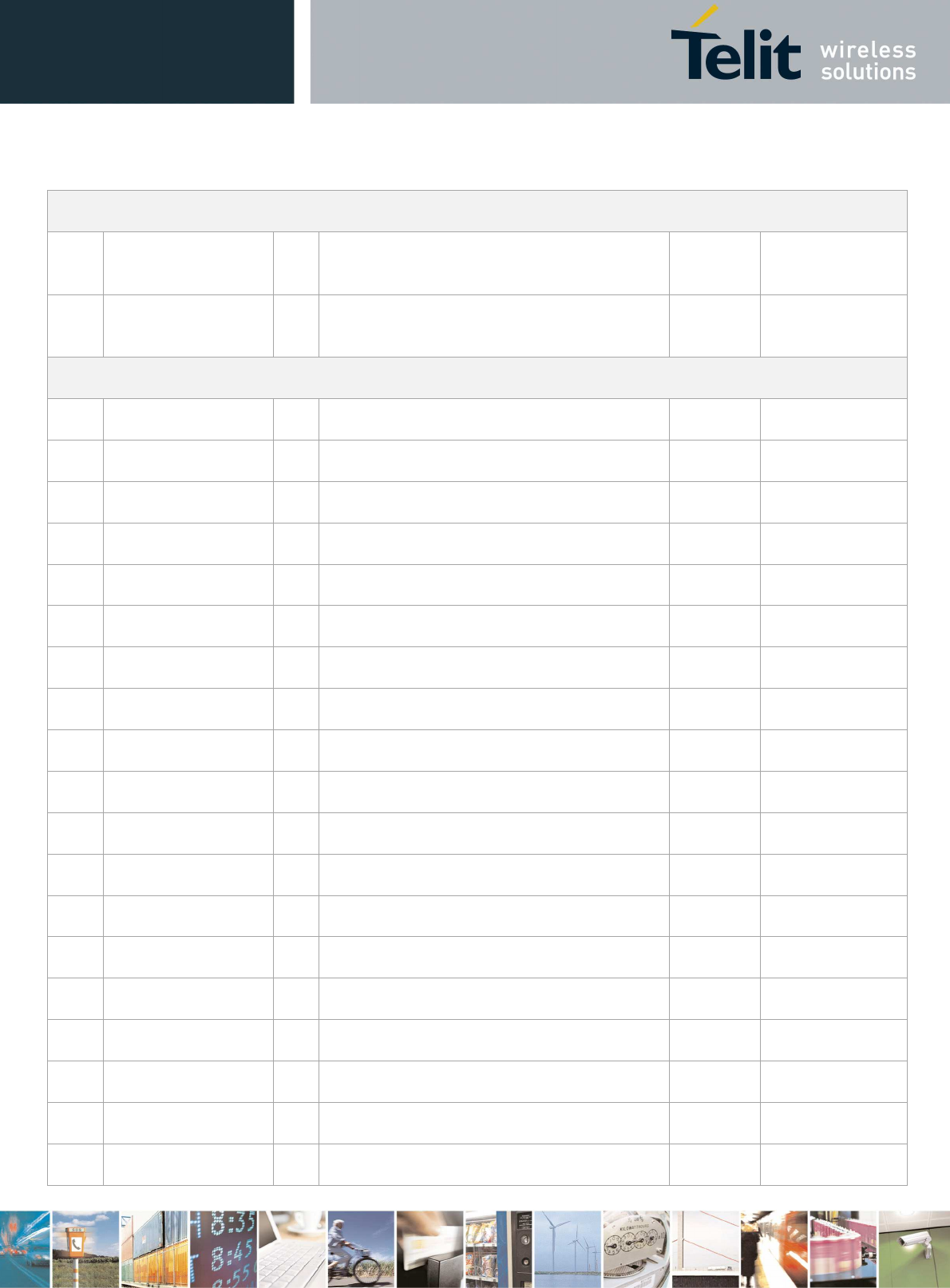
LE910Cx Hardware User Guide
1VV0301298 Rev. 1.04 - 2017-05-25
Reproduction forbidden without written authorization by Telit Communications S.p.A. - All Rights Reserved
Telit Confidential Information, provided under NDA Page
33 of 116
I2C Interface
B11 I2C_SCL I/O I2C clock 1.8V Internally PU
2.2kΩ to 1.8V
B10 I2C_SDA I/O I2C Data 1.8V Internally PU
2.2kΩ to 1.8V
Power Supply
M1 VBATT - Main Power Supply (Digital Section) Power
M2 VBATT - Main Power Supply (Digital Section) Power
N1 VBATT_PA - Main Power Supply (RF Section) Power
N2 VBATT_PA - Main Power Supply (RF Section) Power
P1 VBATT_PA - Main Power Supply (RF Section) Power
P2 VBATT_PA - Main Power Supply (RF Section) Power
A2 GND - Ground
B13 GND Ground
D4 GND - Ground
E1 GND - Ground
E2 GND - Ground
E14 GND - Ground
F2 GND - Ground
G1 GND - Ground
G2 GND - Ground
G7 GND - Ground
G8 GND - Ground
G9 GND - Ground
H1 GND - Ground
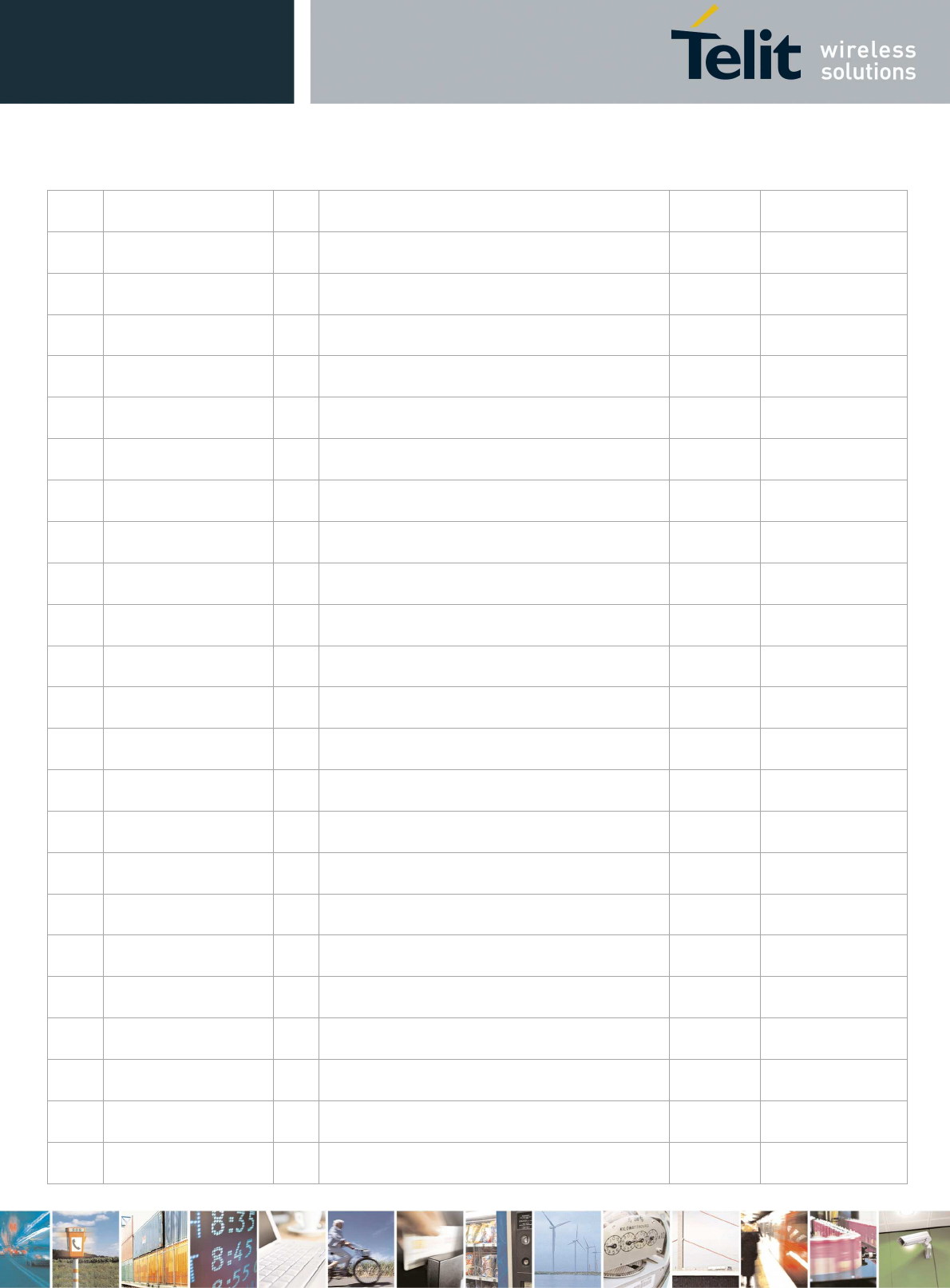
LE910Cx Hardware User Guide
1VV0301298 Rev. 1.04 - 2017-05-25
Reproduction forbidden without written authorization by Telit Communications S.p.A. - All Rights Reserved
Telit Confidential Information, provided under NDA Page
34 of 116
H2 GND - Ground
H7 GND - Ground
H8 GND - Ground
H9 GND - Ground
J1 GND - Ground
J2 GND - Ground
J7 GND - Ground
J8 GND - Ground
J9 GND - Ground
K2 GND - Ground
L1 GND - Ground
L2 GND - Ground
M3 GND - Ground
M4 GND - Ground
M12 GND - Ground
N3 GND - Ground
N4 GND - Ground
N5 GND - Ground
N6 GND - Ground
P3 GND - Ground
P4 GND - Ground
P5 GND - Ground
P6 GND - Ground
P8 GND - Ground
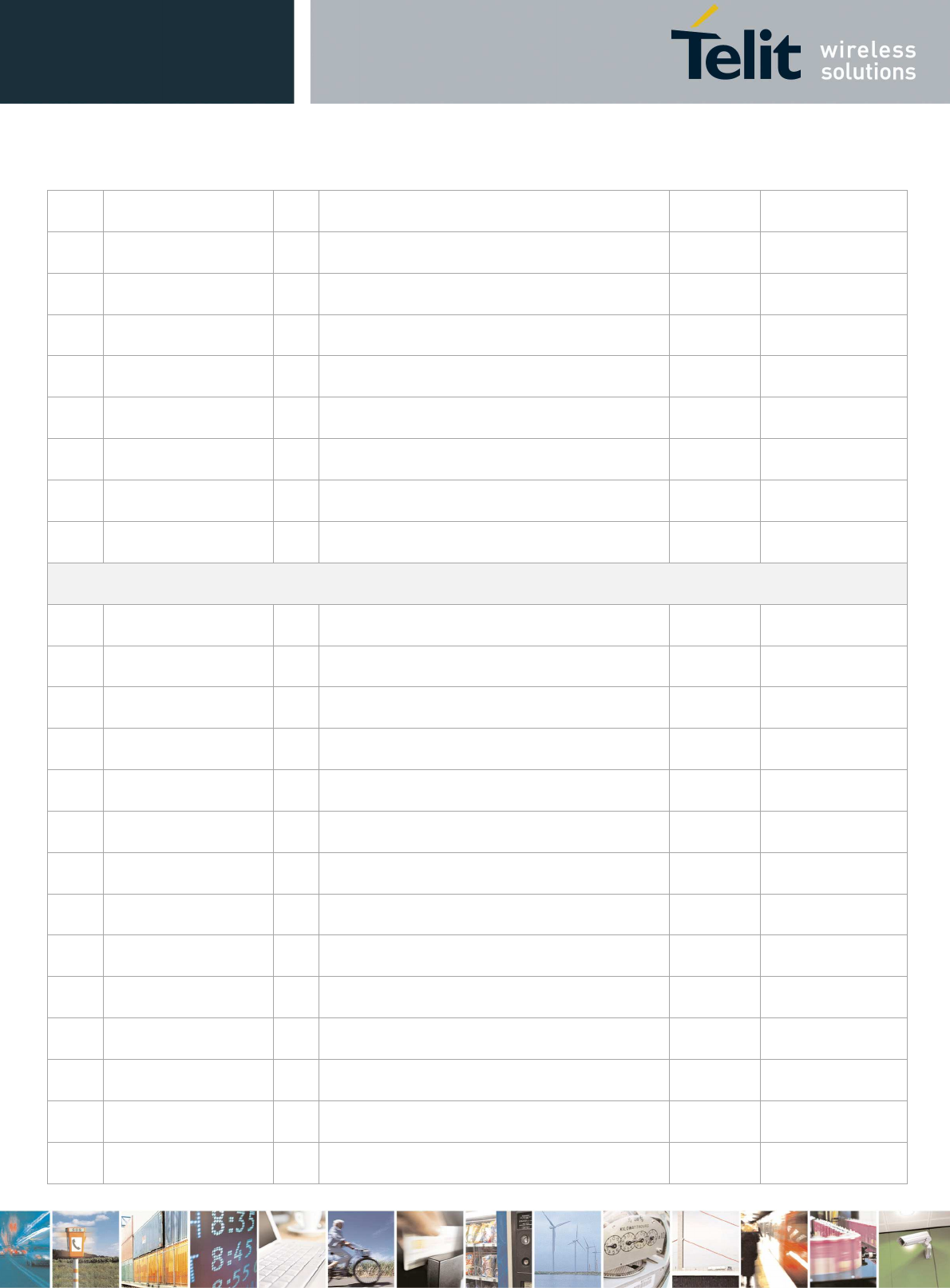
LE910Cx Hardware User Guide
1VV0301298 Rev. 1.04 - 2017-05-25
Reproduction forbidden without written authorization by Telit Communications S.p.A. - All Rights Reserved
Telit Confidential Information, provided under NDA Page
35 of 116
P9 GND - Ground
P10 GND - Ground
P13 GND - Ground
R2 GND - Ground
R3 GND - Ground
R5 GND - Ground
R6 GND - Ground
R8 GND - Ground
R10 GND - Ground
Reserved
A8 Reserved - Reserved
A9 Reserved - Reserved
A10 Reserved - Reserved
B2 Reserved - Reserved
B3 Reserved - Reserved
B4 Reserved - Reserved
B5 Reserved - Reserved
C3 Reserved - Reserved
C4 Reserved - Reserved
C5 Reserved - Reserved
C6 Reserved - Reserved
C7 Reserved - Reserved
C14 Reserved - Reserved
D3 Reserved - Reserved
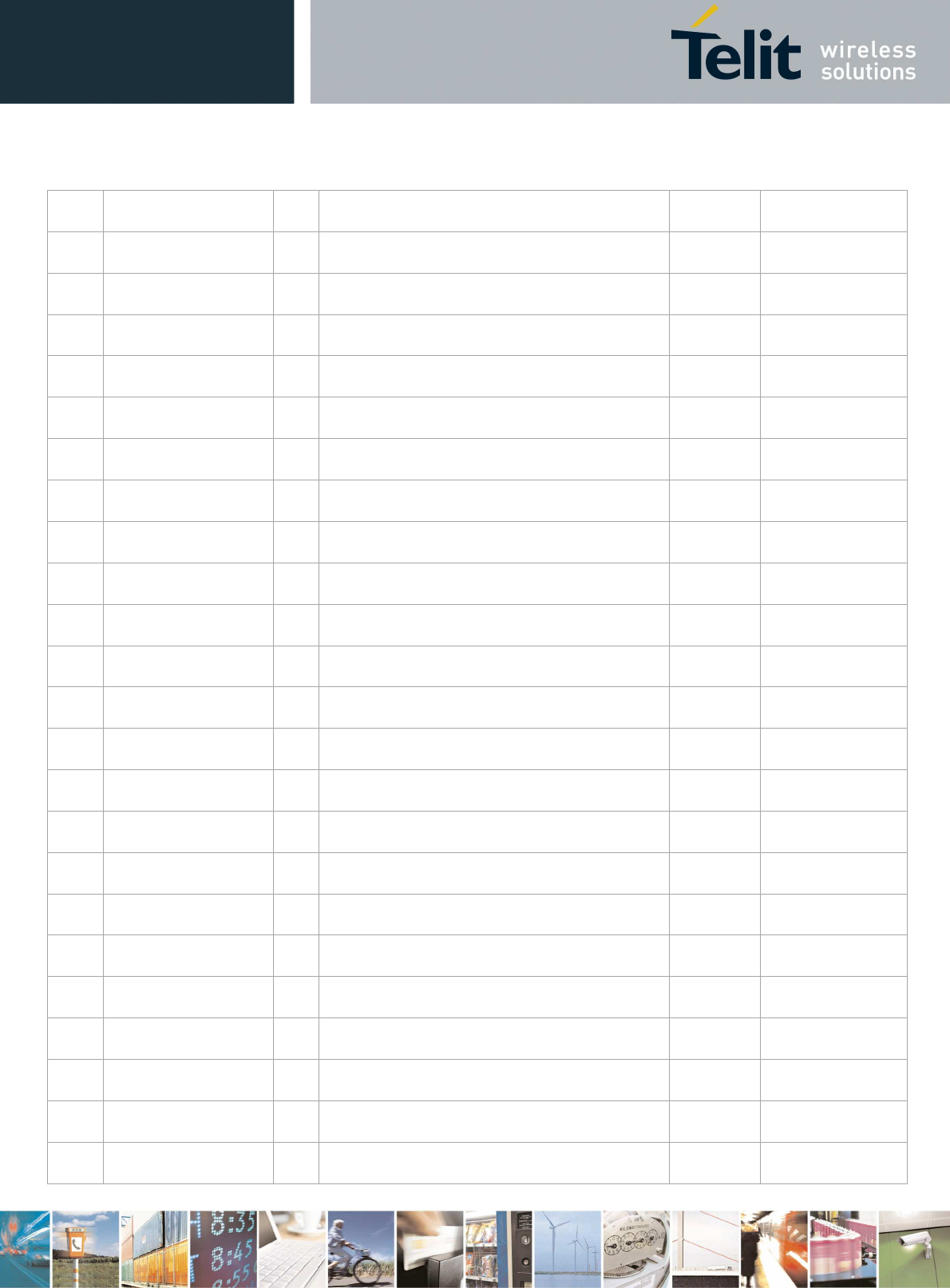
LE910Cx Hardware User Guide
1VV0301298 Rev. 1.04 - 2017-05-25
Reproduction forbidden without written authorization by Telit Communications S.p.A. - All Rights Reserved
Telit Confidential Information, provided under NDA Page
36 of 116
D8 Reserved - Reserved
D9 Reserved - Reserved
D10 Reserved - Reserved
D11 Reserved - Reserved
D12 Reserved - Reserved
D13 Reserved - Reserved
D14 Reserved - Reserved
E3 Reserved - Reserved
E13 Reserved - Reserved
F3 Reserved - Reserved
F14 Reserved - Reserved
G3 Reserved - Reserved
G14 Reserved - Reserved
H3 Reserved - Reserved
H15 Reserved - Reserved
J3 Reserved - Reserved
J4 Reserved - Reserved
J14 Reserved - Reserved
J15 Reserved - Reserved
K3 Reserved - Reserved
K4 Reserved - Reserved
K14 Reserved - Reserved
L3 Reserved - Reserved
L4 Reserved - Reserved
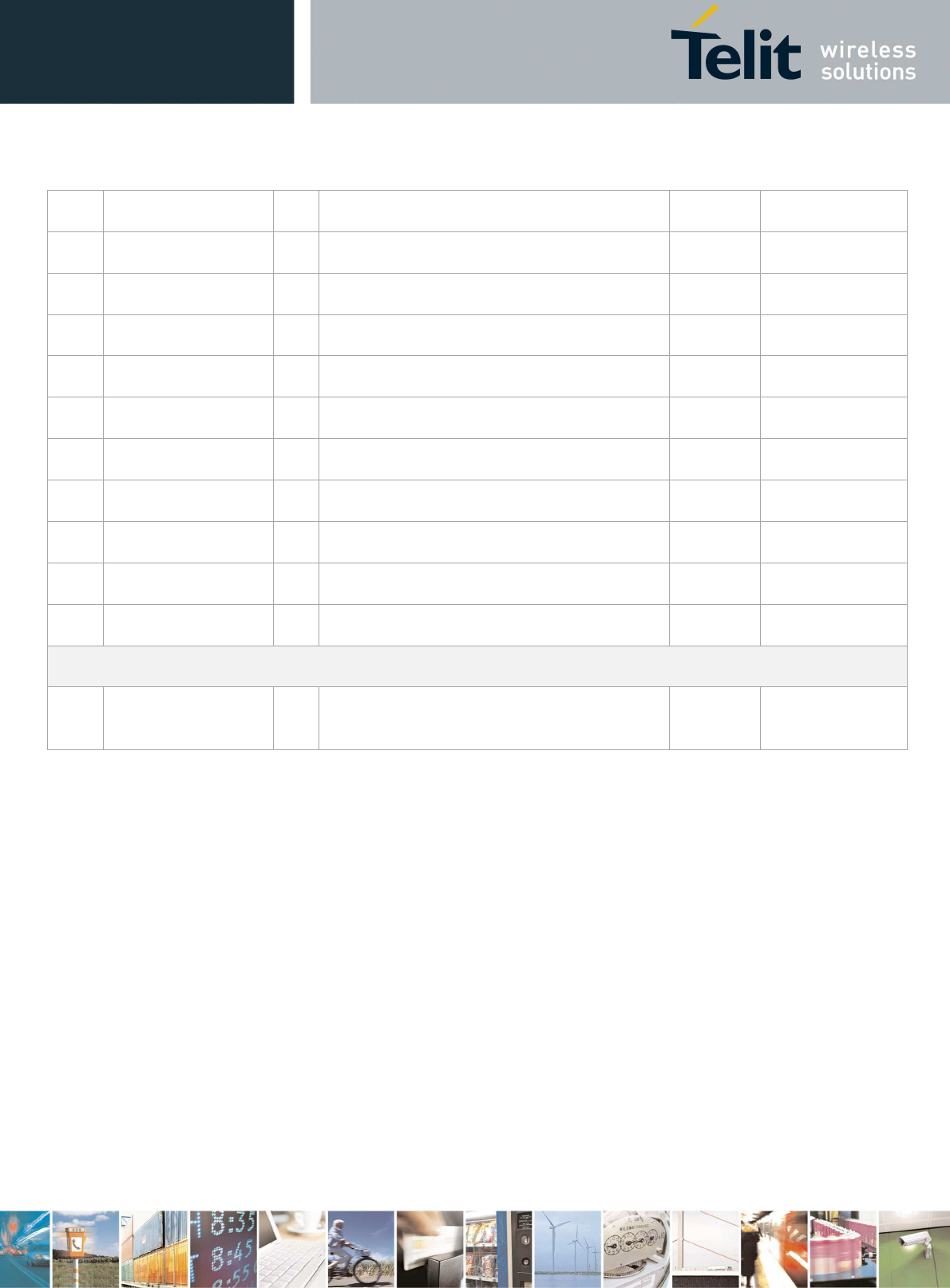
LE910Cx Hardware User Guide
1VV0301298 Rev. 1.04 - 2017-05-25
Reproduction forbidden without written authorization by Telit Communications S.p.A. - All Rights Reserved
Telit Confidential Information, provided under NDA Page
37 of 116
M5 Reserved - Reserved
M6 Reserved - Reserved
M7 Reserved - Reserved
N7 Reserved - Reserved
N8 Reserved - Reserved
N10 Reserved - Reserved
N11 Reserved - Reserved
N12 Reserved - Reserved
P7 Reserved - Reserved
P11 Reserved - Reserved
P12 Reserved - Reserved
Reserved for future use
R4 RFU - Reserved for future use. Not connected
internally
Can be tied to
GND
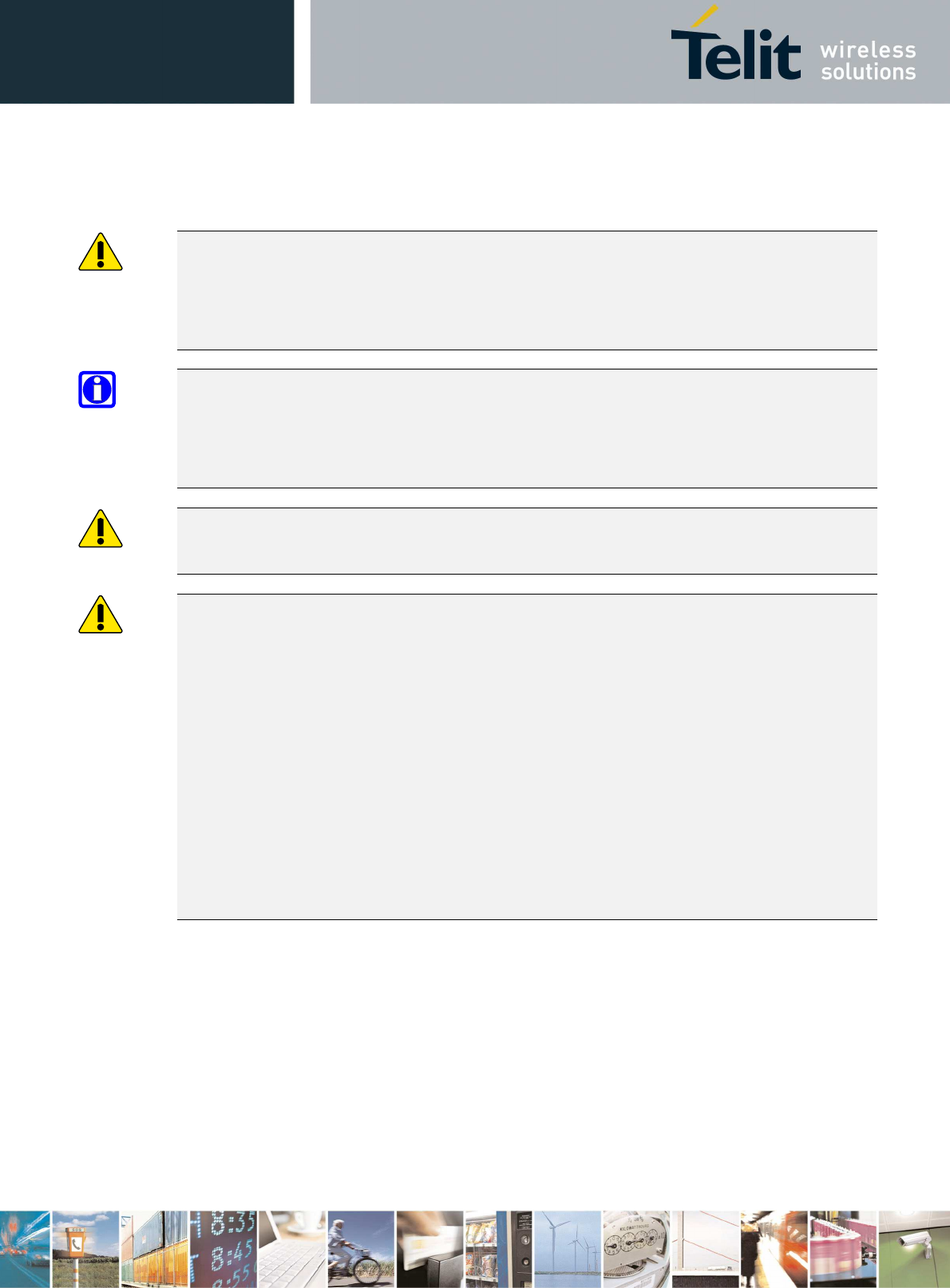
LE910Cx Hardware User Guide
1VV0301298 Rev. 1.04 - 2017-05-25
Reproduction forbidden without written authorization by Telit Communications S.p.A. - All Rights Reserved
Telit Confidential Information, provided under NDA Page
38 of 116
Caution:
GPIO_09 and WCI_RX are used as special HW flags during boot.
If they are used as GPIOs, they must be connected via a 3-state buffer to avoid any undesirable
effect during the boot.
NOTE:
When the UART signals are used as the communication port between the Host and the Modem,
RTS must be connected to GND (on the module side) if flow control is not used.
If the UART port is not used, UART signals can be left floating.
NOTE:
Unless otherwise specified, RESERVED pins must be left unconnected (Floating).
NOTE:
The following pins are unique for the LE910Cx and may not be supported on other (former or
future) xE910 family. Special care must be taken when designing the application board if future
compatibility is required
REF_CLK
SPI_CS
USB_ID
I2C_SCL
I2C_SDA
ADC_IN2
ADC_IN3
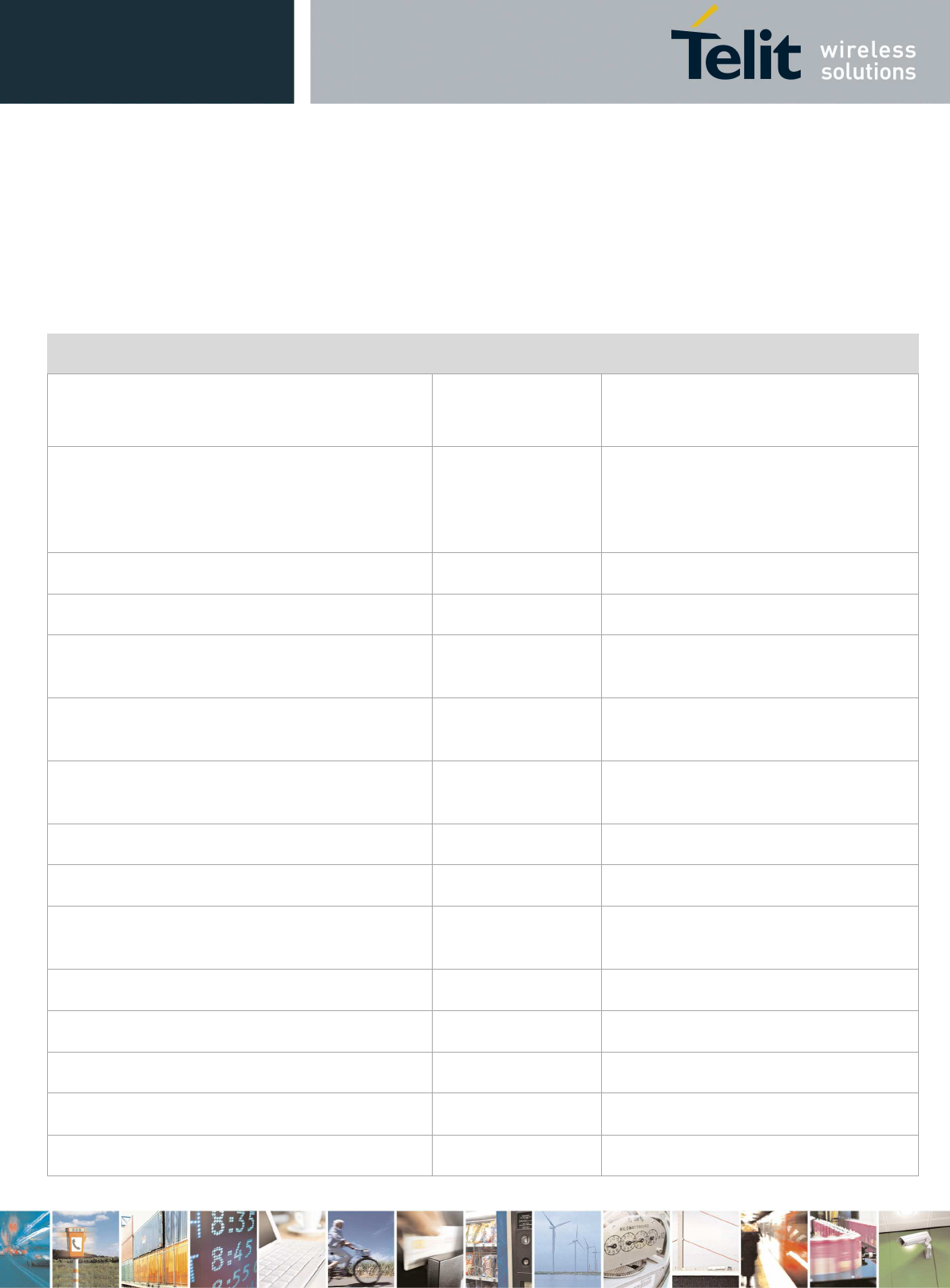
LE910Cx Hardware User Guide
1VV0301298 Rev. 1.04 - 2017-05-25
Reproduction forbidden without written authorization by Telit Communications S.p.A. - All Rights Reserved
Telit Confidential Information, provided under NDA Page
39 of 116
3.2. LE910Cx - Signals That Must Be Connected
Table 6 specifies the LE910Cx signals that must be connected even if not used by end application:
Table 6: Mandatory Signals
PAD Signal Notes
M1, M2, N1, N2, P1, P2 VBATT &
VBATT_PA
A2, B13, D4, E1, E2, E14, F2, G1, G2, G7, G8, G9,
H1, H2, H7, H8, H9, J1, J2, J7, J8, J9, K2, L1, L2, M3,
M4, M12, N3, N4, N5, N6, P3, P4, P5, P6, P8, P9,
P10, P13, R2, R3, R5, R6, R8, R10
GND
R12 ON/OFF Main power on off signal
R13 HW_SHUTDOWN_N Emergency power off
B15 USB_D+ If not used, connect to a Test Point or an
USB connector
C15 USB_D- If not used, connect to a Test Point or an
USB connector
A13 USB_VBUS If not used, connect to a Test Point or an
USB connector
N15 C103/TXD If not used, connect to a Test Point
M15 C104/RXD If not used, connect to a Test Point
L14 C105/RTS If flow control is not used, connect to
GND
P15 C106/CTS If not used, connect to a Test Point
D15 TX_AUX If not used, connect to a Test Point
E15 RX_AUX If not used, connect to a Test Point
K1 Antenna MAIN antenna
F1 ANT_DIV DIV antenna
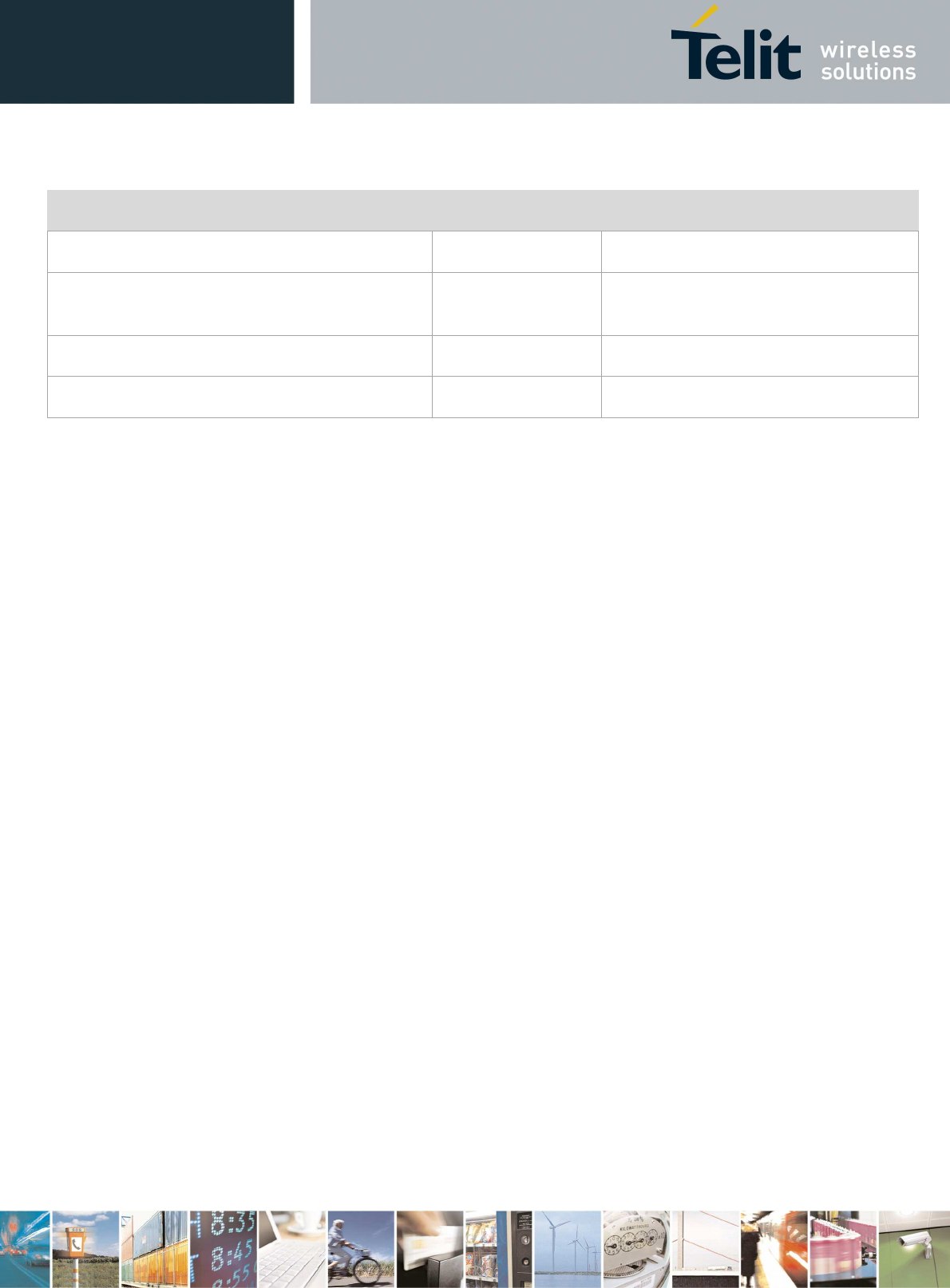
LE910Cx Hardware User Guide
1VV0301298 Rev. 1.04 - 2017-05-25
Reproduction forbidden without written authorization by Telit Communications S.p.A. - All Rights Reserved
Telit Confidential Information, provided under NDA Page
40 of 116
PAD Signal Notes
R9 ANT_GPS GPS antenna
C4, C5, C6, C7, D3, E3, G3, K4, L4, P11 Reserved Connect to a Test Point for Telit internal
use
L15 GPIO_09 If not used, connect to a Test Point
M9 WCI_RX If not used, connect to a Test Point
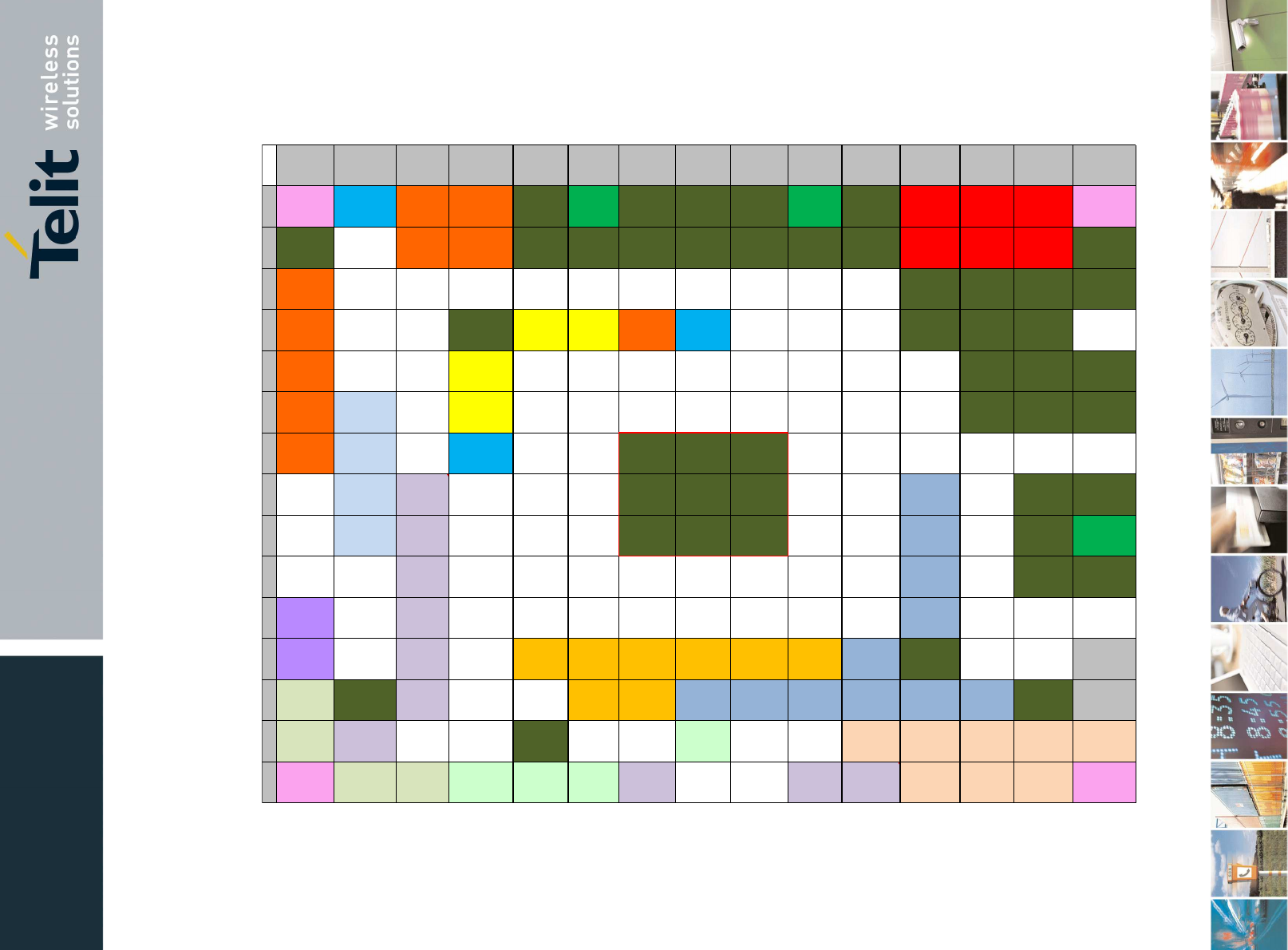
LE910Cx Hardware User Guide
1VV0301298 Rev. 1.04 - 2017-05-25
Reproduction forbidden without written authorization by Telit Communications S.p.A. - All Rights Reserved
Telit Confidential Information, provided under NDA Page
41 of 116
3.3. LGA Pads Layout
Figure 2: LGA Pads Layout
A B C D E F G H J K L M N P R
1 ADC_IN1 SIMCLK2 SIMRST2 GND ANT_DIV GND GND GND ANT_MAIN GND VBATT VBATT_PA VBATT_PA
2 GND RES SIMIO2 SIMVCC2 GND GND GND GND GND GND GND VBATT VBATT_PA VBATT_PA GND
3 SIMVCC RES RES RES RES RES RES RES RES RES RES GND GND GND GND
4 SIMIN RES RES GND SGMII_RX_P SGMII_RX_M SIMIN2 ADC_IN2 RES RES RES GND GND GND RFU
5 SIMIO RES RES SGMII_TX_P RES GND GND GND
6 SIMCLK DVI_RX RES SGMII_TX_M RES GND GND GND
7 SIMRST DVI_TX RES ADC_IN3 GND GND GND RES RES RES GPS_LNA_EN
8RES DVI_CLK GPIO_01 RES GND GND GND WCI_TXD_TGPIO24 RES GND GND
9RES DVI_WA0 GPIO_02 RES GND GND GND WCI_RXD_TGPIO25 GPS_SYNC GND ANT_GPS
10 RES I2C_SDA GPIO_03 RES RFCLK2_QCA RES GND GND
11 HSIC_STB I2C_SCL GPIO_04 RES WLAN_SLEEP_CLK RES RES VAUX/PWRMON
12 HSIC_DATA REF_CLK GPIO_06 RES MMC_DAT0 MMC_CLK MMC_DAT1 MMC_DAT3 MMC_CMD MMC_DAT2 WIFI_SDRST GND RES RES ON_OFF*
13 VUSB GND GPIO_07 RES RES VMMC MMC_CD WIFI_SD3 WIFI_SD0 WIFI_SD2 WIFI_SDCLK WIFI_SD1 WIFI_SDCMD GND HW_SHUTDOWN*
14 USB_ID GPIO_05 RES RES GND RES RES SPI_CS / GPIO_11 RES RES C105/RTS C108/DTR C109/DCD C107/DSR C125/RING
15 USB_D+ USB_D- SPI_MOSI
/ TX_AUX
SPI_MISO
/RX_AUX SPI_CLK GPIO_10 RES RES GPIO_8 GPIO_9 C104/RXD C103/TXD C106/CTS
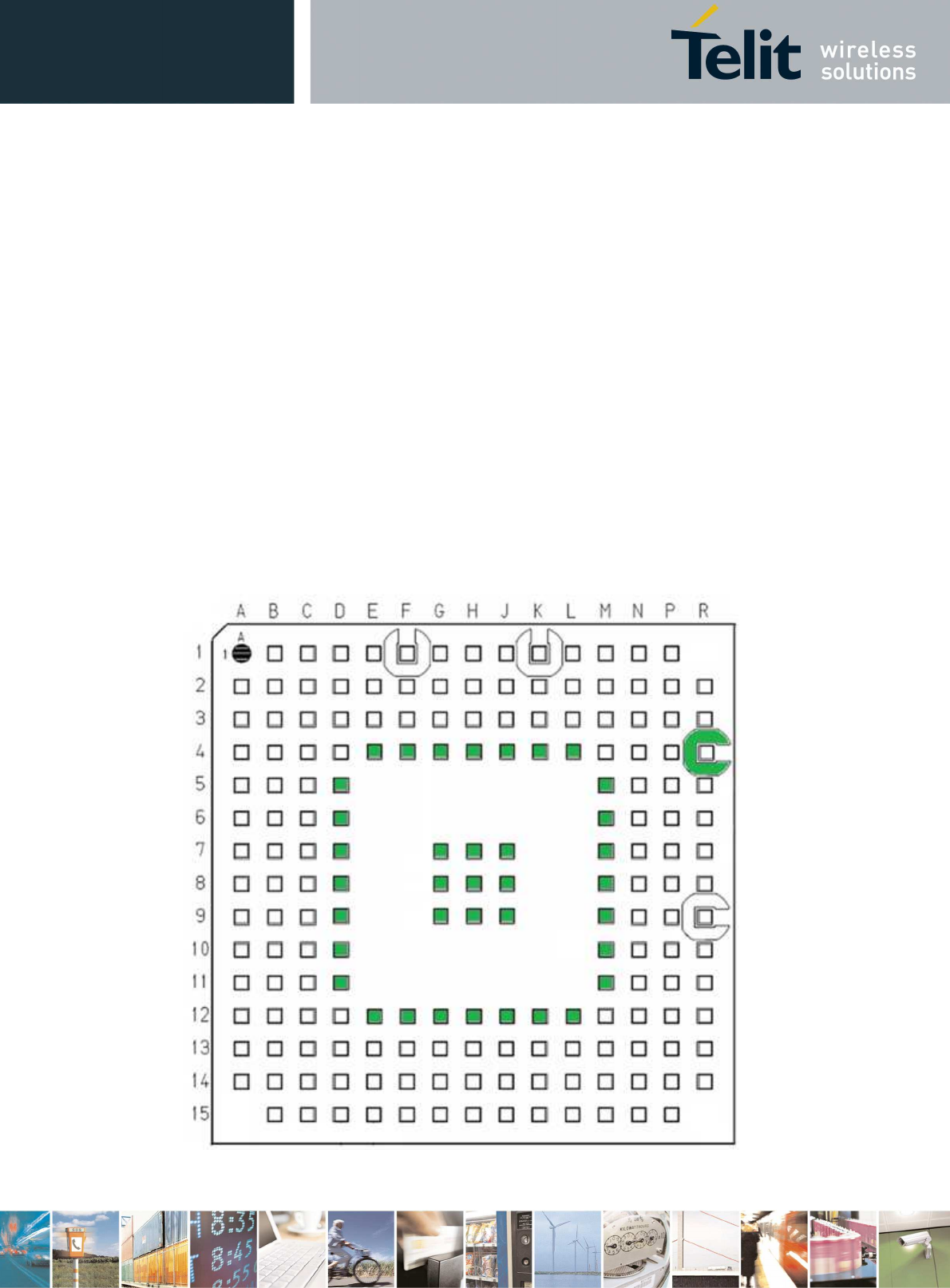
LE910Cx Hardware User Guide
1VV0301298 Rev. 1.04 - 2017-05-25
Reproduction forbidden without written authorization by Telit Communications S.p.A. - All Rights Reserved
Telit Confidential Information, provided under NDA Page
42 of 116
3.4. Backward Compatibility to xE910 Family
The LE910Cx is a new series in the xE910 form factor
The LE910Cx is fully backward compatible to the previous xE910 in terms of:
• Mechanical dimensions
• Package and pin-map
To support the extra features and additional interfaces, the LE910Cx introduces more pins
compared to the xE910.
The extra pins of the LE910Cx can be considered as optional if not needed and can be left
unconnected (floating) if not used.
In this case, the new LE910Cx can be safely mounted on existing carrier boards designed for the
previous xE910.
The additional pins of the LE910Cx are shown in Figure 3 (marked as Green)
Figure 3: LE910Cx vs. LE910 Pin-out Comparison (top view)
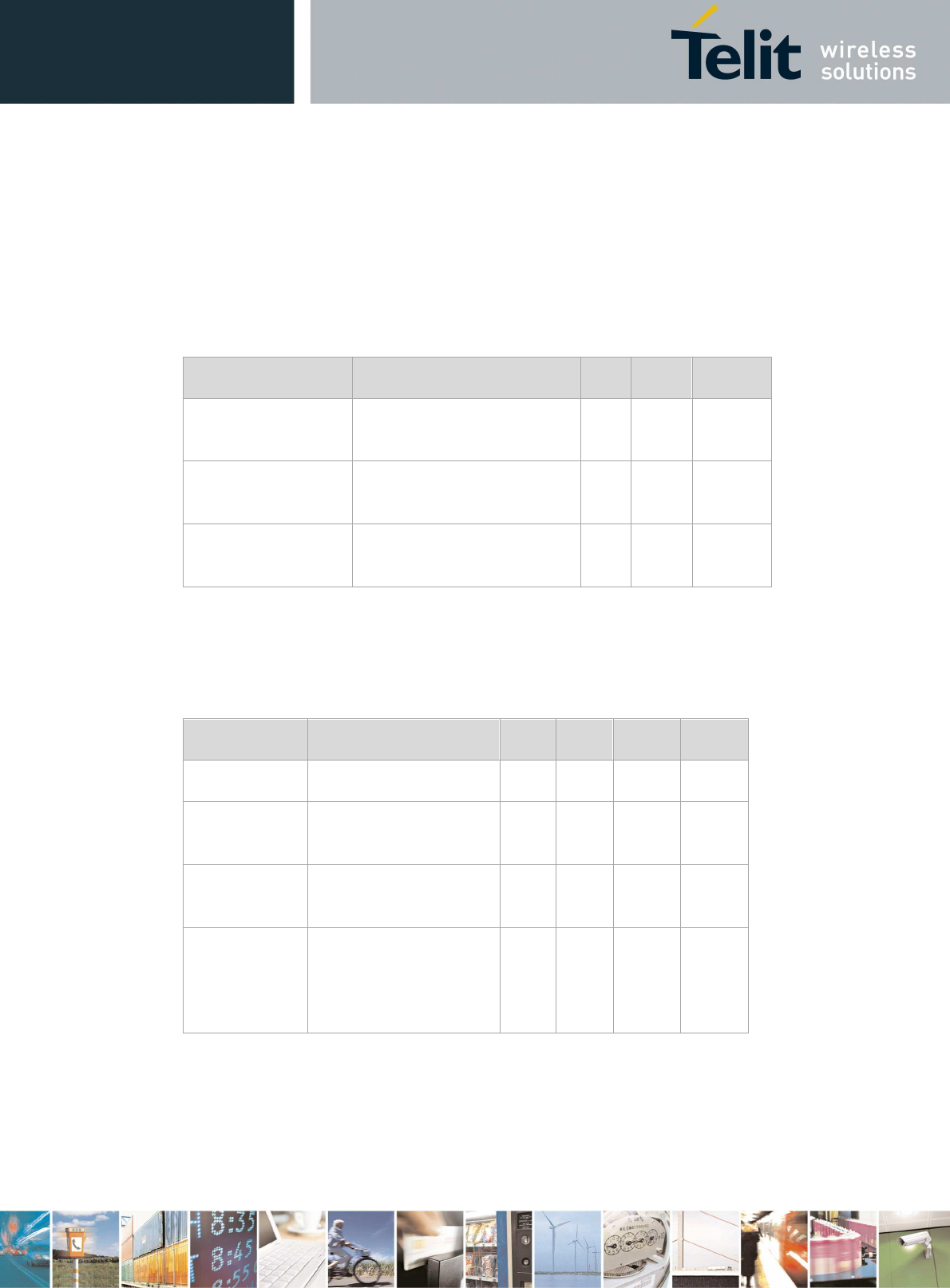
LE910Cx Hardware User Guide
1VV0301298 Rev. 1.04 - 2017-05-25
Reproduction forbidden without written authorization by Telit Communications S.p.A. - All Rights Reserved
Telit Confidential Information, provided under NDA Page
43 of 116
4. Electrical Specifications
4.1. Absolute Maximum Ratings – Not Operational
A deviation from the value ranges listed below may harm the LE910Cx module.
Table 7: Absolute Maximum Ratings – Not Operational
Symbol Parameter Min Max Unit
VBATT Battery supply voltage on pin
VBATT
-0.5 +6.0 [V]
VBATT TRANSIENT Transient voltage on pin
VBATT (< 10 ms)
-0.5 +7.0 [V]
VBATT_PA Battery supply voltage on pin
VBATT_PA
-0.3 +6.0 [V]
4.2. Recommended Operating Conditions
Table 8: Recommended Operating Conditions
Symbol Parameter Min Typ Max Unit
T
amb
Ambient temperature -40 +25 +85 [°C]
VBATT Battery supply voltage
on pin VBATT
3.4 3.8 4.2 [V]
VBATT_PA Battery supply voltage
on pin VBATT_PA
3.4 3.8 4.2 [V]
I
BATT_PA +
I
BATT
Peak current to be used
to dimension
decoupling capacitors
on pin VBATT_PA
- 80 2000 [mA]
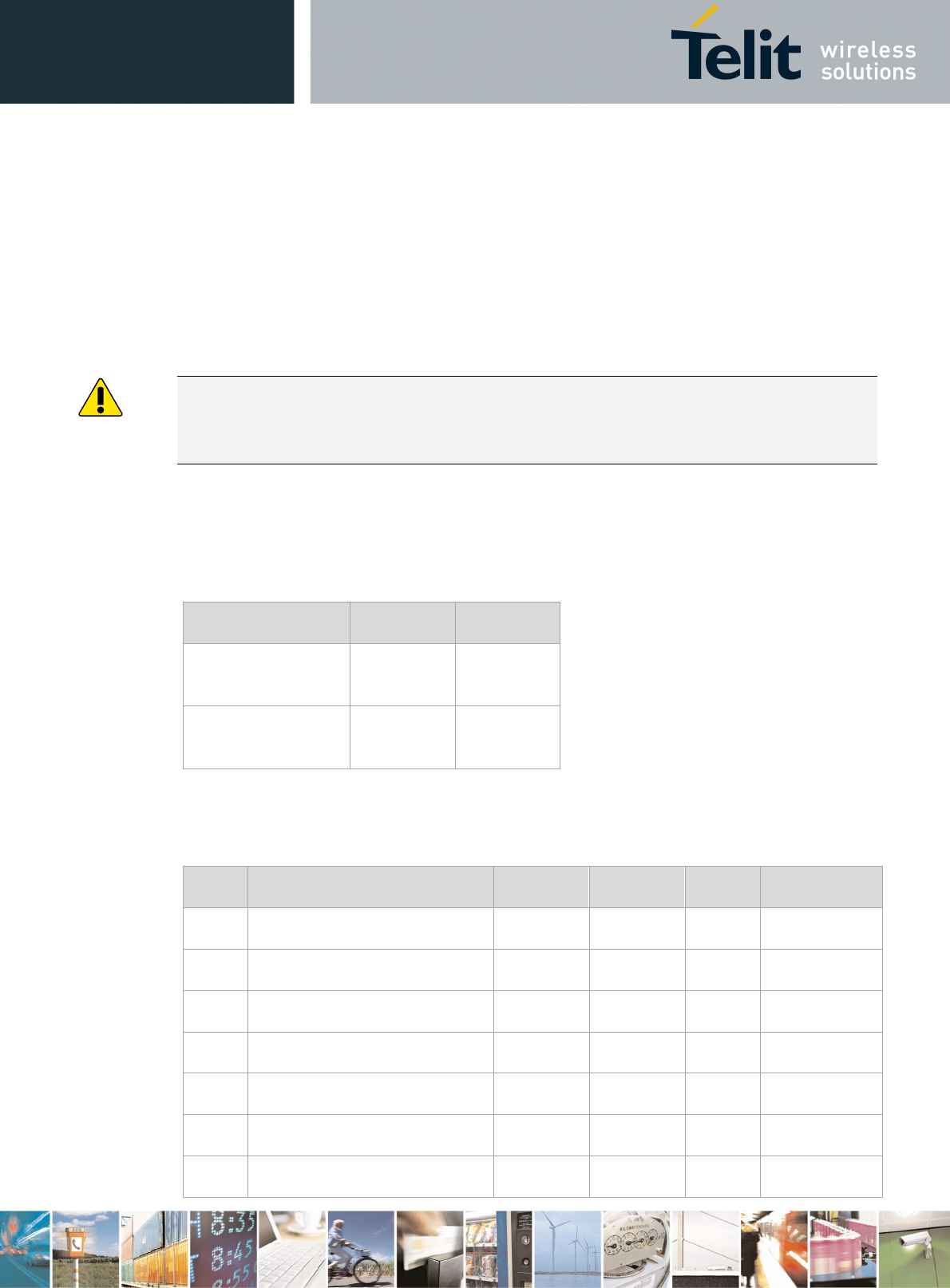
LE910Cx Hardware User Guide
1VV0301298 Rev. 1.04 - 2017-05-25
Reproduction forbidden without written authorization by Telit Communications S.p.A. - All Rights Reserved
Telit Confidential Information, provided under NDA Page
44 of 116
4.3. Logic Level Specifications
Unless otherwise specified, all the interface circuits of the LE910Cx are 1.8V CMOS logic.
Only few specific interfaces (such as USIM and SD Card) are capable of dual voltage I/O.
The following tables show the logic level specifications used in the LE910Cx interface circuits. The
data specified in the tables below is valid throughout all drive strengths and the entire temperature
ranges.
NOTE:
Do not connect LE910Cx’s digital logic signal directly to OEM’s digital logic signal with a level
higher than 2.7V for 1.8V CMOS signals.
4.3.1. 1.8V Pads - Absolute Maximum Ratings
Table 9: Absolute Maximum Ratings - Not Functional
Parameter Min Max
Input level on any
digital pin when on
-0.3V +2.16V
Input voltage on
analog pins when on
-0.3V +2.16 V
4.3.2. 1.8V Standard GPIOs
Table 10: Operating Range – Interface Levels (1.8V CMOS)
Pad Parameter Min Max Unit Comment
V
IH
Input high level 1.25V -- [V]
V
IL
Input low level -- 0.6V [V]
V
OH
Output high level 1.4V -- [V]
V
OL
Output low level -- 0.45V [V]
I
IL
Low-level input leakage current -1 -- [uA] No pull-up
I
IH
High-level input leakage current -- +1 [uA] No pull-down
R
PU
Pull-up resistance 30 390 [kΩ]
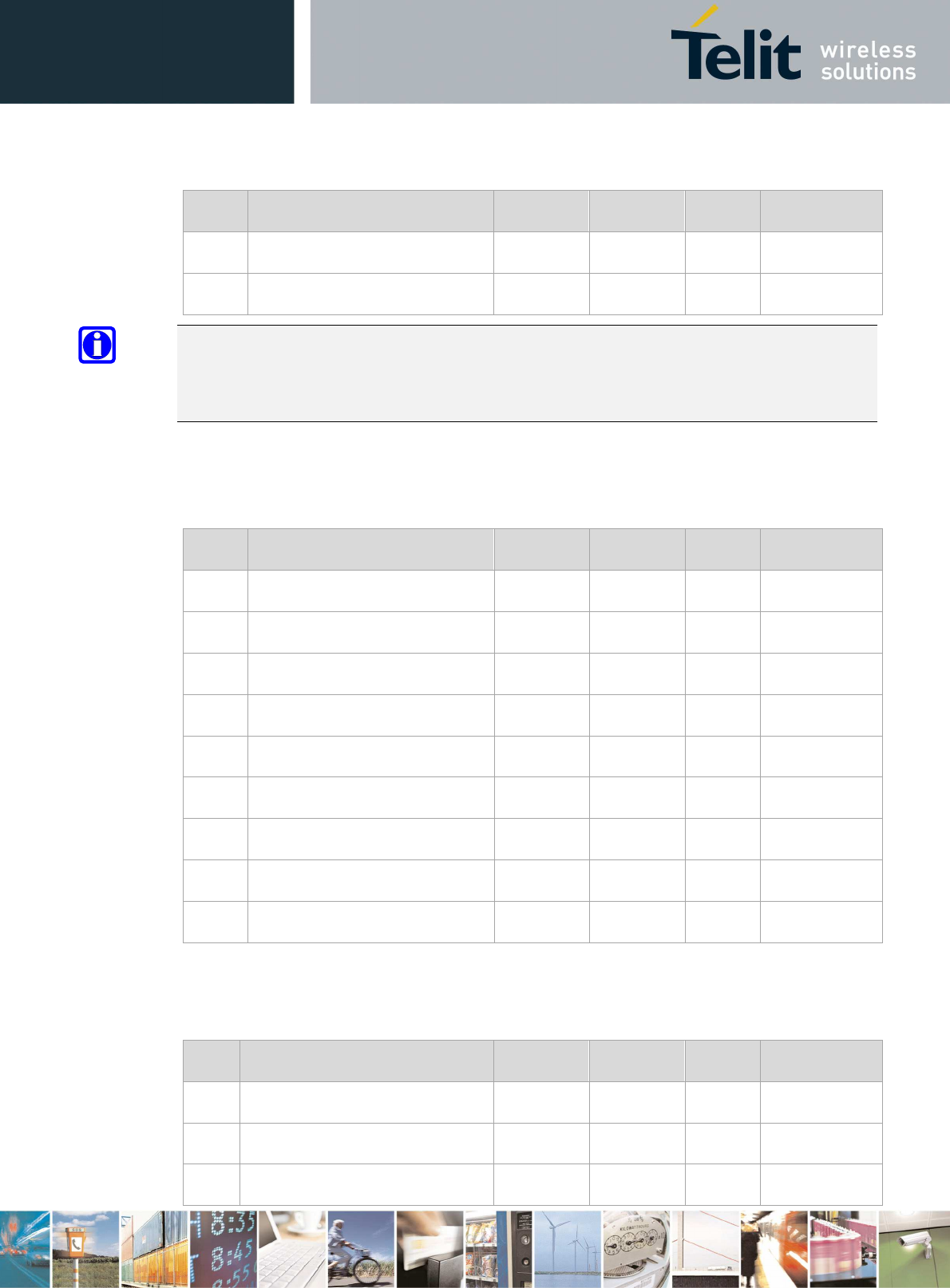
LE910Cx Hardware User Guide
1VV0301298 Rev. 1.04 - 2017-05-25
Reproduction forbidden without written authorization by Telit Communications S.p.A. - All Rights Reserved
Telit Confidential Information, provided under NDA Page
45 of 116
Pad Parameter Min Max Unit Comment
R
PD
Pull-down resistance 30 390 [kΩ]
C
i
Input capacitance -- 5 [pF]
NOTE:
Pull-Up and Pull-Down resistance of GPIO3, GPIO7 and GPIO8 is different than above mentioned
GPIO3 pull resistance is specified as 10KΩ to 50KΩ
4.3.3. 1.8V SD Card Pads
Table 11: Operating Range – SD Card Pads Working at 1.8V
Pad Parameter Min Max Unit Comment
V
IH
Input high level 1.27V 2V [V]
V
IL
Input low level -0.3V 0.58V [V]
V
OH
Output high level 1.4V -- [V]
V
OL
Output low level 0 0.45V [V]
I
IL
Low-level input leakage current -2 - [uA] No pull-up
I
IH
High-level input leakage current - 2 [uA] No pull-down
R
PU
Pull-up resistance 10 100 [kΩ]
R
PD
Pull-down resistance 10 100 [kΩ]
C
i
Input capacitance 5 [pF]
4.3.4. 1.8V SIM Card Pads
Table 12: Operating Range – SIM Pads Working at 1.8V
Pad Parameter Min Max Unit Comment
V
IH
Input high level 1.35V 2V [V]
V
IL
Input low level -0.3V 0.43V [V]
V
OH
Output high level 1.35V 1.875V [V]
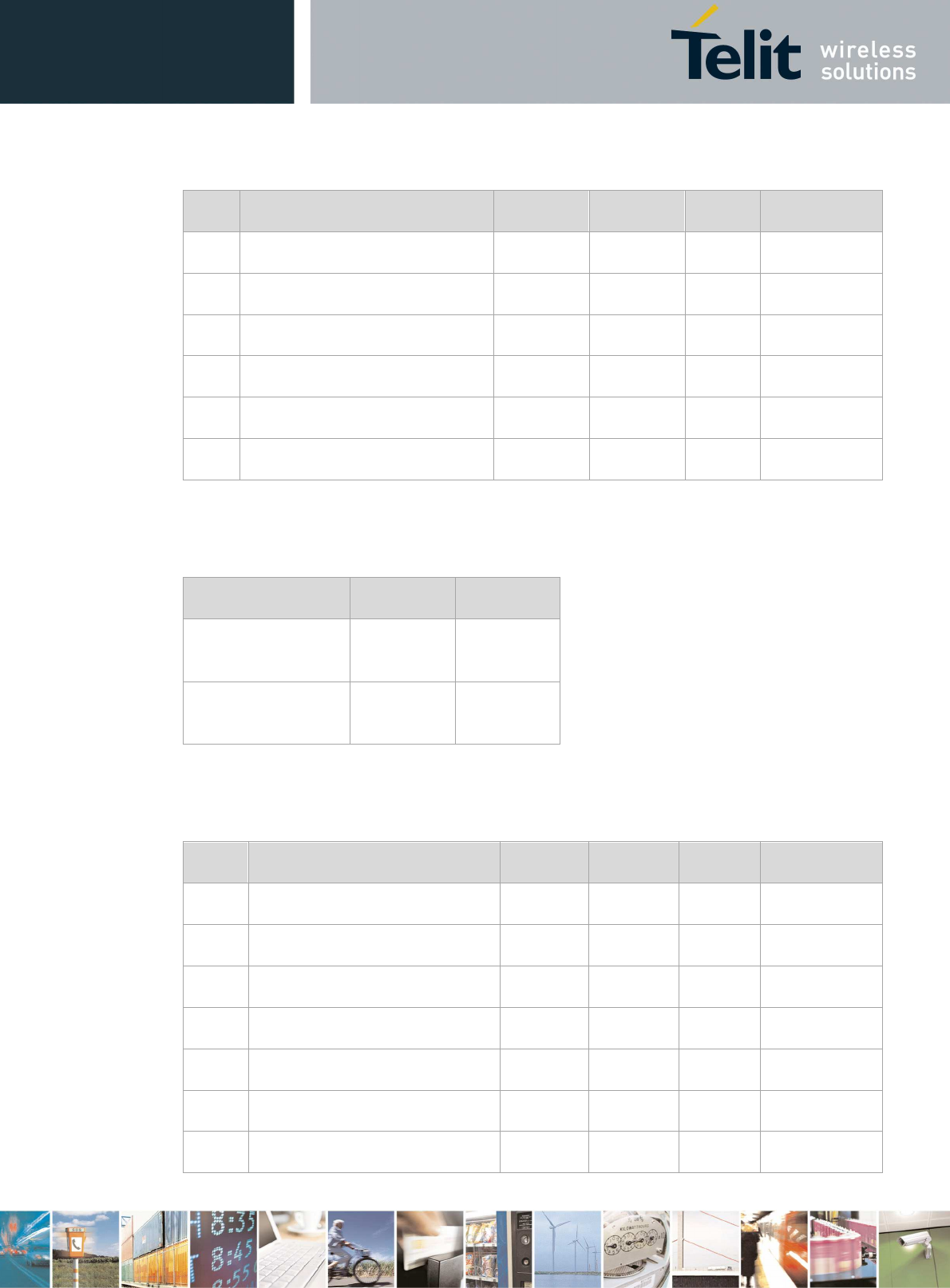
LE910Cx Hardware User Guide
1VV0301298 Rev. 1.04 - 2017-05-25
Reproduction forbidden without written authorization by Telit Communications S.p.A. - All Rights Reserved
Telit Confidential Information, provided under NDA Page
46 of 116
Pad Parameter Min Max Unit Comment
V
OL
Output low level 0V 0.4V [V]
I
IL
Low-level input leakage current -2 - [uA] No pull-up
I
IH
High-level input leakage current - 2 [uA] No pull-down
R
PU
Pull-up resistance 10 100 [kΩ]
R
PD
Pull-down resistance 10 100 [kΩ]
C
i
Input capacitance 5 [pF]
4.3.5. Dual Voltage Pads - Absolute Maximum Ratings
Table 13: Absolute Maximum Ratings - Not Functional
Parameter Min Max
Input level on any
digital pin when on
-0.3V +3.6V
Input voltage on
analog pins when on
-0.3V +3.6 V
4.3.6. SD Card Pads @ 2.95V
Table 14: Operating Range – For SD Card Pads Operating at 2.95V
Pad Parameter Min Max Unit Comments
V
IH
Input high level 1.9V 3.1V [V]
V
IL
Input low level -0.3V 0.7V [V]
V
OH
Output high level 2.1V 3.05V [V]
V
OL
Output low level 0V 0.4V [V]
I
IL
Low-level input leakage current -10 [uA] No pull-up
I
IH
High-level input leakage current 10 [uA] No pull-down
R
PU
Pull-up resistance 10 100 [kΩ]
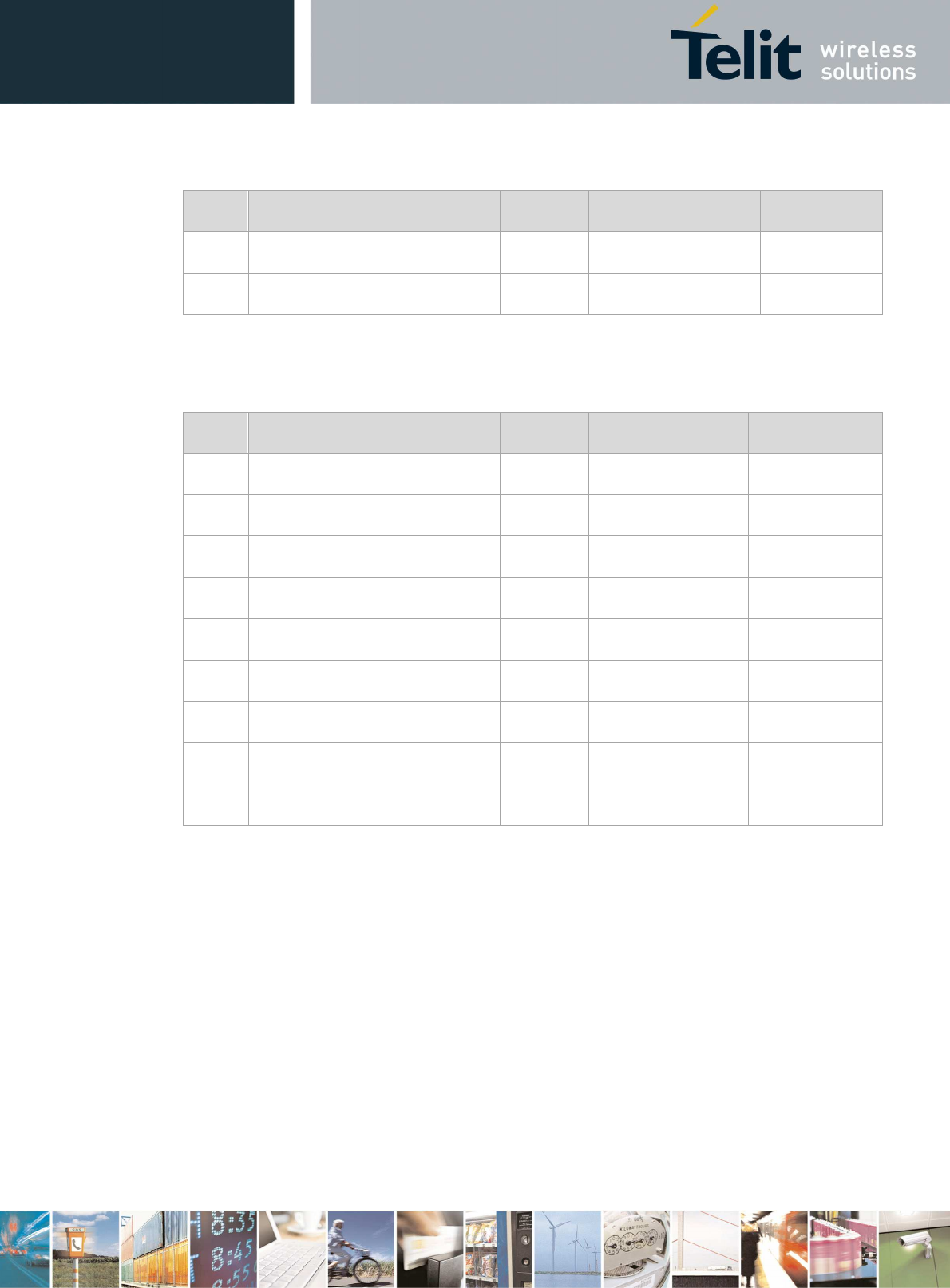
LE910Cx Hardware User Guide
1VV0301298 Rev. 1.04 - 2017-05-25
Reproduction forbidden without written authorization by Telit Communications S.p.A. - All Rights Reserved
Telit Confidential Information, provided under NDA Page
47 of 116
Pad Parameter Min Max Unit Comments
R
PD
Pull-down resistance 10 100 [kΩ]
C
i
Input capacitance 5 [pF]
4.3.7. SIM Card Pads @2.95V
Table 15: Operating Range – For SIM Pads Operating at 2.95V
Pad Parameter Min Max Unit Comment
V
IH
Input high level 2.1V 3.1V [V]
V
IL
Input low level -0.3V 0.55V [V]
V
OH
Output high level 2.25V 3.1V [V]
V
OL
Output low level 0V 0.4V [V]
I
IL
Low-level input leakage current -10 [uA] No pull-up
I
IH
High-level input leakage current 10 [uA] No pull-down
R
PU
Pull-up resistance 10 100 [kΩ]
R
PD
Pull-down resistance 10 100 [kΩ]
C
i
Input capacitance 5 [pF]
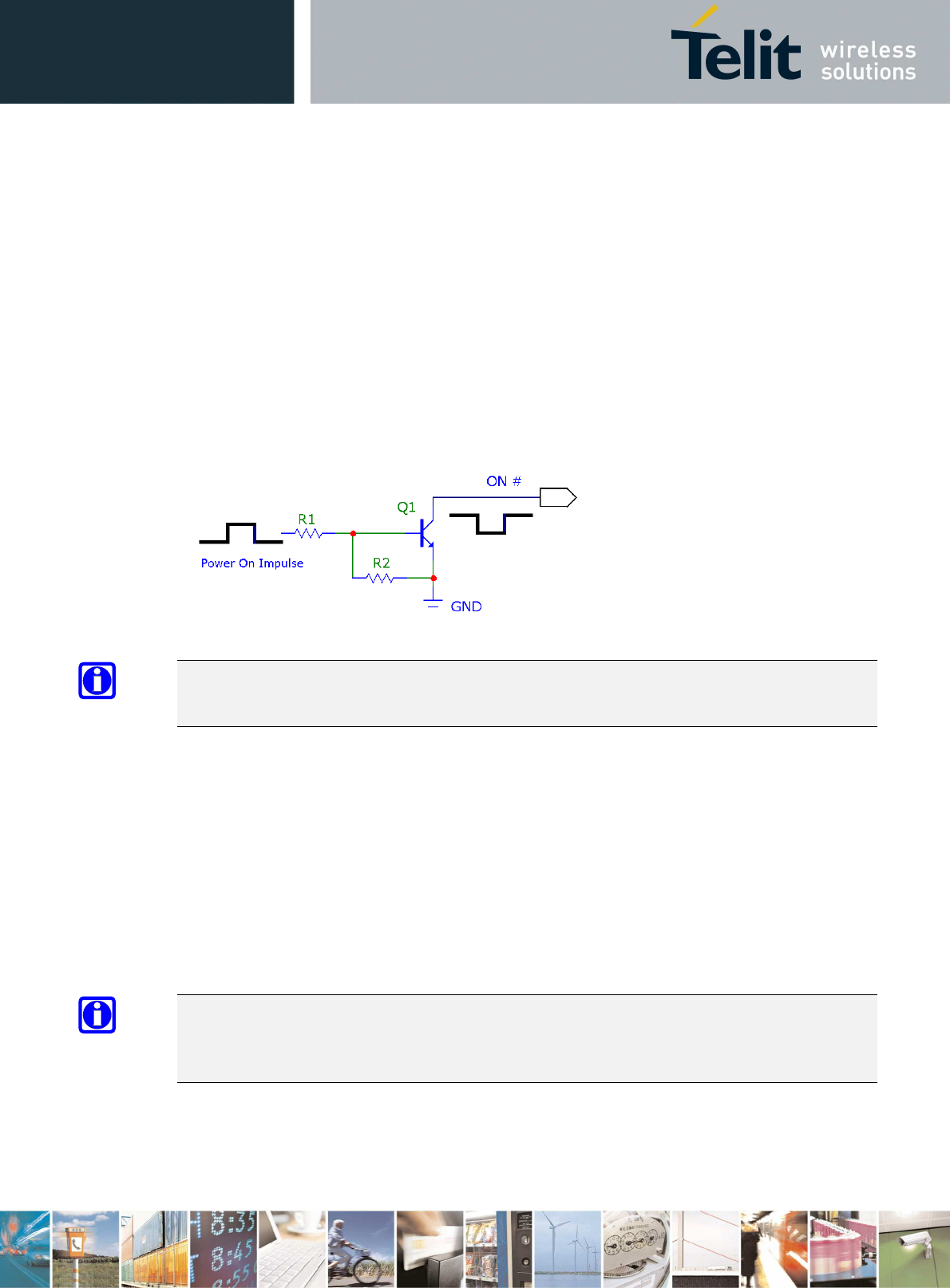
LE910Cx Hardware User Guide
1VV0301298 Rev. 1.04 - 2017-05-25
Reproduction forbidden without written authorization by Telit Communications S.p.A. - All Rights Reserved
Telit Confidential Information, provided under NDA Page
48 of 116
5. Hardware Commands
5.1. Turning on the LE910Cx Module
To turn on the LE910Cx module, the ON/OFF# pad must be asserted low for at least 1 second and
then released.
The maximum current that can be drained from the ON/OFF # pad is 0.1 mA. This pin is internally
pulled up; customers should expect to see ~ 800 mV on the output.
Figure 4 illustrates a simple circuit to power on the module using an inverted buffer output.
Figure 4: Power-on Circuit
NOTE:
Recommended values R2 = 47kΩ, R1 = 10kΩ.
5.2. Initialization and Activation State
After turning on the LE910Cx module, the LE910Cx is not yet activated because the SW initialization
process of the LE910Cx module is still in process internally. It takes some time to fully complete the
HW and SW initialization of the module.
For this reason, it is impossible to access LE910Cx during the Initialization state.
As shown in Figure 5, the LE910Cx becomes operational (in the Activation state) at least 20 seconds
after the assertion of ON_OFF.
NOTE:
During the Initialization state, AT commands are not available. The DTE host must wait for the
Activation state prior to communicating with the LE910Cx.
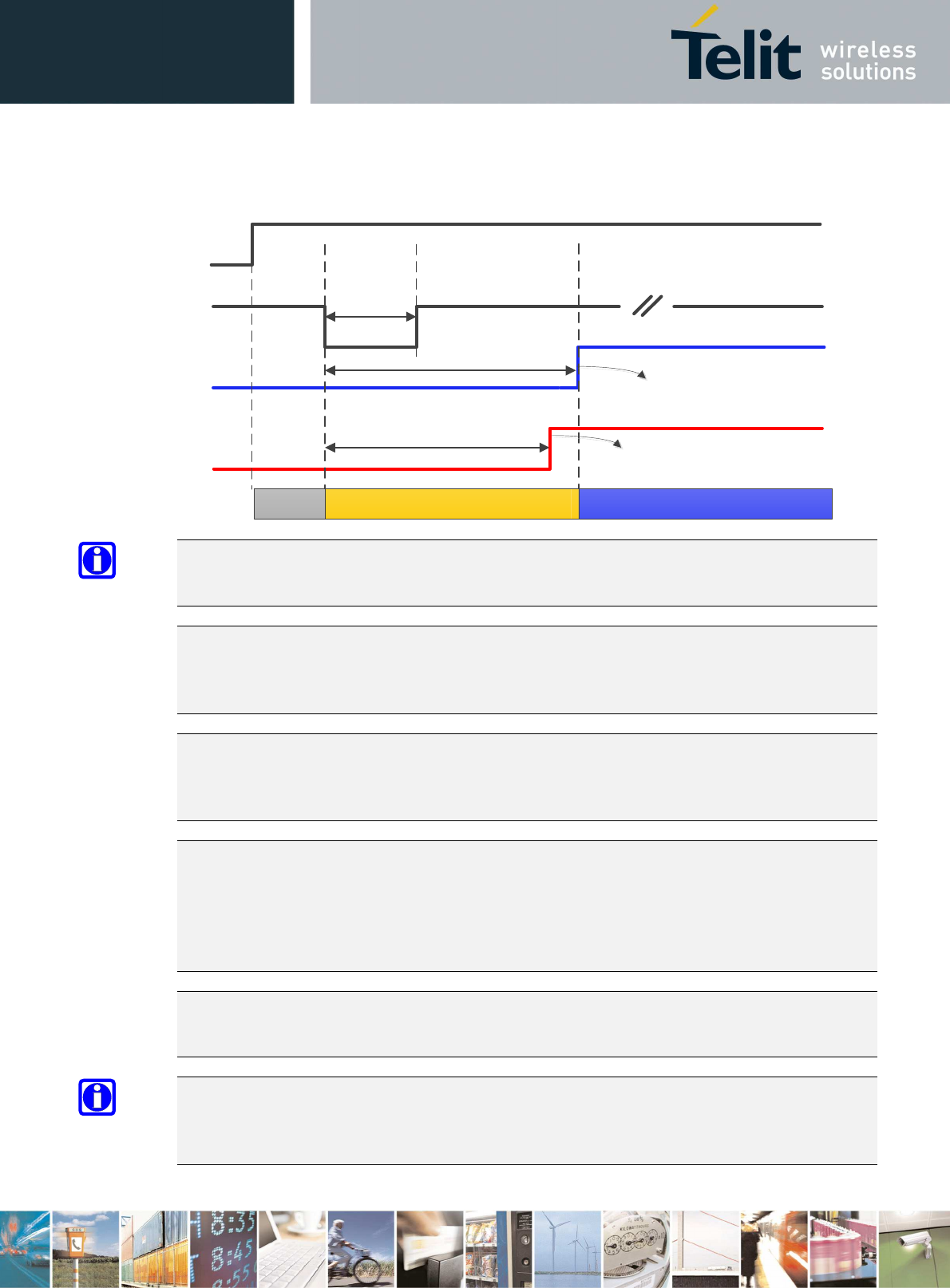
LE910Cx Hardware User Guide
1VV0301298 Rev. 1.04 - 2017-05-25
Reproduction forbidden without written authorization by Telit Communications S.p.A. - All Rights Reserved
Telit Confidential Information, provided under NDA Page
49 of 116
Figure 5: LE910Cx Initialization and Activation
NOTE:
SW_RDY signal is available on GPIO_08 (by default GPIO_08 functions as SW_RDY)
NOTE:
To check if the LE910Cx has completely powered on, monitor the SW_RDY signal. When SW_RDY
goes high, the module has completely powered on and is ready to accept AT commands.
NOTE:
During SW initialization of the LE910Cx, the SW configures all pads and interfaces to their desired
mode. When PWRMON goes high, this indicates that the initialization of all I/O pads is completed.
NOTE:
Do not use any pull-up resistor on the ON/OFF# line as it is internally pulled up. Using a pull-up
resistor may cause latch-up problems on the LE910Cx power regulator and improper powering
on/off of the module. The ON/OFF# line must be connected only in an open-collector
configuration.
NOTE:
Active low signals are labeled with a name that ends with "#" or with “_N”
NOTE:
To avoid a back-powering effect, it is recommended to avoid having any HIGH logic level signal
applied to the digital pins of the module when it is powered OFF or during an ON/OFF transition.
1 Sec < T_Hold < 2 Sec
VBATT
ON_OFF
SW_RDY
T_RDY < 20 Sec
V_AUX
PWRMON
18 Sec < T_PWRMON < 20 Sec
OFF State Initialization State Active State
OK to Send AT
commands
All interfaces and pins
configured
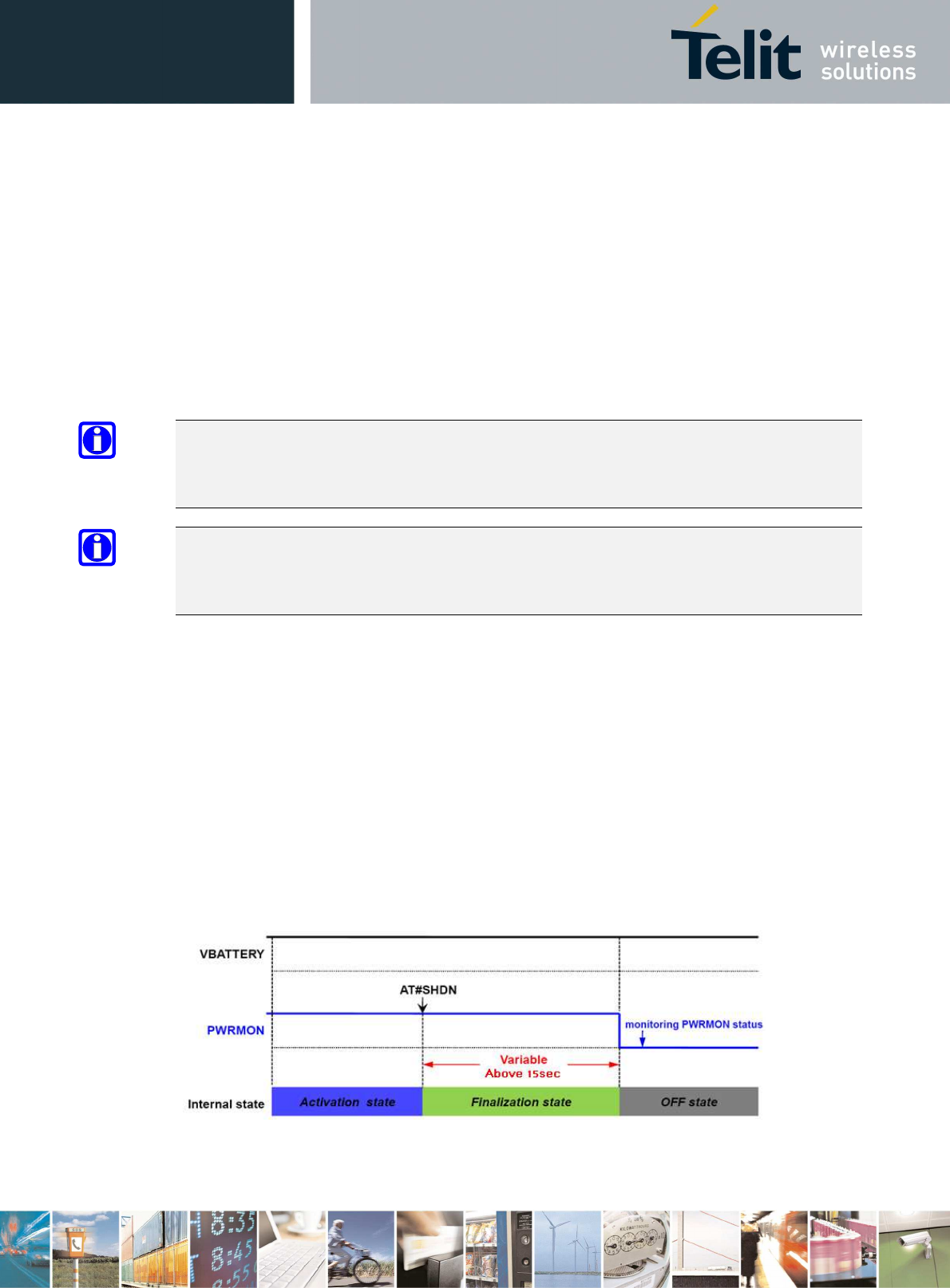
LE910Cx Hardware User Guide
1VV0301298 Rev. 1.04 - 2017-05-25
Reproduction forbidden without written authorization by Telit Communications S.p.A. - All Rights Reserved
Telit Confidential Information, provided under NDA Page
50 of 116
5.3. Turning OFF the LE910Cx Module
Turning OFF the device can be done in four different ways:
• AT#SHDN software command
• Hardware shutdown using ON/OFF# pad
• Hardware Unconditional Shutdown using the HW_SHUTDOWN_N
When the device is shut down by a software command or a hardware shutdown, it issues a detach
request to the network, informing the network that the device will not be reachable any more.
NOTE:
To check if the device has powered off, monitor the PWRMON hardware line. When PWRMON
goes low, this indicates that the device has powered off.
NOTE:
To avoid a back-powering effect, it is recommended to avoid having any HIGH logic level signal
applied to the digital pins of the module when it is powered OFF or during an ON/OFF transition.
5.3.1. Shutdown by Software Command
The LE910Cx module can be shut down by a software command.
When a shutdown command is sent, LE910Cx goes into the Finalization state and at the end of the
finalization process shuts down PWRMON.
The duration of the finalization state can differ according to the current situation of the module, so
a value cannot be defined.
Usually, it will take more than 15 seconds from sending a shutdown command until reaching a
complete shutdown. The DTE should monitor the status of PWRMON to observe the actual power-
off.
Figure 6: Shutdown by Software Command
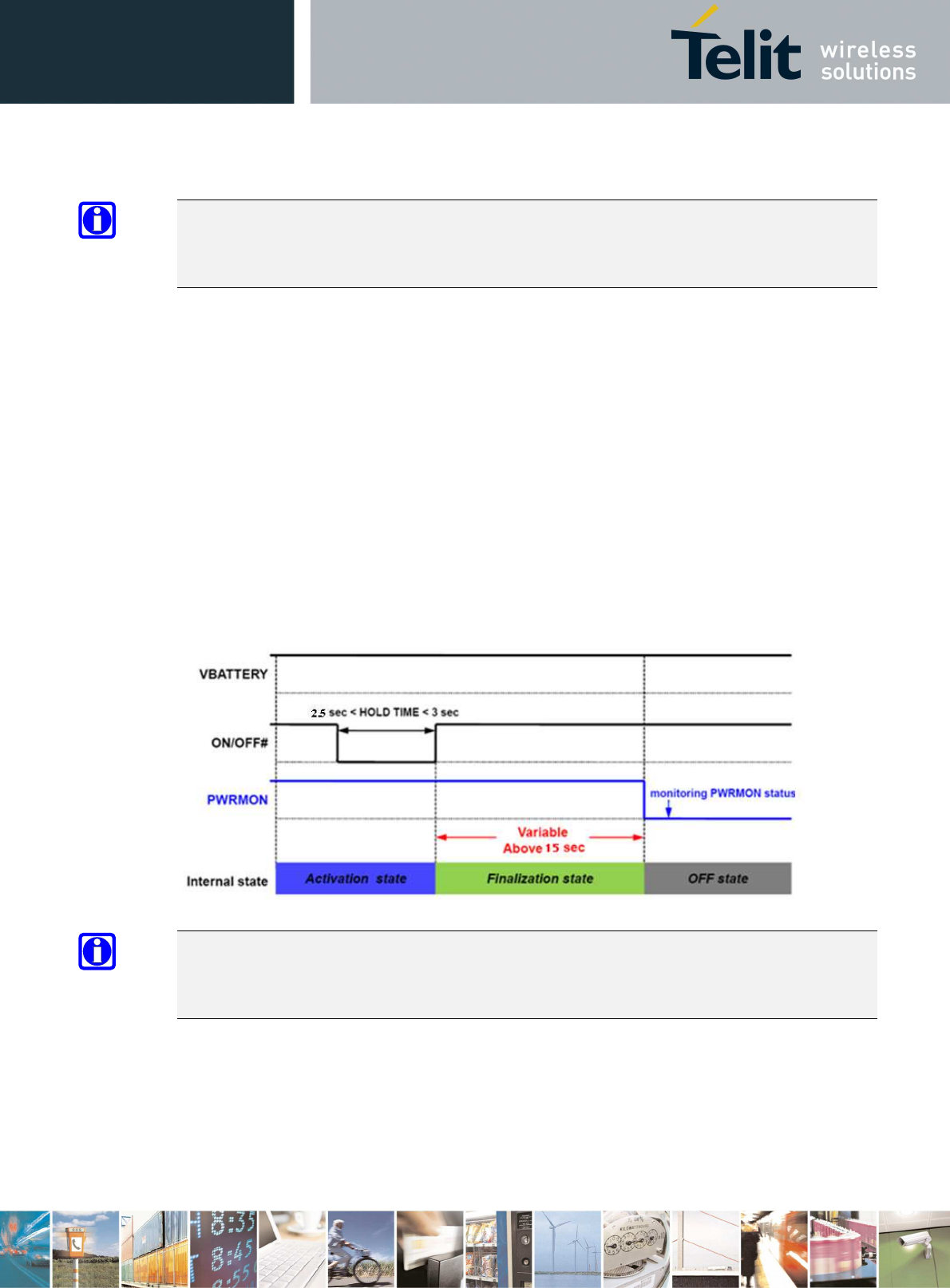
LE910Cx Hardware User Guide
1VV0301298 Rev. 1.04 - 2017-05-25
Reproduction forbidden without written authorization by Telit Communications S.p.A. - All Rights Reserved
Telit Confidential Information, provided under NDA Page
51 of 116
NOTE:
To check whether the device has powered OFF, monitor the PWRMON hardware line. When
PWRMON goes low, the device has powered OFF.
5.3.2. Hardware Shutdown
To turn off LE910Cx module, the ON/OFF# pad must be asserted low for at least 2.5 seconds and
then released. Use the same circuitry and timing for power-on.
When the hold time of ON/OFF# is above 2.5 seconds, LE910Cx goes into the Finalization state and
in the end shuts down PWRMON.
The duration of the Finalization state can differ according to the current situation of the module,
so a value cannot be defined.
Usually, it will take more than 15 seconds from sending a shutdown command until reaching a
complete shutdown. DTE should monitor the status of PWRMON to observe the actual power-off.
Figure 7: Hardware Shutdown
NOTE:
To check whether the device has powered off, monitor the PWRMON hardware line. When
PWRMON goes low, the device has powered off.
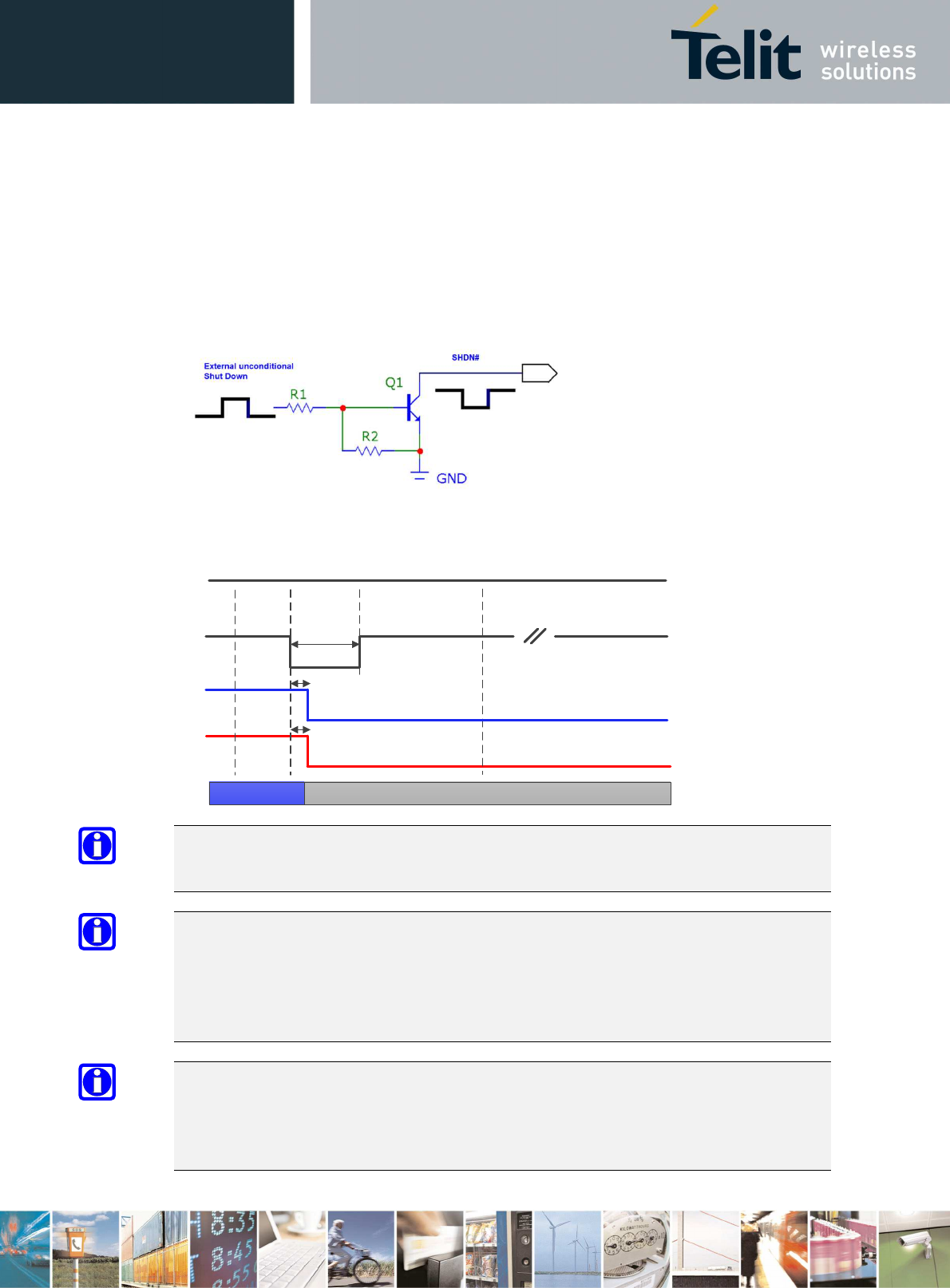
LE910Cx Hardware User Guide
1VV0301298 Rev. 1.04 - 2017-05-25
Reproduction forbidden without written authorization by Telit Communications S.p.A. - All Rights Reserved
Telit Confidential Information, provided under NDA Page
52 of 116
5.3.4. Unconditional Hardware Shutdown
To unconditionally shut down the LE910Cx module, the HW_SHUTDOWN_N pad must be tied low
for at least 200 milliseconds and then released.
A simple circuit for applying unconditional shutdown is shown below:
Figure 8: Circuit for Unconditional Hardware Shutdown
The system power down timing for using HW_SHUTDOWN_N is shown below
Figure 9 Power down timing using HW_SHUTDOWN_N
NOTE:
Recommended values R2 = 47kΩ, R1 = 10kΩ.
NOTE:
Do not use any pull-up resistor on the HW_SHUTDOWN_N line or any totem pole digital
output. Using a pull-up resistor may cause latch-up problems on the LE910Cx power
regulator and improper functioning of the module. The HW_SHUTDOWN_N line must be
connected only in an open-collector configuration.
NOTE:
The Unconditional Hardware Shutdown must always be implemented on the boards, but the
software must use it only as an emergency exit procedure, and not as a normal power-off
operation.
200mS Sec < T_Hold
VBATT
SHDN_N
SW_RDY
T_RDY ~0 Sec
V_AUX
PWRMON
T_PWRMON ~0 Sec
OFF StateActive State
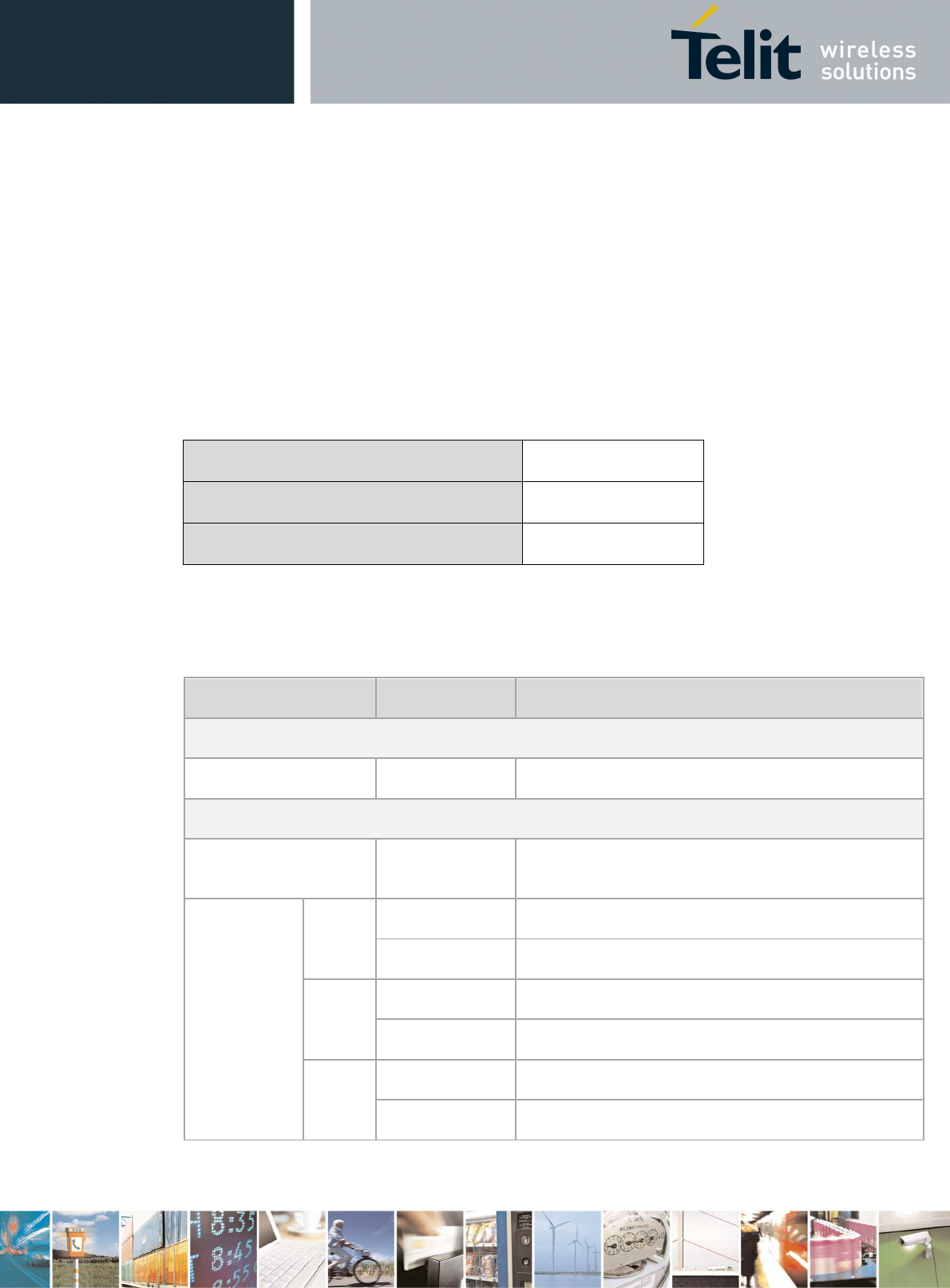
LE910Cx Hardware User Guide
1VV0301298 Rev. 1.04 - 2017-05-25
Reproduction forbidden without written authorization by Telit Communications S.p.A. - All Rights Reserved
Telit Confidential Information, provided under NDA Page
53 of 116
6. Power Supply
The power supply circuitry and board layout are very important parts of the full product design,
with critical impact on the overall product performance. Read the following requirements and
guidelines carefully to ensure a good and proper design.
6.1. Power Supply Requirements
The LE910Cx power requirements are as follows:
Table 16: Power Supply Requirements
Nominal supply voltage 3.8V
Supply voltage range 3.4V – 4.2V
Max ripple on module input supply 30mV
Table 17 provides typical current consumption values of LE910Cx for various operation modes.
Table 17: LE910Cx Current Consumption
Mode Average [Typical] Mode Description
1) Switched Off
Switched off 25µA Module is powered but switched Off (RTC On)
2) IDLE Mode (Standby Mode; No Call in Progress)
AT+CFUN=4 1.0mA
Tx and Rx are disabled ; module is not registered on the
network (Flight mode)
DRX
GSM 2.0mA DRx2
1.4mA DRx5
WCDMA 1.4mA DRx7
1.2mA DRx8
LTE
1.8mA Paging cycle #128 frames (1.28 sec DRx cycle)
1.4mA Paging cycle #256 frames (2.56 sec DRx cycle)
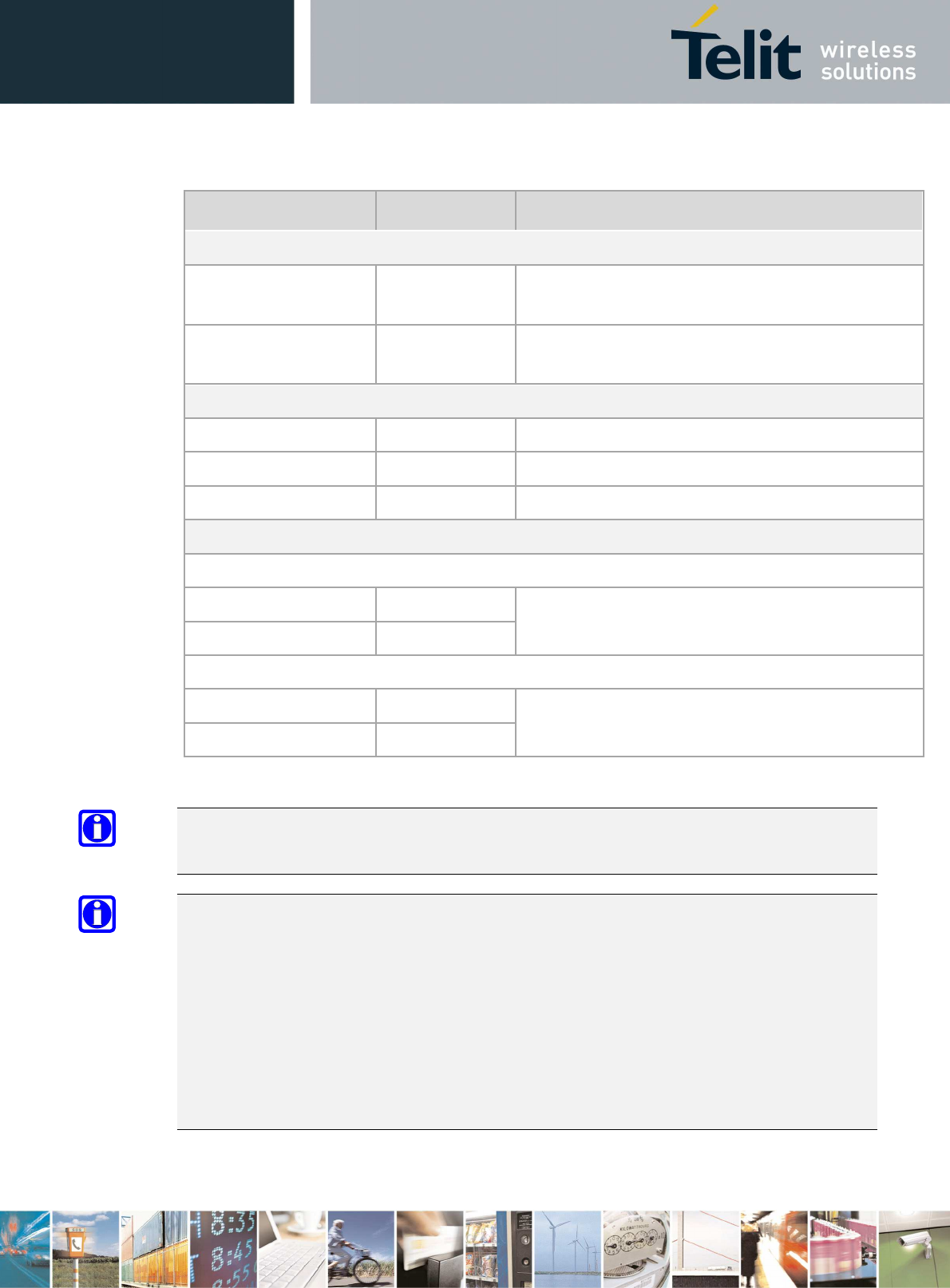
LE910Cx Hardware User Guide
1VV0301298 Rev. 1.04 - 2017-05-25
Reproduction forbidden without written authorization by Telit Communications S.p.A. - All Rights Reserved
Telit Confidential Information, provided under NDA Page
54 of 116
Mode Average [Typical] Mode Description
3) Operative Mode (LTE)
LTE (0 dBm) 190mA LTE CAT 4 channel BW 20 MHz, RB=1, Tx = 0 dBm
(Test case: BAND 1, Channel 300)
LTE (22 dBm) 500mA LTE CAT 4 channel BW 20 MHz, RB=1, Tx = 22 dBm
(Test case: BAND 1, Channel 300)
4) Operative Mode (WCDMA)
WCDMA Voice 200mA WCDMA voice call (Tx = 10 dBm)
WCDMA HSDPA (0 dBm) 150mA WCDMA data call (Cat 14, Tx = 0 dBm, Max throughput)
WCDMA HSDPA (22 dBm) 310mA WCDMA data call (Cat 14, Tx = 22 dBm, Max throughput)
5) Operative Mode (GSM)
GSM Tx and Rx mode
GSM900 PL5 250mA
GSM voice call
DCS1800 PL0 170mA
GPRS 4 Tx + 1 Rx
GSM900 PL5 430mA
GPRS Sending Data mode (CS-4)
DCS1800 PL0 340mA
* Worst/best case current values depend on network configuration - not under module control.
NOTE:
The electrical design for the power supply must ensure a peak current output of at least 2A.
NOTE:
In GSM/GPRS mode, RF transmission is not continuous, but is packed into bursts at a base
frequency of about 216 Hz with relative current peaks as high as about 2A. Therefore, the power
supply must be designed to withstand these current peaks without big voltage drops. This means
that both the electrical design and the board layout must be designed for this current flow.
If the layout of the PCB is not well designed, a strong noise floor is generated on the ground. This
will reflect on all the audio paths producing an audible annoying noise at 216 Hz.
If the voltage drops during the peaks, current absorption is too high. The device may even shut
down as a consequence of the supply voltage drop.

LE910Cx Hardware User Guide
1VV0301298 Rev. 1.04 - 2017-05-25
Reproduction forbidden without written authorization by Telit Communications S.p.A. - All Rights Reserved
Telit Confidential Information, provided under NDA Page
55 of 116
6.2. General Design Rules
The principal guidelines for the Power Supply Design embrace three different design steps:
• Electrical design
• Thermal design
• PCB layout
6.2.1. Electrical Design Guidelines
The electrical design of the power supply depends strongly on the power source where this power
is drained. Power sources can be distinguished by three categories:
• +5V input (typically PC internal regulator output)
• +12V input
• Battery
6.2.1.1. + 5V Input Source Power Supply – Design Guidelines
• The desired output for the power supply is 3.8V. So, the difference between the input
source and the desired output is not big, and therefore a linear regulator can be used. A
switching power supply is preferred to reduce power consumption.
• When using a linear regulator, a proper heat sink must be provided to dissipate the power
generated.
• A bypass low ESR capacitor of adequate capacity must be provided to cut the current
absorption peaks close to the LE910Cx module. A 100 μF tantalum capacitor is usually
suitable (on both VBATT and VBATT_PA together).
• Make sure that the low ESR capacitor on the power supply output (usually a tantalum one)
is rated at least 10V.
• A protection diode must be inserted close to the power input to protect the LE910Cx
module from power polarity inversion.
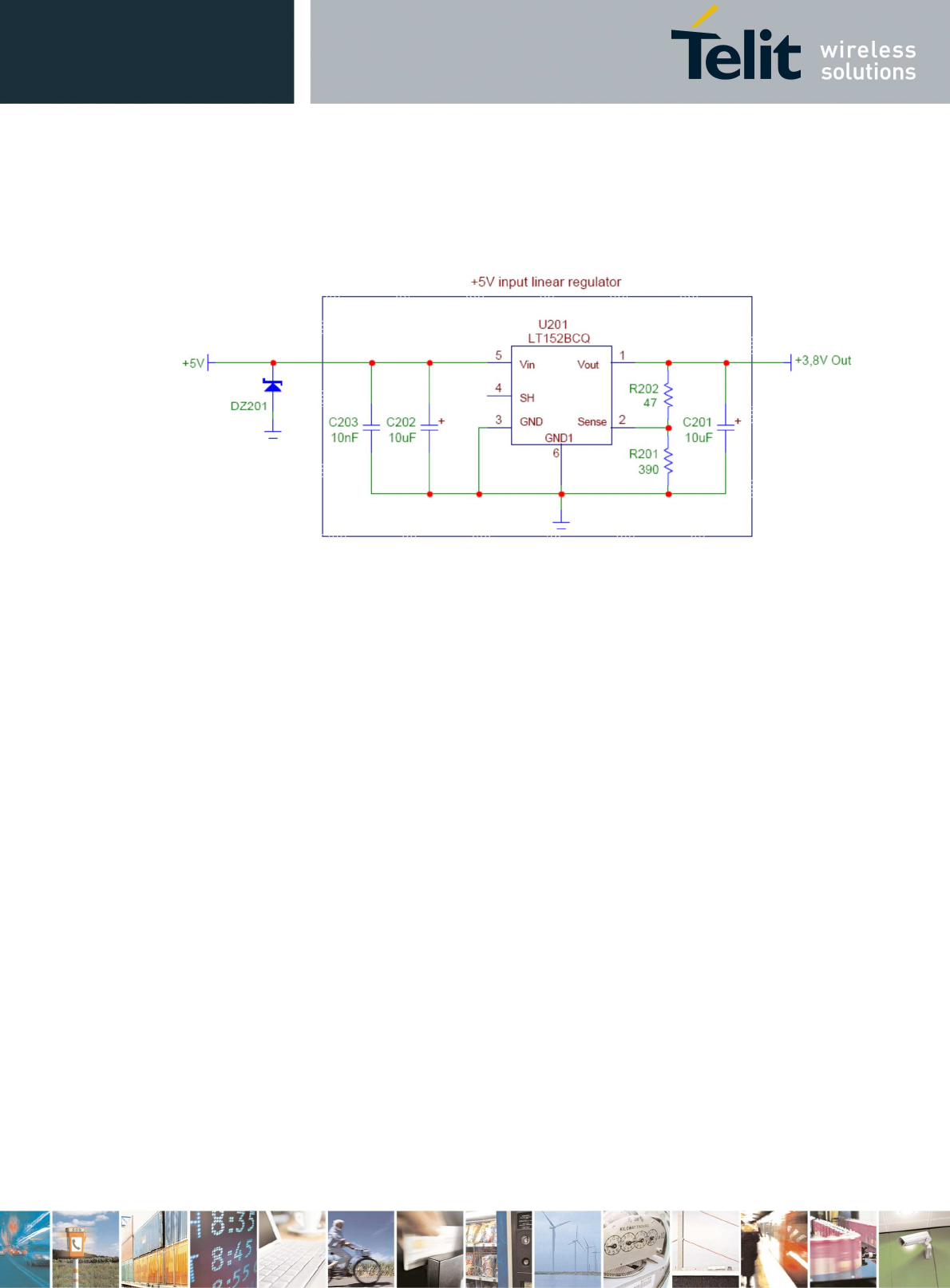
LE910Cx Hardware User Guide
1VV0301298 Rev. 1.04 - 2017-05-25
Reproduction forbidden without written authorization by Telit Communications S.p.A. - All Rights Reserved
Telit Confidential Information, provided under NDA Page
56 of 116
Figure 10 shows an example of linear regulator with 5V input.
Figure 10: Example of Linear Regulator with 5V Input
6.2.1.2. + 12V Input Source Power Supply – Design Guidelines
• The desired output for the power supply is 3.8V. Due to the big difference between the
input source and the desired output, a linear regulator is unsuitable and must not be used.
A switching power supply is preferable because of its better efficiency, especially with the
2A peak current load which is expected during GSM Tx.
• When using a switching regulator, a 500-kHz or higher switching frequency regulator is
preferable because of its smaller inductor size and its faster transient response. This allows
the regulator to respond quickly to the current peaks absorption.
• In any case, the selection of the frequency and switching design is related to the application
to be developed due to the fact that the switching frequency can also generate EMC
interference.
• For car batteries (lead-acid accumulators) the input voltage can rise up to 15.8V. This must
be kept in mind when choosing components: all components in the power supply must
withstand this voltage.
• A bypass low ESR capacitor of adequate capacity must be provided to cut the current
absorption peaks. A 100μF tantalum capacitor is usually suitable (on both VBATT and
VBATT_PA together).
• Make sure that the low ESR capacitor on the power supply output (usually a tantalum one)
is rated at least 10V.
• For automotive applications, a spike protection diode must be inserted close to the power
input to clean the supply of spikes.
• A protection diode must be inserted close to the power input to protect the LE910Cx
module from power polarity inversion. This can be the same diode as for spike protection.
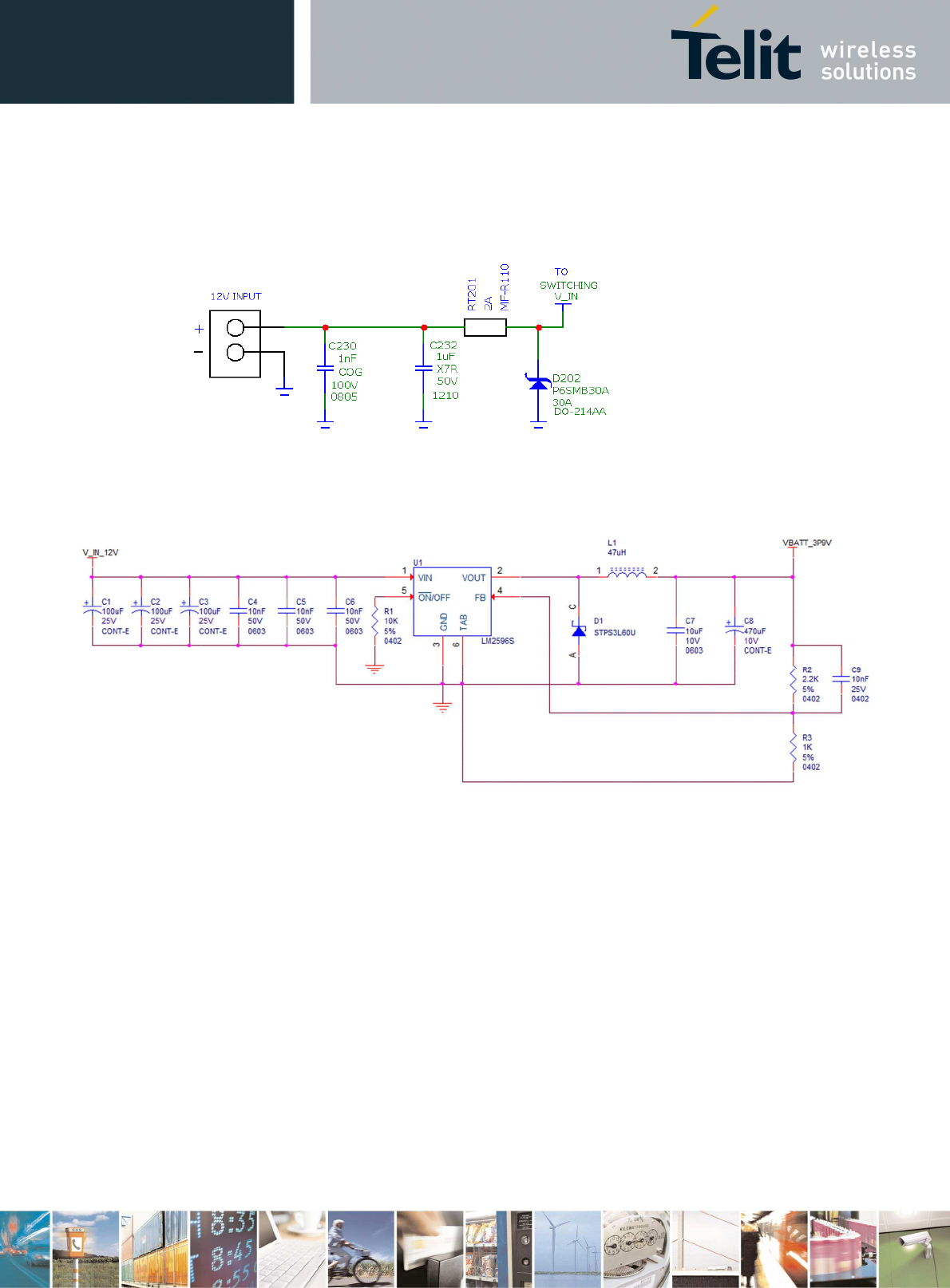
LE910Cx Hardware User Guide
1VV0301298 Rev. 1.04 - 2017-05-25
Reproduction forbidden without written authorization by Telit Communications S.p.A. - All Rights Reserved
Telit Confidential Information, provided under NDA Page
57 of 116
Figure 11 and Figure 12 show an example of switching regulator with 12V input.
Figure 11: Example of Switching Regulator with 12V Input – Part 1
Figure 12: Example of Switching Regulator with 12V Input – Part 2
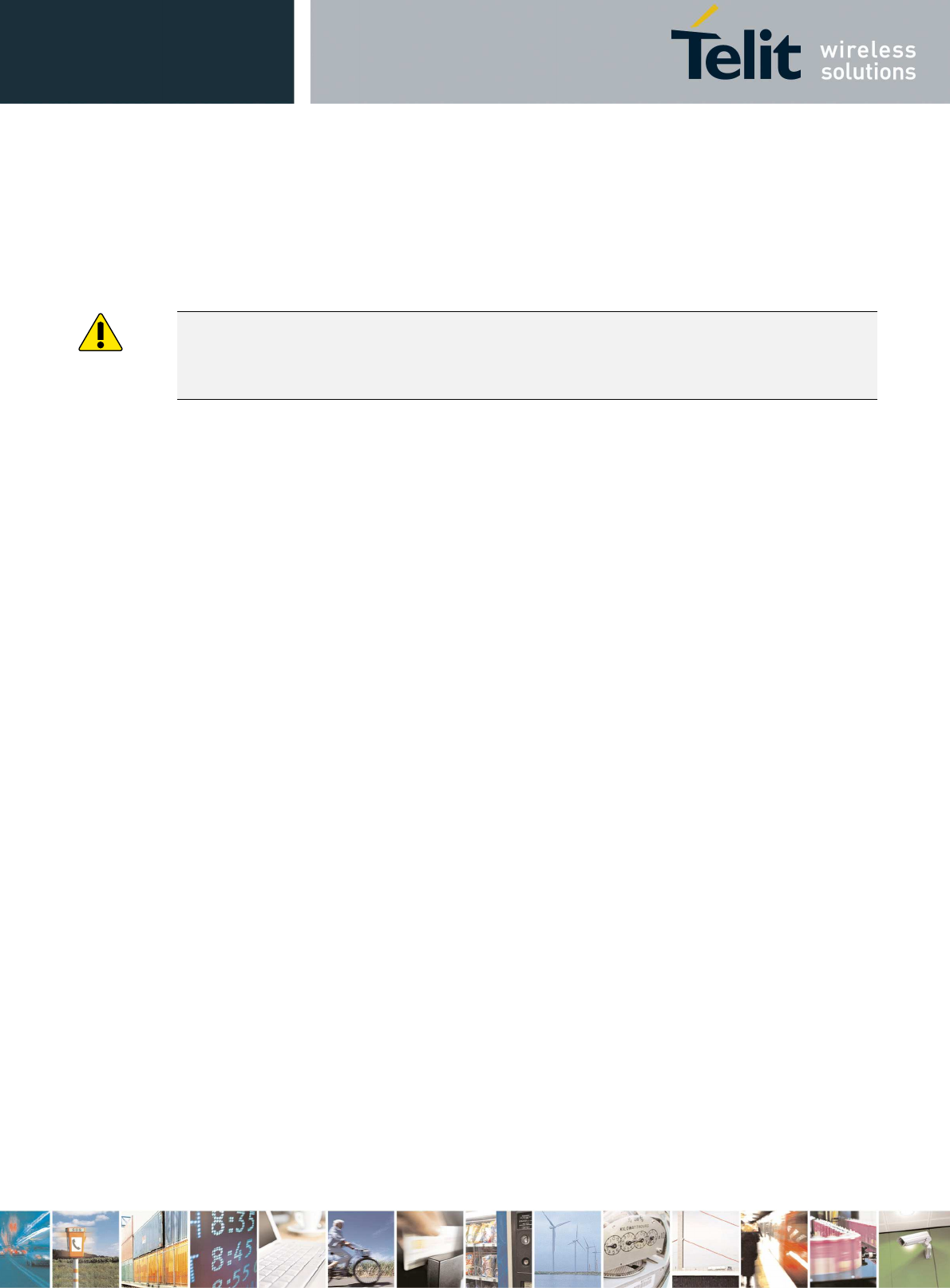
LE910Cx Hardware User Guide
1VV0301298 Rev. 1.04 - 2017-05-25
Reproduction forbidden without written authorization by Telit Communications S.p.A. - All Rights Reserved
Telit Confidential Information, provided under NDA Page
58 of 116
6.2.1.3. Battery Source Power Supply – Design Guidelines
• The desired nominal output for the power supply is 3.8V, and the maximum allowed
voltage is 4.2V. Hence, a single 3.7V Li-Ion cell battery type is suitable for supplying the
power to the LE910Cx module.
NOTE:
Do not use any Ni-Cd, Ni-MH, and Pb battery types directly connected to the LE910Cx module.
Their use can lead to overvoltage on the LE910Cx and damage it. Use only Li-Ion battery types.
• A bypass low ESR capacitor of adequate capacity must be provided to cut the current
absorption peaks; a 100μF tantalum capacitor is usually suitable (on both VBATT and
VBATT_PA together).
• Make sure that the low ESR capacitor (usually a tantalum one) is rated at least 10V.
• A protection diode must be inserted close to the power input to protect the LE910Cx
module from power polarity inversion. Otherwise, the battery connector must be done in
a way to avoid polarity inversions when connecting the battery.
• The battery capacity must be at least 900 mAh to withstand the current peaks of 2A.
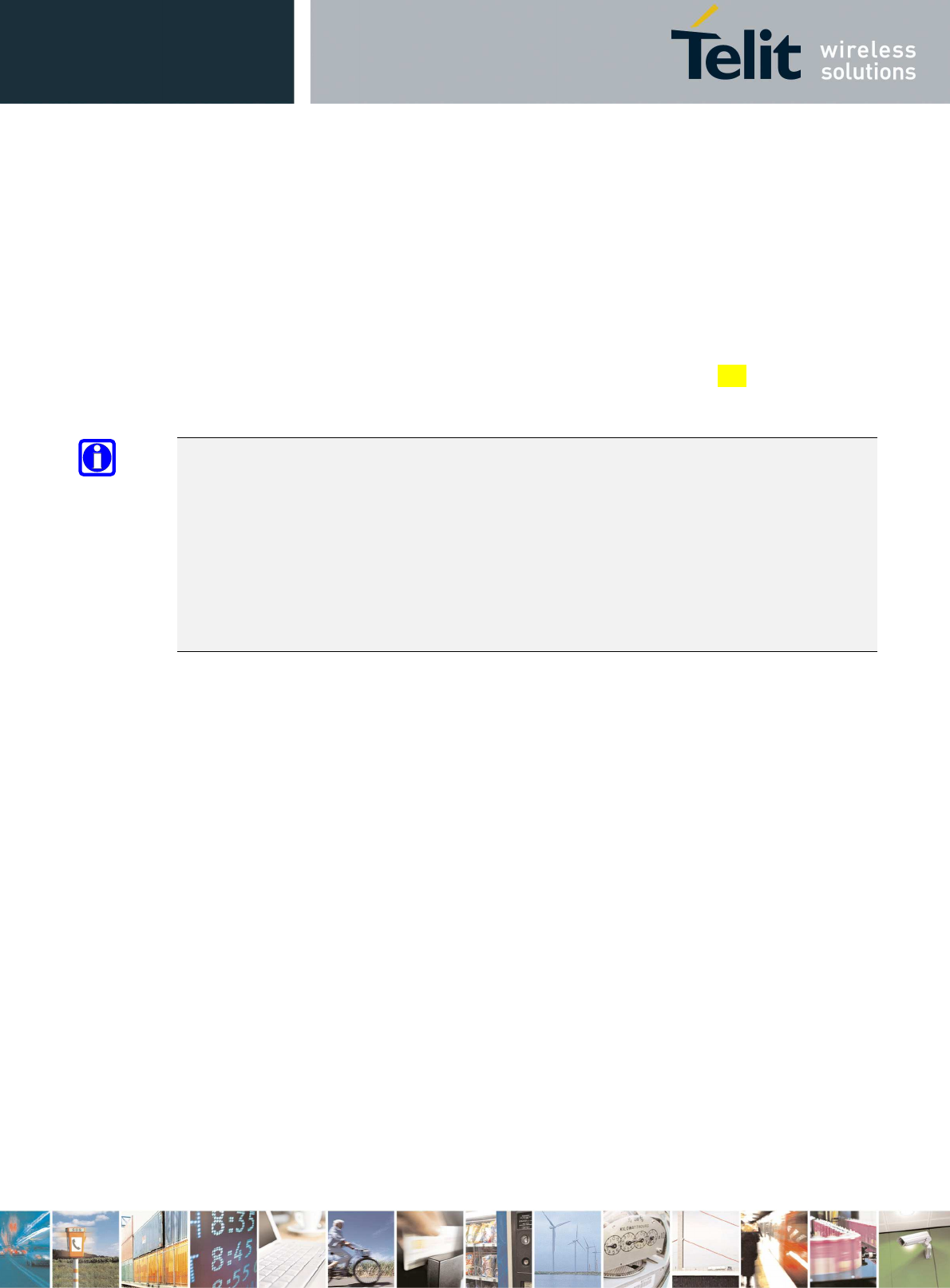
LE910Cx Hardware User Guide
1VV0301298 Rev. 1.04 - 2017-05-25
Reproduction forbidden without written authorization by Telit Communications S.p.A. - All Rights Reserved
Telit Confidential Information, provided under NDA Page
59 of 116
6.2.2. Thermal Design Guidelines
The thermal design for the power supply heat sink must be done with the following specifications:
• Average current consumption during RF transmission @PWR level max in LE910Cx as
shown in Table 17
• Average current consumption during Class12 GPRS transmission @PWR level max as shown
in Table 17
• Average GPS current during GPS ON (Power Saving disabled) : mA (TBD)
NOTE:
The average consumption during transmission depends on the power level at which the device is
requested to transmit via the network. Therefore, the average current consumption varies
significantly.
NOTE:
The thermal design for the power supply must be made keeping an average consumption at the
max transmitting level during calls of (LTE/HSPA)/GPRS plus average consumption in GPS Tracking
mode.
Considering the very low current during Idle, especially if the Power Saving function is enabled, it
is possible to consider from the thermal point of view that the device absorbs significant current
only during an Active Call or Data session.
For the heat generated by the LE910Cx module, consider it to be 2W max during transmission at
Class12 GPRS upload. The generated heat is mostly conducted to the ground plane under the
LE910Cx module. Ensure that your application can dissipate heat.
In LTE/WCDMA/HSPA mode, the LE910Cx emits RF signals continuously during transmission.
Therefore, you must pay special attention how to dissipate the heat generated.
Application board design needs to make sure the area under the LE910Cx module is as large as
possible. Make sure that the LE910Cx is mounted on the large ground area of application board and
provide many ground vias to dissipate the heat.
Even though peak current consumption in GSM mode is higher than in LTE/WCDMA/HSPA,
considerations for the heat sink are more important in the case of WCDMA due to the continuous
transmission conditions.

LE910Cx Hardware User Guide
1VV0301298 Rev. 1.04 - 2017-05-25
Reproduction forbidden without written authorization by Telit Communications S.p.A. - All Rights Reserved
Telit Confidential Information, provided under NDA Page
60 of 116
6.2.3. Power Supply PCB Layout Guidelines
As seen in the electrical design guidelines, the power supply must have a low ESR capacitor on the
output to cut the current peaks and a protection diode on the input to protect the supply from
spikes and polarity inversion. The placement of these components is crucial for the correct
operation of the circuitry. A misplaced component can be useless or can even decrease the power
supply performances.
• The bypass low ESR capacitor must be placed close to the LE910Cx power input pads, or if
the power supply is of a switching type, it can be placed close to the inductor to cut the
ripple, as long as the PCB trace from the capacitor to LE910Cx is wide enough to ensure a
drop-less connection even during the 2A current peaks.
• The protection diode must be placed close to the input connector where the power source
is drained.
• The PCB traces from the input connector to the power regulator IC must be wide enough
to ensure that no voltage drops occur during the 2A current peaks.
Note that this is not done to save power loss but especially to avoid the voltage drops on the
power line at the current peaks frequency of 216 Hz that will reflect on all the components
connected to that supply (also introducing the noise floor at the burst base frequency.)
For this reason while a voltage drop of 300-400 mV may be acceptable from the power loss
point of view, the same voltage drop may not be acceptable from the noise point of view. If
your application does not have an audio interface but only uses the data feature of the LE910Cx,
this noise is not so disturbing, and the power supply layout design can be more forgiving.
• The PCB traces to LE910Cx and the bypass capacitor must be wide enough to ensure that
no significant voltage drops occur when the 2A current peaks are absorbed. This is needed
for the same above-mentioned reasons. Try to keep these traces as short as possible.
• The PCB traces connecting the switching output to the inductor and the switching diode
must be kept as short as possible by placing the inductor and the diode very close to the
power switching IC (only for the switching power supply). This is done to reduce the
radiated field (noise) at the switching frequency (usually 100-500 kHz).
• Use a good common ground plane.
• Place the power supply on the board in a way to guarantee that the high current return
paths in the ground plane do not overlap any noise sensitive circuitry, such as the
microphone amplifier/buffer or earphone amplifier.
• The power supply input cables must be kept separate from noise sensitive lines, such as
microphone/earphone cables.
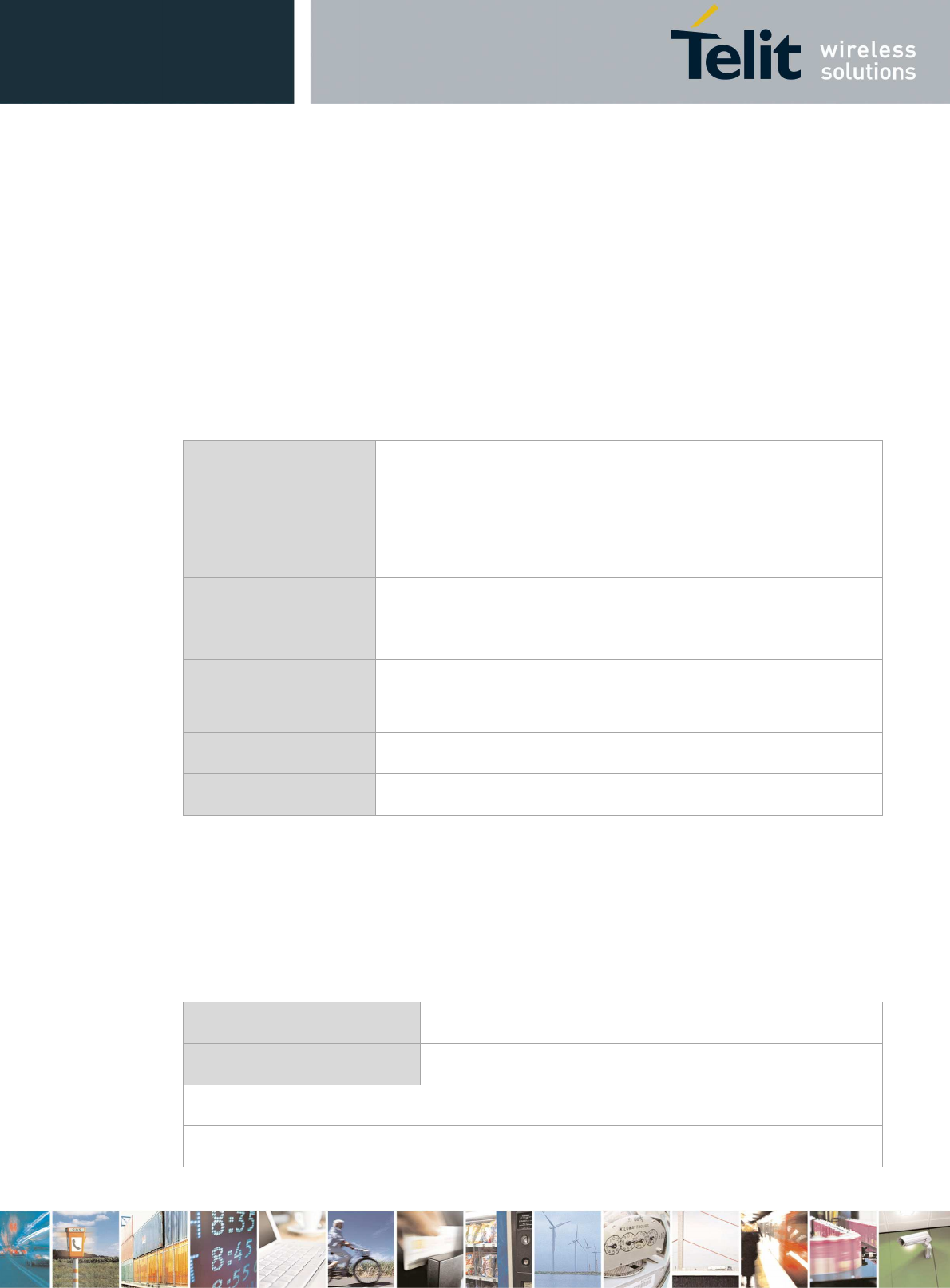
LE910Cx Hardware User Guide
1VV0301298 Rev. 1.04 - 2017-05-25
Reproduction forbidden without written authorization by Telit Communications S.p.A. - All Rights Reserved
Telit Confidential Information, provided under NDA Page
61 of 116
7. Antenna(s)
Antenna connection and board layout design are the most important parts in the full product
design, and they have a strong influence on the product’s overall performance. Read carefully and
follow the requirements and guidelines for a good and proper design.
7.1. GSM/WCDMA/LTE Antenna Requirements
The antenna for the LE910Cx device must meet the following requirements:
Table 18: GSM / WCDMA/ LTE Antenna Requirements
Frequency range The customer must use the most suitable antenna band width for
covering the frequency bands provided by the network operator and
also supported by the car OEM while using the Telit module.
The bands supported by each variant of the LE910Cx module family
are provided in Section 2.6.1, RF Bands per Regional Variant.
Gain Gain < 3 dBi
Impedance 50 Ohm
Input power > 33 dBm(2 W) peak power in GSM
> 24 dBm average power in WCDMA & LTE
VSWR absolute max <= 10:1
VSWR recommended <= 2:1
Since there is no antenna connector on the LE910Cx module, the antenna must be connected to
the LE910Cx antenna pad (K1) by a transmission line implemented on the PCB.
If the antenna is not directly connected to the antenna pad of the LE910Cx, a PCB line is required
to connect to it or to its connector.
This transmission line must meet the following requirements:
Table 19: Antenna Line on PCB Requirements
Characteristic impedance 50 Ohm
Max attenuation 0.3 dB
Avoid coupling with other signals.
Cold End (Ground Plane) of the antenna must be equipotential to the LE910Cx ground pads.
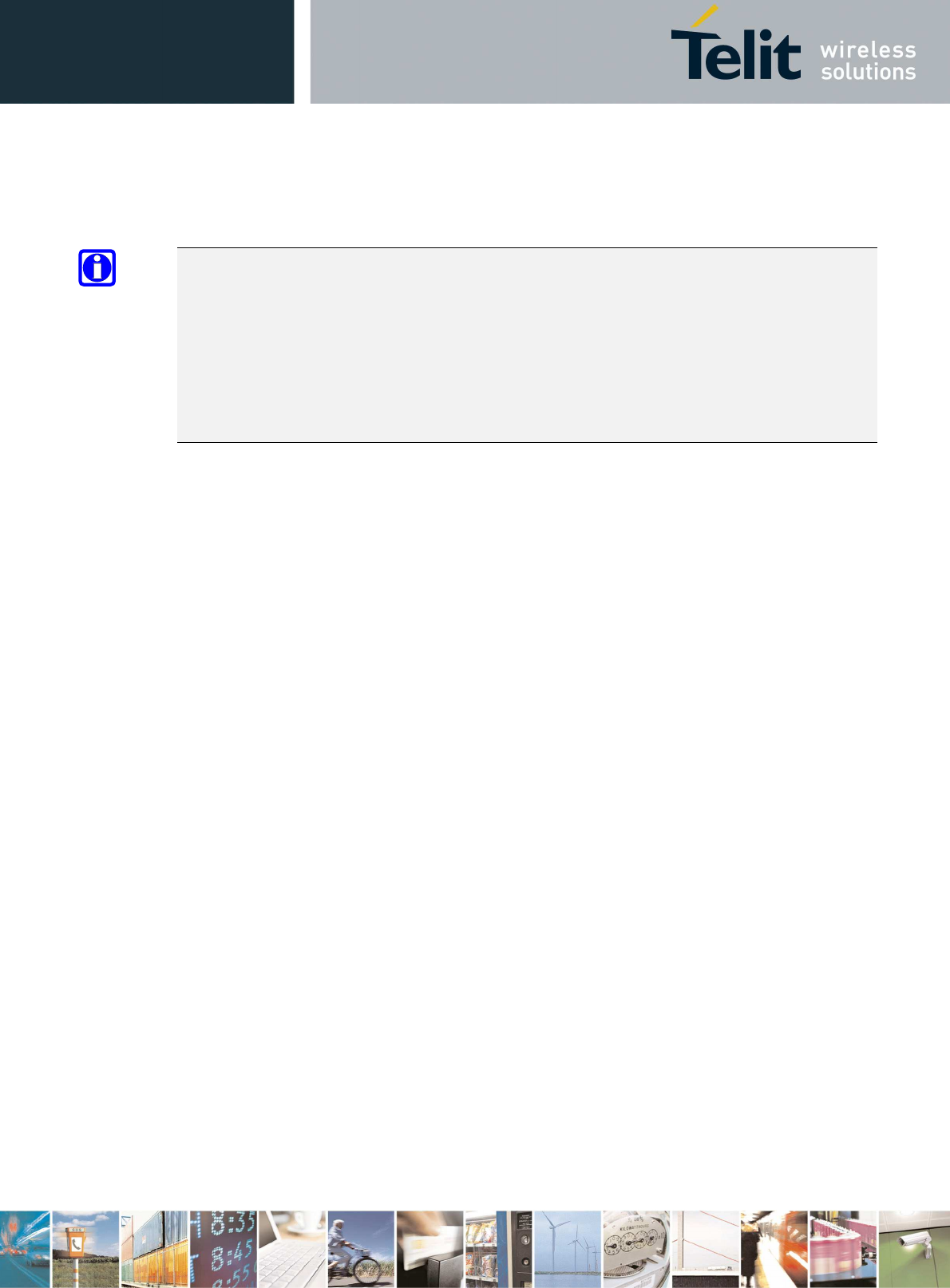
LE910Cx Hardware User Guide
1VV0301298 Rev. 1.04 - 2017-05-25
Reproduction forbidden without written authorization by Telit Communications S.p.A. - All Rights Reserved
Telit Confidential Information, provided under NDA Page
62 of 116
Furthermore, if the device is developed for the US and/or Canada market, it must comply with the
FCC and/or IC approval requirements.
NOTE:
This device is to be used only for mobile and fixed application. The antenna(s) used for this
transmitter must be installed to provide a separation distance of at least 20 cm from all persons
and must not be co-located or operating in conjunction with any other antenna or transmitter.
End-Users must be provided with transmitter operation conditions for satisfying RF exposure
compliance. OEM integrators must ensure that the end user has no manual instructions to remove
or install the LE910Cx module. Antennas used for this OEM module must not exceed 3dBi gain for
mobile and fixed operating configurations.
7.2. GSM/WCDMA/LTE Antenna – PCB Line Guidelines
• Make sure that the transmission line’s characteristic impedance is 50 Ohm.
• Keep the line on the PCB as short as possible since the antenna line loss should be less than
around 0.3 dB.
• Line geometry should have uniform characteristics, constant cross sections, and avoid
meanders and abrupt curves.
• Any suitable geometry/structure can be used for implementing the printed transmission
line affecting the antenna.
• If a ground plane is required in the line geometry, this plane must be continuous and
sufficiently extended so the geometry can be as similar as possible to the related canonical
model.
• Keep, if possible, at least one layer of the PCB used only for the ground plane. If possible,
use this layer as reference ground plane for the transmission line.
• Surround the PCB transmission line with ground (on both sides). Avoid having other signal
tracks facing the antenna line track directly.
• Avoid crossing any un-shielded transmission line footprint with other tracks on different
layers.
• The ground surrounding the antenna line on the PCB must be strictly connected to the main
Ground plane by means of via-holes (once per 2 mm at least) placed close to the ground
edges facing the line track.
• Place EM-noisy devices as far as possible from LE910Cx antenna line.
• Keep the antenna line far away from the LE910Cx power supply lines.
• If EM-noisy devices are present on the PCB hosting the LE910Cx, such as fast switching ICs,
take care to shield them with a metal frame cover.
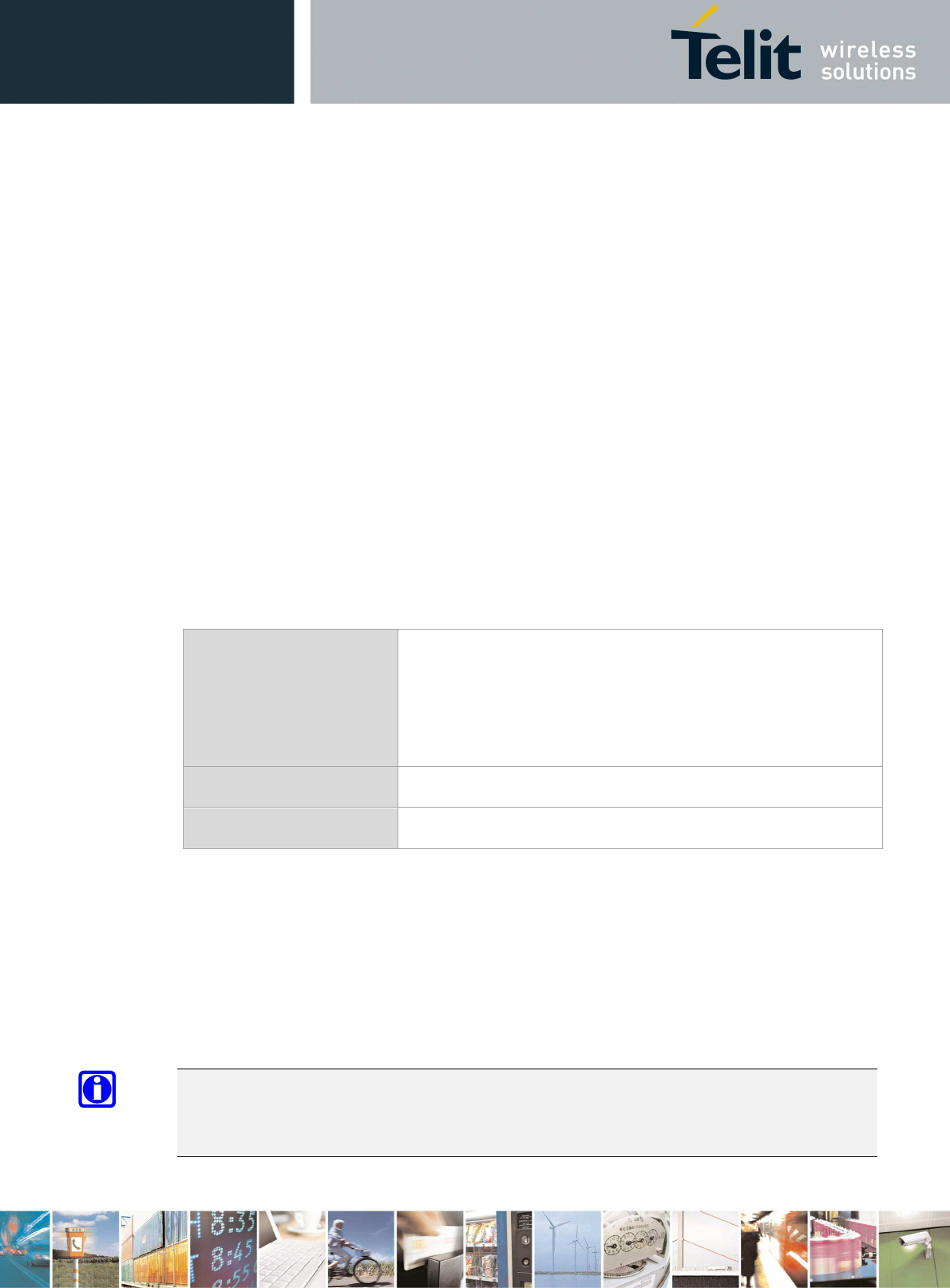
LE910Cx Hardware User Guide
1VV0301298 Rev. 1.04 - 2017-05-25
Reproduction forbidden without written authorization by Telit Communications S.p.A. - All Rights Reserved
Telit Confidential Information, provided under NDA Page
63 of 116
• If EM-noisy devices are not present around the line, geometries like Micro strip or
Grounded Coplanar Waveguide are preferred because they typically ensure less
attenuation compared to a Strip line having the same length.
7.3. GSM/WCDMA/LTE Antenna – Installation Guidelines
• Install the antenna in a location with access to the network radio signal.
• The antenna must be installed such that it provides a separation distance of at least 20 cm
from all persons and must not be co-located or operating in conjunction with any other
antenna or transmitter.
• The antenna must not be installed inside metal cases.
• The antenna must be installed according to the antenna manufacturer’s instructions.
7.4. Antenna Diversity Requirements
This product includes an input for a second Rx antenna to improve radio sensitivity. The function
is called Antenna Diversity.
Table 20: Antenna Diversity Requirements
Frequency range The customer must use the most suitable antenna band width for
covering the frequency bands provided by the network operator
and also supported by the car OEM while using the Telit module.
The bands supported by each variant of the LE910Cx module
family are provided in Section 2.6.1, RF Bands per Regional Variant
Impedance 50Ω
VSWR recommended ≤ 2:1
Since there is no antenna connector on the LE910Cx module, the antenna must be connected to
the LE910Cx diversity antenna pad (F1) by means of a transmission line implemented on the PCB.
If the antenna is not directly connected at the antenna pad of the LE910Cx, a PCB line is required
to connect to it or to its connector.
The second Rx antenna must not be located in close vicinity of the main antenna. To improve
diversity gain and isolation and to reduce mutual interaction, the two antennas should be located
at the maximum reciprocal distance possible, taking into consideration the available space within
the application.
NOTE:
If Rx Diversity is not used/connected, disable the Diversity functionality using the AT#RXDIV
command (refer to the AT User guide) and leave the Diversity pad F1 unconnected.
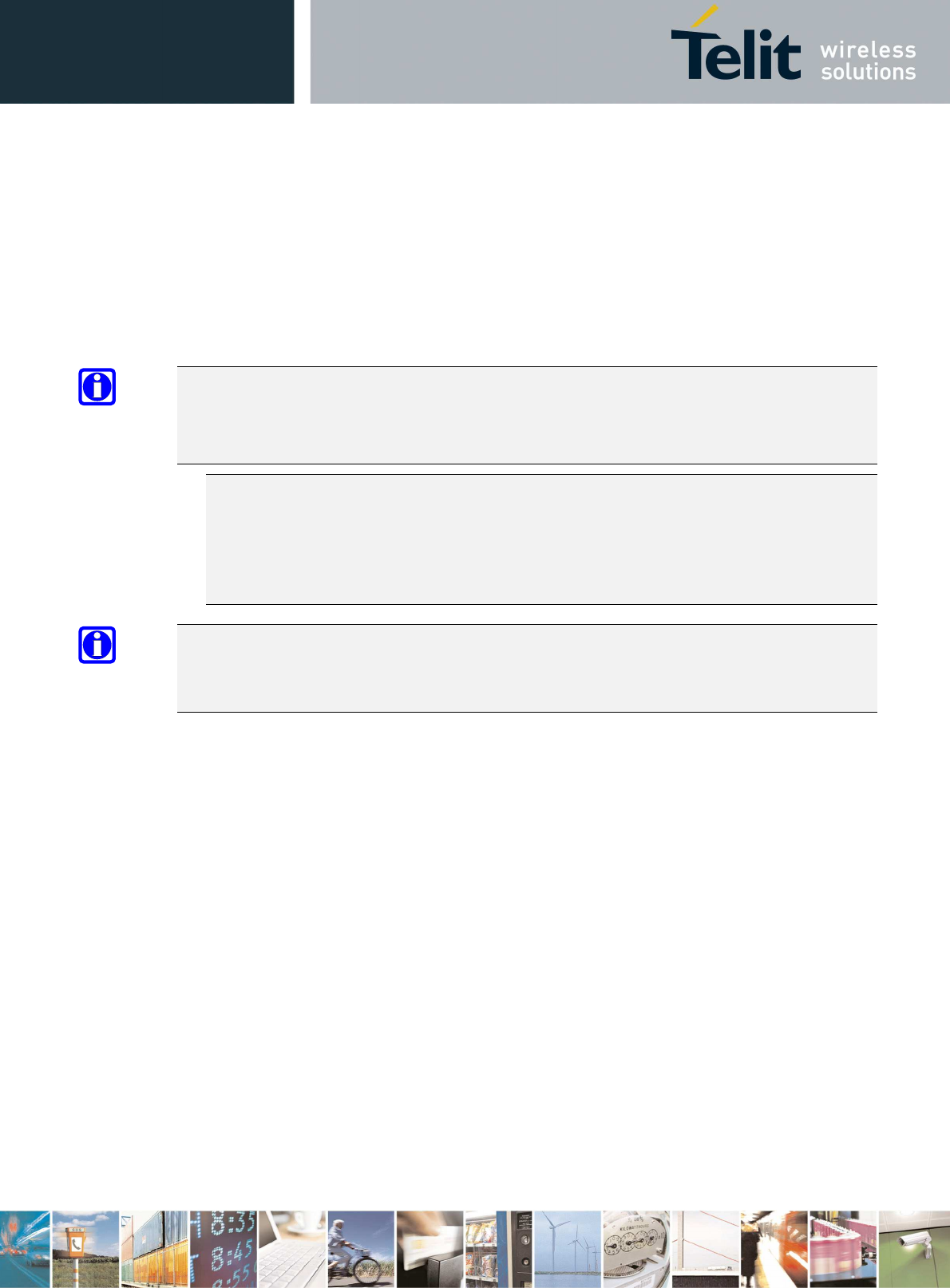
LE910Cx Hardware User Guide
1VV0301298 Rev. 1.04 - 2017-05-25
Reproduction forbidden without written authorization by Telit Communications S.p.A. - All Rights Reserved
Telit Confidential Information, provided under NDA Page
64 of 116
7.5. GNSS Antenna Requirements
LE910Cx supports an active antenna.
It is recommended to use antennas as follow:
• An external active antenna (GPS only)
• An external active antenna plus GNSS pre-filter
NOTE:
The external GNSS pre-filter is required for the GLONASS application.
The GNSS pre-filter must meet the following requirements:
Source and load impedance = 50 Ohm
• Insertion loss (1575.42–1576.42 MHz) = 1.4 dB (Max)
• Insertion loss (1565.42–1585.42 MHz) = 2.0 dB (Max)
• Insertion loss (1597.5515–1605.886 MHz) = 2.0 dB (Max)
NOTE:
It is recommended to add a DC block to the customer’s GPS application to prevent damage to the
LE910Cx module due to unwanted DC voltage.
7.5.1. Combined GNSS Antenna
The use of a combined RF/GNSS antenna is NOT recommended. This solution can generate an
extremely poor GNSS reception. In addition, the combination of antennas requires an additional
diplexer, which adds significant power loss in the RF path.
7.5.2. Linear and Patch GNSS Antenna
Using this type of antenna introduces at least 3 dB of loss compared to a circularly polarized (CP)
antenna. Having a spherical gain response instead of a hemispherical gain response can aggravate
the multipath behavior and create poor position accuracy.
7.5.3. Front End Design Considerations
Since there is no antenna connector on the LE910Cx module, the antenna must be connected to
the LE910Cx through the PCB to the antenna pad.
If the antenna is not directly connected at the antenna pad of the LE910Cx, a PCB line is required.
This line of transmission must meet the following requirements:
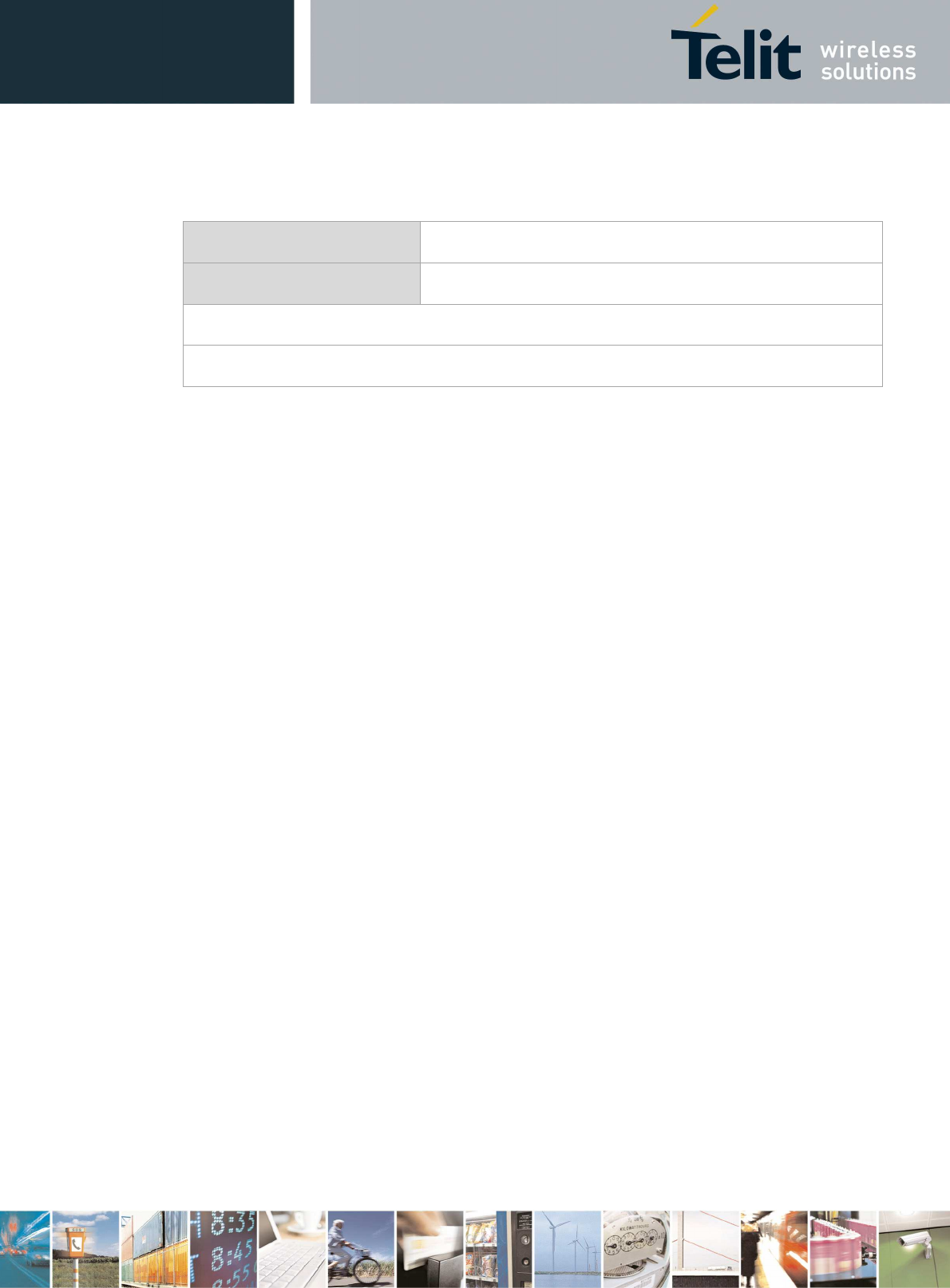
LE910Cx Hardware User Guide
1VV0301298 Rev. 1.04 - 2017-05-25
Reproduction forbidden without written authorization by Telit Communications S.p.A. - All Rights Reserved
Telit Confidential Information, provided under NDA Page
65 of 116
Table 21: Antenna Line on PCB Requirements
Characteristic impedance 50 Ohm
Max attenuation 0.3 dB
Avoid coupling with other signals.
Cold End (Ground Plane) of the antenna must be equipotential to the LE910Cx ground pads.
Furthermore, if the device is developed for the US and/or Canada market, it must comply with the
FCC and/or IC requirements.
This device is to be used only for mobile and fixed application.
7.5.4. GNSS Antenna – PCB Line Guidelines
• Ensure that the antenna line impedance is 50 Ohm.
• Keep the line on the PCB as short as possible to reduce the loss.
• The antenna line must have uniform characteristics, constant cross section, avoiding
meanders and abrupt curves.
• Keep one layer of the PCB used only for the Ground plane; if possible.
• Surround (on the sides, over and under) the antenna line on the PCB with Ground. Avoid
having other signal tracks directly facing the antenna line track.
• The Ground around the antenna line on the PCB must be strictly connected to the main
Ground plane by placing vias at least once per 2mm.
• Place EM-noisy devices as far as possible from LE910Cx antenna line.
• Keep the antenna line far away from the LE910Cx power supply lines.
• If EM-noisy devices are around the PCB hosting the LE910Cx, such as fast switching ICs,
ensure shielding the antenna line by burying it inside the layers of PCB and surrounding it
with Ground planes; or shield it with a metal frame cover.
• If you do not have EM-noisy devices around the PCB of LE910Cx, use a Micro strip line on
the surface copper layer for the antenna line. The line attenuation will be lower than a
buried one.

LE910Cx Hardware User Guide
1VV0301298 Rev. 1.04 - 2017-05-25
Reproduction forbidden without written authorization by Telit Communications S.p.A. - All Rights Reserved
Telit Confidential Information, provided under NDA Page
66 of 116
7.5.5. GNSS Antenna – Installation Guidelines
• The LE910Cx, due to its sensitivity characteristics, is capable of performing a fix inside
buildings. (In any case, the sensitivity could be affected by the building characteristics i.e.
shielding.)
• The antenna must not be co-located or operating in conjunction with any other antenna or
transmitter.
• The antenna must not be installed inside metal cases.
• The antenna must be installed according to the antenna manufacturer’s instructions.
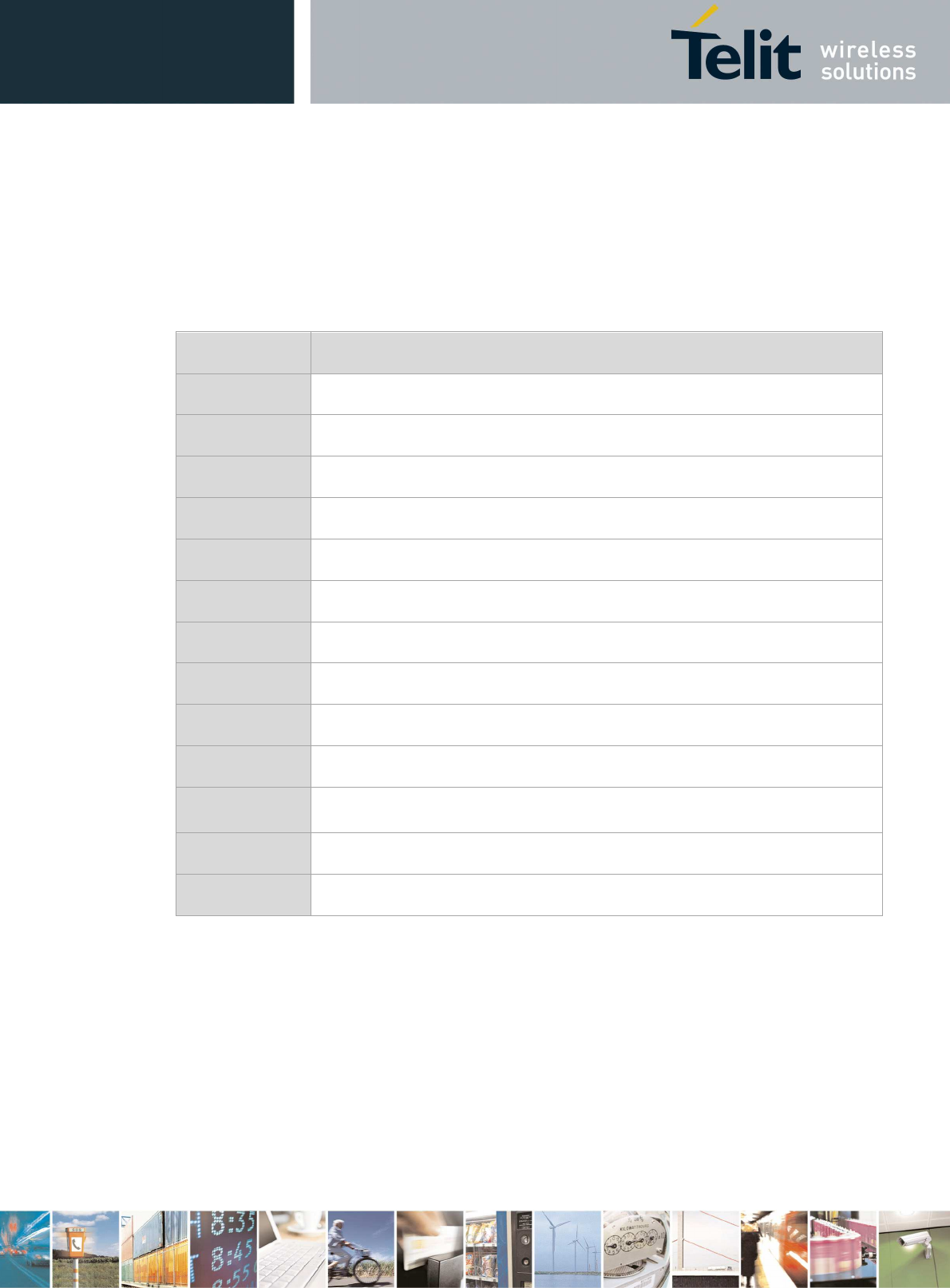
LE910Cx Hardware User Guide
1VV0301298 Rev. 1.04 - 2017-05-25
Reproduction forbidden without written authorization by Telit Communications S.p.A. - All Rights Reserved
Telit Confidential Information, provided under NDA Page
67 of 116
8. Hardware Interfaces
Table 22 summarizes all the hardware interfaces of the LE910Cx module.
Table 22: LE910Cx Hardware Interfaces
Interface LE910Cx
SGMII For Ethernet support
HSIC x1
SD/MMC x1 dual voltage interface for supporting SD/MMC card
SDIO For WIFI support (1.8V only)
USB USB2.0, OTG support
SPI Master only, up to 50 MHz
I2C For sensors, audio control
UART 2 HS-UART (up to 4 Mbps)
Audio I/F I2S/PCM, Analog I/O
GPIO 10 ~ 27 (10 dedicated + 17 multiplexed with other signals)
USIM x2, dual voltage each (1.8V/2.85V)
ADC Up to x3
Antenna ports 2 for Cellular, 1 for GNSS
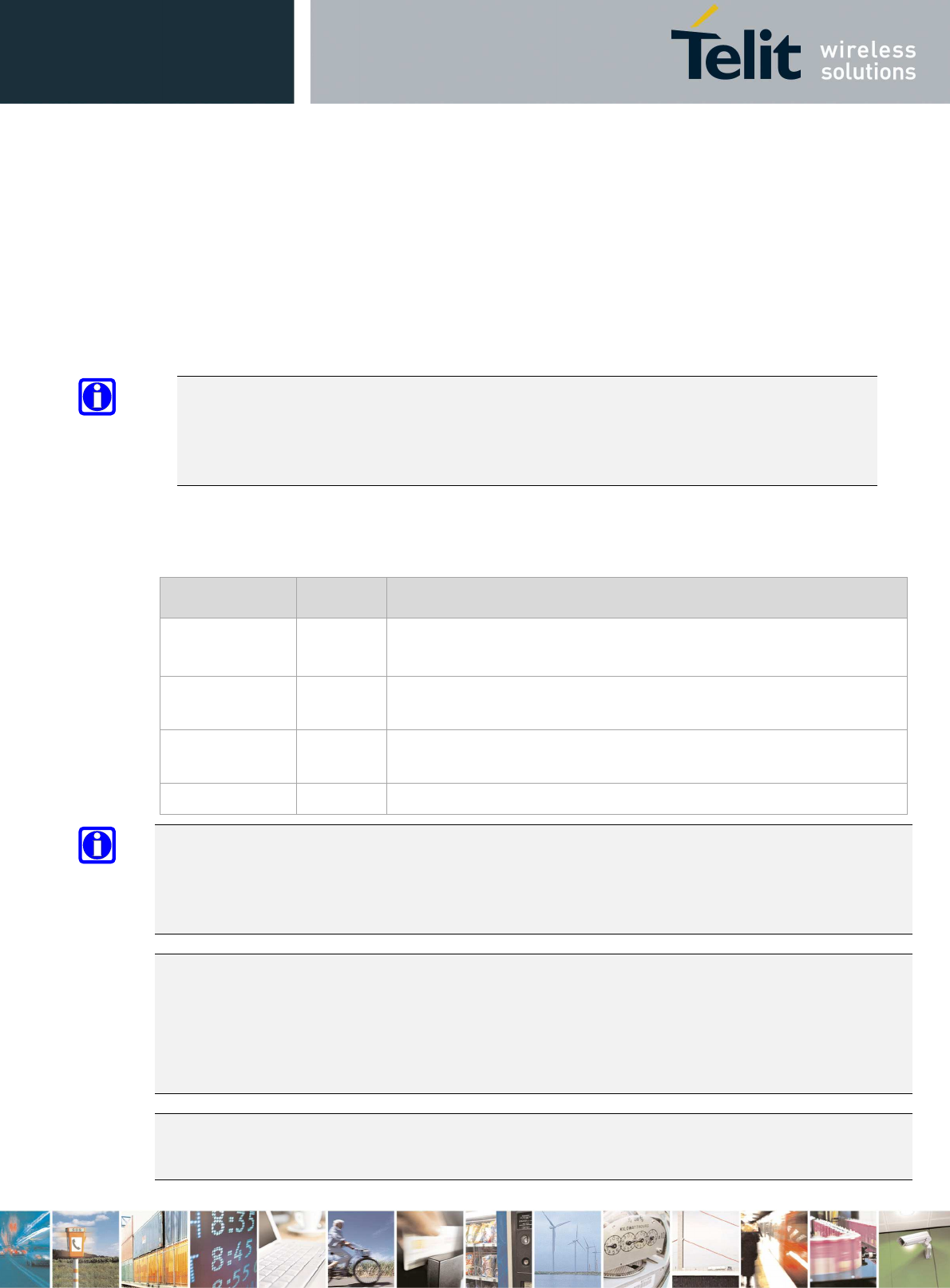
LE910Cx Hardware User Guide
1VV0301298 Rev. 1.04 - 2017-05-25
Reproduction forbidden without written authorization by Telit Communications S.p.A. - All Rights Reserved
Telit Confidential Information, provided under NDA Page
68 of 116
8.1. USB Port
The LE910Cx module includes a Universal Serial Bus (USB) transceiver, which operates at USB high-
speed (480 Mbits/sec). It can also operate with USB full-speed hosts (12 Mbits/sec).
It is compliant with the USB 2.0 specification and can be used for control and data transfers as well
as for diagnostic monitoring and firmware update.
The USB port is typically the main interface between the LE910Cx module and OEM hardware.
NOTE:
The USB_D+ and USB_D- signals have a clock rate of 480 MHz. The signal traces must be routed
carefully. Minimize trace lengths, number of vias, and capacitive loading. The impedance value
should be as close as possible to 90 Ohms differential.
Table 23 lists the USB interface signals.
Table 23: USB Interface Signals
Signal Pad No Usage
USB_VBUS A13 Power and cable detection for the internal USB transceiver.
Acceptable input voltage range 2.5V – 5.5V @ max 5 mA consumption
USB_D- C15 Minus (-) line of the differential, bi-directional USB signal to/from the
peripheral device
USB_D+ B15 Plus (+) line of the differential, bi-directional USB signal to/from the
peripheral device
USB_ID A14 Used for USB OTG in order to determine host or client mode
NOTE:
USB_VBUS input power is internally used to detect the USB port and start the enumeration process. It is
not used for supplying power to the internal LE910Cx USB HW block. Therefore, only a maximum of 5 mA
is required.
NOTE:
Even if USB communication is not used, it is still highly recommended to place an optional USB connector
on the application board.
At least test points of the USB signals are required since the USB physical communication is needed in
the case of SW update.
NOTE
An external 5V power supply is required on the application board for supporting USB OTG
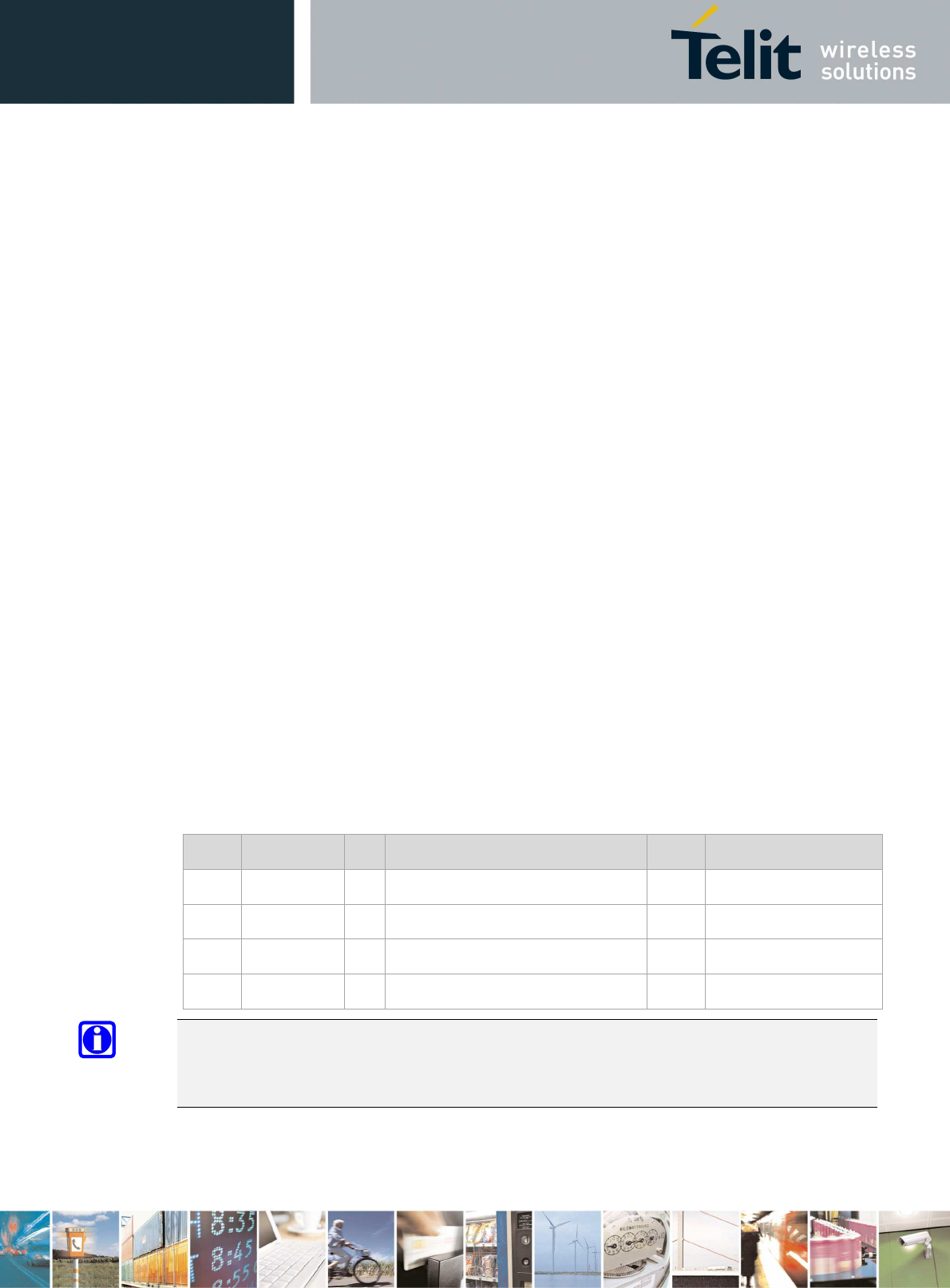
LE910Cx Hardware User Guide
1VV0301298 Rev. 1.04 - 2017-05-25
Reproduction forbidden without written authorization by Telit Communications S.p.A. - All Rights Reserved
Telit Confidential Information, provided under NDA Page
69 of 116
8.2. HSIC Interface
The application processor exposes a High-Speed Inter-Chip (HSIC). HSIC eliminates the analog
transceiver from a USB interface for lower voltage operation and reduced power dissipation.
• High-speed 480 Mbps (240 MHz DDR) USB transfers are 100% host driver compatible with
traditional USB cable connected topologies
• Bidirectional data strobe signal (STROBE)
• Bidirectional data signal (DATA)
• No power consumption unless a transfer is in progress
Further details will be provided in a future release of this document.
8.3. SGMII Interface (optional)
The SOC optionally includes an integrated Ethernet MAC with an SGMII interface, having the
following key features:
• The SGMII interface can be used connect to an external Ethernet PHY, or an external switch.
• When enabled, an additional network interface will be available to the Linux kernel’s
router.
8.3.1. Ethernet Control interface
When using an external PHY for Ethernet connectivity, the LE910C1 also includes the control
interface for managing the external PHY
The table below lists the signals for controlling the external PHY
Table 24: Ethernet Control Interface Signals
PAD Signal I/O
Function Type COMMENT
C2 MAC_MDC O MAC to PHY Clock 2.85V
C1 MAC_MDIO
I/O MAC to PHY Data 2.85V
D1 ETH_RST_N O Reset to Ethernet PHY 2.85V
G4 ETH_INT_N I Interrupt from Ethernet PHY 2.85V
NOTE:
The Ethernet control interface is shared with USIM2 port!
When Ethernet PHY is used, USIM2 port cannot be used (and vice versa).

LE910Cx Hardware User Guide
1VV0301298 Rev. 1.04 - 2017-05-25
Reproduction forbidden without written authorization by Telit Communications S.p.A. - All Rights Reserved
Telit Confidential Information, provided under NDA Page
70 of 116
8.4. Serial Ports
The serial port is typically a secondary interface between the LE910Cx module and OEM hardware.
Two serial ports are available on the module:
• MODEM SERIAL PORT 1(Main)
• MODEM SERIAL PORT 2 (Auxiliary)
Several configurations can be designed for the serial port on the OEM hardware. The most common
are:
• RS232 PC com port
• Microcontroller UART @ 1.8V (Universal Asynchronous Receive Transmit)
• Microcontroller UART @ 3.3V/5V or other voltages different from 1.8V
Depending on the type of serial port on the OEM hardware, a level translator circuit may be needed
to make the system operate. The only configuration that does not need level translation is the 1.8V
UART.
The levels for LE910Cx UART are the CMOS levels as described in Section 4.3, Logic Level
Specifications.
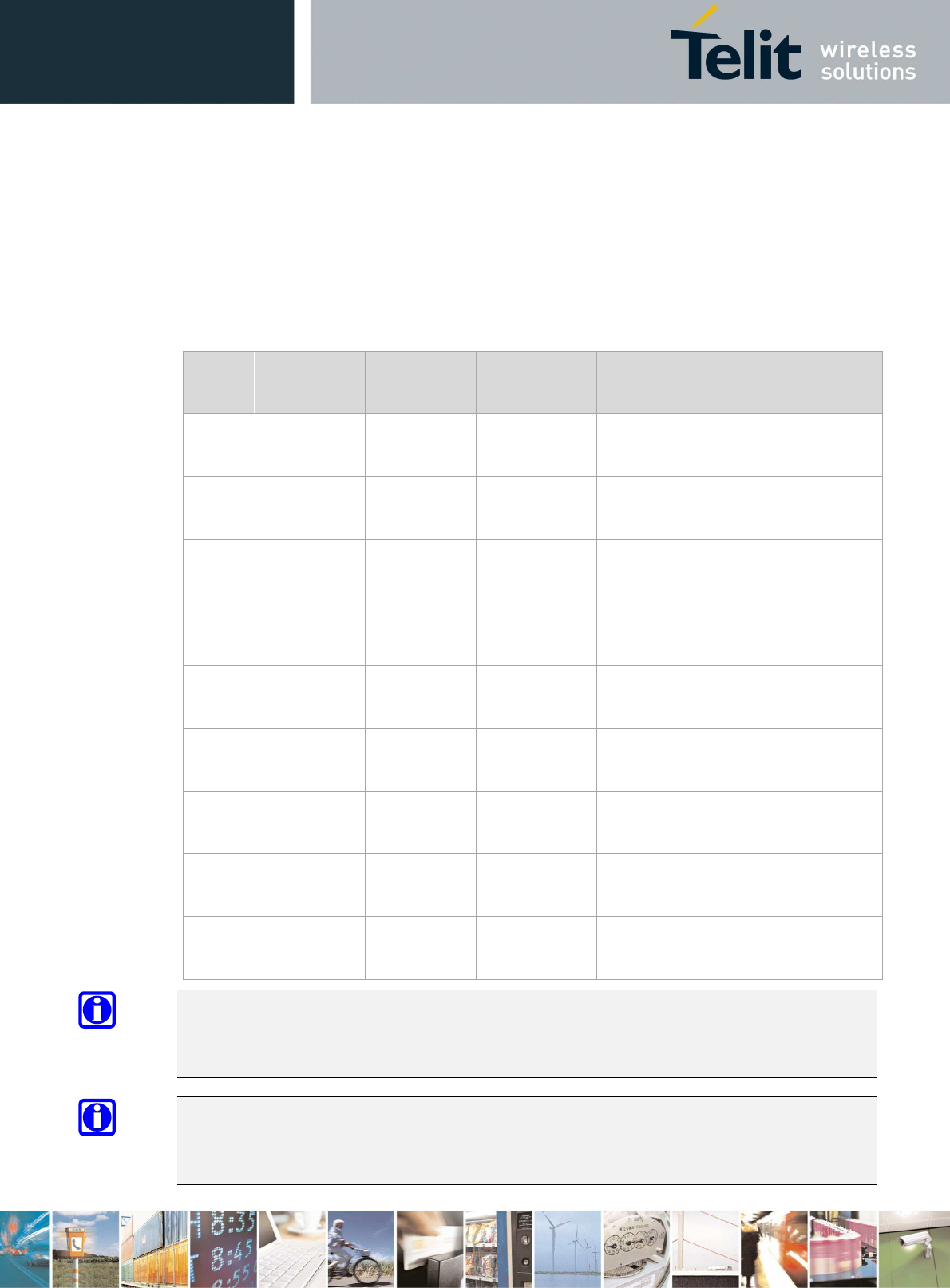
LE910Cx Hardware User Guide
1VV0301298 Rev. 1.04 - 2017-05-25
Reproduction forbidden without written authorization by Telit Communications S.p.A. - All Rights Reserved
Telit Confidential Information, provided under NDA Page
71 of 116
8.4.1. Modem Serial Port 1 Signals
Serial Port 1 on LE910Cx is a +1.8V UART with 7 RS232 signals. It differs from the PC-RS232 in signal
polarity (RS232 is reversed) and levels.
Table 25 lists the signals of LE910Cx Serial Port 1.
Table 25: Modem Serial Port 1 Signals
RS232
Pin No.
Signal LE910Cx
Pad No.
Name Usage
1 DCD -
DCD_UART
N14 Data Carrier
Detect
Output from the LE910Cx that
indicates carrier presence
2 RXD -
TX_UART
M15 Transmit line
*see Note
Output transmit line of the LE910Cx
UART
3 TXD -
RX_UART
N15 Receive line
*see Note
Input receive line of the LE910Cx
UART
4 DTR -
DTR_UART
M14 Data Terminal
Ready
Input to LE910Cx that controls the
DTE READY condition
5 GND A2, B13,
D4…
Ground Ground
6 DSR -
DSR_UART
P14 Data Set
Ready
Output from the LE910Cx that
indicates that the module is ready
7 RTS -
RTS_UART
L14 Request to
Send
Input to LE910Cx controlling the
Hardware flow control
8 CTS -
CTS_UART
P15 Clear to Send Output from LE910Cx controlling the
Hardware flow control
9 RI - RI_UART R14 Ring Indicator Output from LE910Cx indicating the
Incoming call condition
NOTE:
DCD, DTR, DSR, RI signals that are not used for UART functions can be configured as GPIO using AT
commands.
NOTE:
To avoid a back-powering effect, it is recommended to avoid having any HIGH logic level signal
applied to the digital pins of the module when it is powered OFF or during an ON/OFF transition.
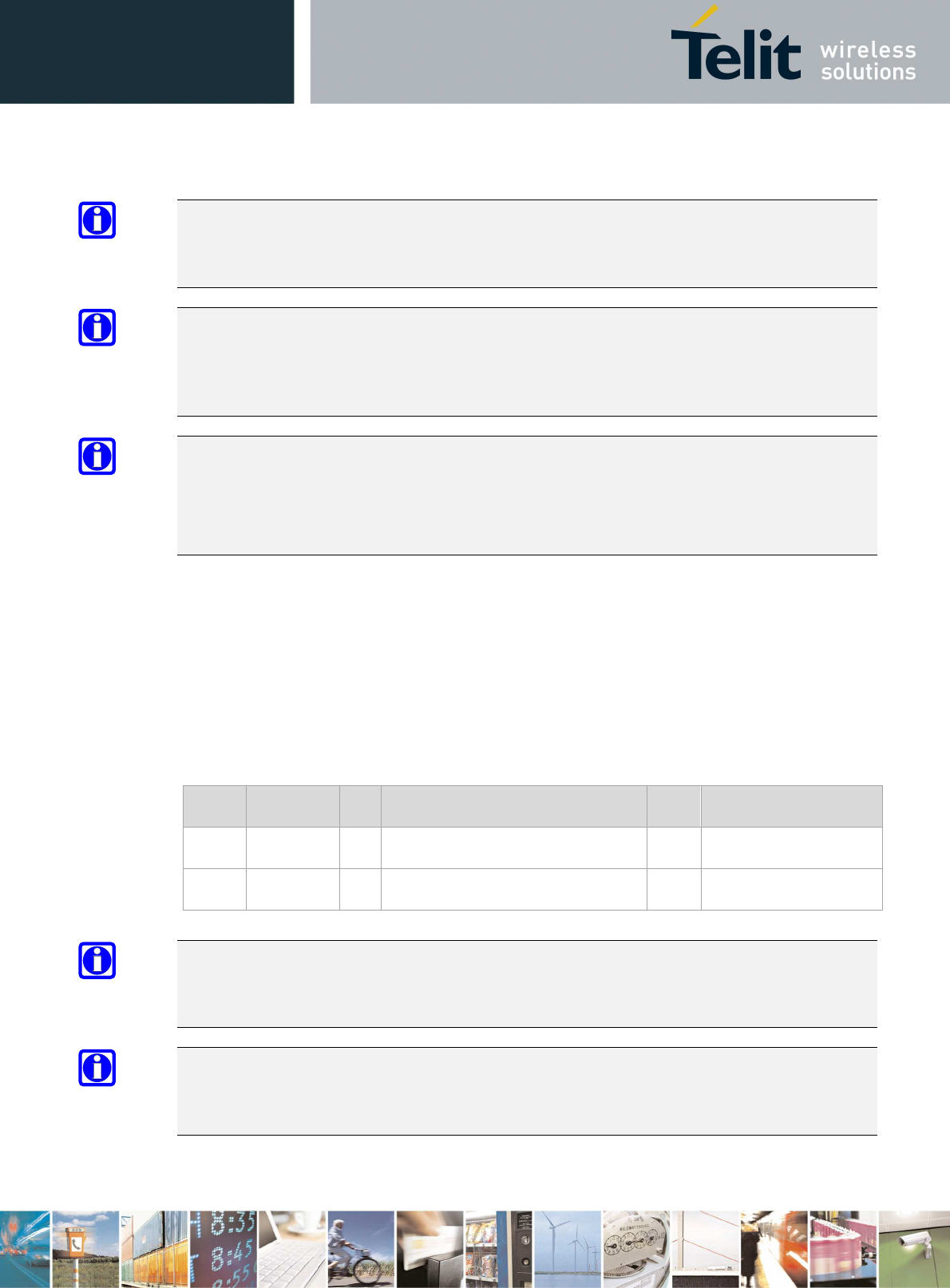
LE910Cx Hardware User Guide
1VV0301298 Rev. 1.04 - 2017-05-25
Reproduction forbidden without written authorization by Telit Communications S.p.A. - All Rights Reserved
Telit Confidential Information, provided under NDA Page
72 of 116
NOTE:
For minimum implementations, only the TXD and RXD lines need be connected. The other lines
can be left open provided a software flow control is implemented.
NOTE:
According to V.24, Rx/Tx signal names refer to the application side; therefore, on the LE910Cx side,
these signal are in the opposite direction: TXD on the application side will be connected to the
receive line (here named TXD/ RX_UART) of the LE910Cx serial port and vice versa for Rx.
NOTE:
DTR pin must not be pulled low in order not to prevent the UART and the entire module from
entering low power mode.
DTR can be left floating if not used.
8.4.2. Modem Serial Port 2
Serial Port 2 on the LE910Cx is a +1.8V UART with RX and TX signals only.
The UART functionality is shared with SPI thus simultaneous of SPI and UART is not supported.
The below table lists the signals of LE910Cx Serial Port 2.
Table 26 Modem Serial Port 2 Signals
PAD Signal I/O
Function Type COMMENT
D15 TX_AUX O Auxiliary UART (Tx Data to DTE) 1.8V Shared with SPI_MOSI
E15 RX_AUX I Auxiliary UART (Rx Data to DTE) 1.8V Shared with SPI_MISO
NOTE:
To avoid a back-powering effect, it is recommended to avoid having any HIGH logic level signal
applied to the digital pins of the module when it is powered OFF or during an ON/OFF transition.
NOTE:
The Auxiliary UART is used as the SW main debug console. It is required to place test points on this
interface even if not used.
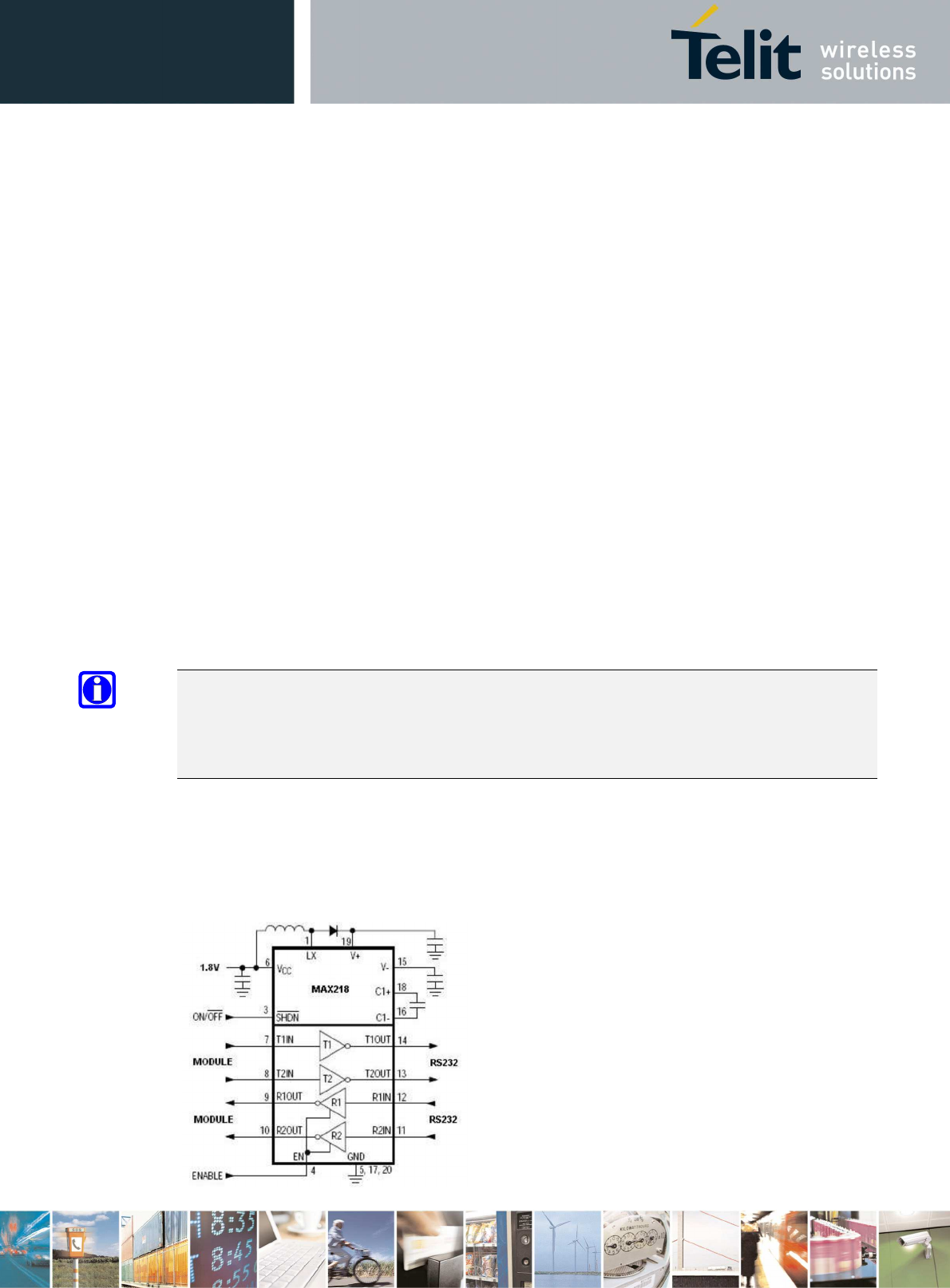
LE910Cx Hardware User Guide
1VV0301298 Rev. 1.04 - 2017-05-25
Reproduction forbidden without written authorization by Telit Communications S.p.A. - All Rights Reserved
Telit Confidential Information, provided under NDA Page
73 of 116
8.4.3. RS232 Level Translation
To interface the LE910Cx with a PC com port or a RS232 (EIA/TIA-232) application, a level translator
is required. This level translator must:
• Invert the electrical signal in both directions
• Change the level from 0/1.8V to +15/-15V
The RS232 UART 16450, 16550, 16650 & 16750 chipsets accept signals with lower levels on the
RS232 side (EIA/TIA-562), allowing a lower voltage-multiplying ratio on the level translator. Note
that the negative signal voltage must be less than 0V and hence some sort of level translation is
always required.
The simplest way to translate the levels and invert the signal is by using a single chip-level
translator. There are a multitude of them, differing in the number of drivers and receivers and in
the levels (be sure to get a true RS232 level translator, not a RS485 or other standards).
By convention, the driver is the level translator from the 0-1.8V UART to the RS232 level. The
receiver is the translator from the RS232 level to 0-1.8V UART.
To translate the whole set of control lines of the UART, the following is required:
• 2 drivers
• 2 receivers
NOTE:
The digital input lines operating at 1.8V CMOS have an absolute maximum input voltage of 2.7V.
Therefore, the level translator IC must not be powered by the +3.8V supply of the module. Instead,
it must be powered from a dedicated +1.8V power supply.
An example of RS232 level adaption circuitry could use a MAXIM transceiver (MAX218).
In this case, the chipset is capable of translating directly from 1.8V to the RS232 levels (Example on
4 signals only).
Figure 13: RS232 Level Adaption Circuitry Example
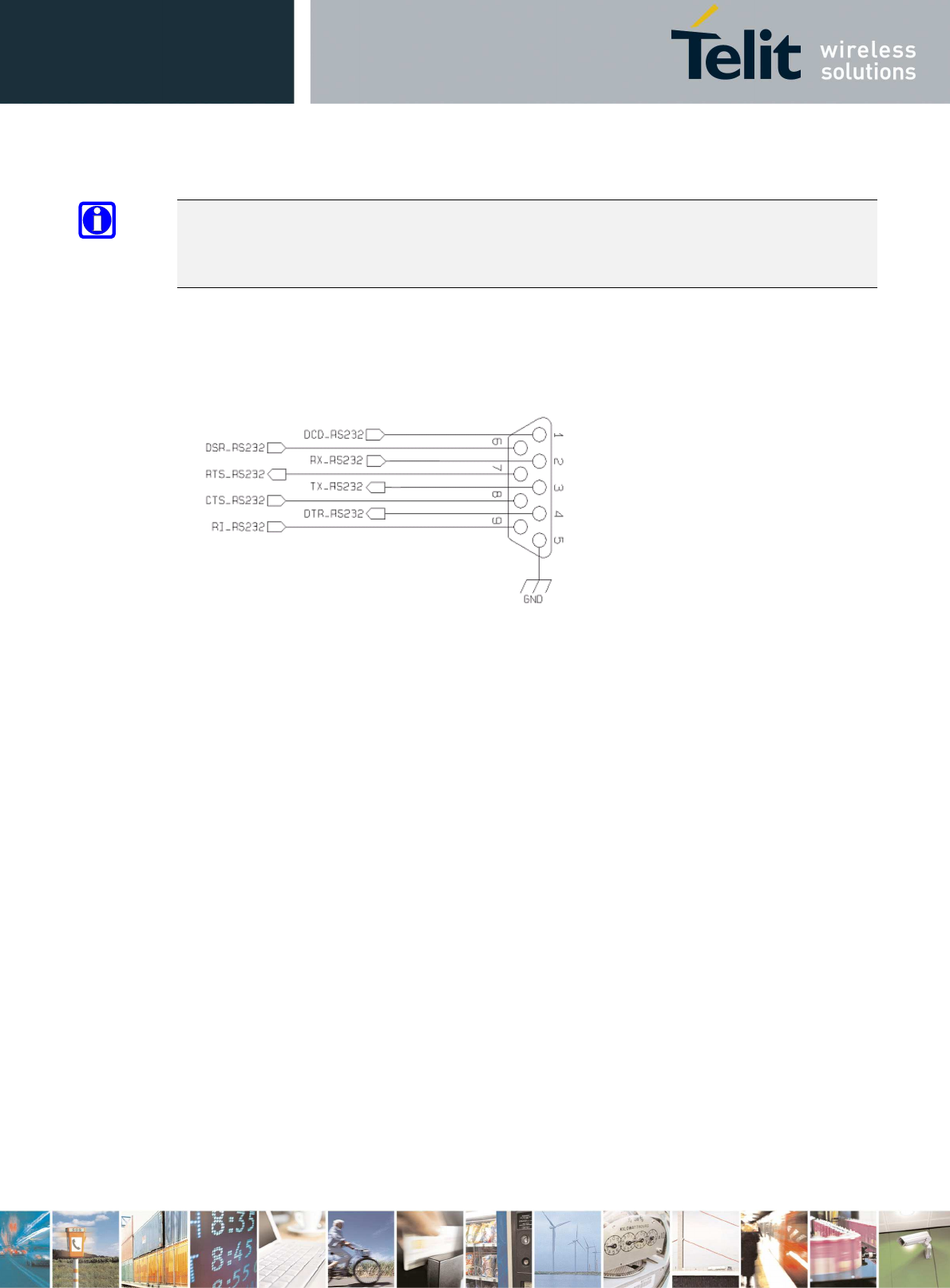
LE910Cx Hardware User Guide
1VV0301298 Rev. 1.04 - 2017-05-25
Reproduction forbidden without written authorization by Telit Communications S.p.A. - All Rights Reserved
Telit Confidential Information, provided under NDA Page
74 of 116
NOTE:
In this case, the length of the lines on the application must be taken into account to avoid problems
in the case of High-speed rates on RS232.
The RS232 serial port lines are usually connected to a DB9 connector as shown in Figure 14. Signal
names and directions are named and defined from the DTE point of view.
Figure 14: RS232 Serial Port Lines Connection Layout
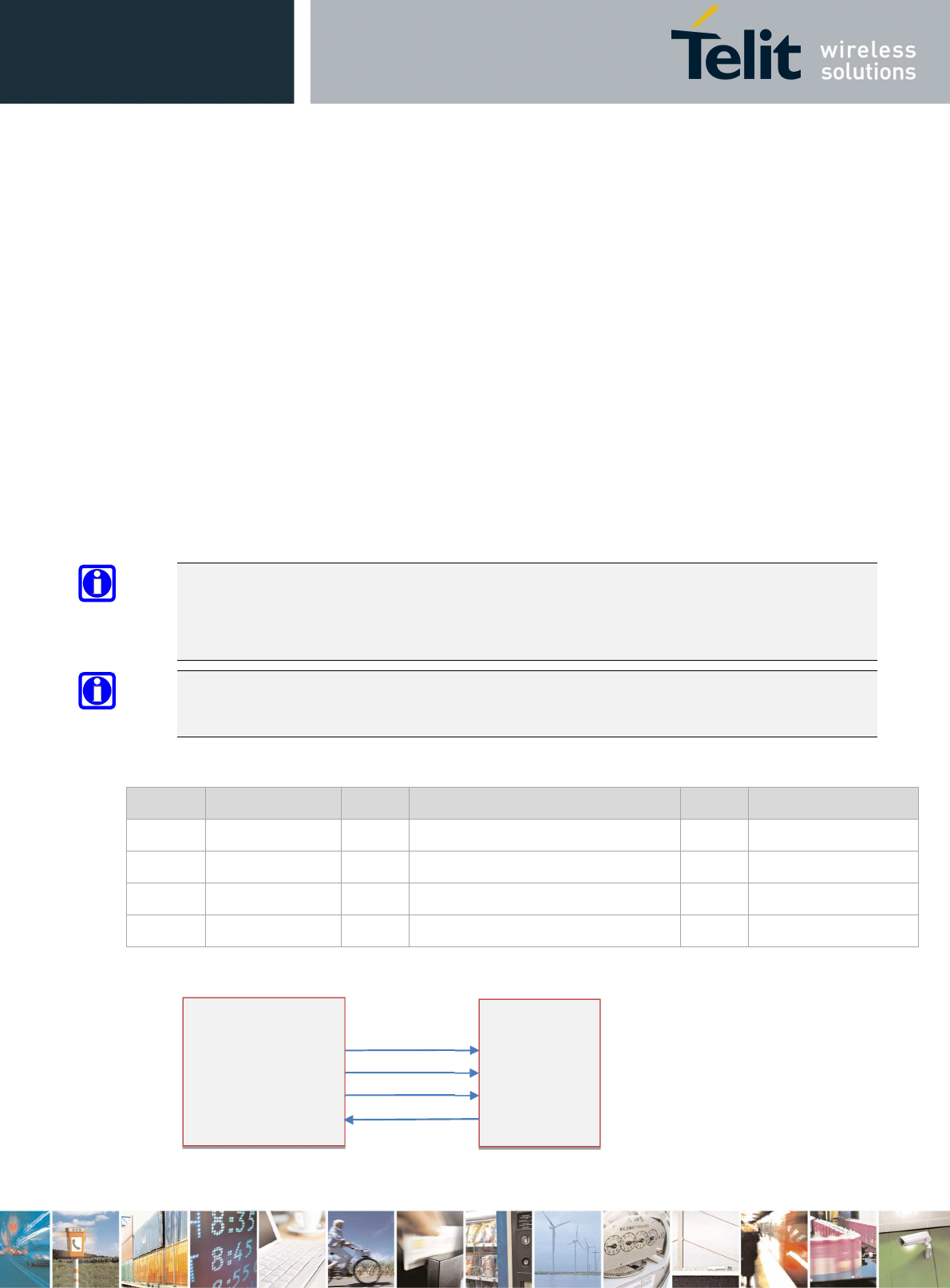
LE910Cx Hardware User Guide
1VV0301298 Rev. 1.04 - 2017-05-25
Reproduction forbidden without written authorization by Telit Communications S.p.A. - All Rights Reserved
Telit Confidential Information, provided under NDA Page
75 of 116
8.5. Peripheral Ports
In addition to the LE910Cx serial ports, the LE910Cx supports the following peripheral ports:
• SPI – Serial Peripheral Interface
• I2C - Inter-integrated circuit
• SD/MMC Card Interface
• SDIO Interface
8.5.1. SPI – Serial Peripheral Interface
The LE910Cx SPI supports the following:
• Master Mode only
• 1.8V CMOS level
• Up to 50 MHz clock rate
NOTE:
SPI is supported only on the Linux side.
The LE910Cx module supports Master mode only and cannot be configured as Slave mode.
NOTE:
Simultaneous / Concurrent usage of AUX UART and SPI is not supported.
Table 27: SPI Signals
PAD Signal I/O Function Type Comment
F15 SPI_CLK O SPI clock output 1.8V
E15 SPI_MISO I SPI data Master input Slave output 1.8V Shared with RX_AUX
D15 SPI_MOSI O SPI data Master output Slave input 1.8V Shared with TX_AUX
H14 SPI_CS/GPIO11 O SPI chip-select output 1.8V
Figure 15: SPI Signal Connectivity
LE910Cx
SPI_CS
SPI_CLK
SPI_MO
SPI_MISO
Host (Slave)
SPI_CS
SPI_CLK
SPI_MOSI
SPI_MISO
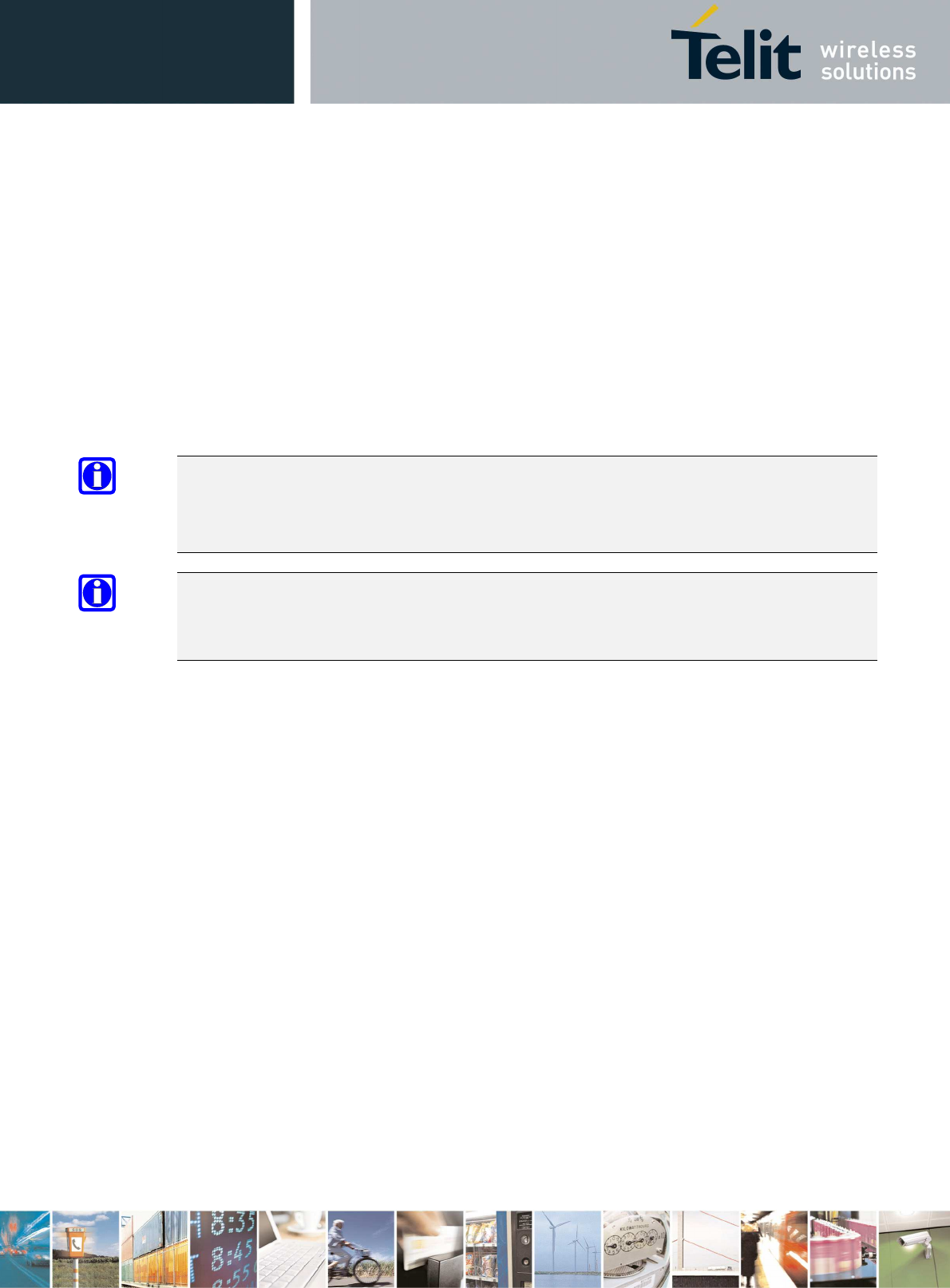
LE910Cx Hardware User Guide
1VV0301298 Rev. 1.04 - 2017-05-25
Reproduction forbidden without written authorization by Telit Communications S.p.A. - All Rights Reserved
Telit Confidential Information, provided under NDA Page
76 of 116
8.5.2. I2C - Inter-integrated Circuit
The LE910Cx supports an I2C interface on the following pins:
• B11 - I2C_SCL
• B10 - I2C_SDA
The I2C can also be used externally by the end customer application.
In addition, SW emulated I2C functionality can be used on GPIO 1-10 pins.
Any GPIO (among GPIO 1-10) can be configured as SCL or SDA.
LE910Cx supports I2C Master Mode only.
NOTE:
SW emulated I2C on GPIO lines is supported only from the Modem side.
For more information, refer to the LE910Cx AT SW manual for command settings.
NOTE:
For keeping backward compatibility with previous LE910 products it is recommended to keep
using the SW emulated I2C available on GPIO’s 1-10.
8.5.3. SD/MMC Card Interface
The LE910Cx provides an SD port supporting the SD3.0 specification, which can be used to support
standard SD/MMC memory cards with the following features:
• Interface with SD/MMC memory cards up to 2 TB
• Max clock @ 2.95V - 50 MHz SDR
• Max Data: 25 MB/s
• SD standard: HS-SDR25 at 2.95V
• Max clock @ 1.8V - 200 MHz SDR
• Max Data: 100 MB/s
• SD standard: UHS-SDR104 at 1.8 V
• Max clock @ 1.8V - 50 MHz DDR
• Max Data: 50 MB/s
• SD standard: UHS-DDR50 at 1.8 V
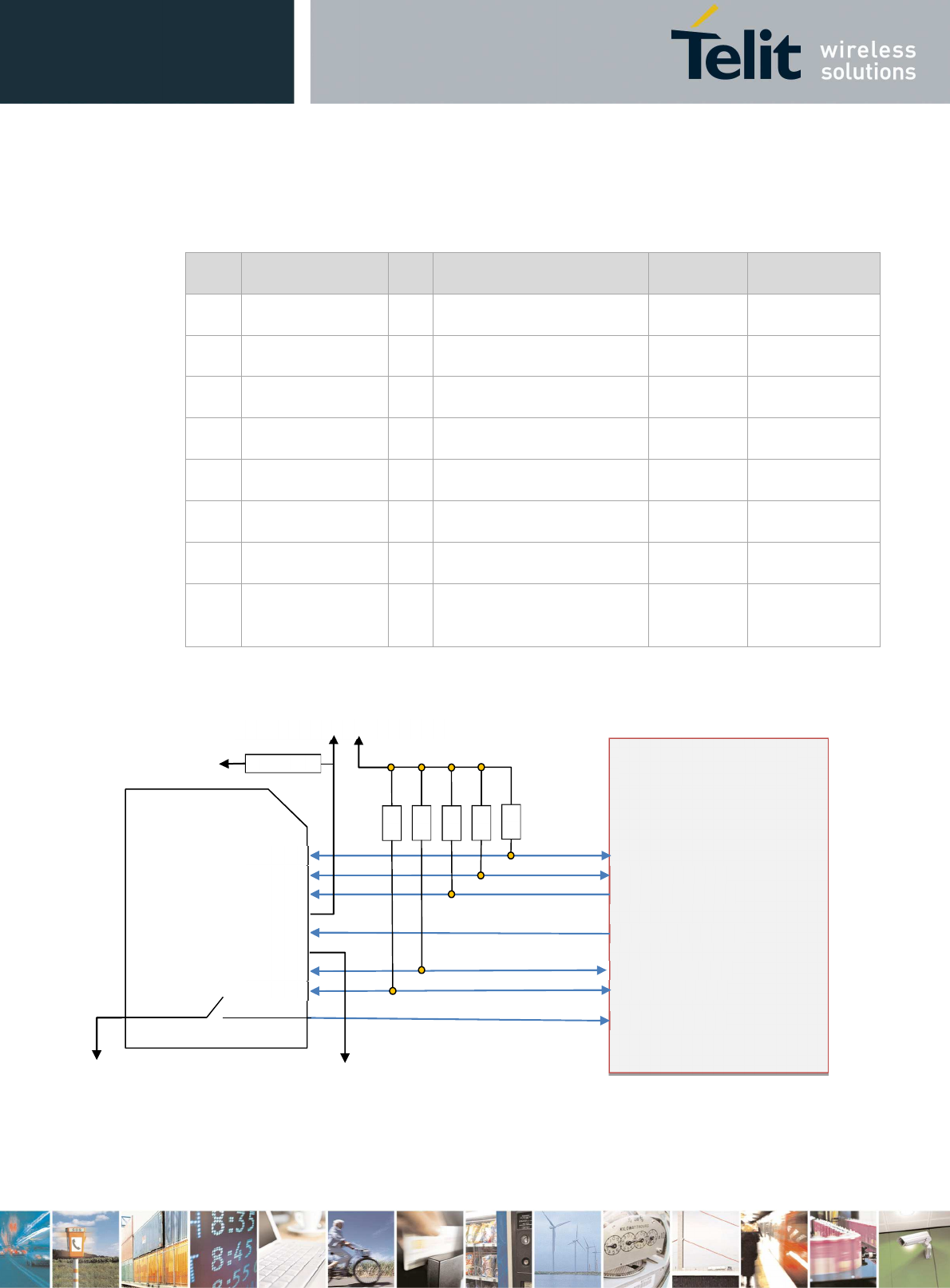
LE910Cx Hardware User Guide
1VV0301298 Rev. 1.04 - 2017-05-25
Reproduction forbidden without written authorization by Telit Communications S.p.A. - All Rights Reserved
Telit Confidential Information, provided under NDA Page
77 of 116
Table 28 lists the LE910Cx SD card signals.
Table 28: SD Card Signals
PAD Signal I/O Function Type Comments
J12 SD/MMC_CMD O SD command 1.8/2.95V
F12 SD/MMC_CLK O SD card clock 1.8/2.95V
E12 SD/MMC_DATA0 I/O SD Serial Data 0 1.8/2.95V
G12 SD/MMC_DATA1 I/O SD Serial Data 1 1.8/2.95V
K12 SD/MMC_DATA2 I/O SD Serial Data 2 1.8/2.95V
H12 SD/MMC_DATA3 I/O SD Serial Data 3 1.8/2.95V
G13 SD/MMC_CD I SD card detect input 1.8V Active Low
F13 VMMC - Power supply for MMC
card pull-up resistors
1.8/2.95V Max Current is
50mA
Figure 16 shows the recommended connection diagram of the SD interface.
Figure 16: SD/MMC Interface Connectivity
SD/MMC_DATA2
SD/MMC_DATA3
SD/MMC_CMD
SD/M
MC_CLK
SD/MMC_DATA0
SD/MMC_DATA1
LE910Cx
SD/MMC Interface
SD/MMC_CD
DATA2
DATA3
CMD
VDD
VSS
DATA0
DATA1
MicroSD
MMC_CD
GND
GND
10
K
10
K
10
K
10
K
10
K
C=100nF
GND
External PS 3V VMMC
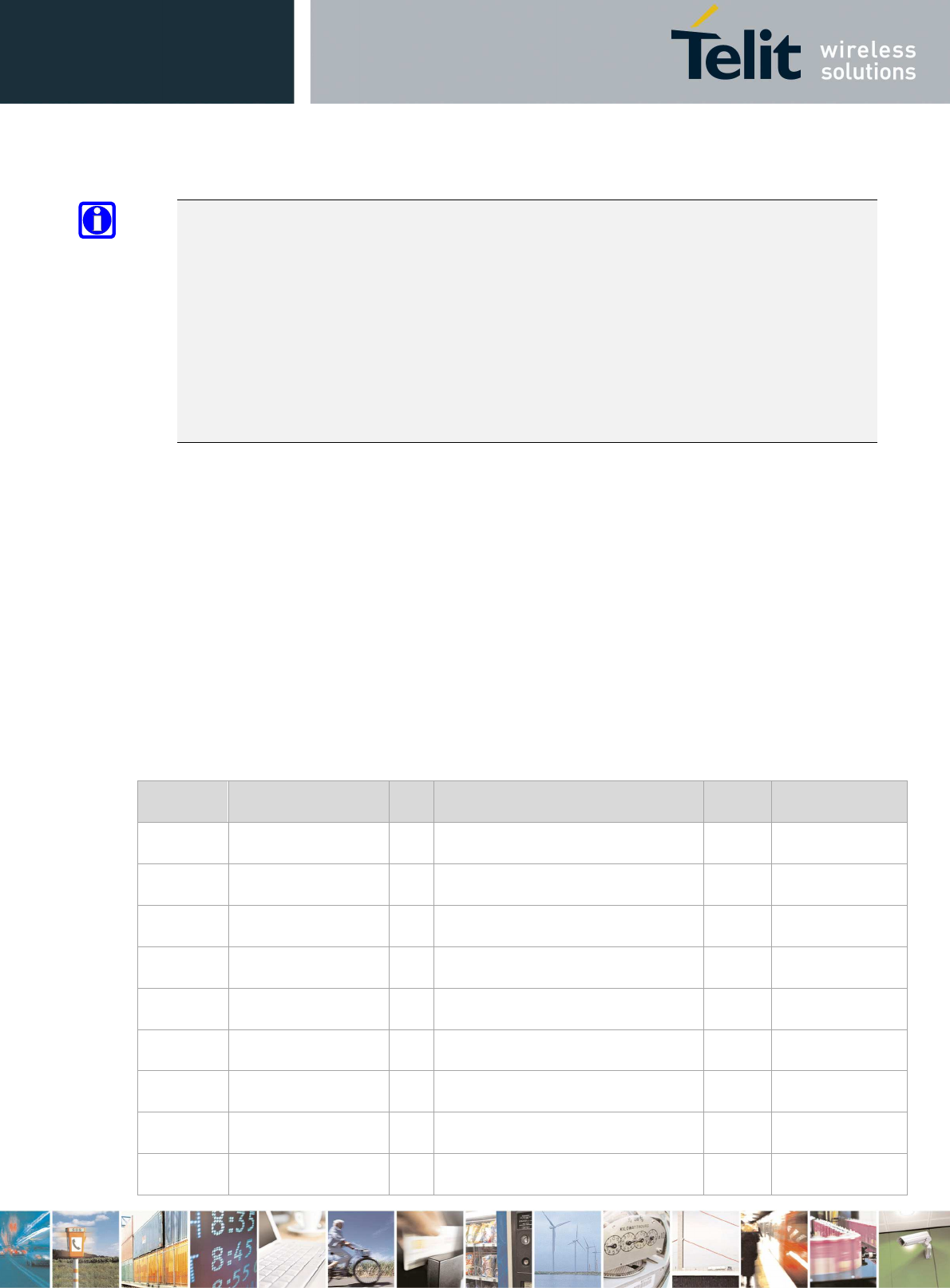
LE910Cx Hardware User Guide
1VV0301298 Rev. 1.04 - 2017-05-25
Reproduction forbidden without written authorization by Telit Communications S.p.A. - All Rights Reserved
Telit Confidential Information, provided under NDA Page
78 of 116
NOTE:
SD/MMC is supported only on the Linux side.
The power supply to the SD/MMC card is to be provided by the Host application board. The
LE910Cx does not provide a dedicated power supply for the SD/MMC card.
VMMC Supply is limited to 50mA thus can only supply the MMC card external pull-up resistors.
Pull-up resistors must be placed on the host application board.
The card detection input has an internal pull-up resistor.
VMMC can be used for enabling of the external power supply (LDO Enable signal)
8.5.4. WiFi SDIO Interface
The LE910Cx provides an SDIO port supporting the SDIO3.0 specification, which can be used to
interface with a WiFi chipset (Qualcomm QCA6574 chipset or other WiFi solutions)
The LE910Cx module includes an integrated SW driver for supporting the Qualcomm QCA6574
chipset
The LE910Cx SDIO port supports the SDIO 3.0 specification at 1.8V CMOS only, thus cannot be used
as an external SD/MMC card connection.
The LE910Cx module supports an LTE/WiFi coexistence mechanism via the WCI (Wireless
Coexistence Interface) port, which connects between the module and the external WiFi IC.
For a detailed explanation, refer to Ref 5:
Table 29: WiFi SDIO Interface Signals
PAD Signal I/O Function Type Comments
N13 WIFI_SD_CMD O WiFi SD Command 1.8V
L13 WIFI_SD_CLK O WiFi SD Clock 1.8V 200 MHz max.
J13 WIFI_SD_DATA0 I/O WiFi SD Serial Data 0 1.8V
M13 WIFI_SD_DATA1 I/O WiFi SD Serial Data 1 1.8V
K13 WIFI_SD_DATA2 I/O WiFi SD Serial Data 2 1.8V
H13 WIFI_SD_DATA3 I/O WiFi SD Serial Data 3 1.8V
L12 WIFI_SDRST O WiFi Reset / Power enable control 1.8V Active Low
M8 WCI_TX O Wireless coexistence interface TXD 1.8V
M9 WCI_RX I Wireless coexistence interface RXD 1.8V
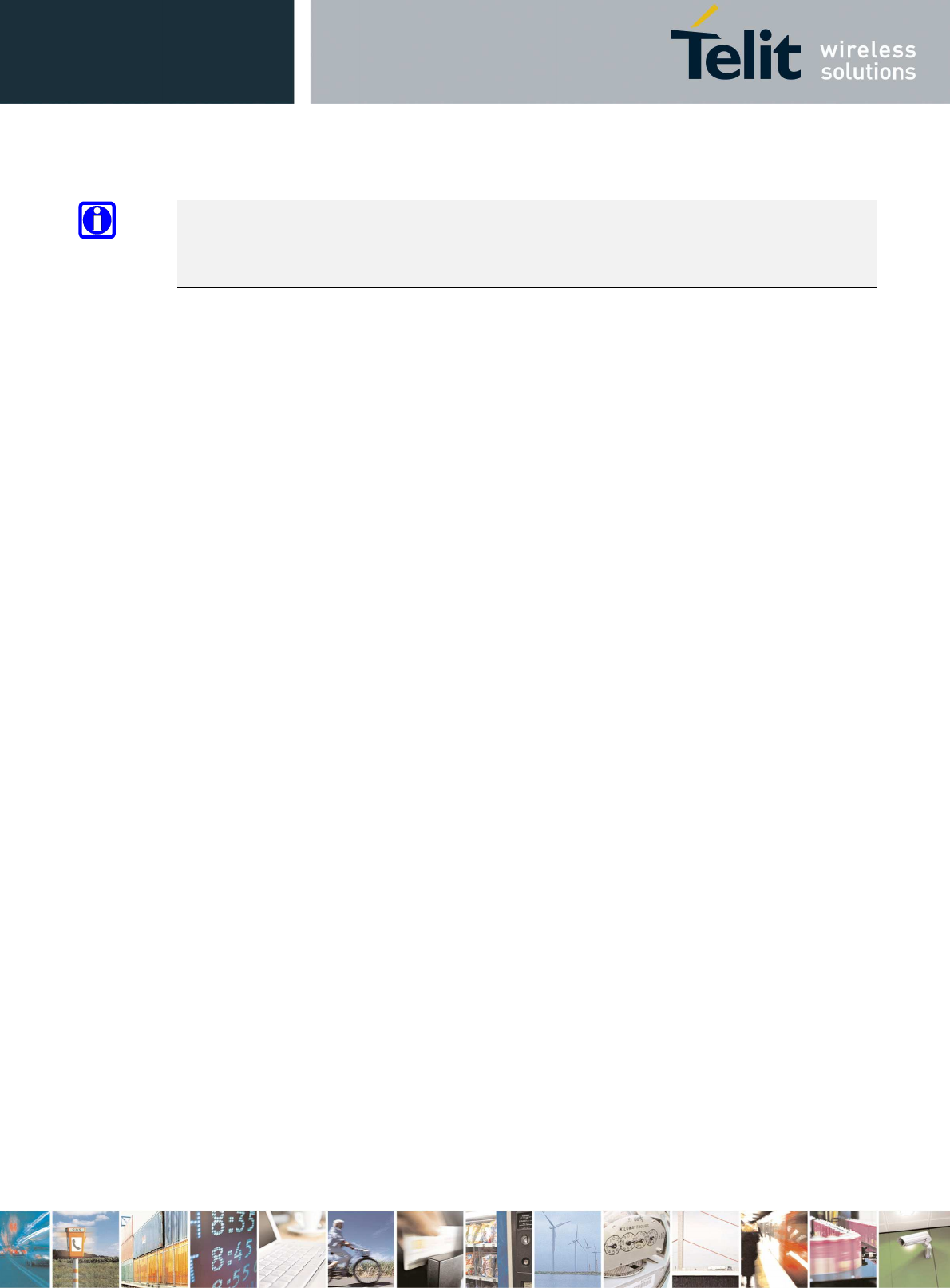
LE910Cx Hardware User Guide
1VV0301298 Rev. 1.04 - 2017-05-25
Reproduction forbidden without written authorization by Telit Communications S.p.A. - All Rights Reserved
Telit Confidential Information, provided under NDA Page
79 of 116
NOTE:
It is recommended that WiFi_SDRST be equipped with a pull-up resistor to 1.8V on the host
application to disable WiFi reset function if needed.
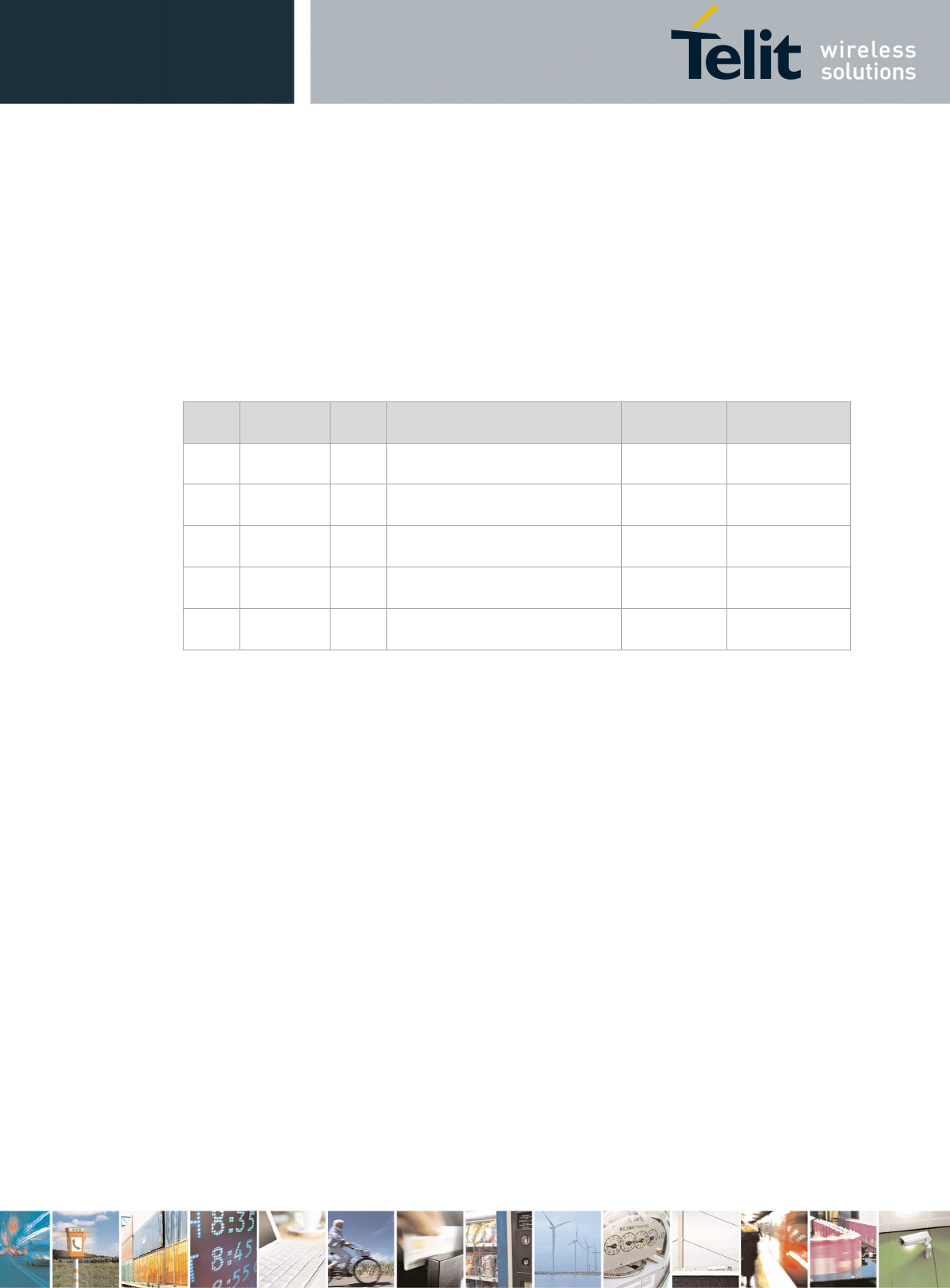
LE910Cx Hardware User Guide
1VV0301298 Rev. 1.04 - 2017-05-25
Reproduction forbidden without written authorization by Telit Communications S.p.A. - All Rights Reserved
Telit Confidential Information, provided under NDA Page
80 of 116
8.6. Audio Interface
The LE910Cx module support digital audio interface.
8.6.1. Digital Audio
The LE910Cx module can be connected to an external codec through the digital interface.
The product provides a single Digital Audio Interface (DVI) on the following pins:
Table 30: Digital Audio Interface (DVI) Signals
PAD Signal I/O Function Type COMMENT
B9 DVI_WAO O Digital Audio Interface (WAO) B-PD 1.8V PCM_SYNC
B6 DVI_RX I Digital Audio Interface (RX) B-PD 1.8V PCM_DIN
B7 DVI_TX O Digital Audio Interface (TX) B-PD 1.8V PCM_DOUT
B8 DVI_CLK O Digital Audio Interface (CLK) B-PD 1.8V PCM_CLK
B12 REF_CLK O Audio Master Clock B-PD 1.8V I2S_MCLK
LE910Cx DVI has the following characteristics:
• PCM Master mode using short or long frame sync modes
• 16 bit linear PCM format
• PCM clock rates of 256 kHz, 512 kHz, 1024 kHz and 2048 kHz (Default)
• Frame size of 8, 16, 32, 64, 128 & 256 bits per frame
• Sample rates of 8 kHz and 16 kHz
In addition to the DVI port, the LE910Cx module provides a master clock signal (REF_CLK on Pin
B12) which can either provide a reference clock to an external codec or form an I2S interface
together with the DVI port where the REF_CLK acts as the I2S_MCLK.
The REF_CLK default frequency is 12.288 MHz.
When using the DVI with REF_CLK as an I2S interface, 12.288 MHz is 256 x fs (where fs = 48 kHz)
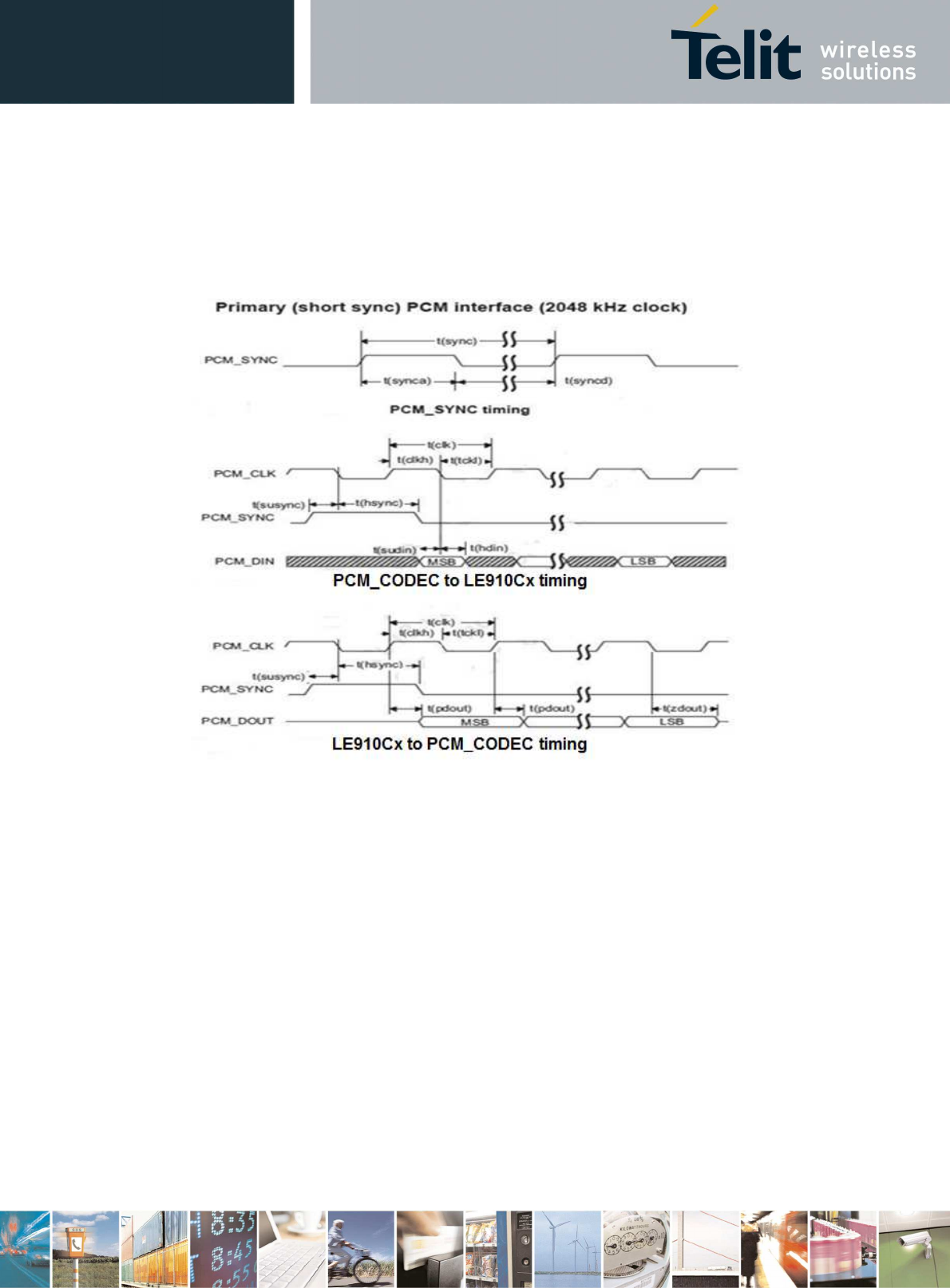
LE910Cx Hardware User Guide
1VV0301298 Rev. 1.04 - 2017-05-25
Reproduction forbidden without written authorization by Telit Communications S.p.A. - All Rights Reserved
Telit Confidential Information, provided under NDA Page
81 of 116
8.6.1.1. Short Frame Timing Diagrams
Figure 17: Primary PCM Timing
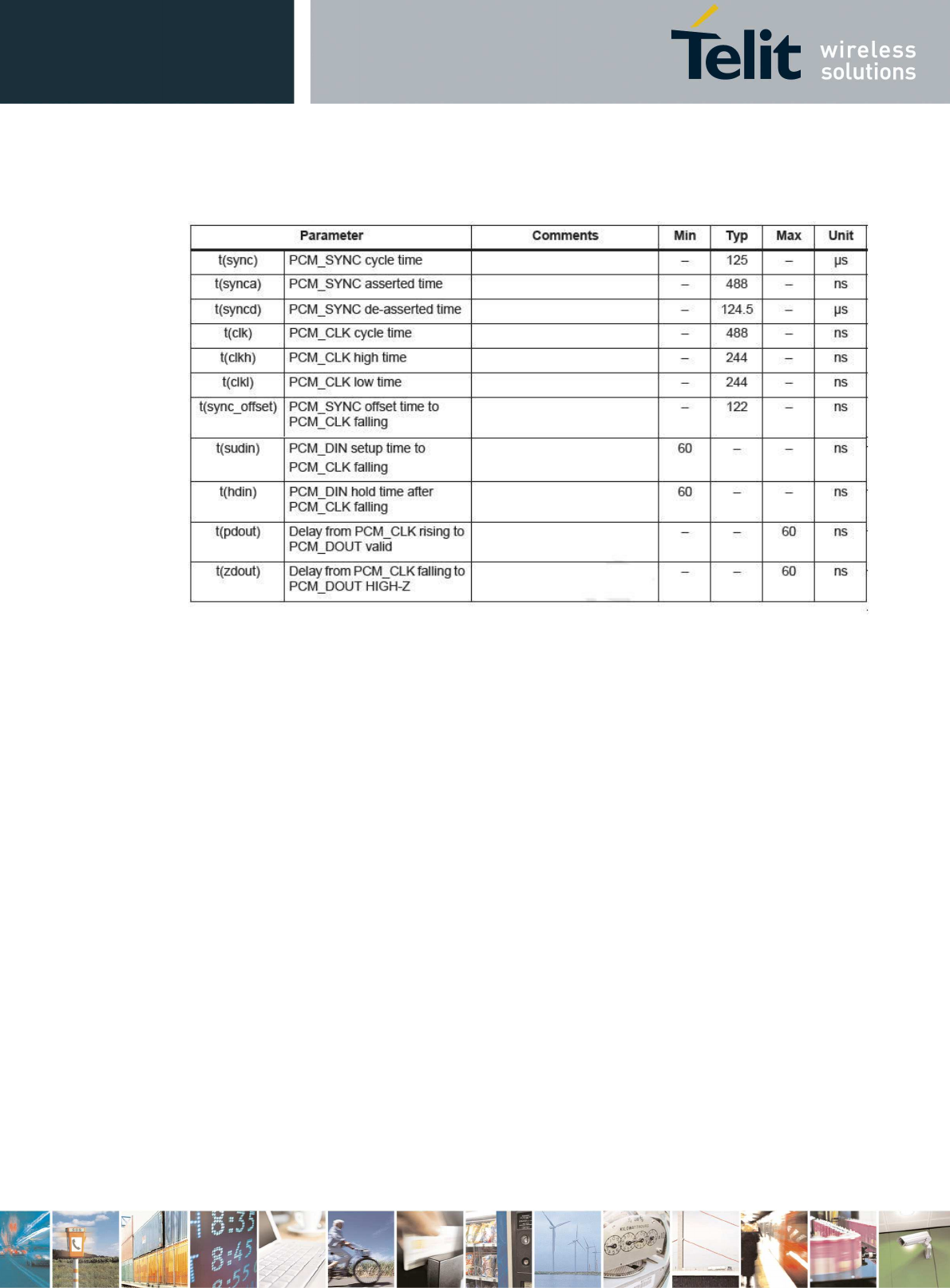
LE910Cx Hardware User Guide
1VV0301298 Rev. 1.04 - 2017-05-25
Reproduction forbidden without written authorization by Telit Communications S.p.A. - All Rights Reserved
Telit Confidential Information, provided under NDA Page
82 of 116
Table 31: PCM_CODEC Timing Parameters
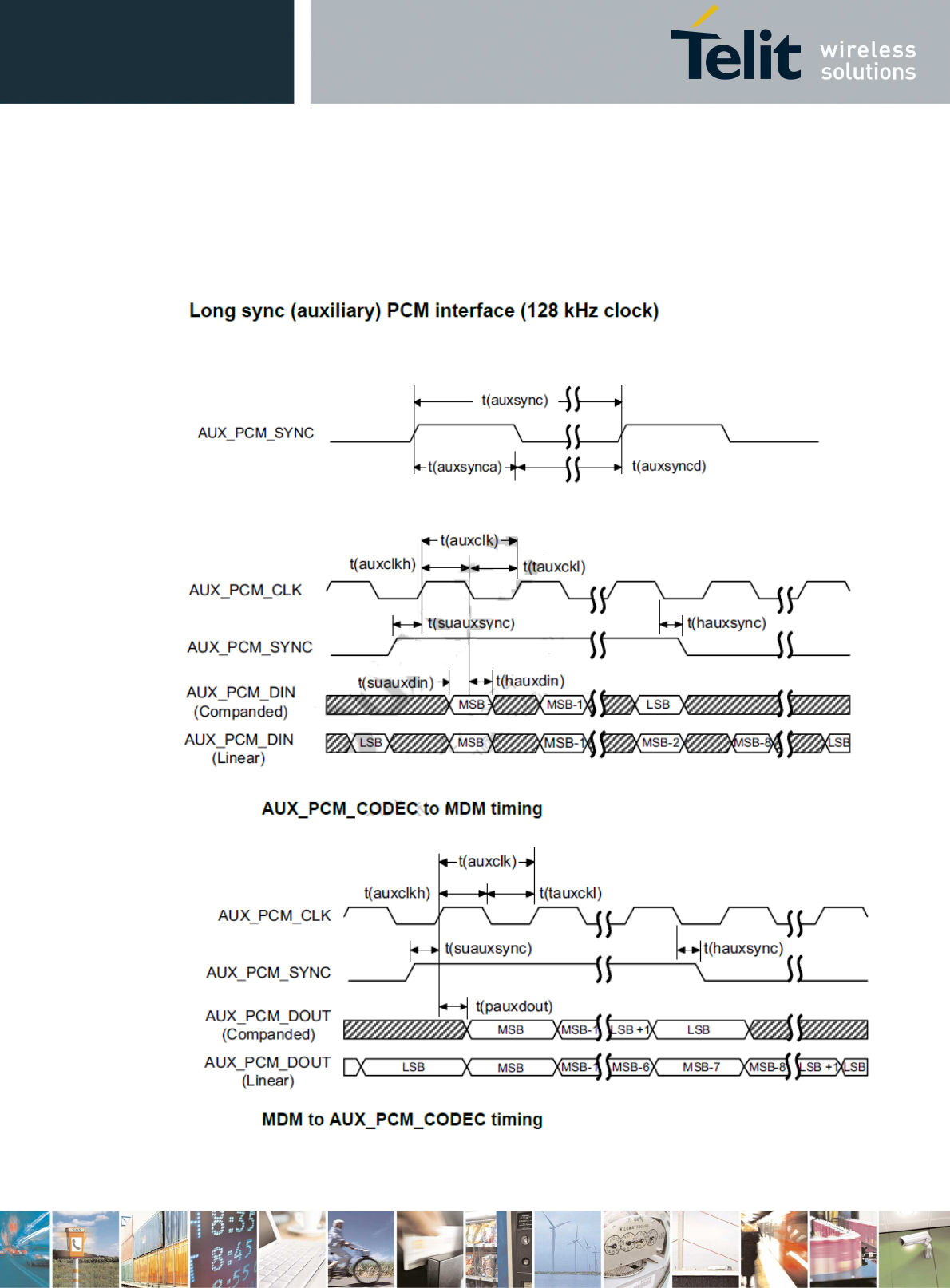
LE910Cx Hardware User Guide
1VV0301298 Rev. 1.04 - 2017-05-25
Reproduction forbidden without written authorization by Telit Communications S.p.A. - All Rights Reserved
Telit Confidential Information, provided under NDA Page
83 of 116
8.6.1.2. Long Frame Timing Diagrams
Figure 18: Auxiliary PCM Timing
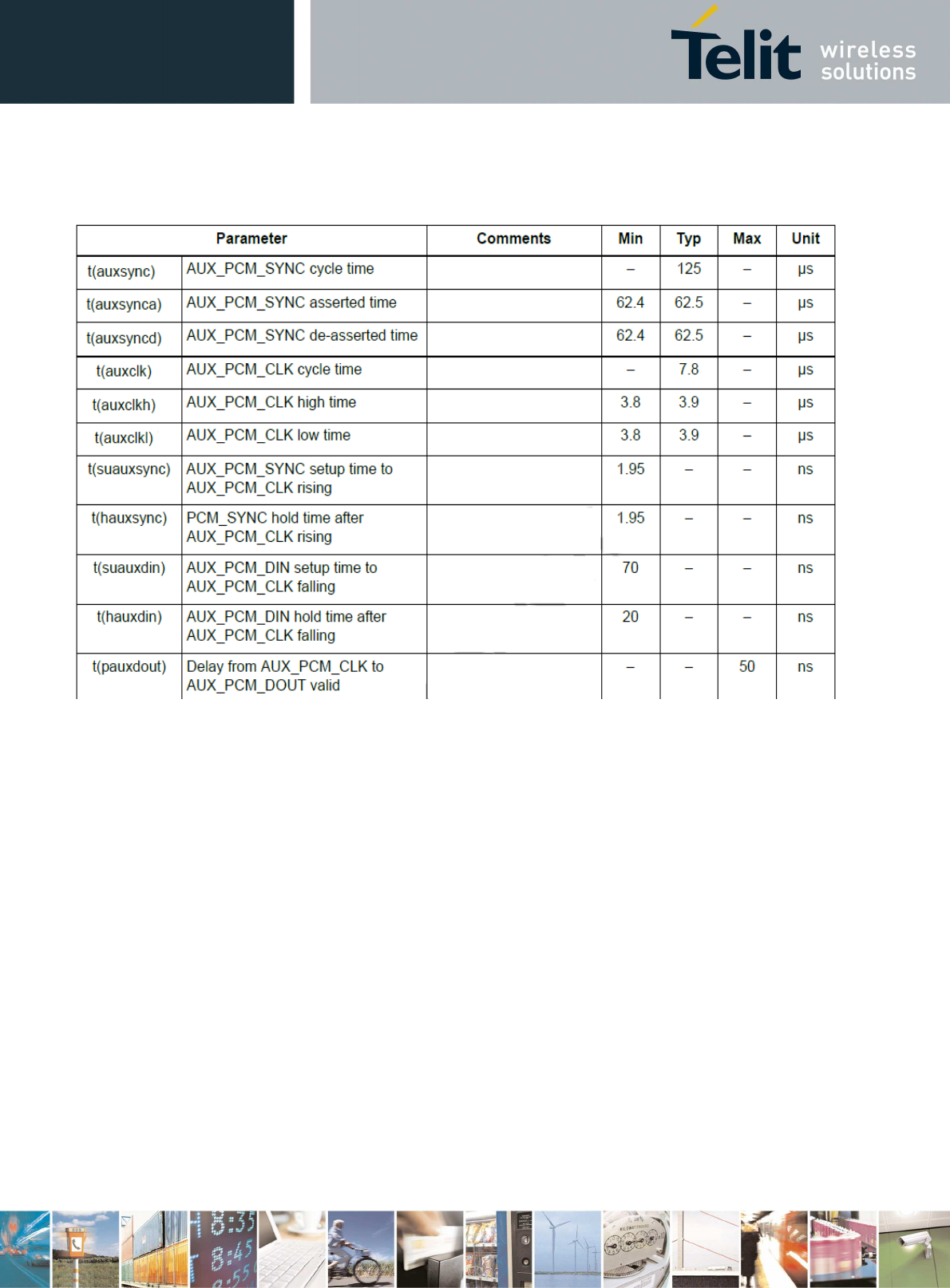
LE910Cx Hardware User Guide
1VV0301298 Rev. 1.04 - 2017-05-25
Reproduction forbidden without written authorization by Telit Communications S.p.A. - All Rights Reserved
Telit Confidential Information, provided under NDA Page
84 of 116
Table 32: AUX_PCM_CODEC Timing Parameters
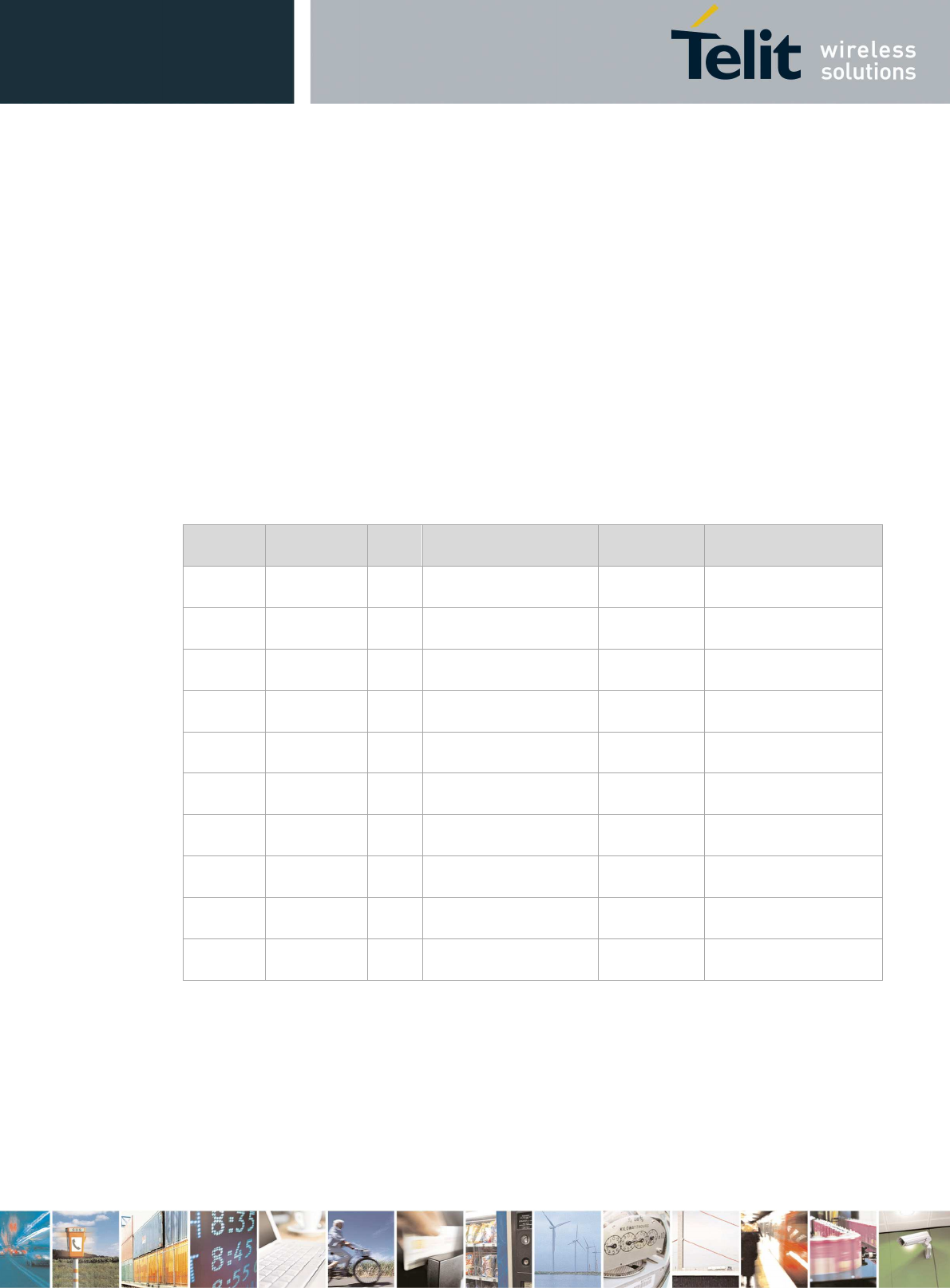
LE910Cx Hardware User Guide
1VV0301298 Rev. 1.04 - 2017-05-25
Reproduction forbidden without written authorization by Telit Communications S.p.A. - All Rights Reserved
Telit Confidential Information, provided under NDA Page
85 of 116
8.7. General Purpose I/O
The general-purpose I/O pads can be configured to act in three different ways:
• Input
• Output
• Alternate function (internally controlled)
Input pads can only be read and report digital values (high or low) present on the pad at the read
time. Output pads can only be written or queried and set the value of the pad output. An
alternate function pad is internally controlled by LE910Cx firmware and acts depending on the
implemented function.
The following GPIOs are always available as a primary function on the LE910Cx.
Table 33: Primary GPIOs
PAD Signal I/O Function Type Drive Strength
C8 GPIO_01 I/O Configurable GPIO CMOS 1.8V 2-16 mA
C9 GPIO_02 I/O Configurable GPIO CMOS 1.8V 2-16 mA
C10 GPIO_03 I/O Configurable GPIO CMOS 1.8V 2-16 mA
C11 GPIO_04 I/O Configurable GPIO CMOS 1.8V 2-16 mA
B14 GPIO_05 I/O Configurable GPIO CMOS 1.8V 2-16 mA
C12 GPIO_06 I/O Configurable GPIO CMOS 1.8V 2-16 mA
C13 GPIO_07 I/O Configurable GPIO CMOS 1.8V 2-16 mA
K15 GPIO_08 I/O Configurable GPIO CMOS 1.8V 2-16 mA
L15 GPIO_09 I/O Configurable GPIO CMOS 1.8V 2-16 mA
G15 GPIO_10 I/O Configurable GPIO CMOS 1.8V 2-16 mA
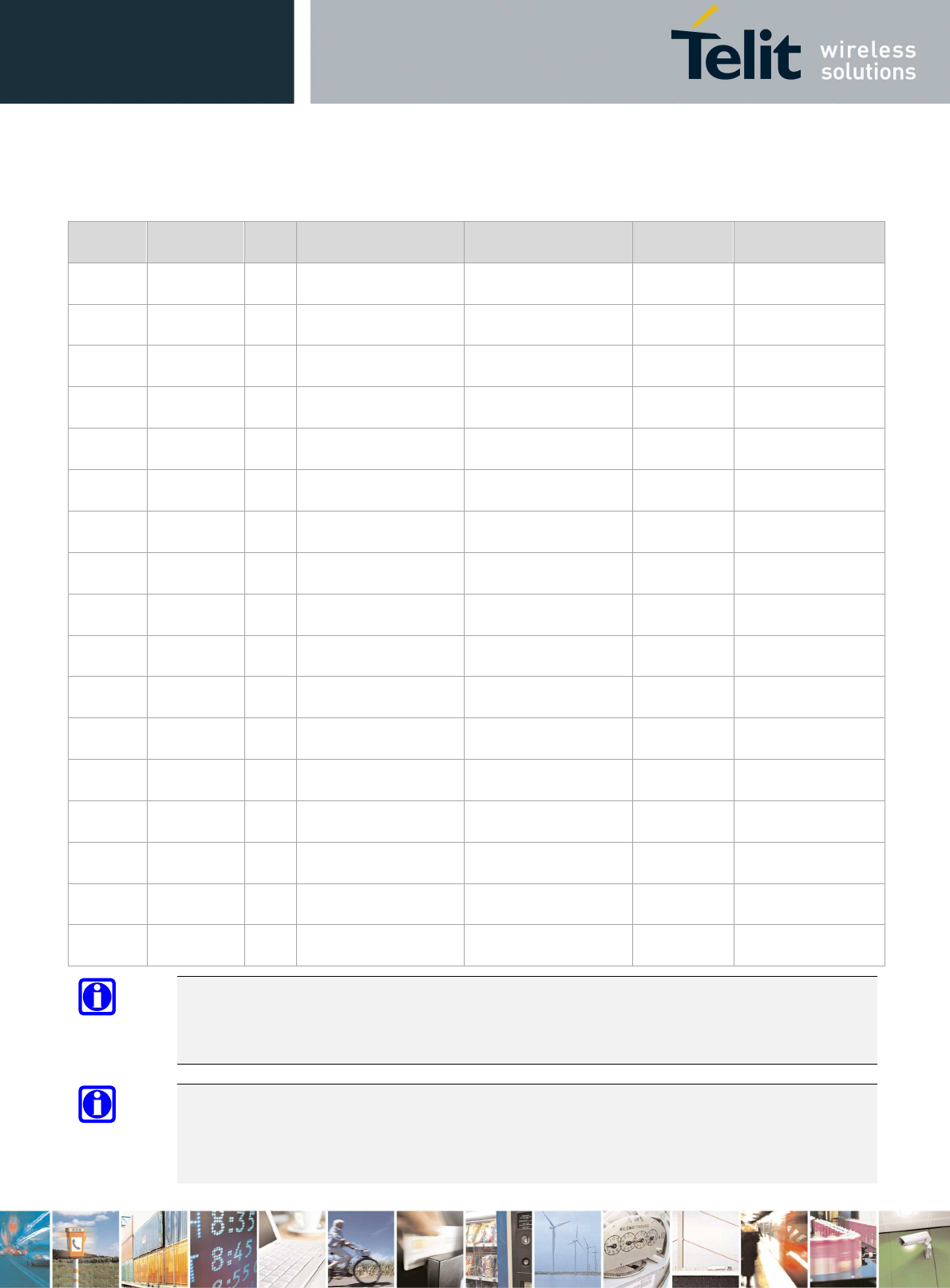
LE910Cx Hardware User Guide
1VV0301298 Rev. 1.04 - 2017-05-25
Reproduction forbidden without written authorization by Telit Communications S.p.A. - All Rights Reserved
Telit Confidential Information, provided under NDA Page
86 of 116
The additional GPIOs below can be used in case their initial functionality is not used:
PAD Signal I/O Initial Function Alternate Function Type Drive Strength
L12 GPIO_13 I/O WIFI_SDRST Configurable GPIO CMOS 1.8V 2-16 mA
N13 GPIO_14 I/O WIFI_SDIO_CMD Configurable GPIO CMOS 1.8V 2-16 mA
J13 GPIO_15 I/O WIFI_SDIO_D0 Configurable GPIO CMOS 1.8V 2-16 mA
M13 GPIO_16 I/O WIFI_SDIO_D1 Configurable GPIO CMOS 1.8V 2-16 mA
K13 GPIO_17 I/O WIFI_SDIO_D2 Configurable GPIO CMOS 1.8V 2-16 mA
H13 GPIO_18 I/O WIFI_SDIO_D3 Configurable GPIO CMOS 1.8V 2-16 mA
L13 GPIO_19 I/O WIFI_SDIO_CLK Configurable GPIO CMOS 1.8V 2-16 mA
M8 GPIO_24 I/O WCI_TXD Configurable GPIO CMOS 1.8V 2-16 mA
M9 GPIO_25 I/O WCI_RXD Configurable GPIO CMOS 1.8V 2-16 mA
R14 GPIO_31 I/O UART_RI Configurable GPIO CMOS 1.8V 2-16 mA
P14 GPIO_32 I/O UART_DSR Configurable GPIO CMOS 1.8V 2-16 mA
N14 GPIO_33 I/O UART_DCD Configurable GPIO CMOS 1.8V 2-16 mA
M14 GPIO_34 I/O UART_DTR Configurable GPIO CMOS 1.8V 2-16 mA
F15 GPIO_35 I/O SPI_CLK Configurable GPIO CMOS 1.8V 2-16 mA
E15 GPIO_36 I/O SPI_MISO Configurable GPIO CMOS 1.8V 2-16 mA
D15 GPIO_37 I/O SPI_MOSI Configurable GPIO CMOS 1.8V 2-16 mA
H14 GPIO_11 I/O SPI_CS Configurable GPIO CMOS 1.8V 2-16 mA
NOTE:
To avoid a back-powering effect, it is recommended to avoid having any HIGH logic level signal
applied to the digital pins of the module when it is powered OFF or during an ON/OFF transition.
NOTE:
LE910Cx GPIO 1~10 can also be used as alternate I2C function.
Refer to Section 0,
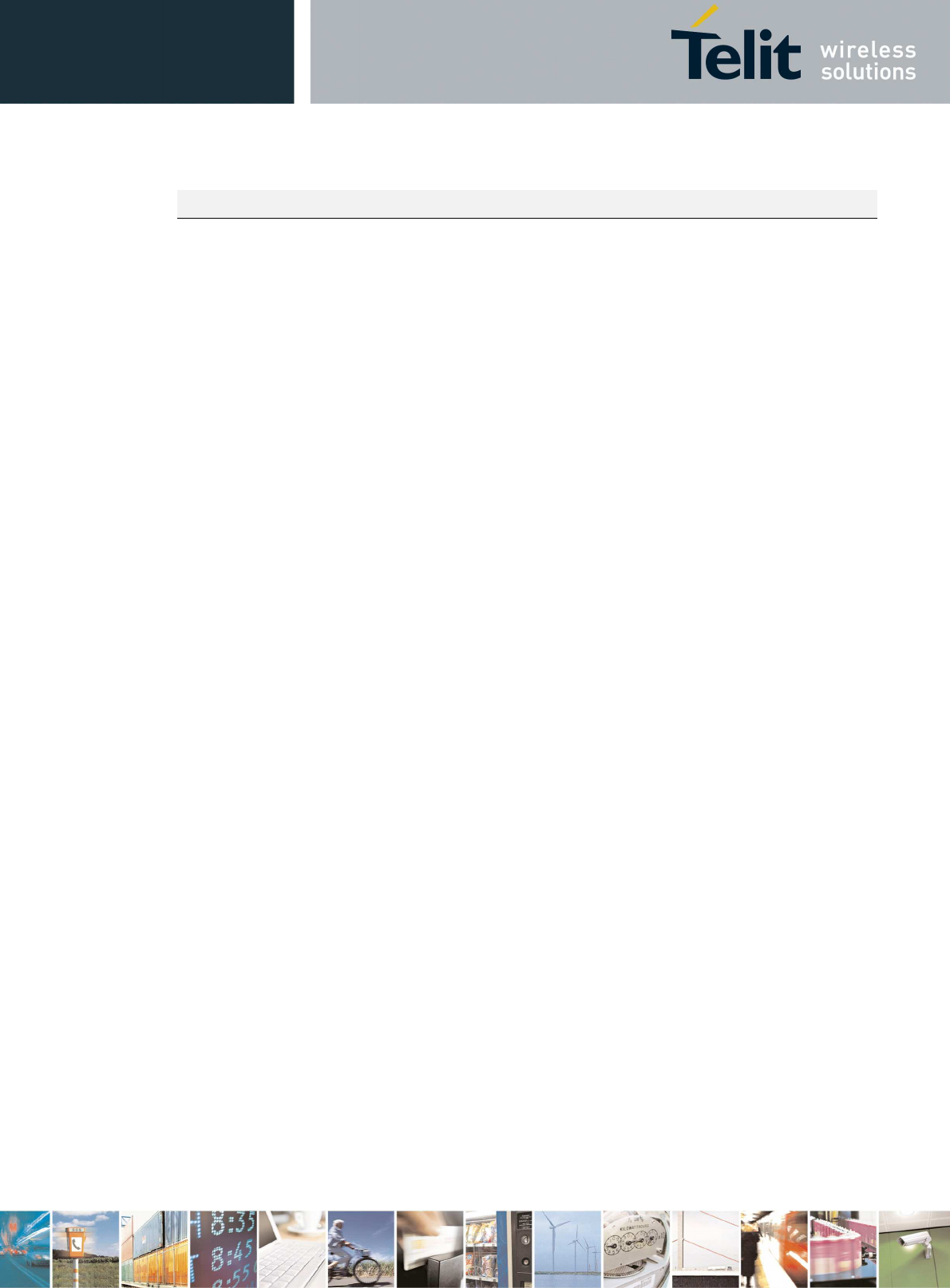
LE910Cx Hardware User Guide
1VV0301298 Rev. 1.04 - 2017-05-25
Reproduction forbidden without written authorization by Telit Communications S.p.A. - All Rights Reserved
Telit Confidential Information, provided under NDA Page
87 of 116
I2C
-
Inter
-
integrated
Circuit
.
8.7.1. Using a GPIO Pad as Input
GPIO pads, when used as inputs, can be connected to a digital output of another device and
report its status, provided this device has interface levels compatible with the 1.8V CMOS levels
of the GPIO.
If the digital output of the device is connected with the GPIO input, the pad has interface levels
different from the 1.8V CMOS. It can be buffered with an open collector transistor with a 47 kΩ
pull-up resistor to 1.8V.
8.7.2. Using a GPIO Pad as an interrupt / Wakeup source
GPIO pads which are used as input can also be used as an interrupt source for the software.
In general all GPIO pads can be also used as interrupts.
However, not all GPIO’s can be used as a wakeup source of the module (wakeup from sleep)
Only the following GPIO’s can be used for waking up the system from sleep
• GPIO1
• GPIO4
• GPIO5
• GPIO8
8.7.3. Using a GPIO Pad as Output
GPIO pads, when used as outputs, can drive 1.8V CMOS digital devices or compatible hardware.
When set as outputs, the pads have a push-pull output, and therefore the pull-up resistor can be
omitted.
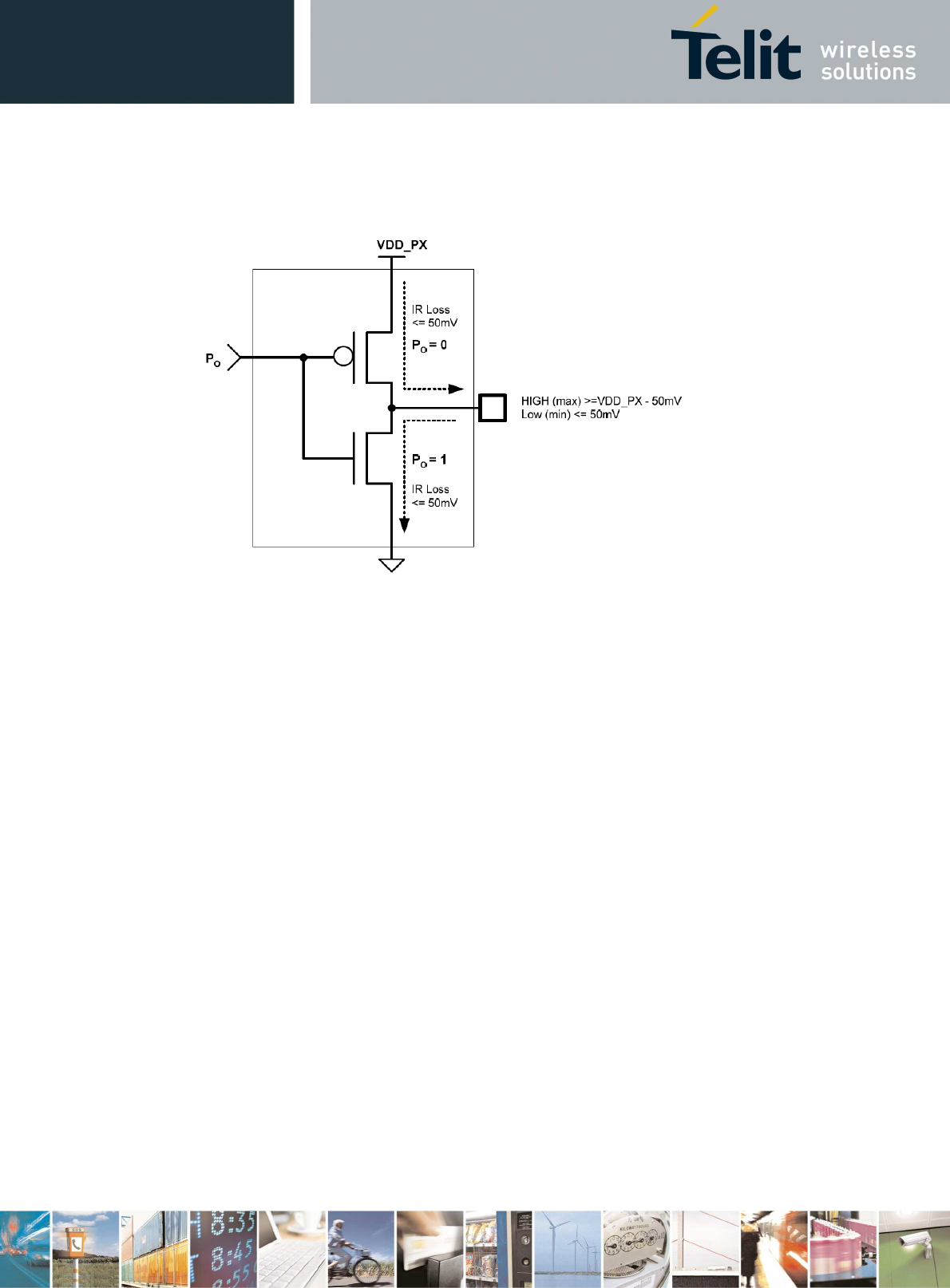
LE910Cx Hardware User Guide
1VV0301298 Rev. 1.04 - 2017-05-25
Reproduction forbidden without written authorization by Telit Communications S.p.A. - All Rights Reserved
Telit Confidential Information, provided under NDA Page
88 of 116
Figure 19: GPIO Output Pad Equivalent Circuit
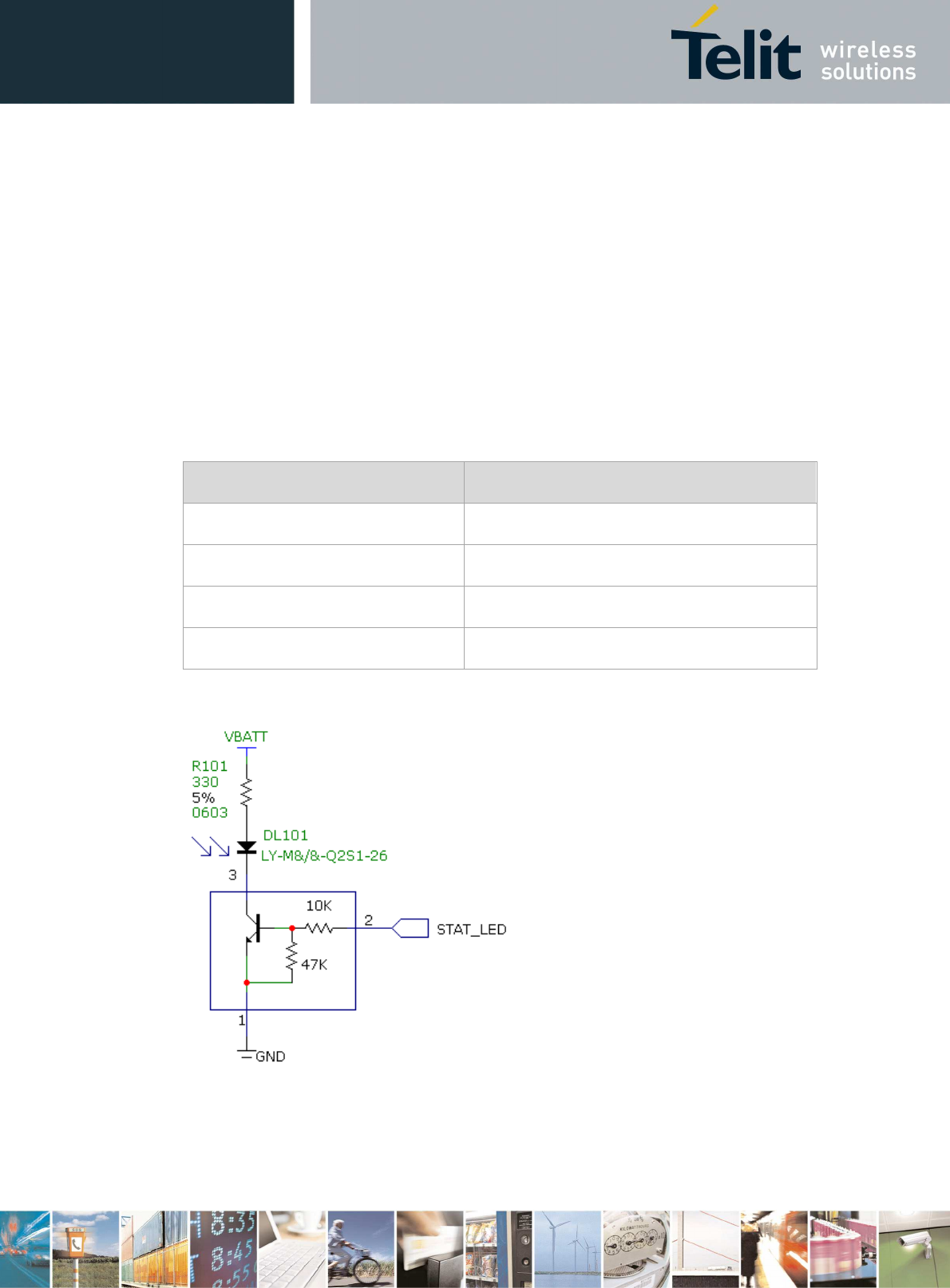
LE910Cx Hardware User Guide
1VV0301298 Rev. 1.04 - 2017-05-25
Reproduction forbidden without written authorization by Telit Communications S.p.A. - All Rights Reserved
Telit Confidential Information, provided under NDA Page
89 of 116
9. Miscellaneous Functions
9.1. Indication of Network Service Availability
The STAT_LED signal shows information on the network service availability and call status. In the
LE910Cx modules, the STAT_LED usually needs an external transistor to drive an external LED.
The STAT_LED does not have a dedicated pin. The STAT_LED functionality is available on GPIO_01
pin (by default GPIO_01 functions as STAT_LED)
The table below shows the device status corresponding to the pin status:
Table 34: Network Service Availability Indication
LED Status Device Status
Permanently off Device off
Fast blinking (Period 1s, T
on
0,5s) Net search / Not registered / Turning off
Slow blinking (Period 3s, T
on
0,3s) Registered full service
Permanently on A call is active
Figure 20: Status LED Reference Circuit
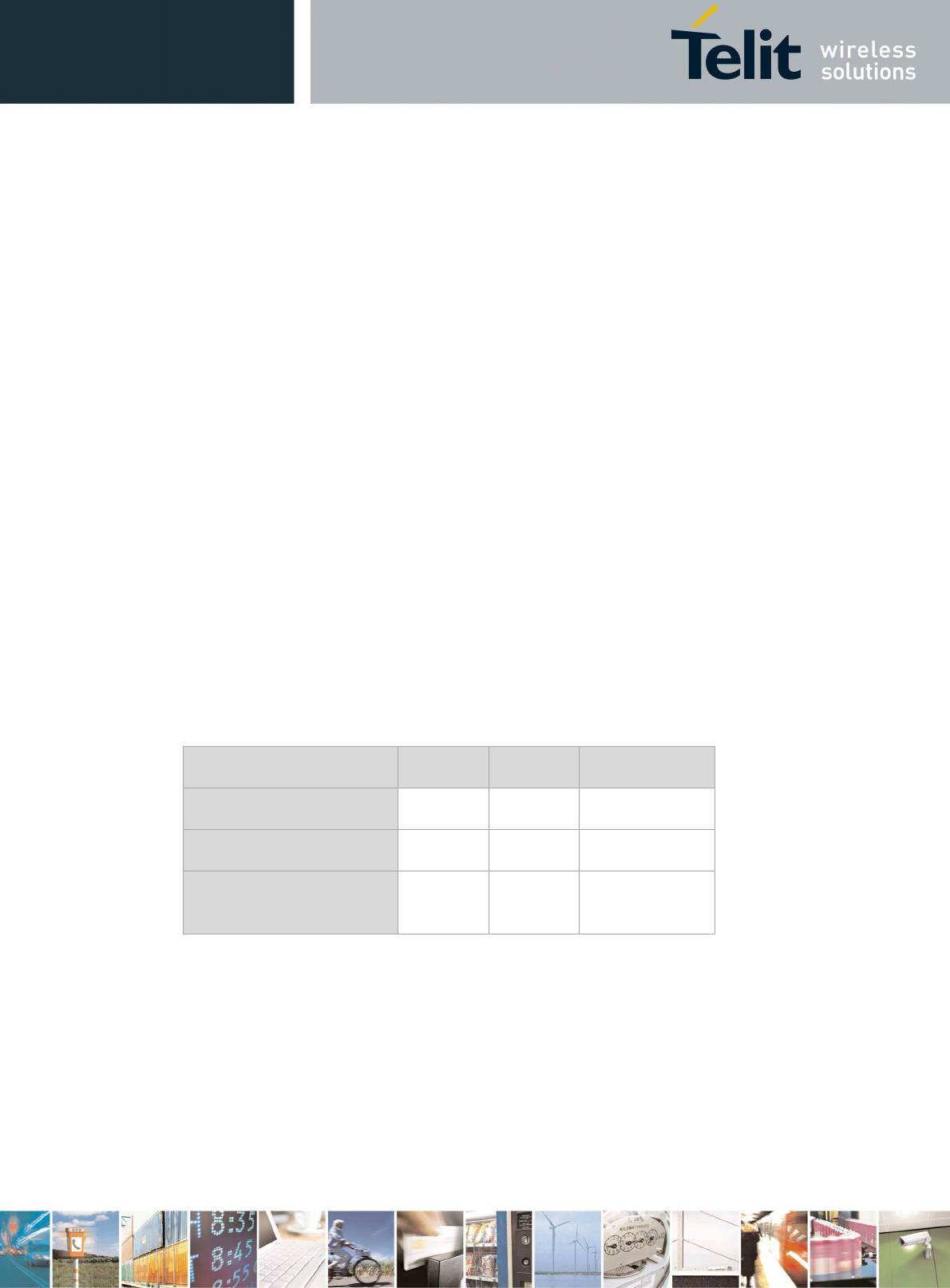
LE910Cx Hardware User Guide
1VV0301298 Rev. 1.04 - 2017-05-25
Reproduction forbidden without written authorization by Telit Communications S.p.A. - All Rights Reserved
Telit Confidential Information, provided under NDA Page
90 of 116
9.2. Indication of Software Ready
The SW_RDY signal provides indication about the ability of the module to receive commands
As long as the SW_RDY is asserted low it indicates that the LE910Cx has not yet finished booting
Once the SW_RDY is asserted high, it indicates that the LE910Cx is ready to receive commands
The SW_RDY does not have a dedicated pin
The SW_RDY functionality is available on GPIO_08 pin (by default GPIO_08 functions as SW_RDY
9.3. RTC – Real Time Clock
The RTC within the LE910Cx module does not have a dedicated RTC supply pin.
The RTC block is supplied by the VBATT supply.
If the battery is removed, RTC is not maintained so if maintaining an internal RTC is needed,
VBATT must be supplied continuously.
In Power OFF mode, the average current consumption is ~25uA.
9.4. VAUX Power Output
A regulated power supply output is provided to supply small devices from the module. This
output is active when the module is ON and goes OFF when the module is shut down. The
operating range characteristics of the supply are as follows:
Table 35: Operating Range – VAUX Power Supply
Min Typical Max
Output voltage 1.75V 1.80V 1.85V
Output current 100 mA
Output bypass capacitor
(inside the module)
1 μF
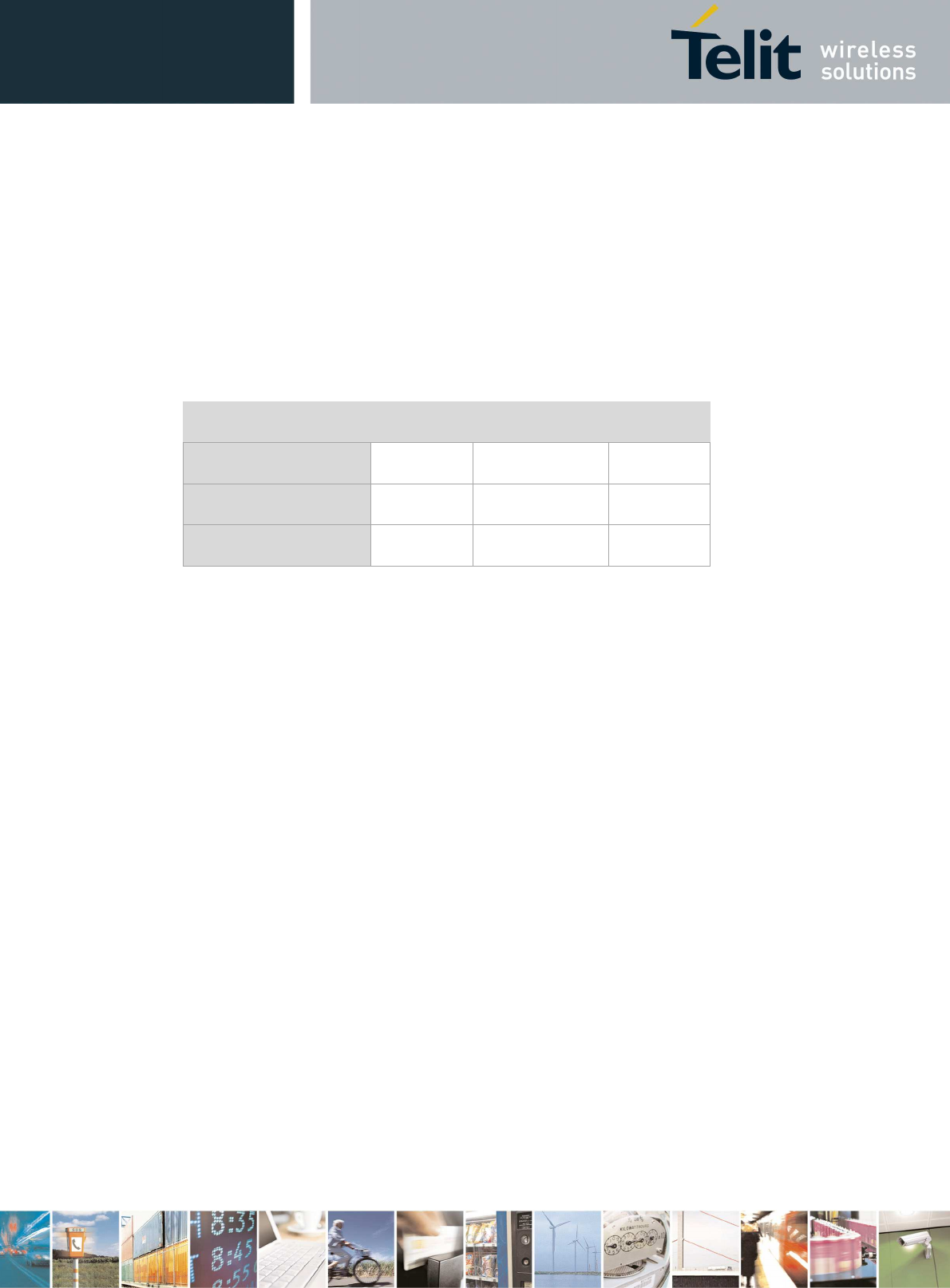
LE910Cx Hardware User Guide
1VV0301298 Rev. 1.04 - 2017-05-25
Reproduction forbidden without written authorization by Telit Communications S.p.A. - All Rights Reserved
Telit Confidential Information, provided under NDA Page
91 of 116
9.5. ADC Converter
9.5.1. Description
The LE910Cx module provides three 8-bit Analog to Digital converters. Each ADC reads the
voltage level applied on the relevant pin, converts it, and stores it into an 8-bit word.
Table 36 shows the ADC characteristics.
Table 36: ADC Parameters
Min Max Units
Input voltage range 0.1 1.7 Volt
AD conversion - 8 bits
Resolution - < 6.6 mV
9.5.2. Using the ADC Converter
An AT command is available to use the ADC function.
The command is AT#ADC=1,2. The read value is expressed in mV.
Refer to LE9x0 AT Command User Guide 0 for the full description of this function.
9.6. Using the Temperature Monitor Function
The Temperature Monitor permits to control the module’s internal temperature and, if properly
set (see the #TEMPMON command in LE9x0 AT Command User Guide
(
, raises a GPIO to High Logic
level when the maximum temperature is reached.
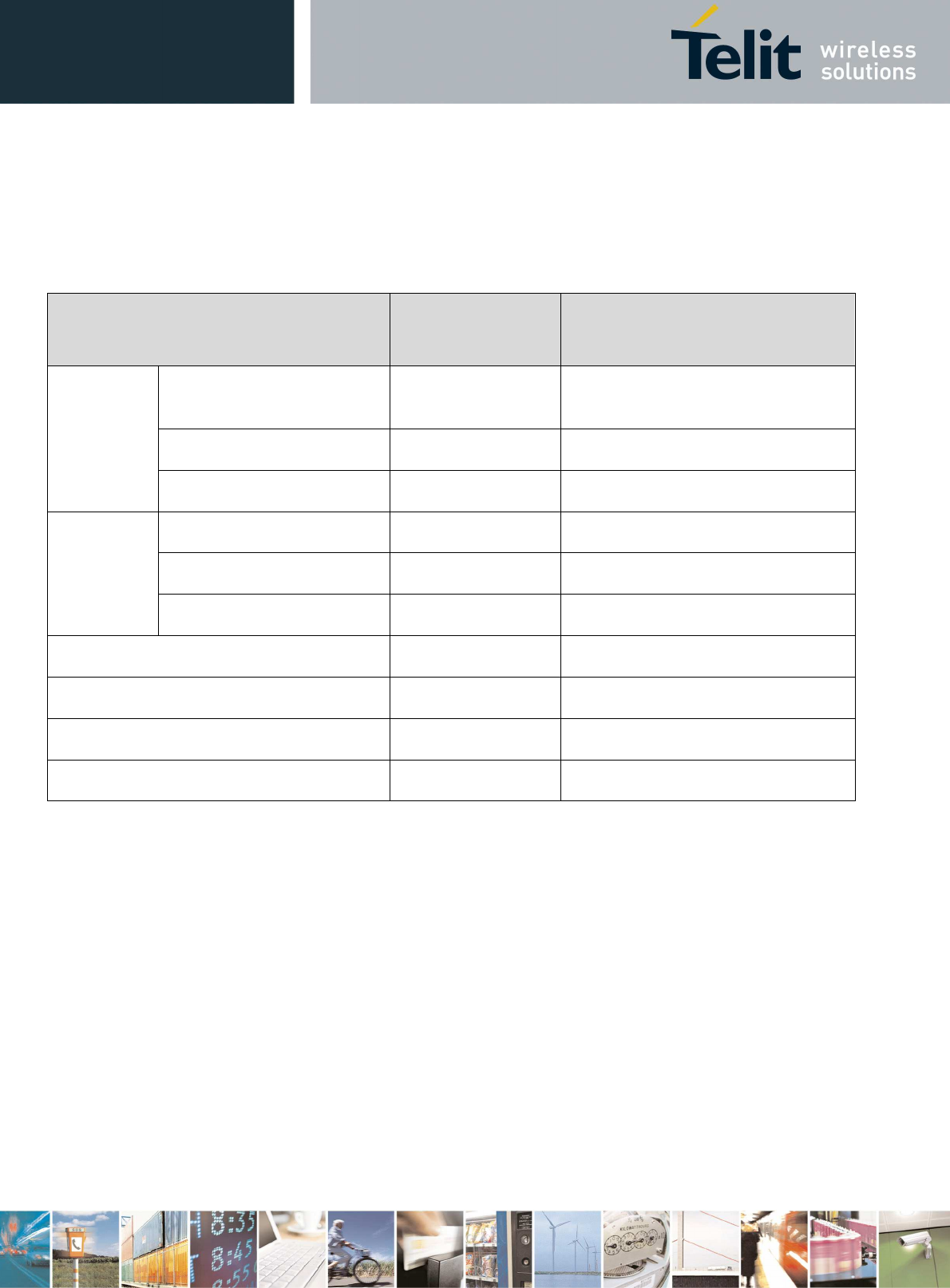
LE910Cx Hardware User Guide
1VV0301298 Rev. 1.04 - 2017-05-25
Reproduction forbidden without written authorization by Telit Communications S.p.A. - All Rights Reserved
Telit Confidential Information, provided under NDA Page
92 of 116
9.7. GNSS Characteristics
The table below specifies the GNSS characteristics and expected performance
The values are related to typical environment and conditions Table 37 GNSS Characteristics
Parameters Typical
Measurement Notes
Sensitivity
Standalone or MS Based
Tracking Sensitivity -162.3 dBm
Acquisition -162.3 dBm
Cold Start Sensitivity -157.5 dBm
TTFF
Hot 1.1s GPS+GLONASS Simulator test
Warm 22.1s GPS+GLONASS Simulator test
Cold 29.94s GPS+GLONASS Simulator test
Accuracy 0.8 m GPS+GLONASS Simulator test
Min Navigation update rate 1Hz
Dynamics 2g
A-GPS Supported
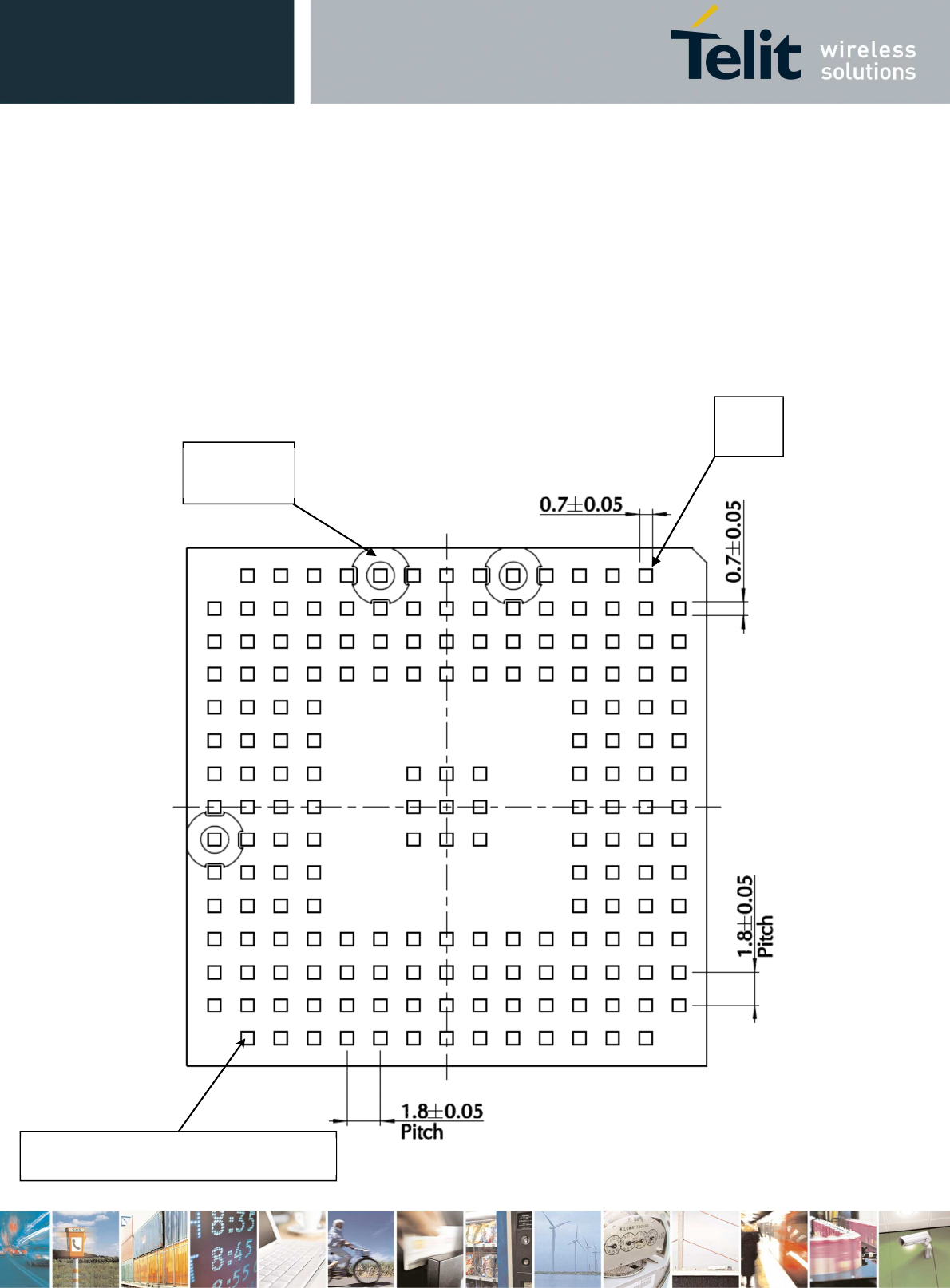
LE910Cx Hardware User Guide
1VV0301298 Rev. 1.04 - 2017-05-25
Reproduction forbidden without written authorization by Telit Communications S.p.A. - All Rights Reserved
Telit Confidential Information, provided under NDA Page
93 of 116
10. Mounting the Module on your Board
10.1. General
The LE910Cx module was designed to be compliant with a standard lead-free SMT process.
10.2. Finishing & Dimensions
Figure 21 shows the mechanical dimensions of the LE910Cx module.
Figure 21: LE910Cx Mechanical Dimensions (bottom view)
Lead-free Alloy:
Surface finishing Ni/Au for all solder pads
4 x Route
Inhibit
Pin
B1
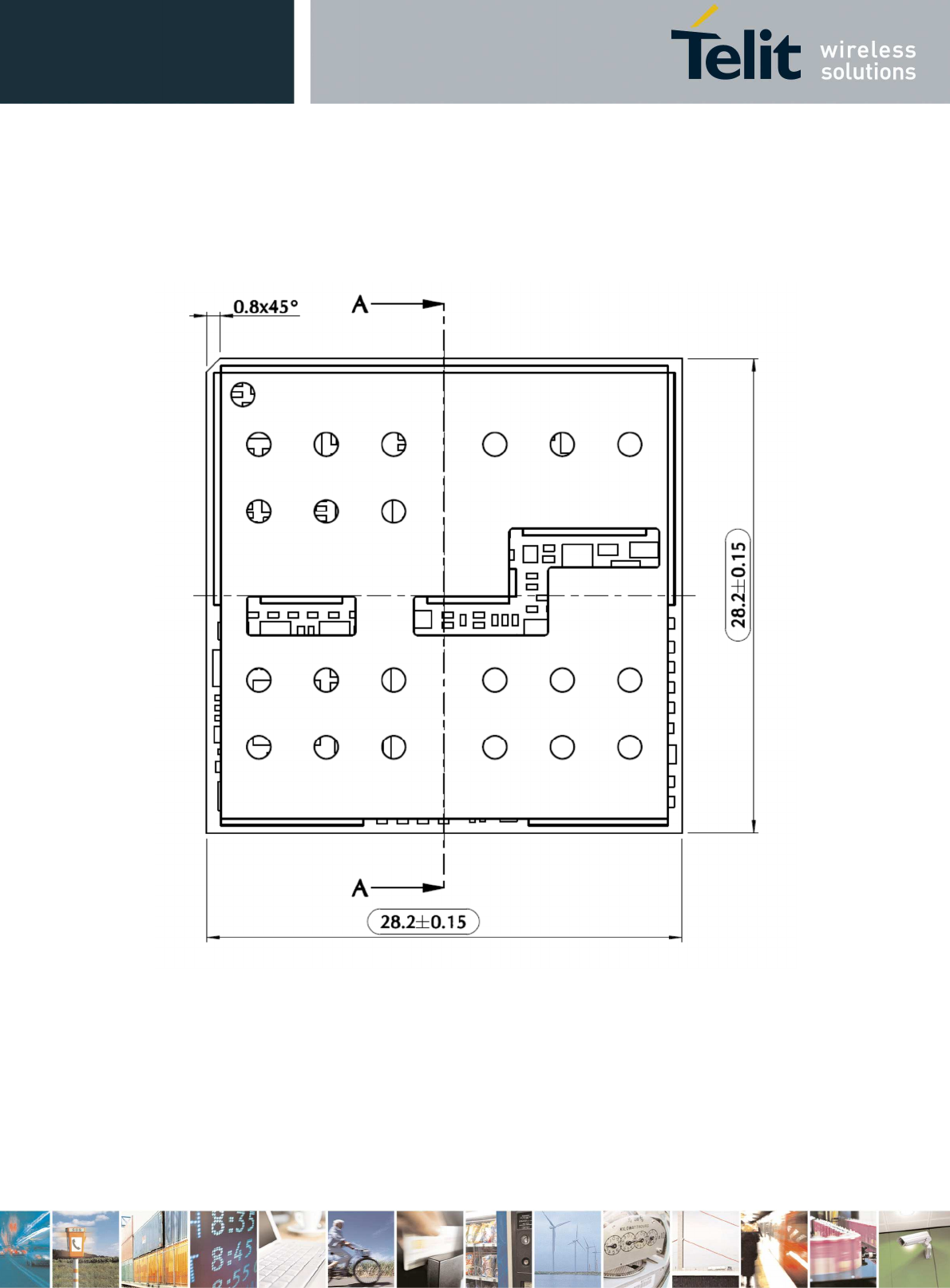
LE910Cx Hardware User Guide
1VV0301298 Rev. 1.04 - 2017-05-25
Reproduction forbidden without written authorization by Telit Communications S.p.A. - All Rights Reserved
Telit Confidential Information, provided under NDA Page
94 of 116
Figure 22: LE910Cx Mechanical Dimensions (Top view)
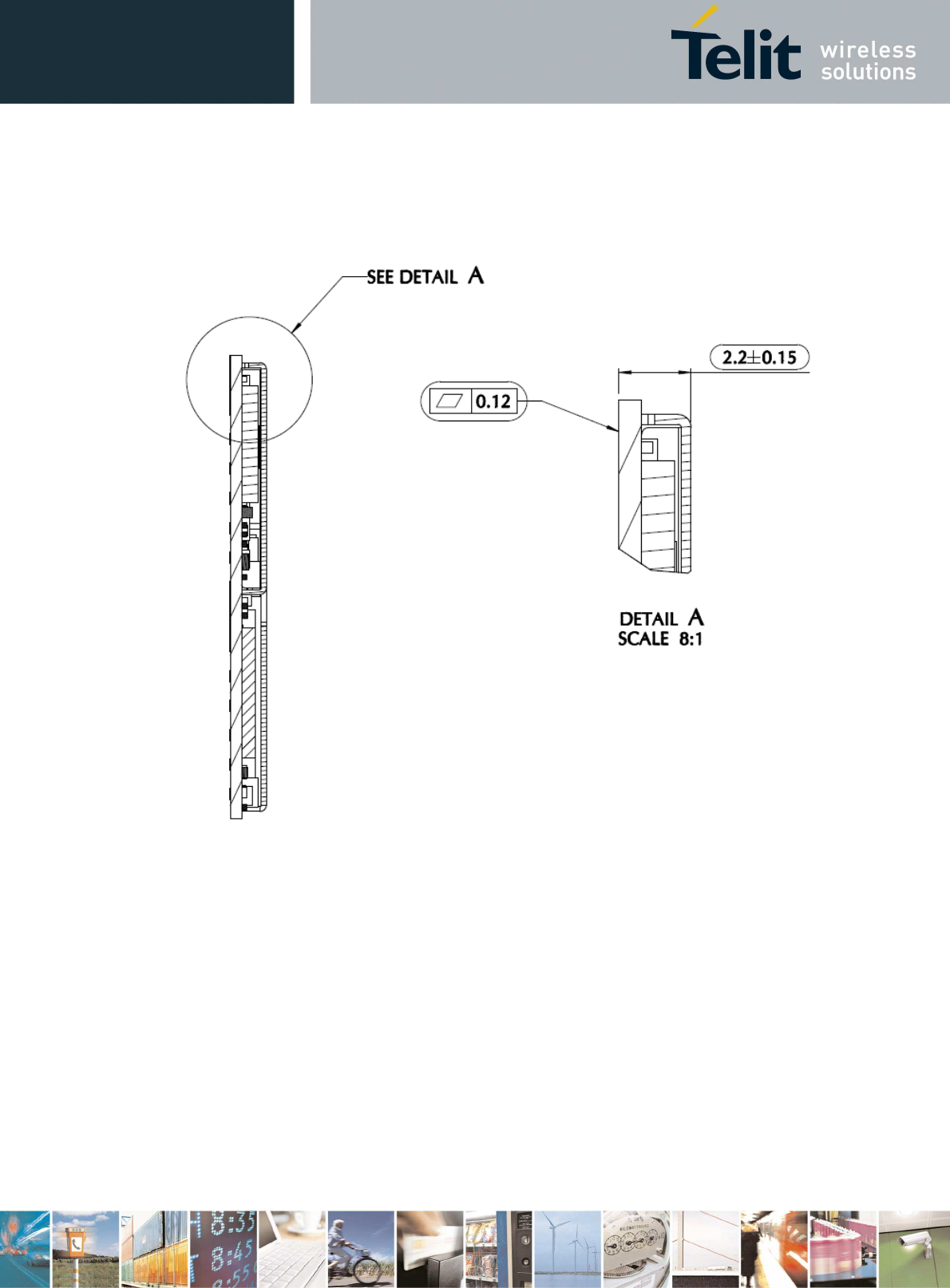
LE910Cx Hardware User Guide
1VV0301298 Rev. 1.04 - 2017-05-25
Reproduction forbidden without written authorization by Telit Communications S.p.A. - All Rights Reserved
Telit Confidential Information, provided under NDA Page
95 of 116
Figure 23: LE910Cx Mechanical Dimensions (Side view)
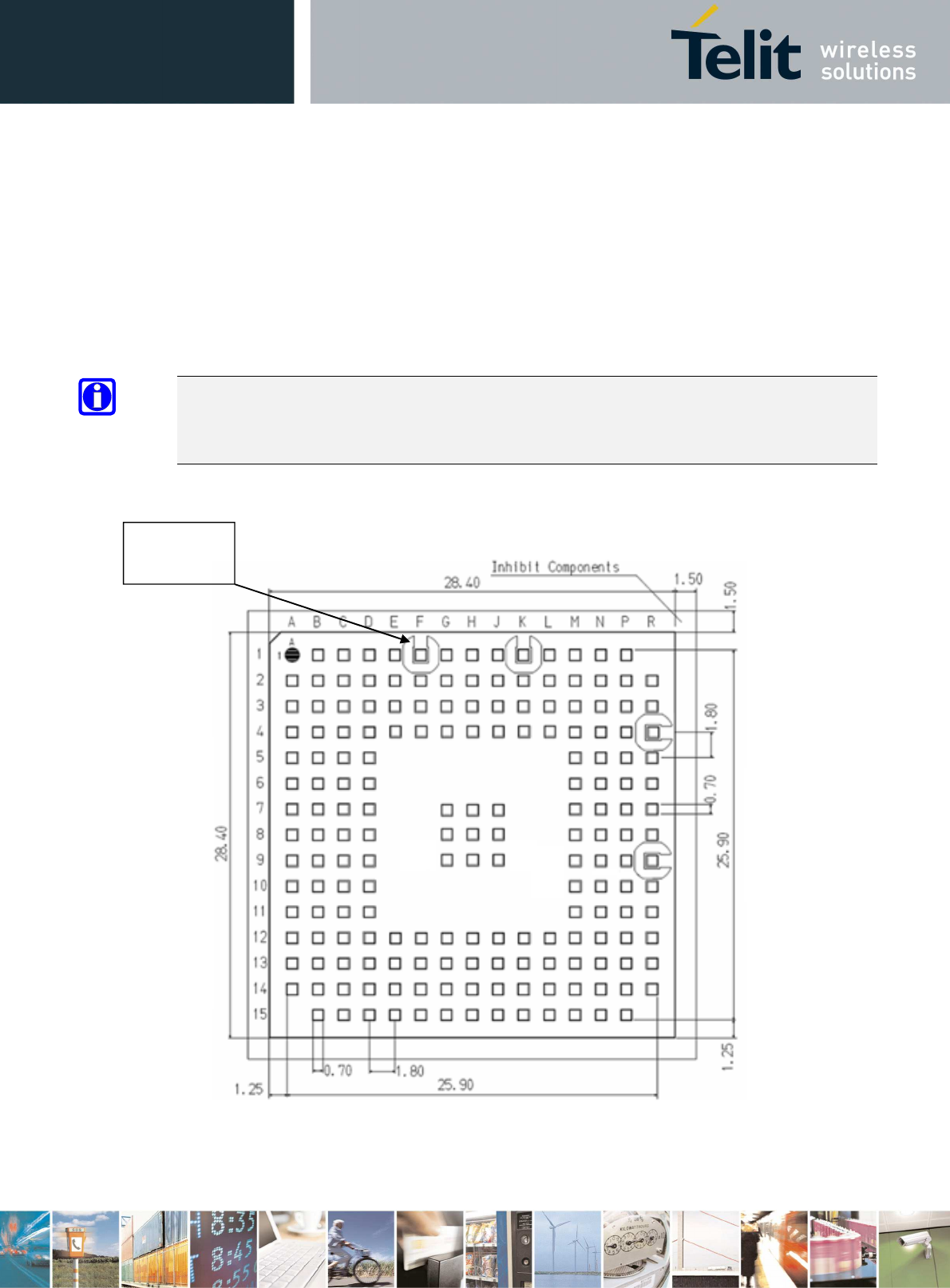
LE910Cx Hardware User Guide
1VV0301298 Rev. 1.04 - 2017-05-25
Reproduction forbidden without written authorization by Telit Communications S.p.A. - All Rights Reserved
Telit Confidential Information, provided under NDA Page
96 of 116
10.3. Recommended Footprint for the Application
Figure 24 shows the recommended footprint for the application board (dimensions are in mm).
To facilitate replacing the LE910Cx module if necessary, it is suggested to design the application
with a 1.5 mm placement inhibit area around the module.
It is also suggested, as a common rule for an SMT component, to avoid having a mechanical part of
the application in direct contact with the module.
NOTE:
In the customer application, the region marked as INHIBIT in Figure 24 must be clear of any signal
wiring or ground polygons.
Figure 24: Recommended Footprint - Top View, 181 pads (dimensions are in mm, top view).
4 x Route
Inhibit
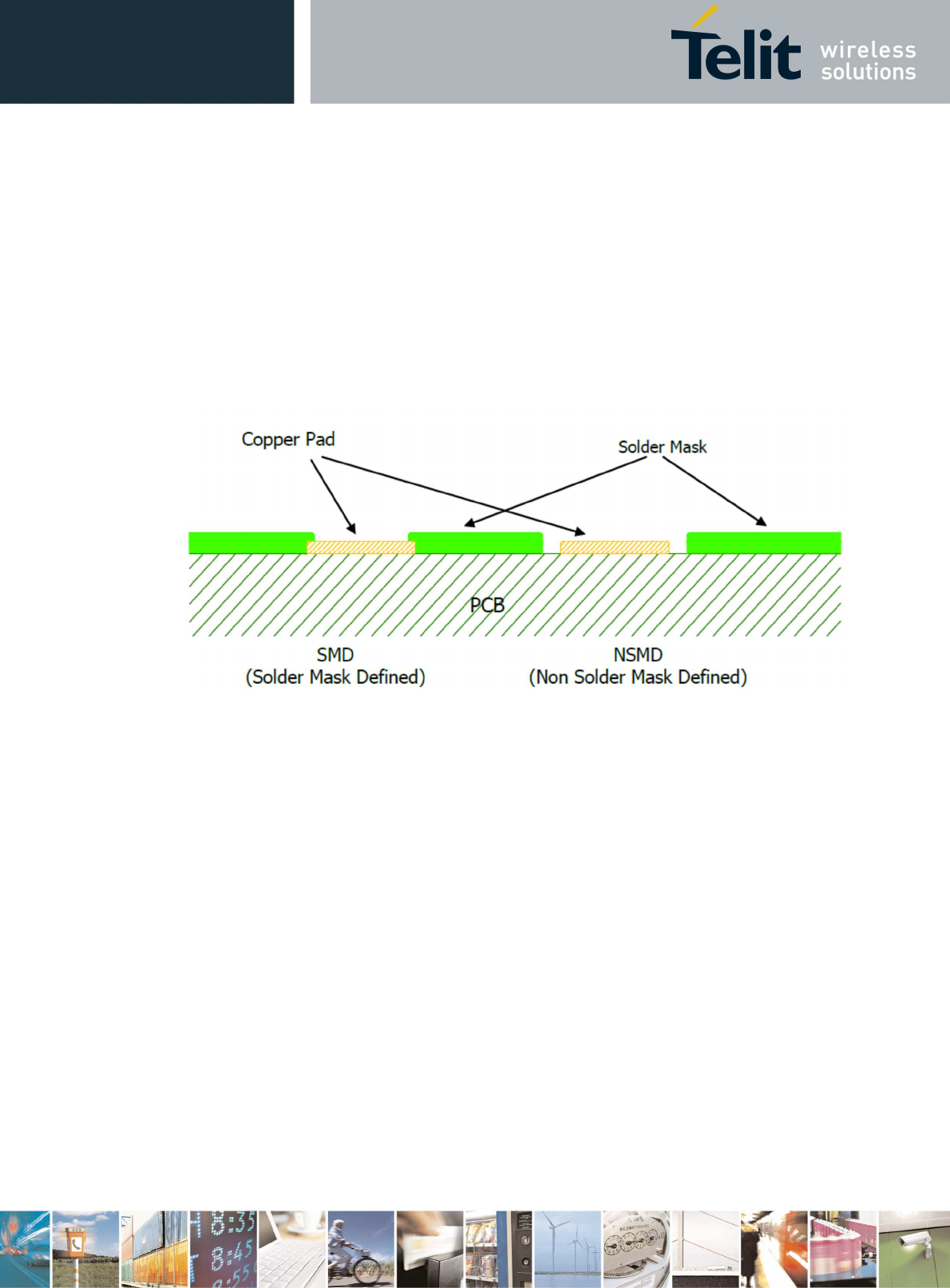
LE910Cx Hardware User Guide
1VV0301298 Rev. 1.04 - 2017-05-25
Reproduction forbidden without written authorization by Telit Communications S.p.A. - All Rights Reserved
Telit Confidential Information, provided under NDA Page
97 of 116
10.4. Stencil
Stencil’s apertures layout can be the same as the recommended footprint (1:1). The suggested
thickness of stencil foil is greater than 120 µm.
10.5. PCB Pad Design
The solder pads on the PCB are recommended to be of the Non Solder Mask Defined (NSMD) type.
Figure 25: PCB Pad Design
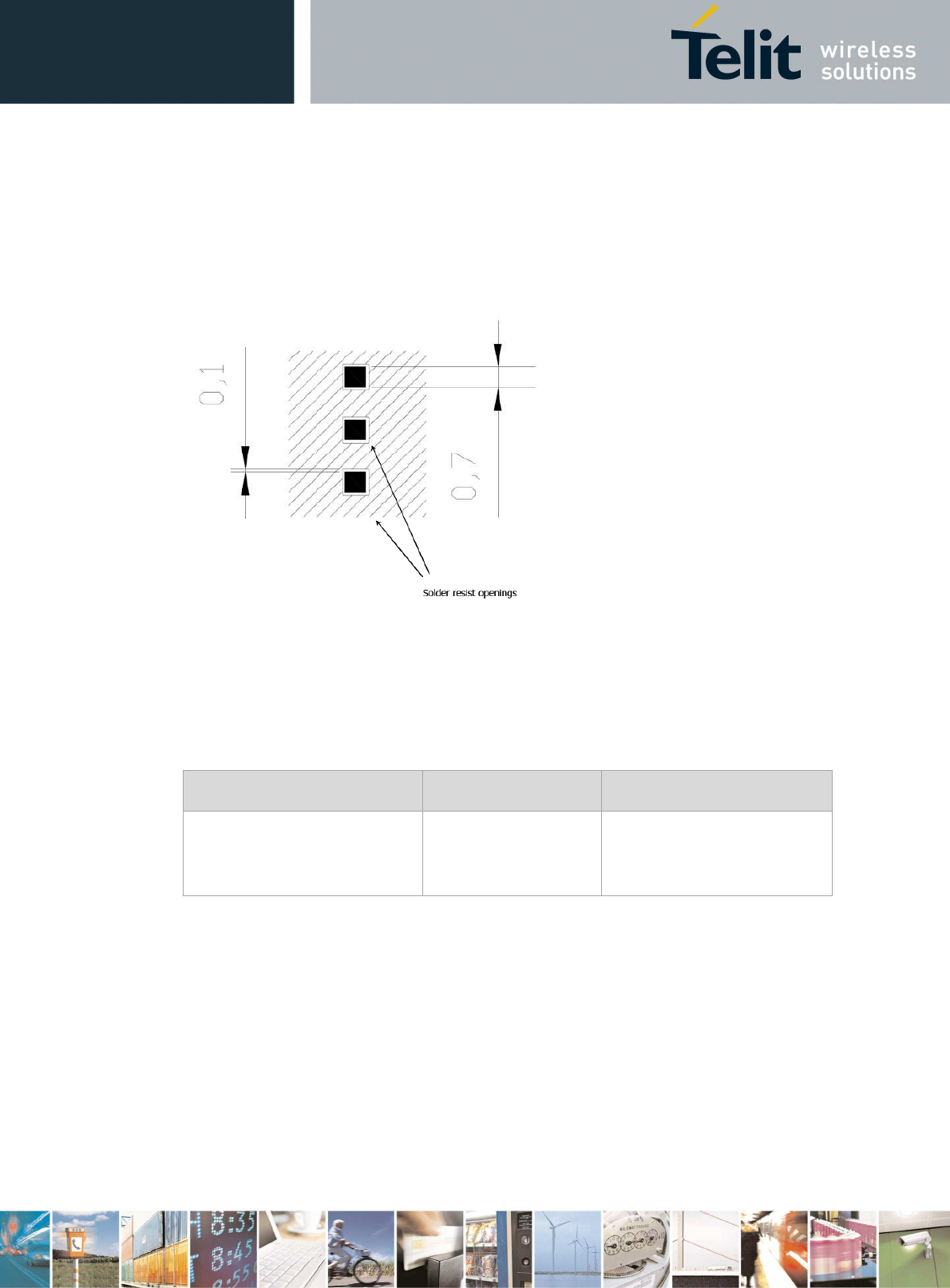
LE910Cx Hardware User Guide
1VV0301298 Rev. 1.04 - 2017-05-25
Reproduction forbidden without written authorization by Telit Communications S.p.A. - All Rights Reserved
Telit Confidential Information, provided under NDA Page
98 of 116
10.6. Recommendations for PCB Pad Dimensions (mm)
Figure 26: PCB Pad Dimensions
It is not recommended to place around the pads a via or micro-via that is not covered by solder
resist in an area of 0.15 mm unless it carries the same signal as the pad itself. Micro via inside the
pads are allowed.
Holes in pad are allowed only for blind holes and not for through holes.
Table 38: Recommendations for PCB Pad Surfaces
Finish Layer Thickness (um) Properties
Electro-less Ni / Immersion Au 3-7 / 0.05-0.15 Good solder ability
protection, high shear force
values
The PCB must be able to resist the higher temperatures, which occur during the lead-free process.
This issue should be discussed with the PCB-supplier. Generally, the wettability of tin-lead solder
paste on the described surface plating is better compared to lead-free solder paste.
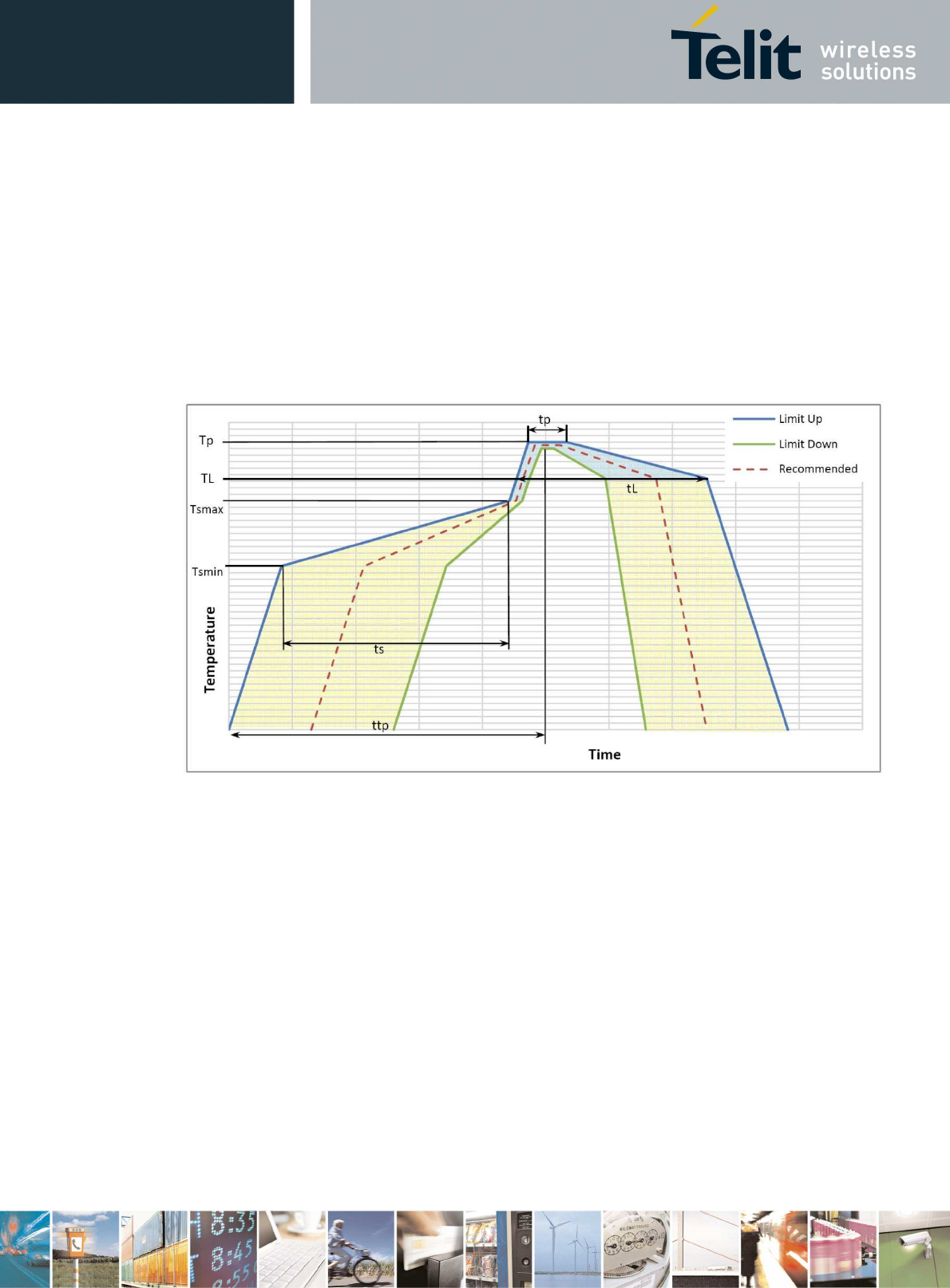
LE910Cx Hardware User Guide
1VV0301298 Rev. 1.04 - 2017-05-25
Reproduction forbidden without written authorization by Telit Communications S.p.A. - All Rights Reserved
Telit Confidential Information, provided under NDA Page
99 of 116
10.7. Solder Paste
We recommend using only “no clean” solder paste to avoid the cleaning of the modules after
assembly.
10.7.1. Solder Reflow
Figure 27 shows the recommended solder reflow profile.
Figure 27: Solder Reflow Profile
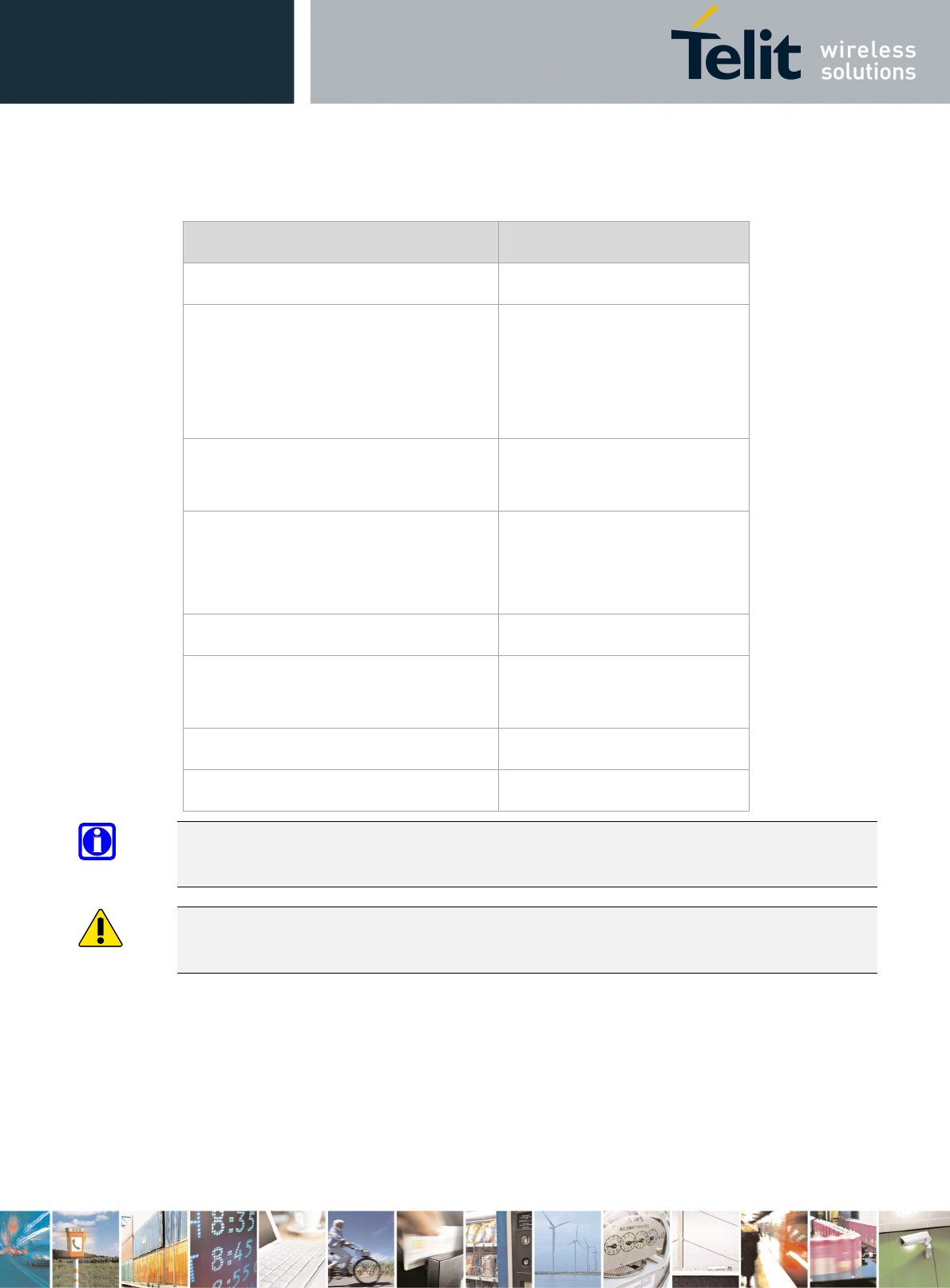
LE910Cx Hardware User Guide
1VV0301298 Rev. 1.04 - 2017-05-25
Reproduction forbidden without written authorization by Telit Communications S.p.A. - All Rights Reserved
Telit Confidential Information, provided under NDA Page
100 of 116
Table 39: Solder Profile Characteristics
Profile Feature Pb-Free Assembly
Average ramp-up rate (T
L
to T
P
) 3°C/second max
Preheat
– Temperature min (Tsmin)
– Temperature max (Tsmax)
– Time (min to max) (ts)
150°C
200°C
60-180 seconds
Tsmax to TL
– Ramp-up rate
3°C/second max
Time maintained above:
– Temperature (TL)
– Time (tL)
217°C
60-150 seconds
Peak temperature (Tp) 245 +0/-5°C
Time within 5°C of actual peak
Temperature (tp)
10-30 seconds
Ramp-down rate 6°C/second max
Time 25°C to peak temperature 8 minutes max
NOTE:
All temperatures refer to topside of the package, measured on the package body surface.
Warning:
The LE910Cx module withstands one reflow process only.

LE910Cx Hardware User Guide
1VV0301298 Rev. 1.04 - 2017-05-25
Reproduction forbidden without written authorization by Telit Communications S.p.A. - All Rights Reserved
Telit Confidential Information, provided under NDA Page
101 of 116
11. Application Guide
11.1. Debug of the LE910Cx Module in Production
To test and debug the mounting of the LE910Cx module, we strongly recommend to add several
test pads on the host PCB for the following purposes:
• Checking the connection between the LE910Cx itself and the application
• Testing the performance of the module by connecting it with an external computer
Depending on the customer application, these test pads include, but are not limited to the following
signals:
• TXD
• RXD
• ON/OFF
• HW_SHUTDOWN_N
• GND
• VBATT
• TX_AUX
• RX_AUX
• USB_VBUS
• USB_D+
• USB_D-
• GPIO_09
• WCI_RX
In addition, the following signals are also recommended (but not mandatory):
• PWRMON
• GPIO_01 (STAT_LED)
• GPIO_08 (SW_RDY)

LE910Cx Hardware User Guide
1VV0301298 Rev. 1.04 - 2017-05-25
Reproduction forbidden without written authorization by Telit Communications S.p.A. - All Rights Reserved
Telit Confidential Information, provided under NDA Page
102 of 116
11.2. Bypass Capacitor on Power Supplies
When a sudden voltage step is asserted to or a cut from the power supplies, the steep transition
causes some reactions such as overshoot and undershoot. This abrupt voltage transition can affect
the device causing it to not operate or to malfunction.
Bypass capacitors are needed to alleviate this behavior. The behavior can appear differently
depending on the various applications. Customers must pay special attention to this issue when
they design their application board.
The length and width of the power lines must be considered carefully and the capacitance of the
capacitors must be selected accordingly.
The capacitor will also prevent ripple of the power supplies and the switching noise caused in TDMA
systems such as GSM.
Especially, a suitable bypass capacitor must be mounted on the following lines on the application
board:
• VBATT & VBATT_PA (M1, M2, N1, N2, P1, P2)
• USB_VBUS (Pad A13)
Recommended values are:
• 100uF for both VBATT and VBATT_PA together
• 4.7uF for USB_VBUS (including the 1uF capacitor inside the module)
Customers must still consider that the capacitance mainly depends on the conditions of their
application board.
Generally, more capacitance is required when the power line is longer.
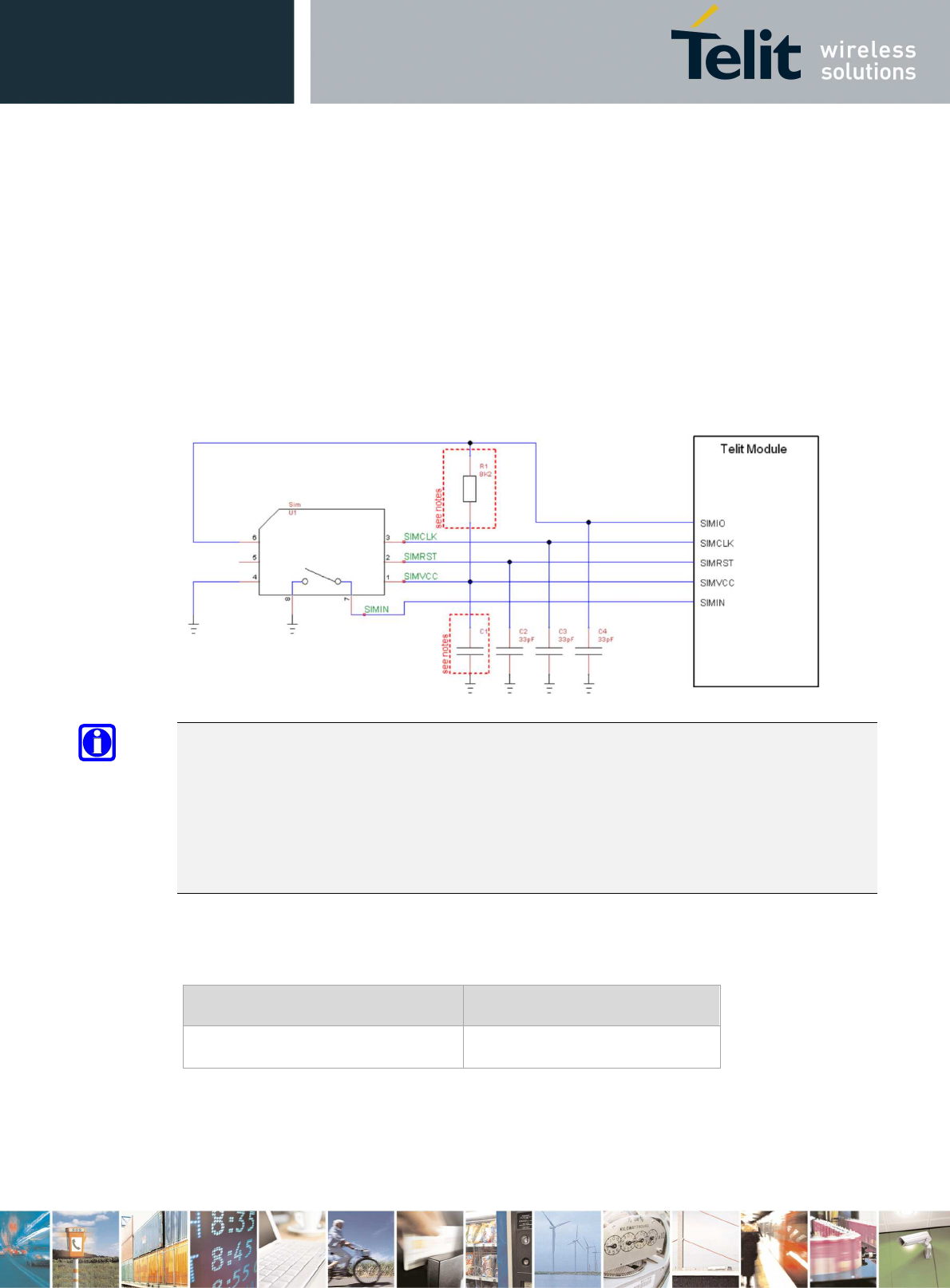
LE910Cx Hardware User Guide
1VV0301298 Rev. 1.04 - 2017-05-25
Reproduction forbidden without written authorization by Telit Communications S.p.A. - All Rights Reserved
Telit Confidential Information, provided under NDA Page
103 of 116
11.3. SIM Interface
This section presents the recommended schematics for the design of SIM interfaces on the
application boards. The LE910Cx supports two external SIM interfaces.
11.3.1. SIM Schematic Example
Figure 28 illustrates in particular how the application side should be designed, and what values the
components should have.
Figure 28: SIM Schematics
NOTE:
The resistor value on SIMIO pulled up to SIMVCC must be defined to be compliant with the 3GPP
specification for USIM electrical testing.
The LE910Cx module contains an internal pull-up resistor of 20K Ω on SIMIO.
However, the un-mounted option in the application design can be recommended to tune R1 if
necessary.
Table 40 lists the values of C1 to be adopted with the LE910Cx product:
Table 40: SIM Interface – C1 Range
Product P/N C1 Range (nF)
LE910Cx 100 nF
Refer to the following document for details:
• Error! Reference source not found.
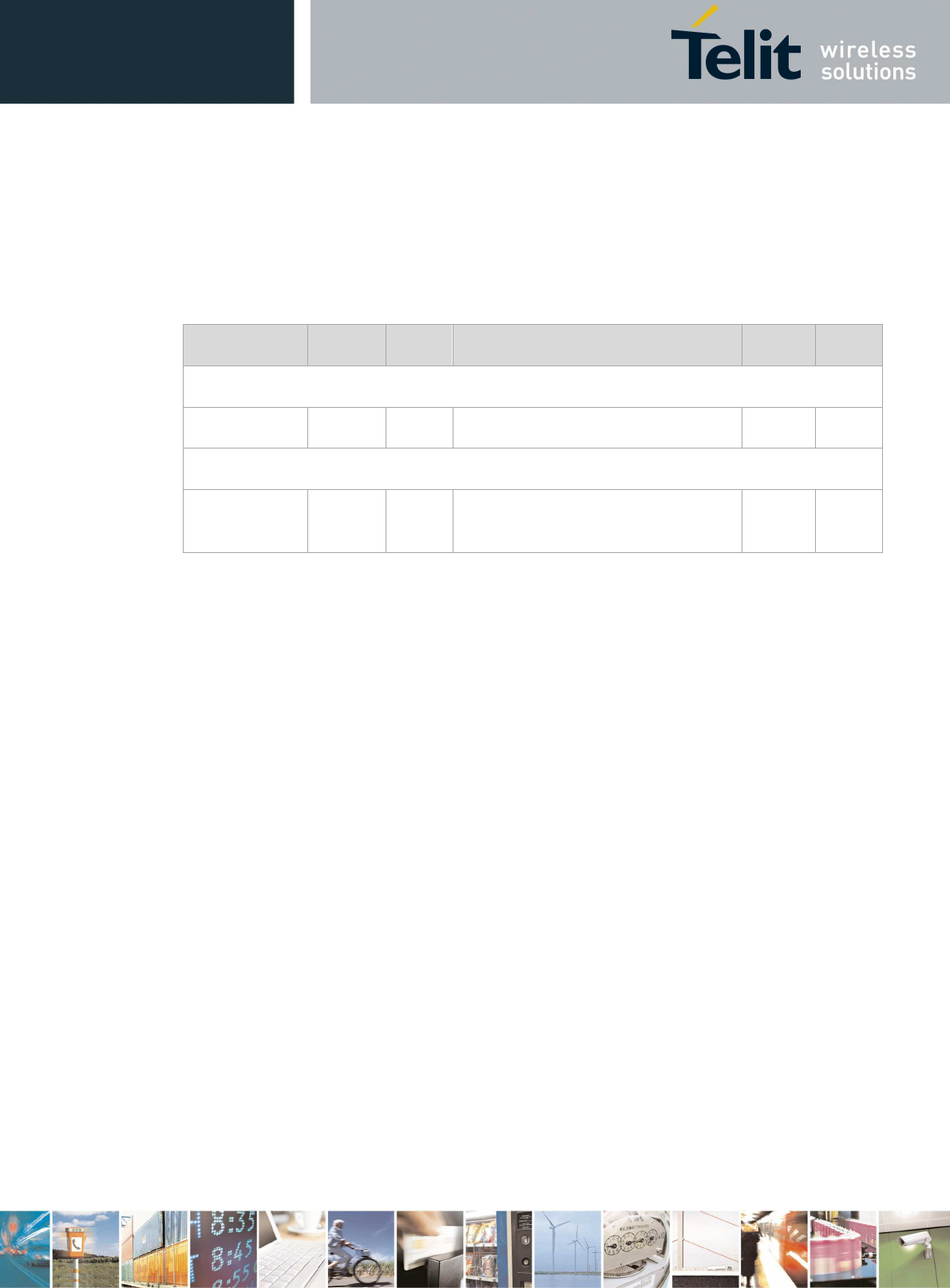
LE910Cx Hardware User Guide
1VV0301298 Rev. 1.04 - 2017-05-25
Reproduction forbidden without written authorization by Telit Communications S.p.A. - All Rights Reserved
Telit Confidential Information, provided under NDA Page
104 of 116
11.4. EMC Recommendations
All LE910Cx signals are provided with some EMC protection. Nevertheless, the accepted level
differs according to the specific pin. Table 41 lists the characteristics.
Table 41: EMC Recommendations
Pad Signal I/O Function Contact
Air
All Pins
All pins All functions ± 4KV ± 8KV
Antenna
F1,K1,R9 Antenna
pads
Analog
I/O
Antenna pad ± 4KV ± 4KV
Appropriate series resistors must be considered to protect the input lines from overvoltage.
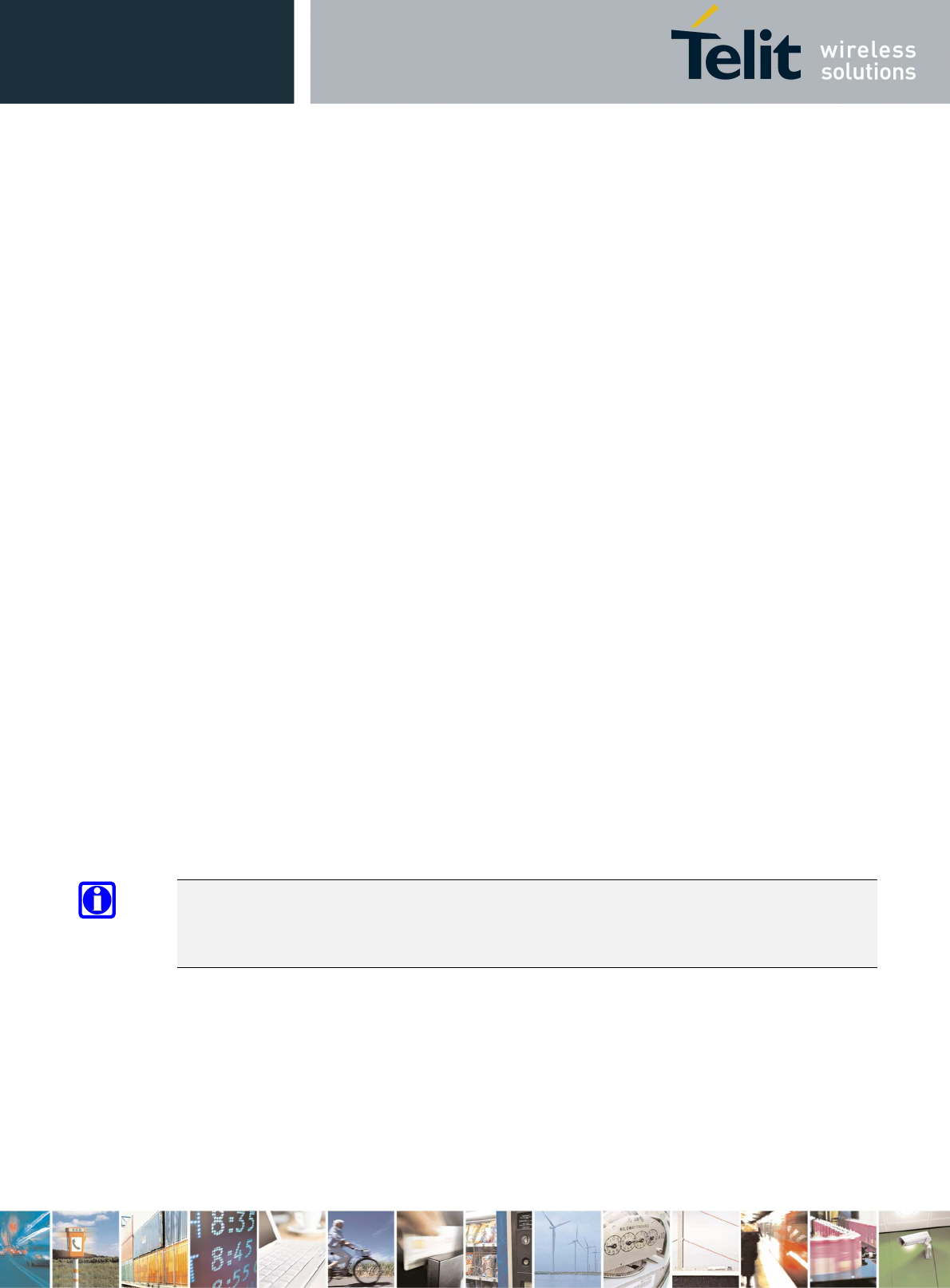
LE910Cx Hardware User Guide
1VV0301298 Rev. 1.04 - 2017-05-25
Reproduction forbidden without written authorization by Telit Communications S.p.A. - All Rights Reserved
Telit Confidential Information, provided under NDA Page
105 of 116
11.5. Download and Debug Port
Chose one of the following options in the design of host system to download or upgrade the Telit
software and debug the LE910Cx module when it is already mounted on a host system.
• UART and USB interfaces
Users who use both UART and USB interfaces to communicate with the LE910Cx module must
implement a USB download method in the host system to upgrade the LE910Cx when it is
mounted.
• USB interface only
Users who use a USB interface only to communicate with the LE910Cx module must arrange
for a USB port in the host system to debug or upgrade the LE910Cx when it is mounted.
• UART interface only
Users who use a UART interface only to communicate with the LE910Cx module must arrange
for a UART port in the host system to debug or upgrade the LE910Cx when it is mounted.
11.5.1. Fast Boot mode
Fast boot mode is normally used by Telit SW to enter SW download mode
Fastboot is triggered by GPIO_09 (PAD L15). Asserting this signal high (1.8V) during boot will force
the system into Fastboot
11.5.2. Recovery Boot Mode
Emergency boot download mode is used in case of corrupted boot image was flashed into the
device or in case all other recovery modes failed to work
Emergency download mode is triggered by WCI_RX signal (PAD M9). Asserting this signal high
(1.8V) during boot will force the system into Emergency download.
NOTE:
Application board must support accessible test pads on GPIO_09 and WCI_RX signal in order to
enable download recovery modes mentioned above
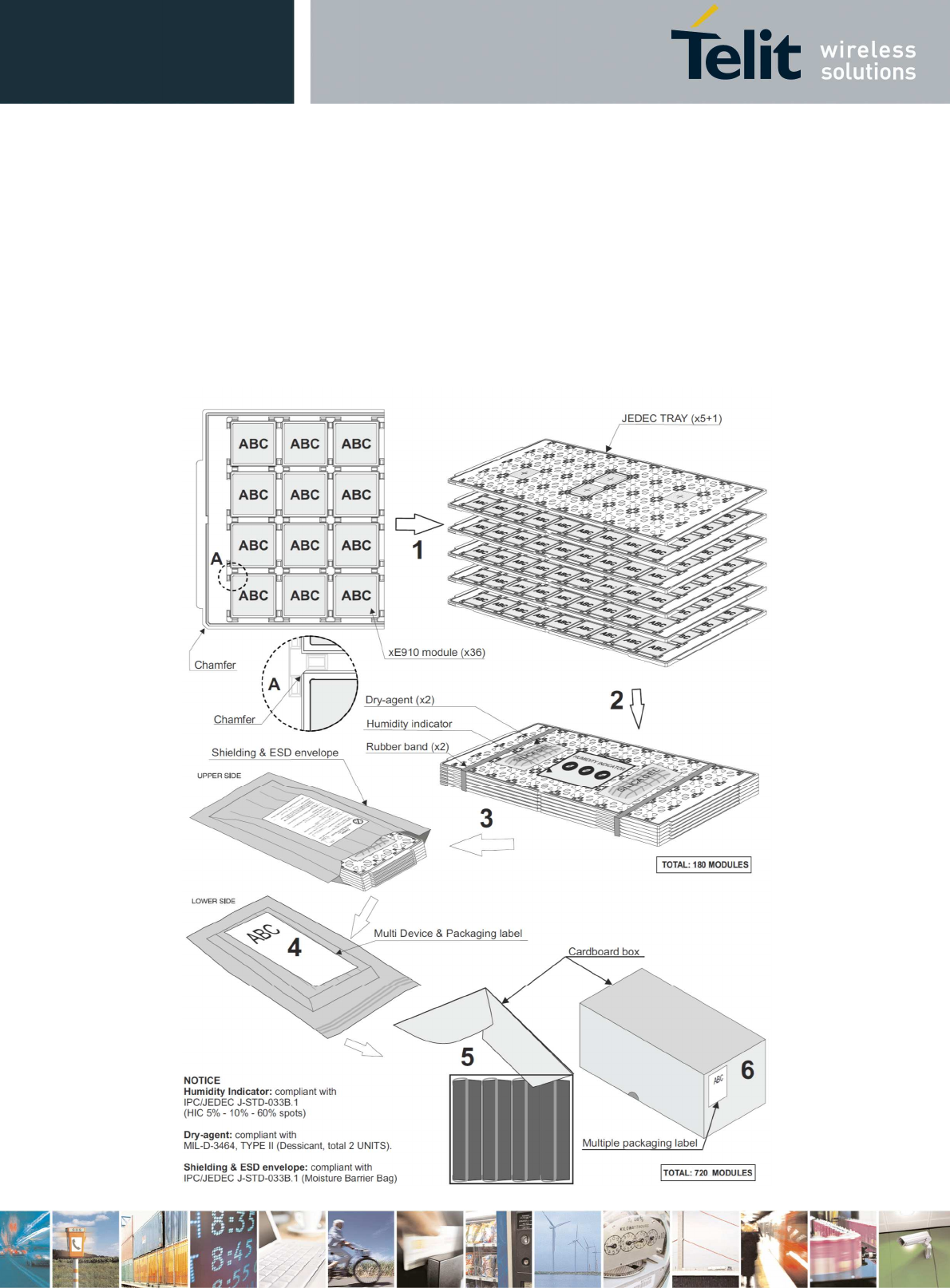
LE910Cx Hardware User Guide
1VV0301298 Rev. 1.04 - 2017-05-25
Reproduction forbidden without written authorization by Telit Communications S.p.A. - All Rights Reserved
Telit Confidential Information, provided under NDA Page
106 of 116
12. Packing System
12.1. Packing system – Tray
The LE910Cx modules are packaged on trays of 36 pieces each as shown in Figure 29.
These trays can be used in SMT processes for pick & place handling.
Figure 29: Packing
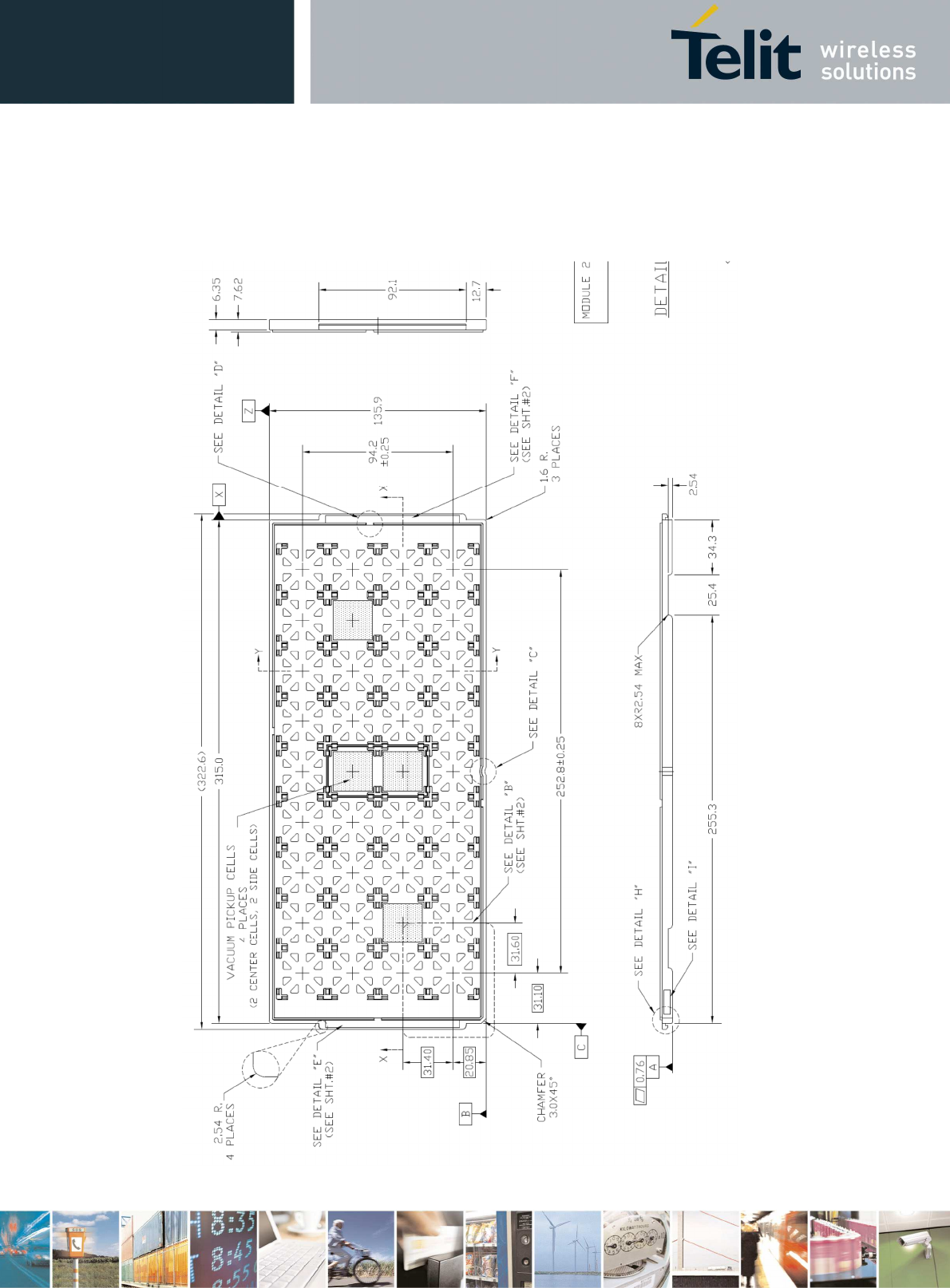
LE910Cx Hardware User Guide
1VV0301298 Rev. 1.04 - 2017-05-25
Reproduction forbidden without written authorization by Telit Communications S.p.A. - All Rights Reserved
Telit Confidential Information, provided under NDA Page
107 of 116
Figure 30: Tray Drawing
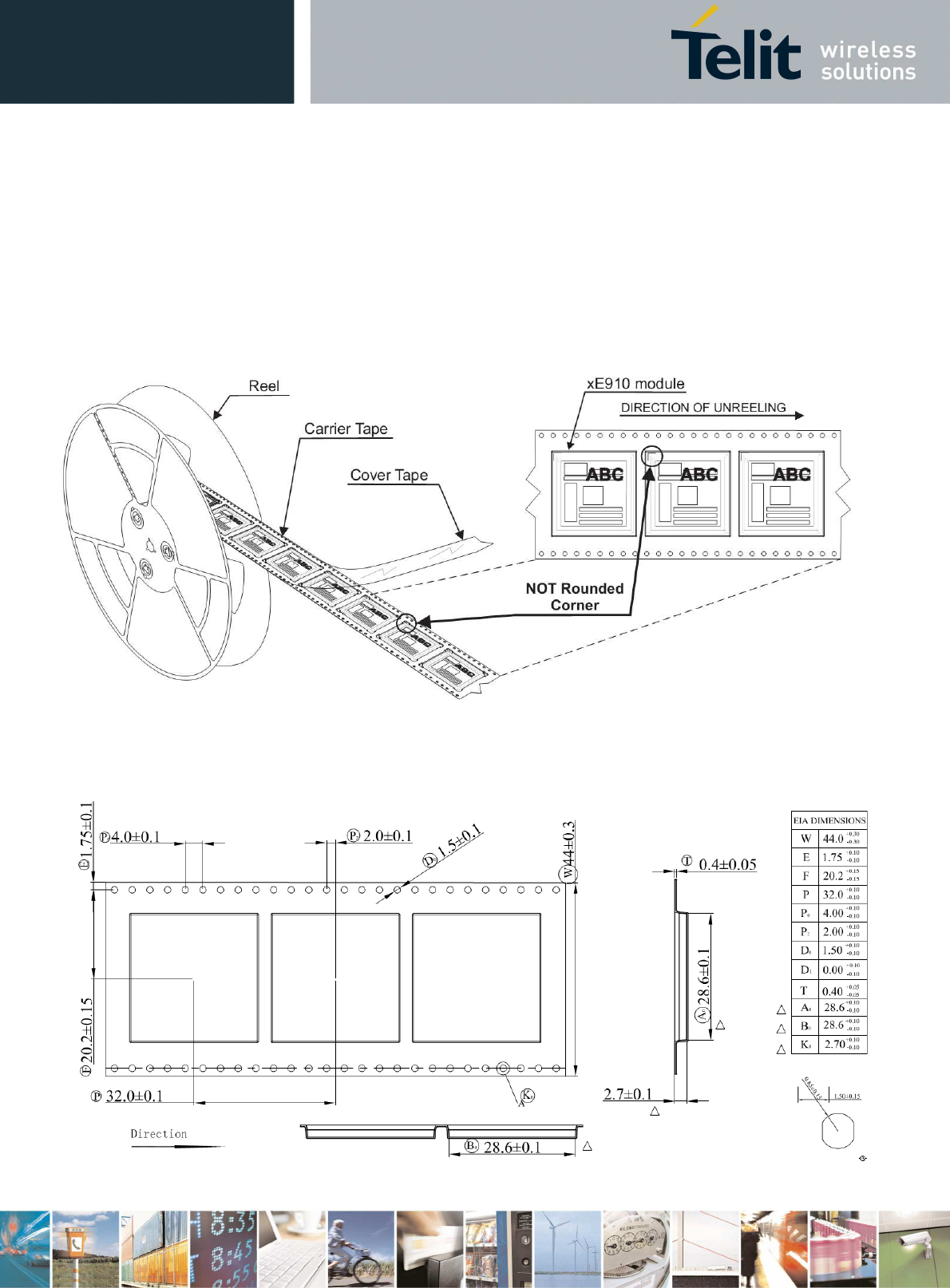
LE910Cx Hardware User Guide
1VV0301298 Rev. 1.04 - 2017-05-25
Reproduction forbidden without written authorization by Telit Communications S.p.A. - All Rights Reserved
Telit Confidential Information, provided under NDA Page
108 of 116
12.2. Tape & Reel
The LE910Cx can be packaged on reels of 200 pieces each.
See figure for module positioning into the carrier.
Figure 31: Module Positioning into the Carrier
Figure 32: Carrier Tape Detail
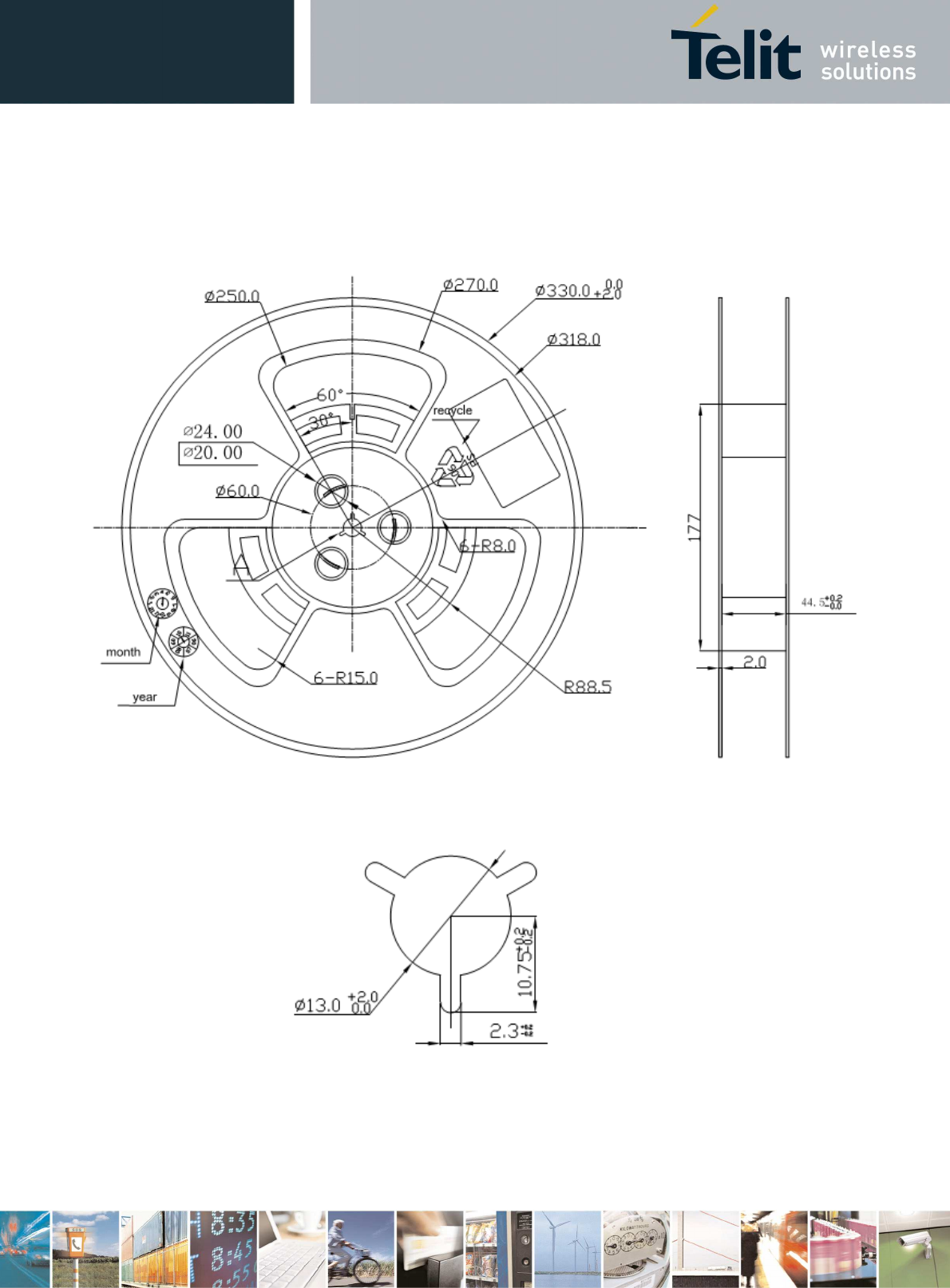
LE910Cx Hardware User Guide
1VV0301298 Rev. 1.04 - 2017-05-25
Reproduction forbidden without written authorization by Telit Communications S.p.A. - All Rights Reserved
Telit Confidential Information, provided under NDA Page
109 of 116
Figure 33: Reel Detail
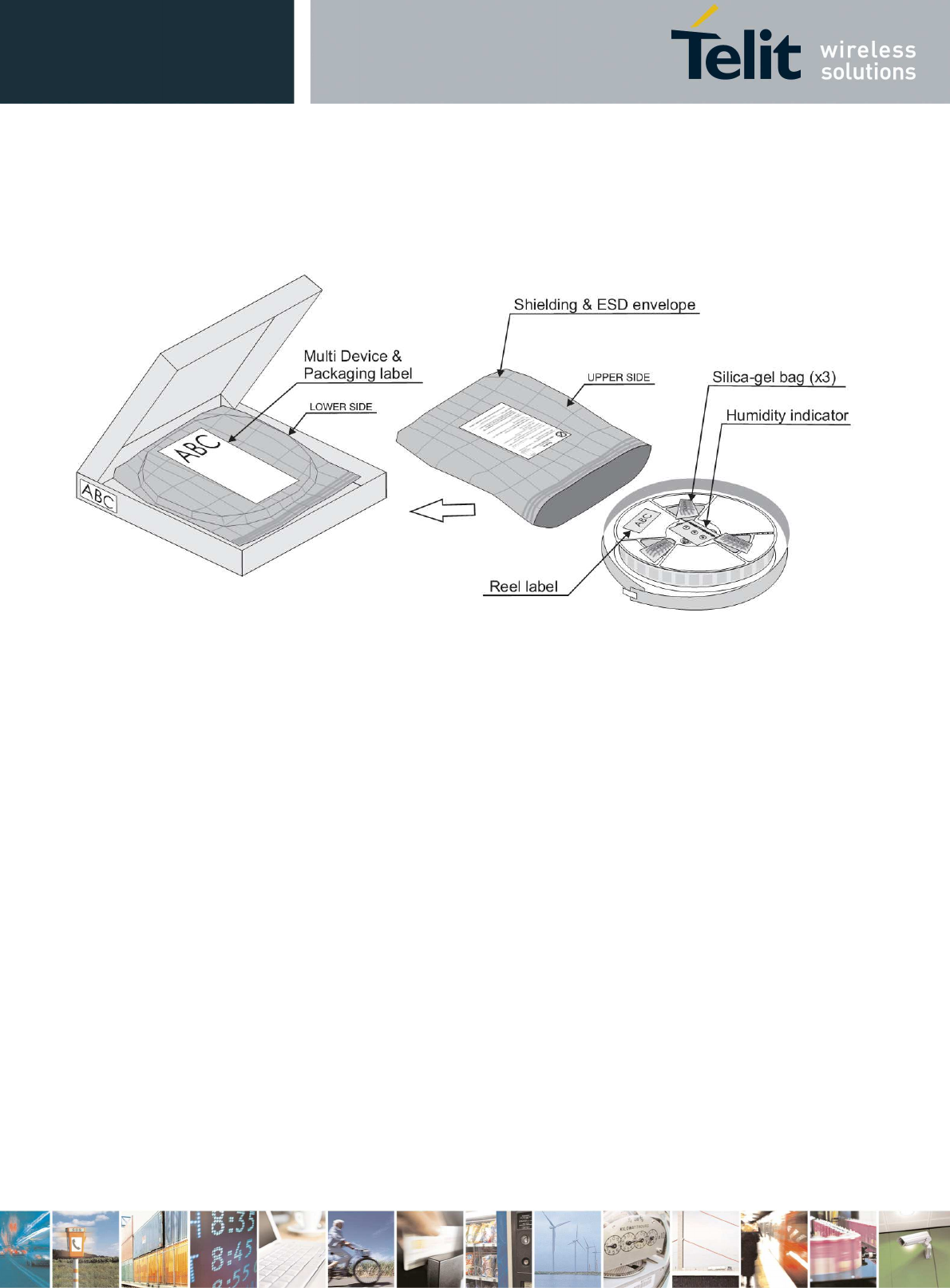
LE910Cx Hardware User Guide
1VV0301298 Rev. 1.04 - 2017-05-25
Reproduction forbidden without written authorization by Telit Communications S.p.A. - All Rights Reserved
Telit Confidential Information, provided under NDA Page
110 of 116
Figure 34: Reel Box Detail
12.3. Moisture Sensitivity
The LE910Cx module is a Moisture Sensitive Device Level 3, in accordance with standard IPC/JEDEC
J-STD-020. Observe all of the requirements for using this kind of components.

LE910Cx Hardware User Guide
1VV0301298 Rev. 1.04 - 2017-05-25
Reproduction forbidden without written authorization by Telit Communications S.p.A. - All Rights Reserved
Telit Confidential Information, provided under NDA Page
111 of 116
13. Safety Recommendations
READ CAREFULLY
Be sure that the use of this product is allowed in your country and in the environment required.
The use of this product may be dangerous and must be avoided in the following areas:
• Where it can interfere with other electronic devices in environments such as hospitals,
airports, aircrafts, etc.
• Where there is risk of explosion, such as gasoline stations, oil refineries, etc.
It is the responsibility of the user to enforce the country regulations and the specific environment
regulations.
Do not disassemble the product; any mark of tampering will compromise the warranty validity.
We recommend following the instructions of the hardware user guides for correct wiring of the
product. The product must be supplied with a stabilized voltage source and the wiring conform to
the security and fire prevention regulations.
The product must be handled with care, avoiding any contact with the pins because electrostatic
discharges may damage the product itself. The same caution must be taken for the SIM, checking
carefully the instructions for its use. Do not insert or remove the SIM when the product is in power
saving mode.
The system integrator is responsible for the functioning of the final product; therefore, care must
be taken of the external components of the module, as well as of any project or installation issue,
because of the risk of disturbing the GSM network or external devices or having any impact on
safety. Should there be any doubt, refer to the technical documentation and the regulations in
force.
Every module must be equipped with a proper antenna with the specified characteristics. The
antenna must be installed with care to avoid any interference with other electronic devices and
must be installed with the guarantee of a minimum 20 cm distance from a human body. If this
requirement cannot be satisfied, the system integrator must assess the final product against the
SAR regulation.
The European Community provides some Directives for electronic equipment introduced on the
market. All the relevant information is available on the European Community website:
http://europa.eu.int/comm/enterprise/rtte/dir99-5.htm
The text of the Directive 99/05 regarding telecommunication equipment is available, while the
applicable Directives (Low Voltage and EMC) are available at:
http://europa.eu.int/comm/enterprise/rtte/dir99-5.htm
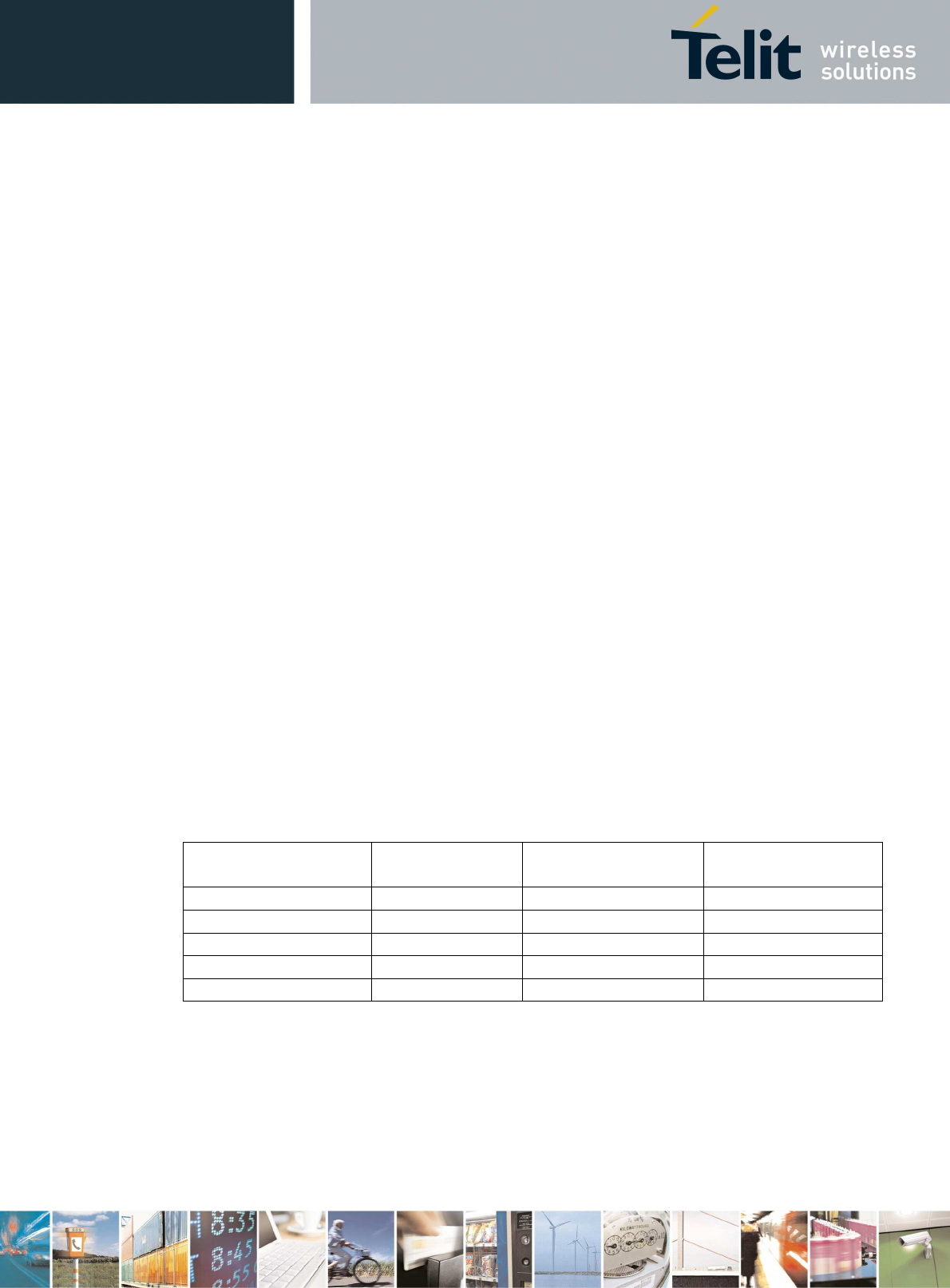
LE910Cx Hardware User Guide
1VV0301298 Rev. 1.04 - 2017-05-25
Reproduction forbidden without written authorization by Telit Communications S.p.A. - All Rights Reserved
Telit Confidential Information, provided under NDA Page
112 of 116
14. Conformity assessment issues
14.1. FCC/ISED Regulatory notices
Modification statement
Telit has not approved any changes or modifications to this device by the user. Any changes or
modifications could void the user’s authority to operate the equipment.
Telit n’approuve aucune modification apportée à l’appareil par l’utilisateur, quelle qu’en soit la
nature. Tout changement ou modification peuvent annuler le droit d’utilisation de l’appareil par
l’utilisateur.
Interference statement (if it is not placed in the device)
This device complies with Part 15 of the FCC Rules and Industry Canada licence-exempt RSS
standard(s). Operation is subject to the following two conditions: (1) this device may not cause
interference, and (2) this device must accept any interference, including interference that may
cause undesired operation of the device.
Le présent appareil est conforme aux CNR d'Industrie Canada applicables aux appareils radio
exempts de licence. L'exploitation est autorisée aux deux conditions suivantes : (1) l'appareil ne
doit pas produire de brouillage, et (2) l'utilisateur de l'appareil doit accepter tout brouillage
radioélectrique subi, même si le brouillage est susceptible d'en compromettre le fonctionnement.
Wireless notice
This device complies with FCC/ISED radiation exposure limits set forth for an uncontrolled
environment and meets the FCC radio frequency (RF) Exposure Guidelines and RSS-102 of the ISED
radio frequency (RF) Exposure rules.
Antenna gain must be below:
Frequency Band Freq [MHz] LE910C1 NA Gain
[dBi] LE910C1 NS Gain
[dBi]
850 MHZ 850 0.63 6.08
1900 MHZ 1900 2.51 8.01
1700 MHZ 1700 5.00 5.00
900 MHZ 900 5.00 N/A
700 MHZ 700 5.63 5.63
This transmitter must not be co-located or operating in conjunction with any other antenna or
transmitter.
Le présent appareil est conforme à l'exposition aux radiations FCC / ISED définies pour un
environnement non contrôlé et répond aux directives d'exposition de la fréquence de la FCC
radiofréquence (RF) et RSS-102 de la fréquence radio (RF) ISED règles d'exposition. Gain de
l'antenne doit être ci-dessous:
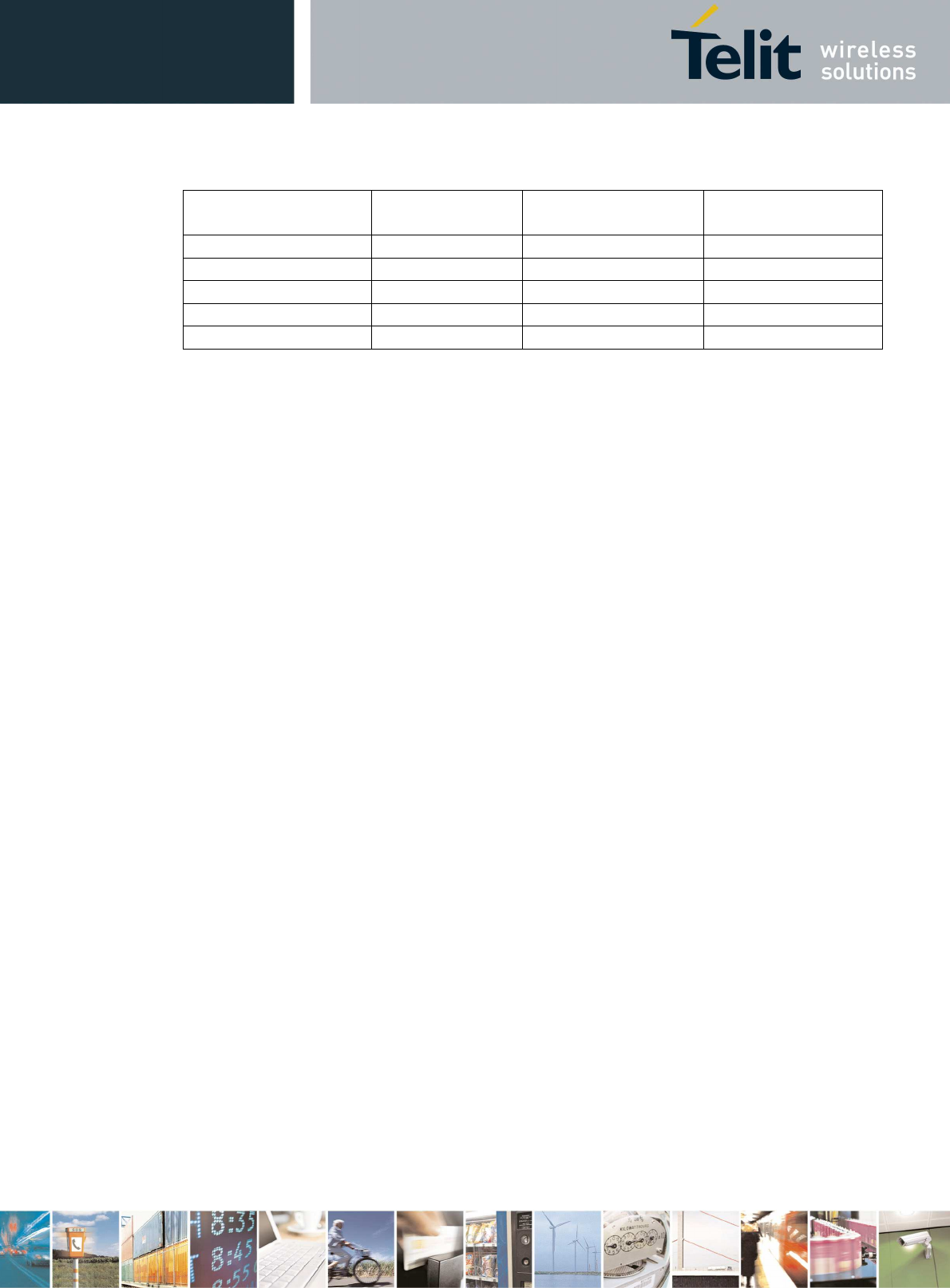
LE910Cx Hardware User Guide
1VV0301298 Rev. 1.04 - 2017-05-25
Reproduction forbidden without written authorization by Telit Communications S.p.A. - All Rights Reserved
Telit Confidential Information, provided under NDA Page
113 of 116
Frequency Band Freq [MHz] LE910C1 NA Gain
[dBi] LE910C1 NS Gain
[dBi]
850 MHZ 850 0.63 6.08
1900 MHZ 1900 2.51 8.01
1700 MHZ 1700 5.00 5.00
900 MHZ 900 5.00 N/A
700 MHZ 700 5.63 5.63
L'émetteur ne doit pas être colocalisé ni fonctionner conjointement avec à autre antenne
ou autre émetteur.
FCC Class B digital device notice
This equipment has been tested and found to comply with the limits for a Class B digital device,
pursuant to part 15 of the FCC Rules. These limits are designed to provide reasonable protection
against harmful interference in a residential installation. This equipment generates, uses and can
radiate radio frequency energy and, if not installed and used in accordance with the instructions,
may cause harmful interference to radio communications. However, there is no guarantee that
interference will not occur in a particular installation. If this equipment does cause harmful
interference to radio or television reception, which can be determined by turning the equipment
off and on, the user is encouraged to try to correct the interference by one or more of the following
measures:
- Reorient or relocate the receiving antenna.
- Increase the separation between the equipment and receiver.
- Connect the equipment into an outlet on a circuit different from that to which the receiver
is connected.
- Consult the dealer or an experienced radio/TV technician for help.
Labelling Requirements for the Host device
The host device shall be properly labelled to identify the modules within the host device. The
certification label of the module shall be clearly visible at all times when installed in the host device,
otherwise the host device must be labelled to display the FCC ID and IC of the module, preceded
by the words "Contains transmitter module", or the word "Contains", or similar wording expressing
the same meaning, as follows:
LE910C1 NA
Contains FCC ID: RI7LE910C1NA
Contains IC:
5131A-LE910C1NA
LE910C1 NS
Contains FCC ID: RI7LE910C1NS
Contains IC:
5131A-LE910C1NS

LE910Cx Hardware User Guide
1VV0301298 Rev. 1.04 - 2017-05-25
Reproduction forbidden without written authorization by Telit Communications S.p.A. - All Rights Reserved
Telit Confidential Information, provided under NDA Page
114 of 116
L'appareil hôte doit être étiqueté comme il faut pour permettre l'identification des modules qui s'y
trouvent. L'étiquette de certification du module donné doit être posée sur l'appareil hôte à un
endroit bien en vue en tout temps. En l'absence d'étiquette, l'appareil hôte doit porter une étiquette
donnant le FCC ID et le IC du module, précédé des mots « Contient un module d'émission », du mot
« Contient » ou d'une formulation similaire exprimant le même sens, comme suit:
LE910C1 NA
Contains FCC ID: RI7LE910C1NA
Contains IC:
5131A-LE910C1NA
LE910C1 NS
Contains FCC ID: RI7LE910C1NS
Contains IC:
5131A-LE910C1NS
CAN ICES-3 (B) / NMB-3 (B)
This Class B digital apparatus complies with Canadian ICES-003.
Cet appareil numérique de classe B est conforme à la norme canadienne ICES-003.
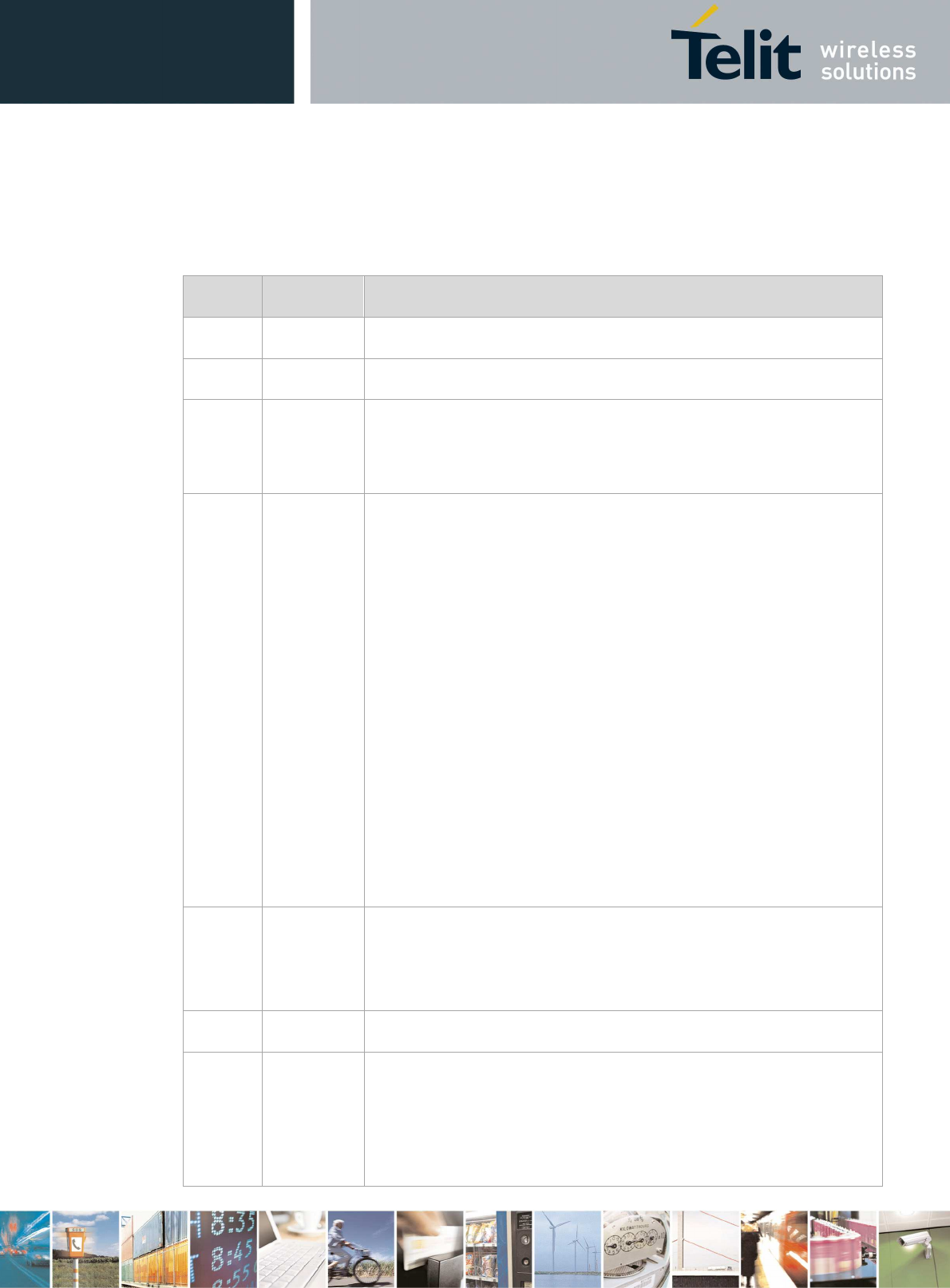
LE910Cx Hardware User Guide
1VV0301298 Rev. 1.04 - 2017-05-25
Reproduction forbidden without written authorization by Telit Communications S.p.A. - All Rights Reserved
Telit Confidential Information, provided under NDA Page
115 of 116
15. Document History
Table 42: Document Revision History
Revision
Date Changes
0.1 2016-08-30 First Draft
0.2 2016-09-05 Minor edits
0.3 2016-11-13 Added information for GPIO usage as Interrupt
Added clarification for AUX_UART location and backward
compatibility
0.4 2016-11-30 Updated band support table
Updated WIFI application note doc info
Added note related to future compatibility related to few pins
Updated section 3.2 - Signals That Must Be Connected
Updated pinout and pin description
Updated pinout layout (Figure 2)
Remove HW RESET description section
Updated serial port 2 section
Updated SPI port section
Updated 1.8V pads pull info
Updated AUX UART section
Updated GPIO section
Updated mechanical drawing (Cosmetic)
0.5 2016-12-02 Added section 9.2 to better describe SW_RDY signal
Minor modifications per typos and improved description
Renaming of SHDN_N pin
0.6 2016-12-07 Remove all China variant related information
1.0 2016-12-22 Section 1.5 - Updated “Related Documents” table
Section 5.3.4 – Added Figure for SHDN_N power down timing
Section 8.5.3 – Added clarification about VMMC
Section 9.7 - Added GNSS characteristics
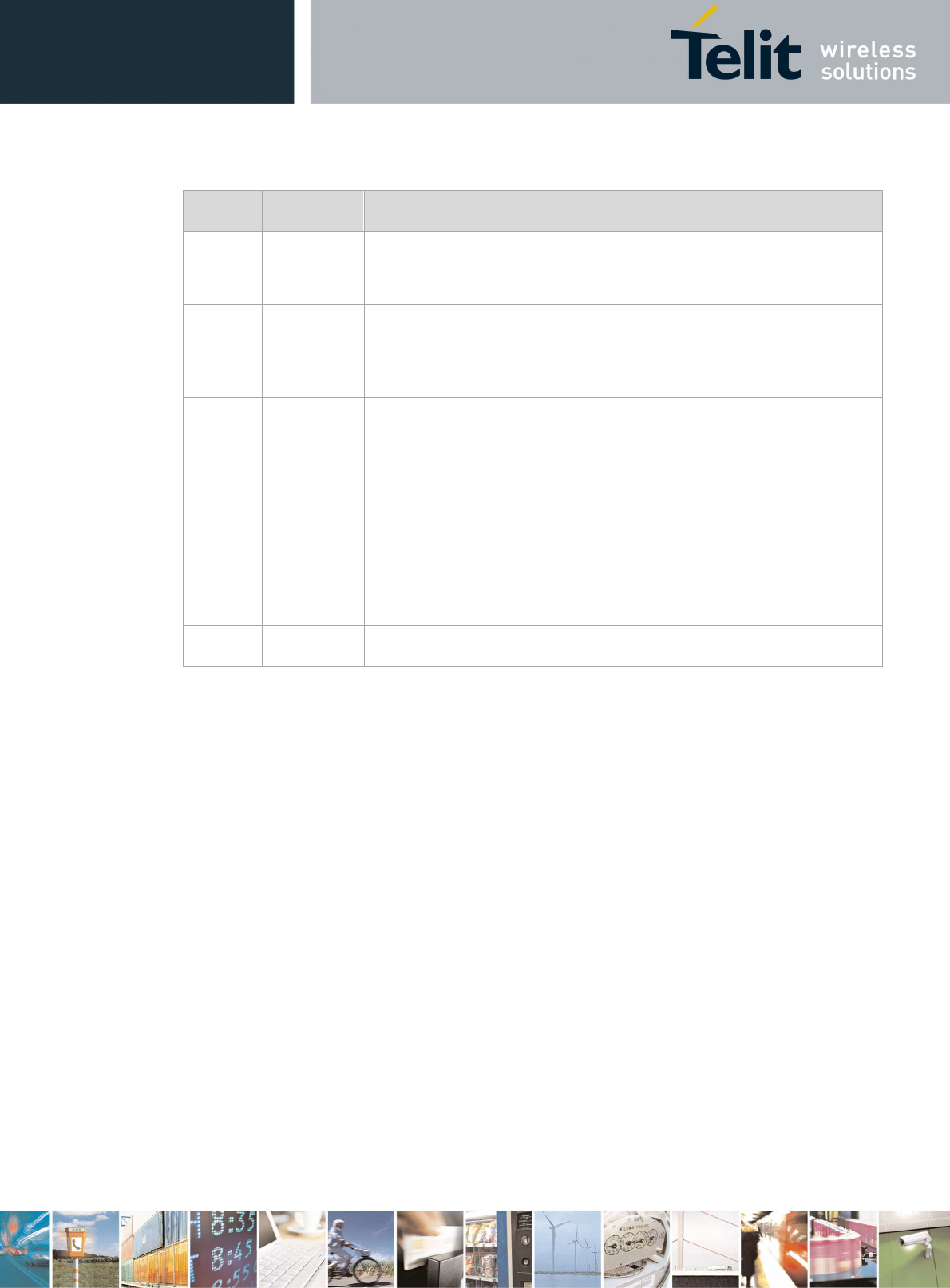
LE910Cx Hardware User Guide
1VV0301298 Rev. 1.04 - 2017-05-25
Reproduction forbidden without written authorization by Telit Communications S.p.A. - All Rights Reserved
Telit Confidential Information, provided under NDA Page
116 of 116
Revision
Date Changes
1.01 2017-02-16 Adding Section 14: FCC/ISED Regulatory notices
Changing Document History section from 14 to 15
1.02 2017-04-03 Section 14.1 – updated column “Band” to “Frequency Band” in
Wireless notice table
Section 8.4.1 - Added note regarding DTR
1.03 2017-04-23 Section 11.4 – Updated ESD values
Updated Reference document table
Section 8.3 - Updated Ethernet control interface information
Section 8.5.2 – Added note related to I2C
Section 2.6.2 – Updated table 4 with B25 information.
Section 14.1 – Added LE910C1 NS Max antenna gain.
Added LE910C1 NS FCC ID & IC number.
1.04 2017-05-25 Section 14.1 – Added Labelling Requirements for the Host device